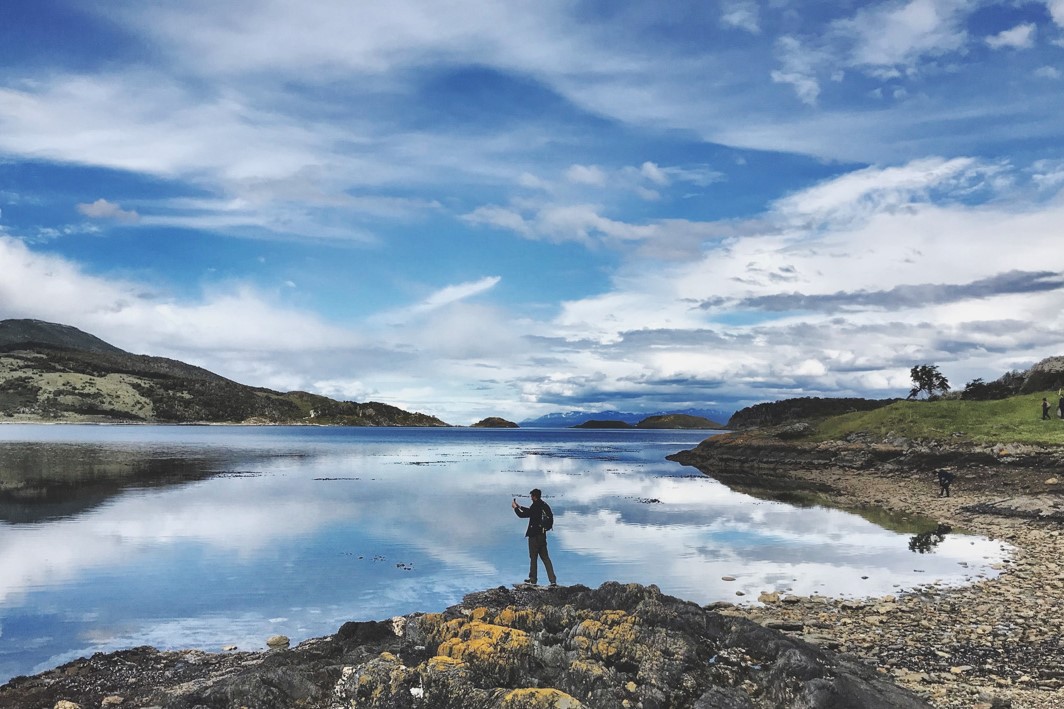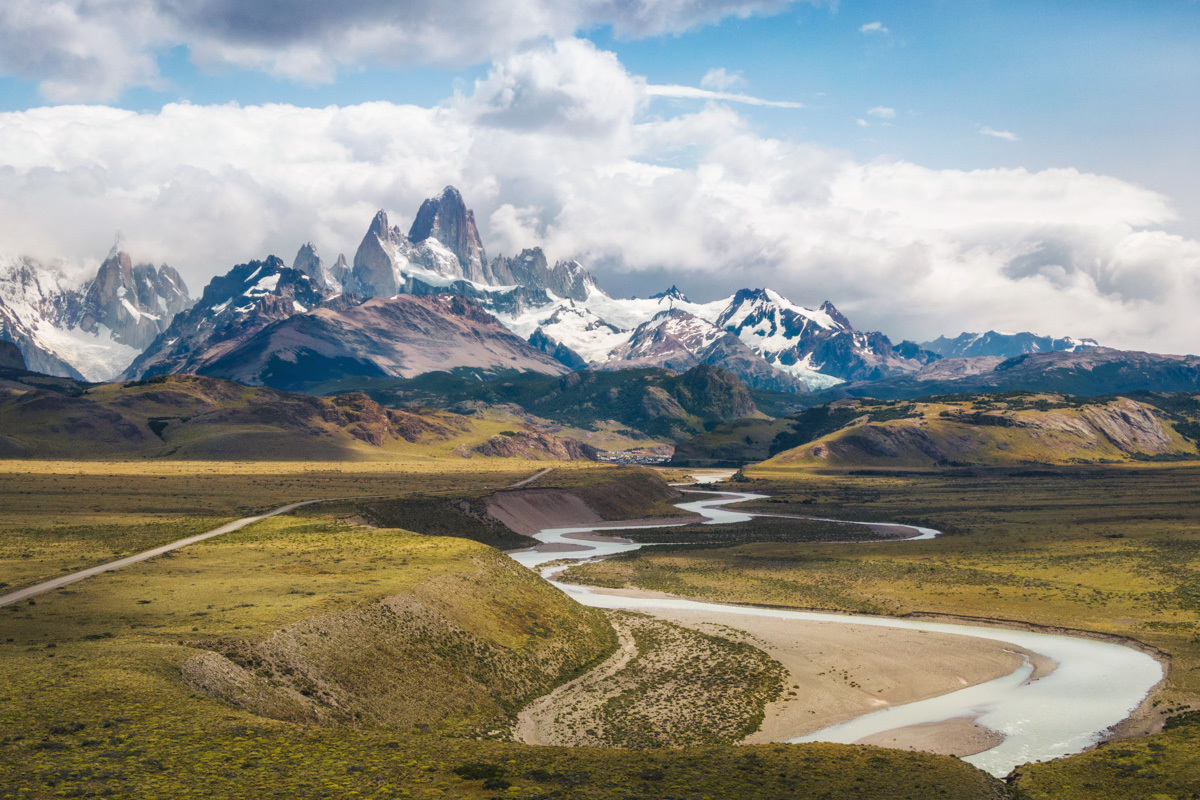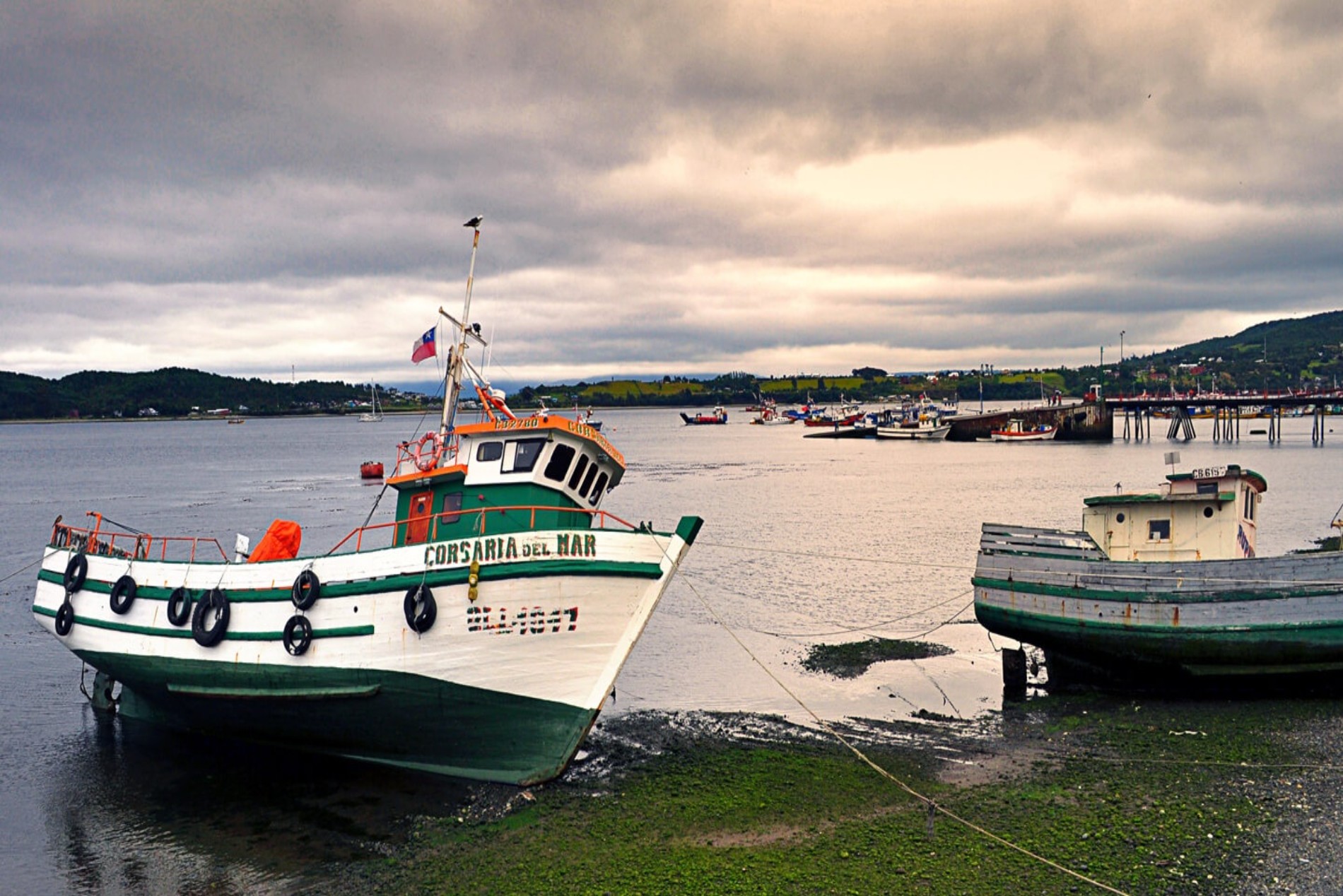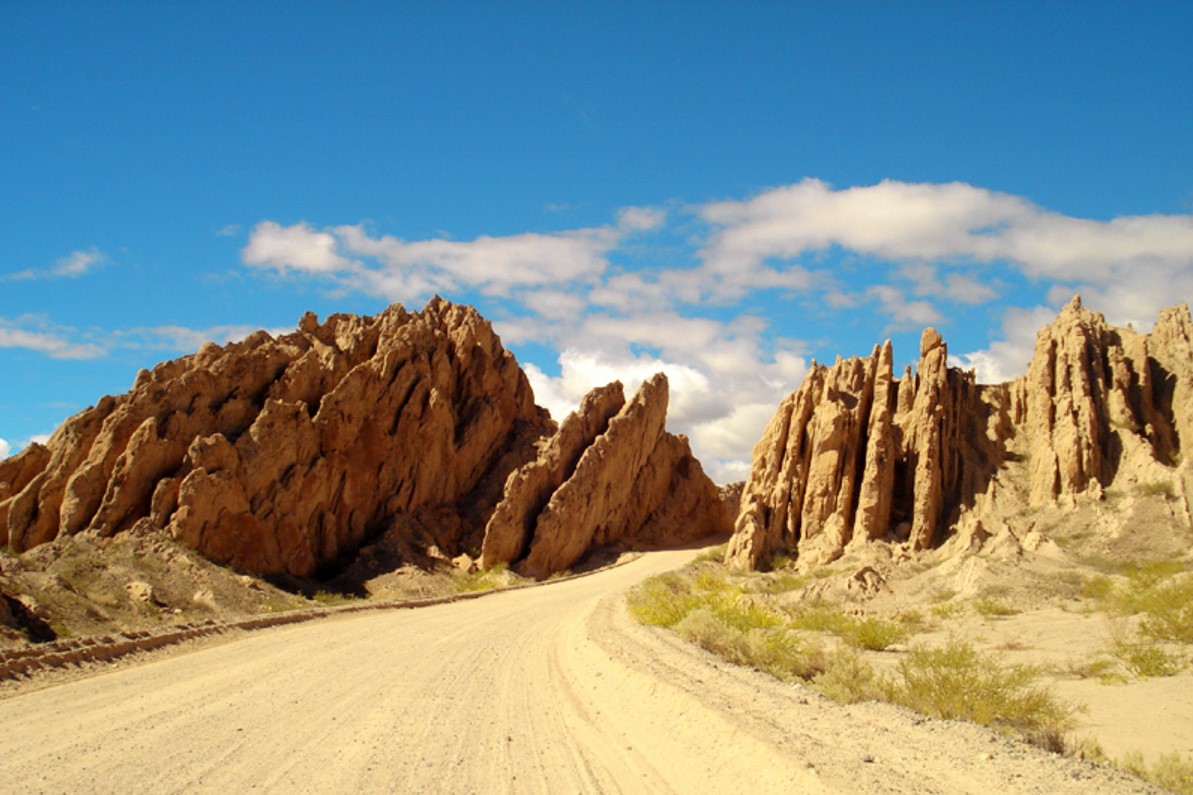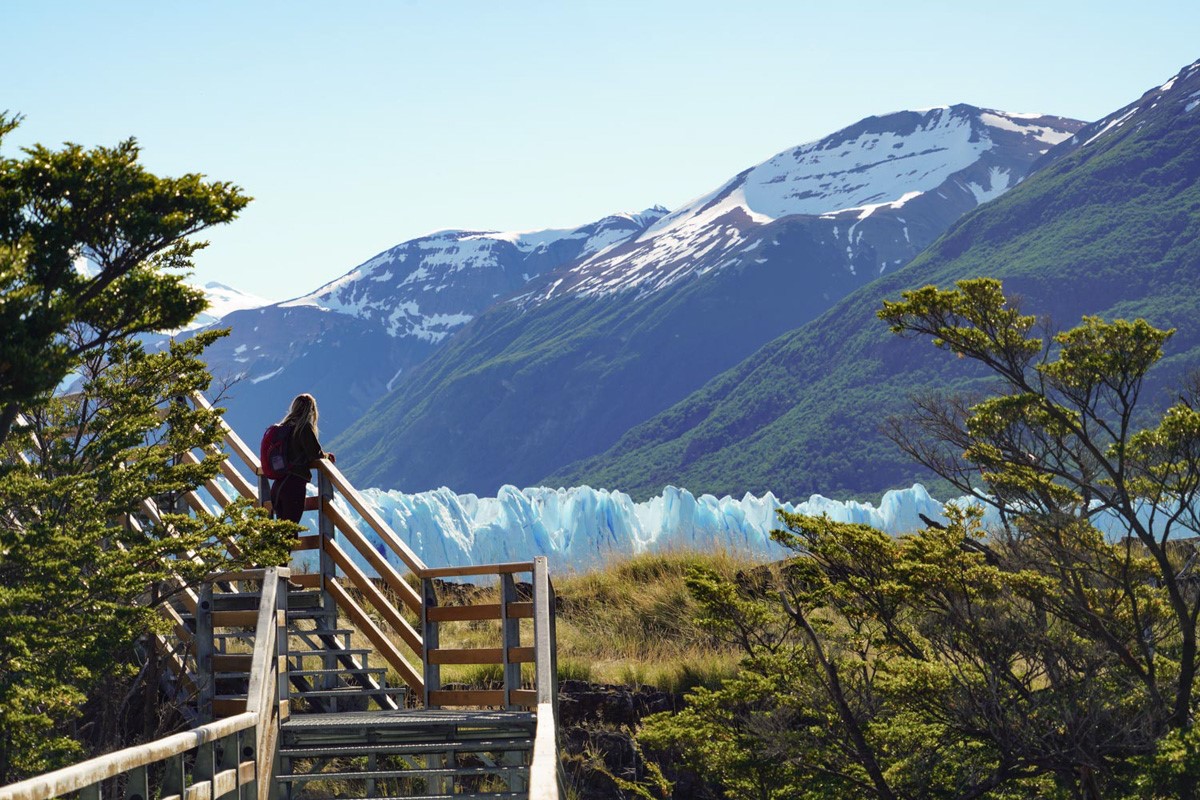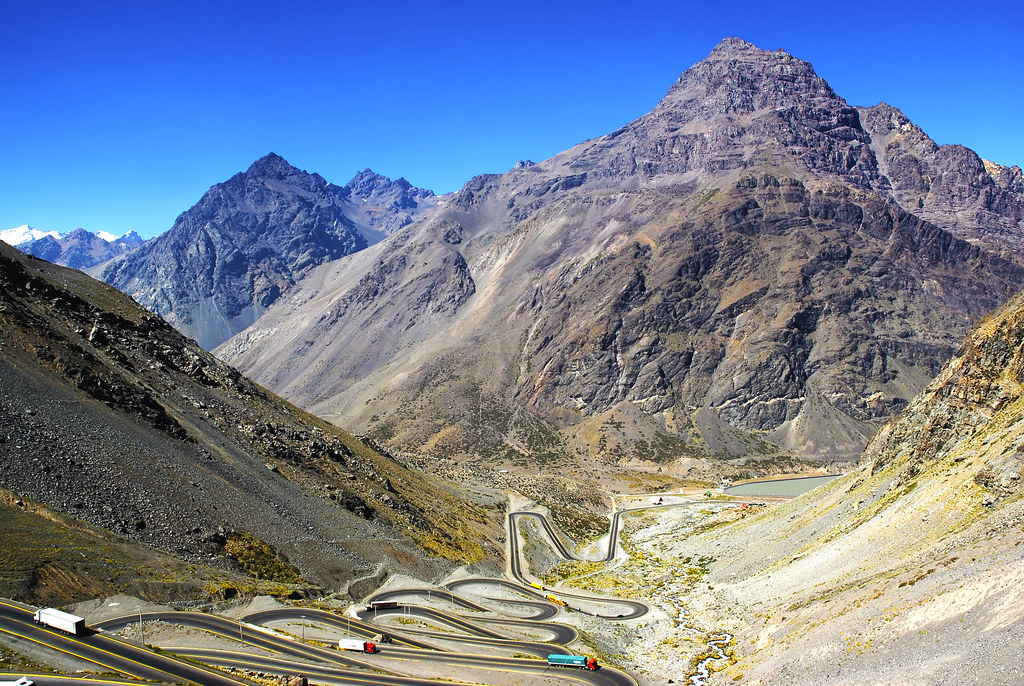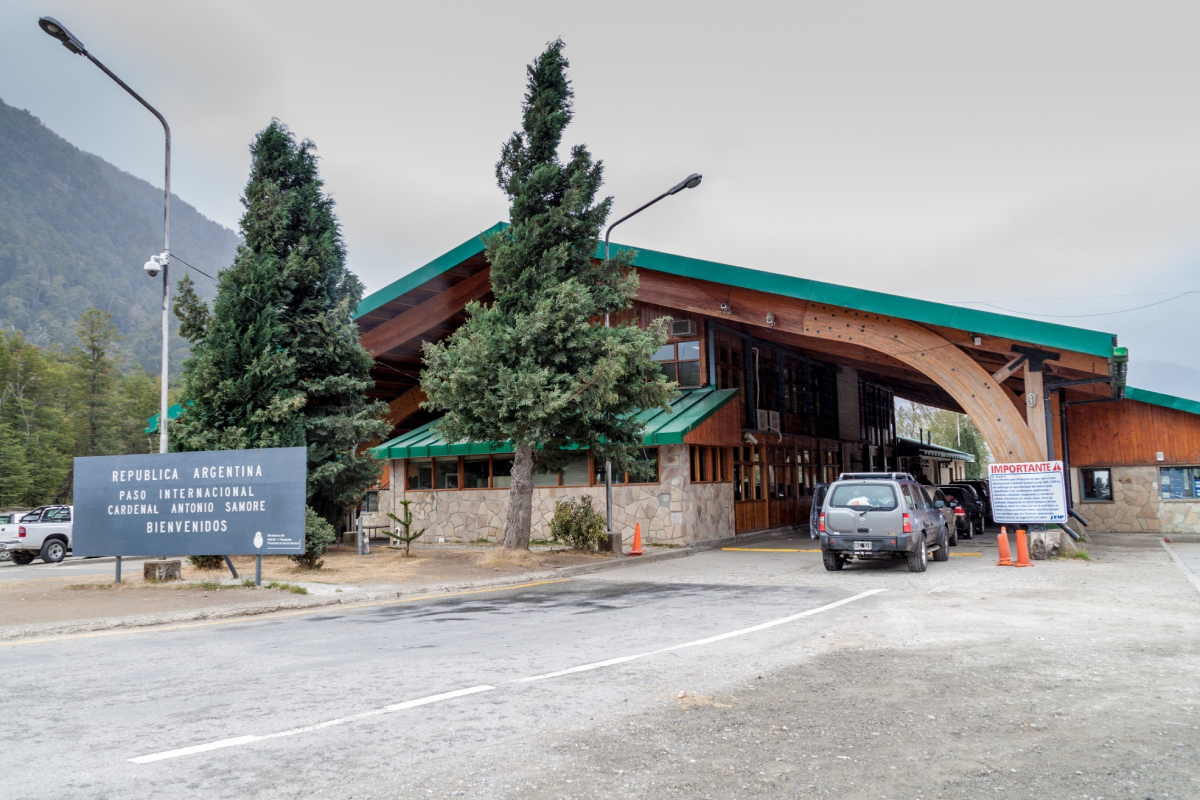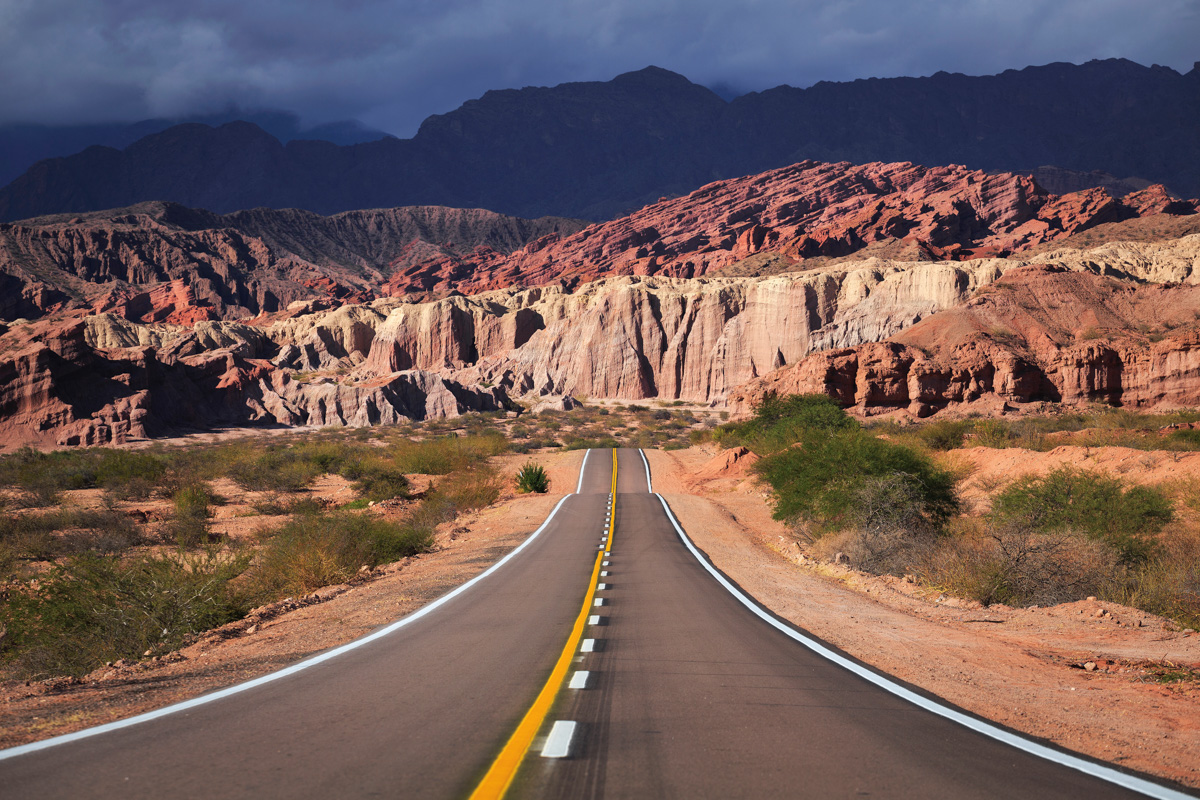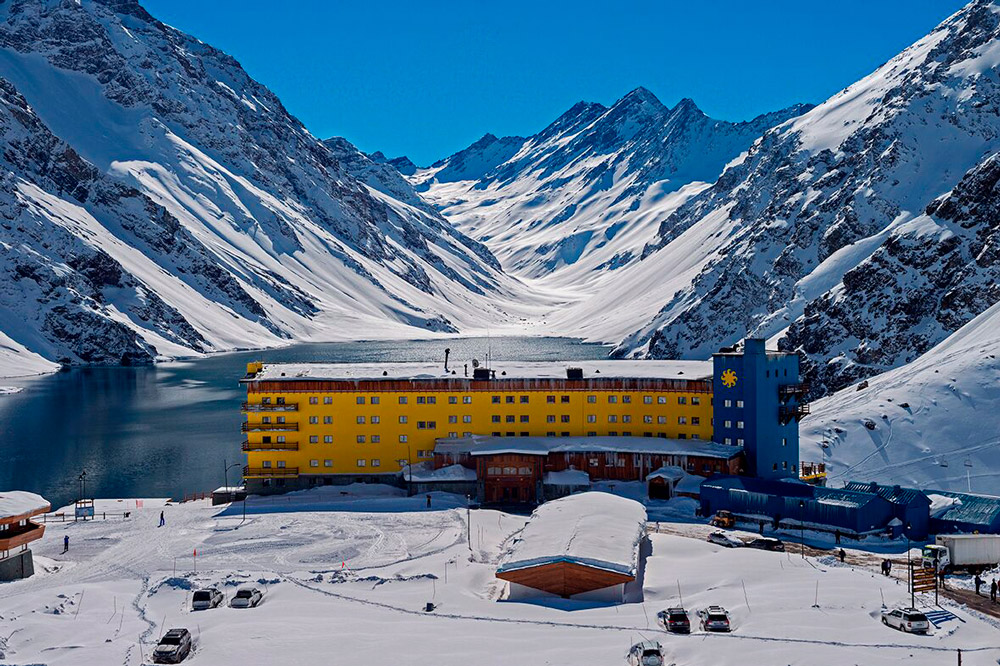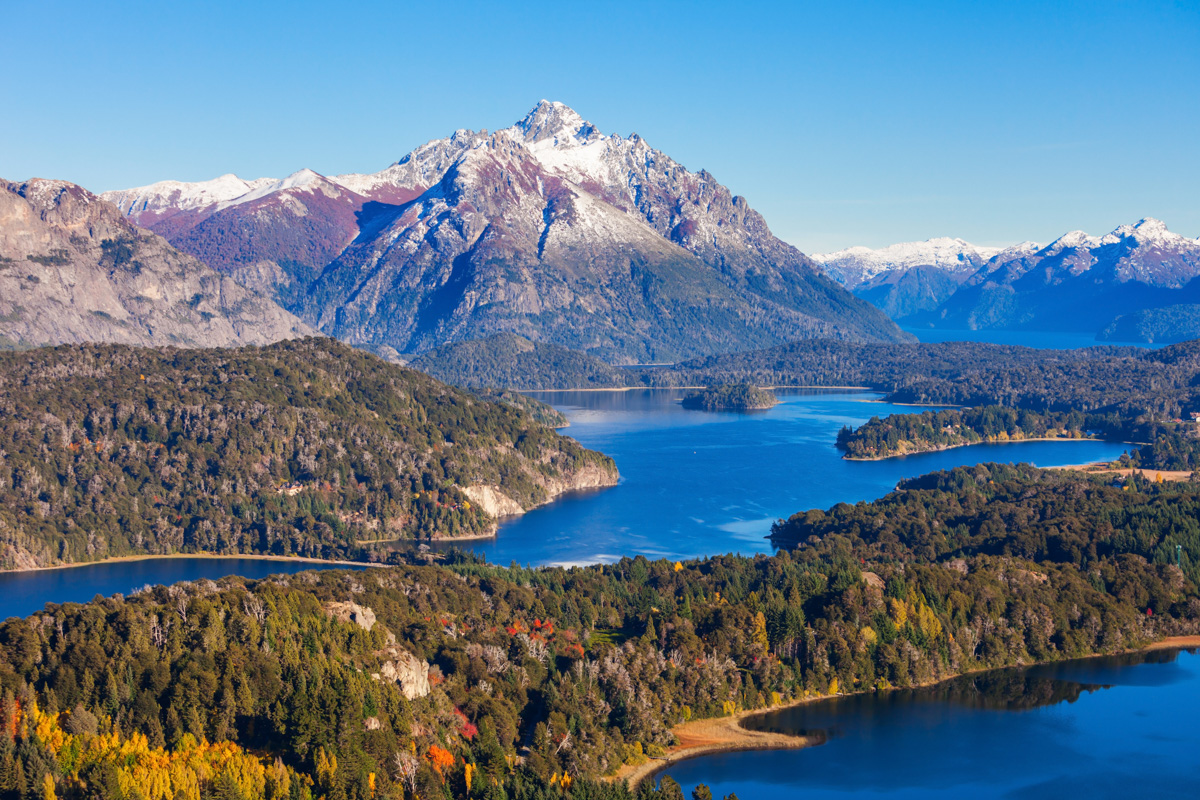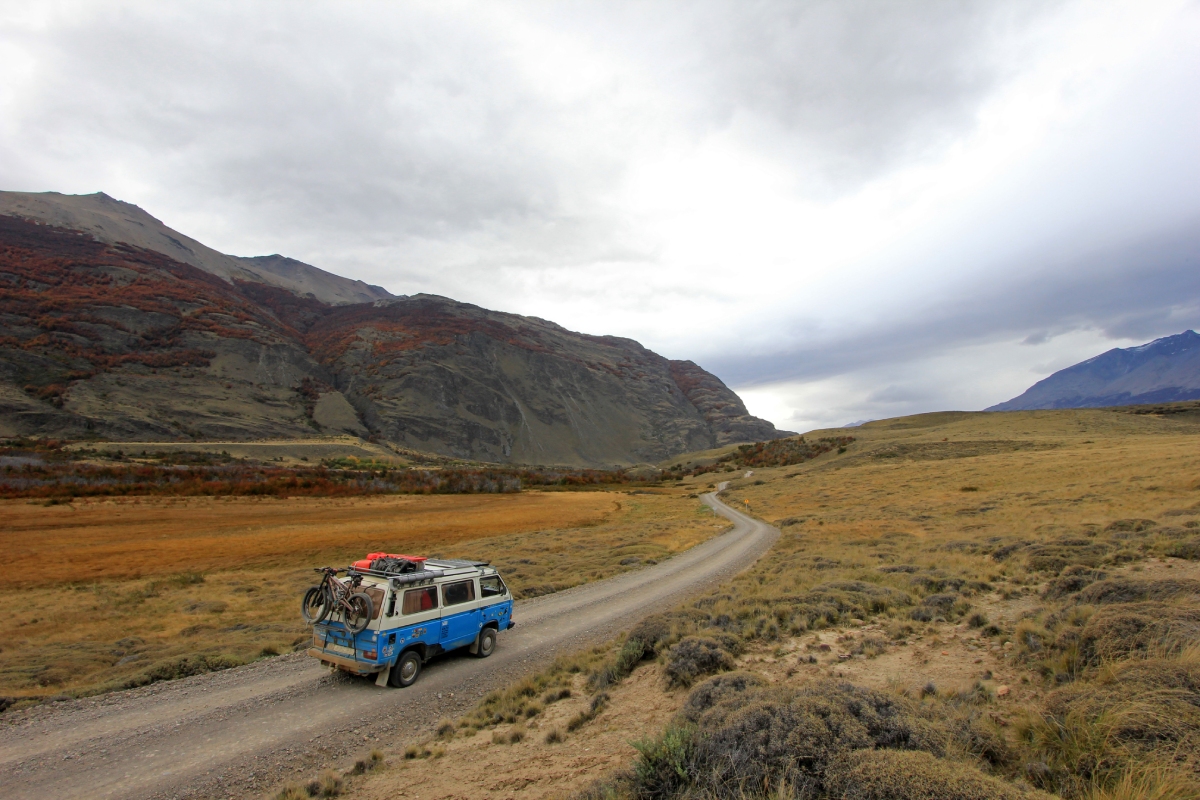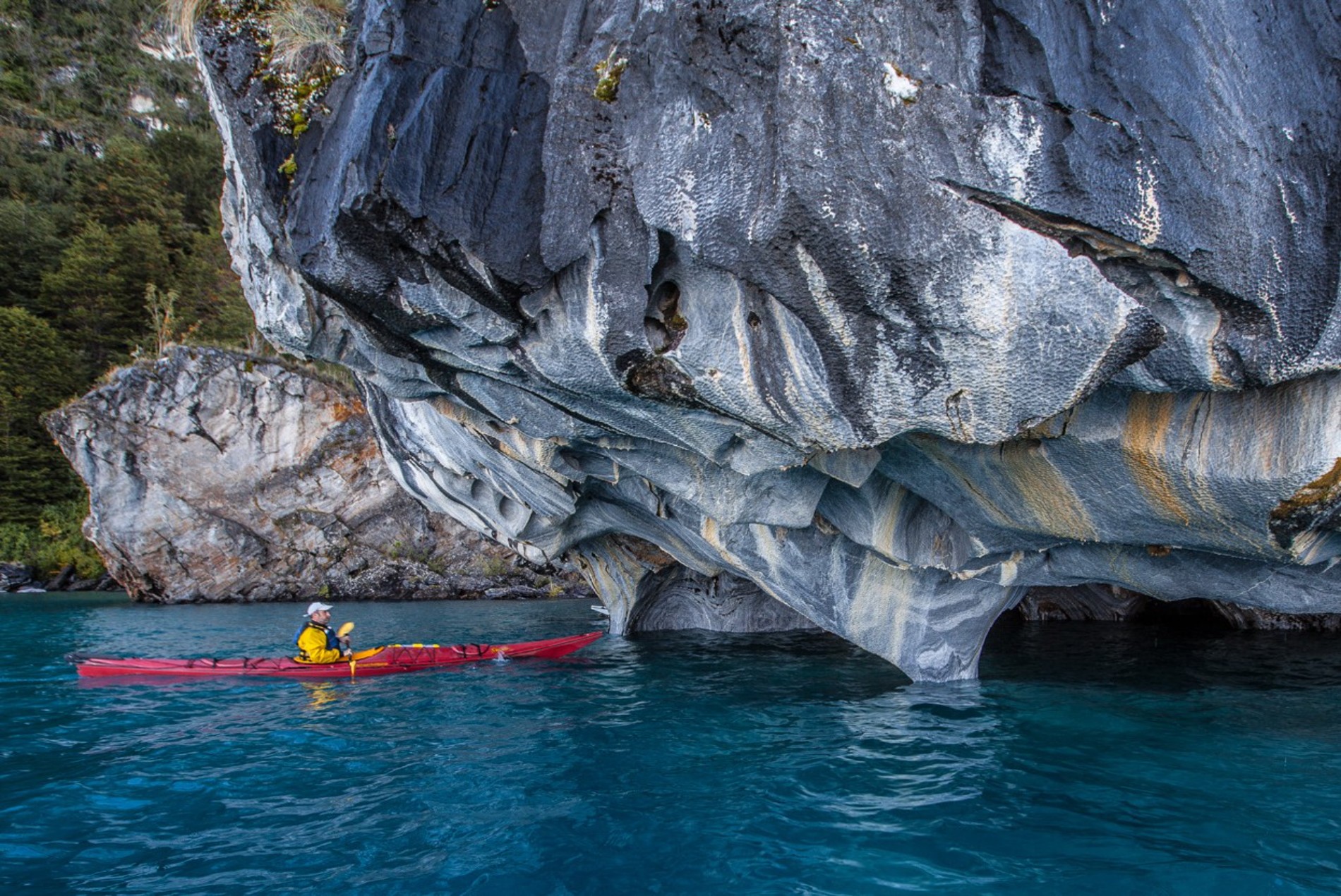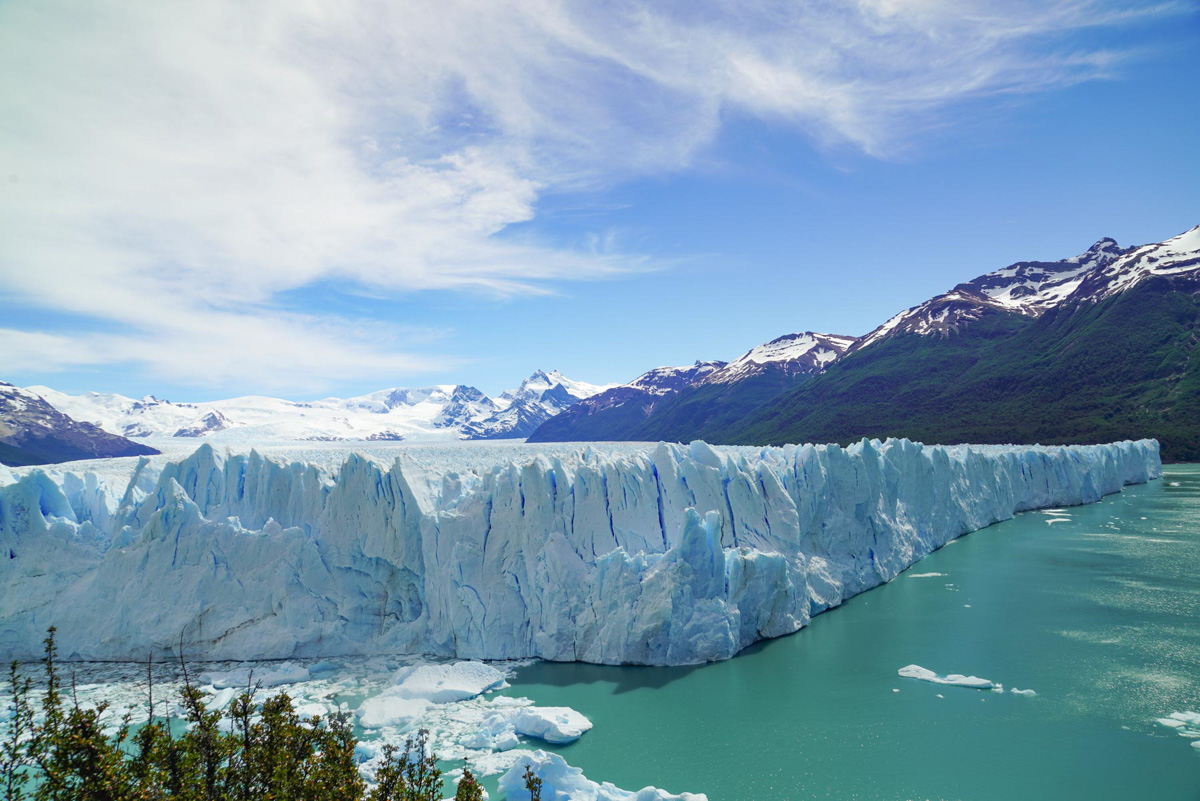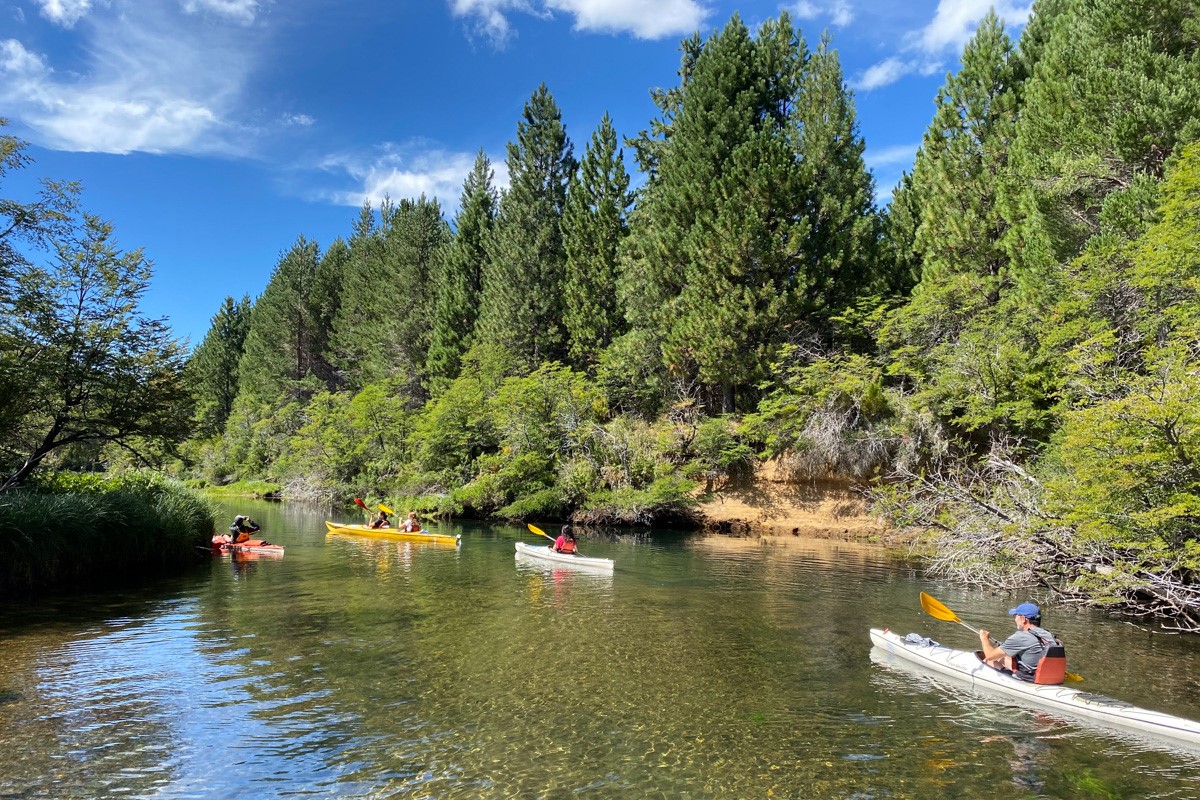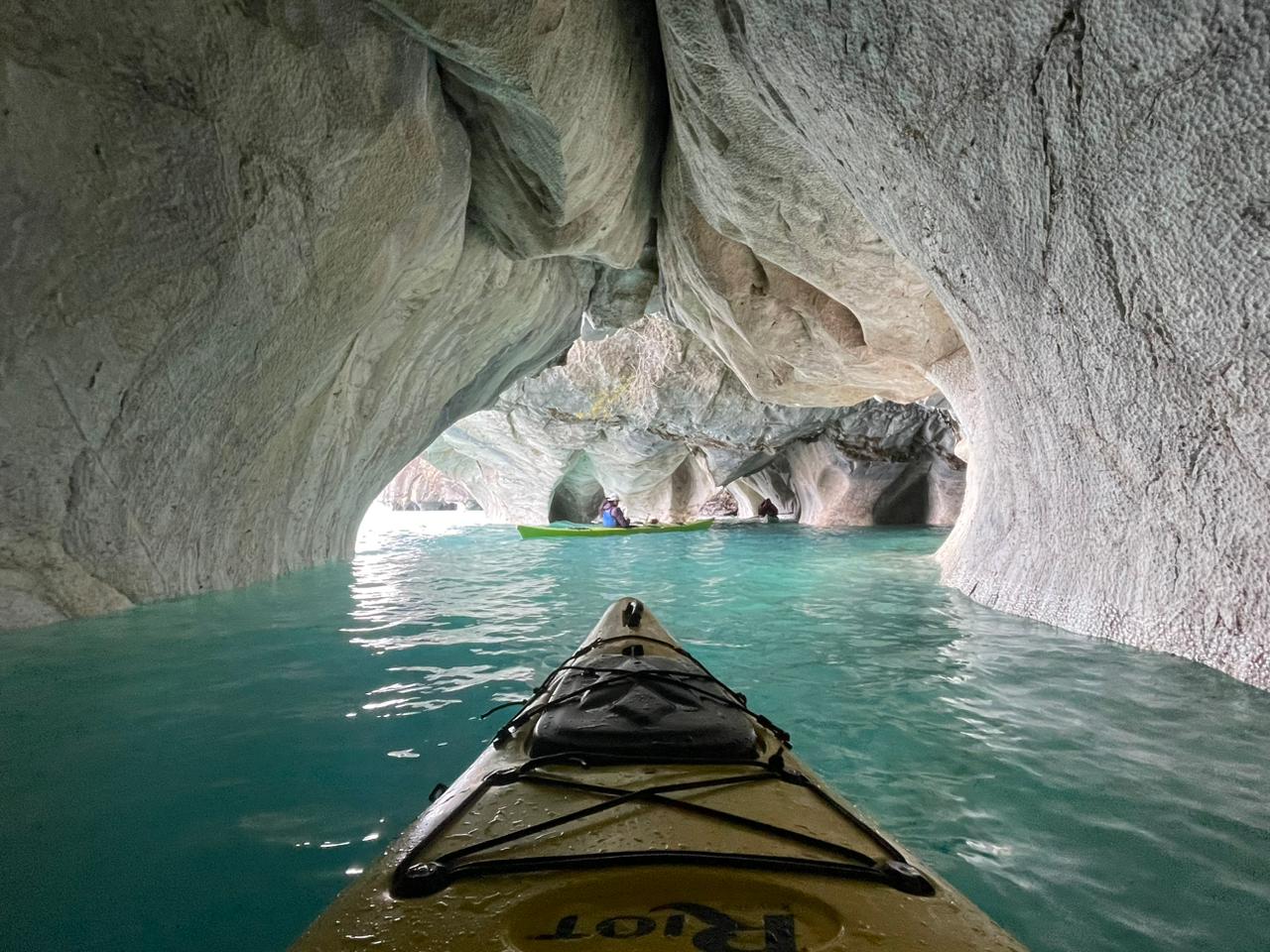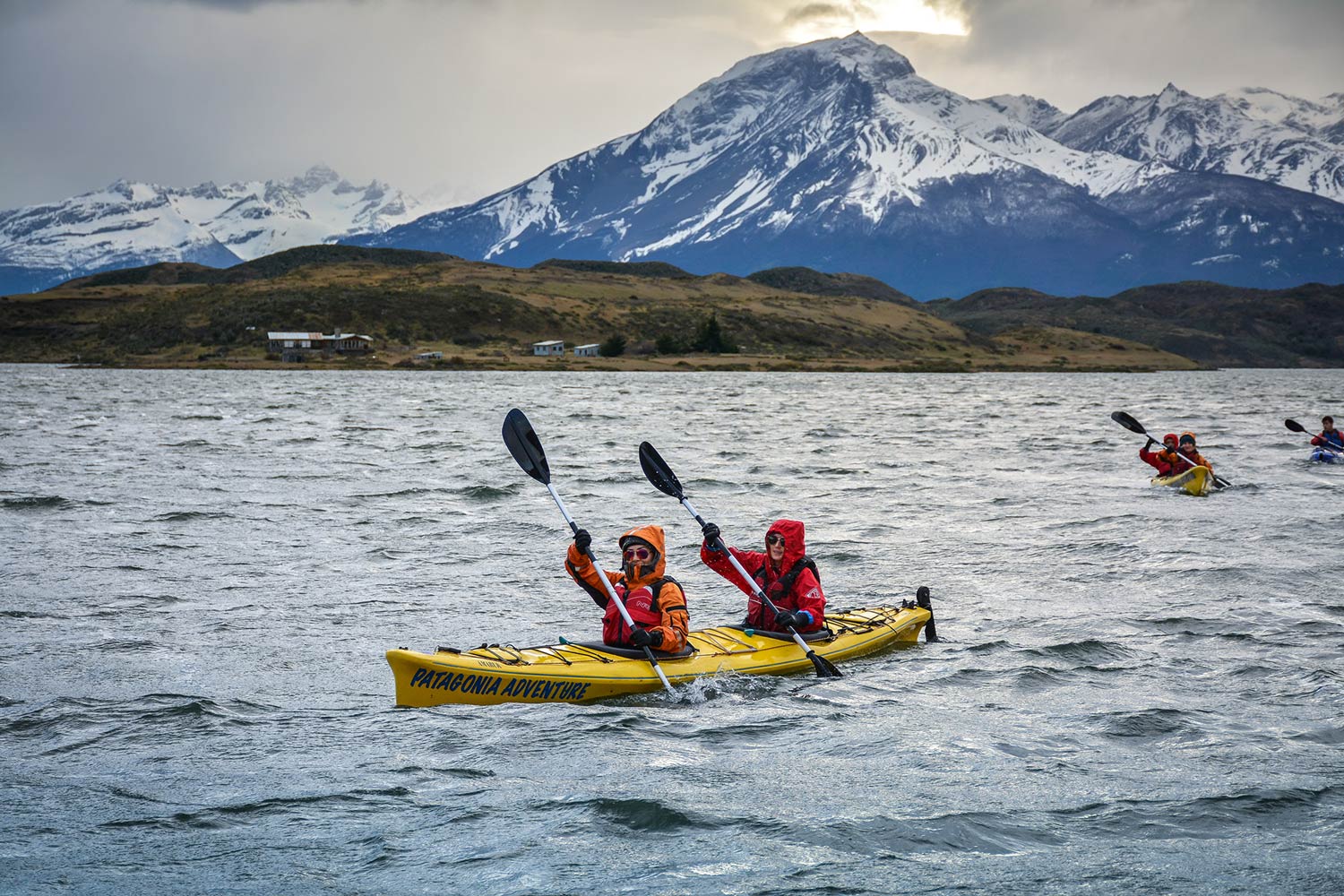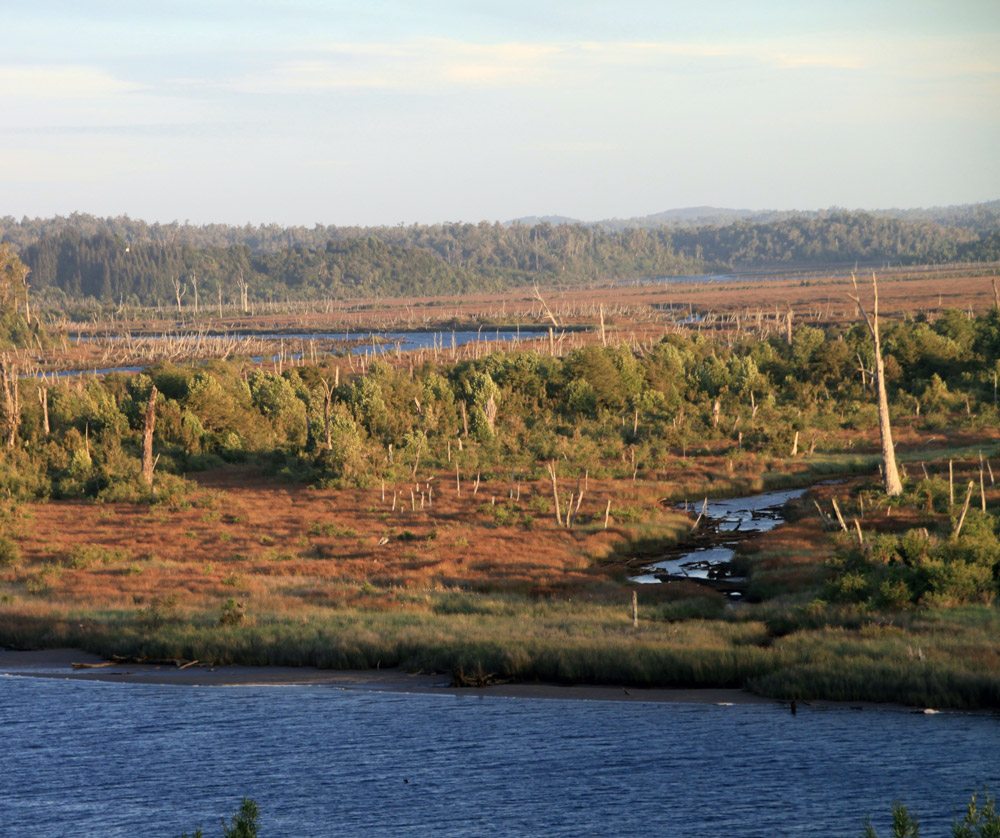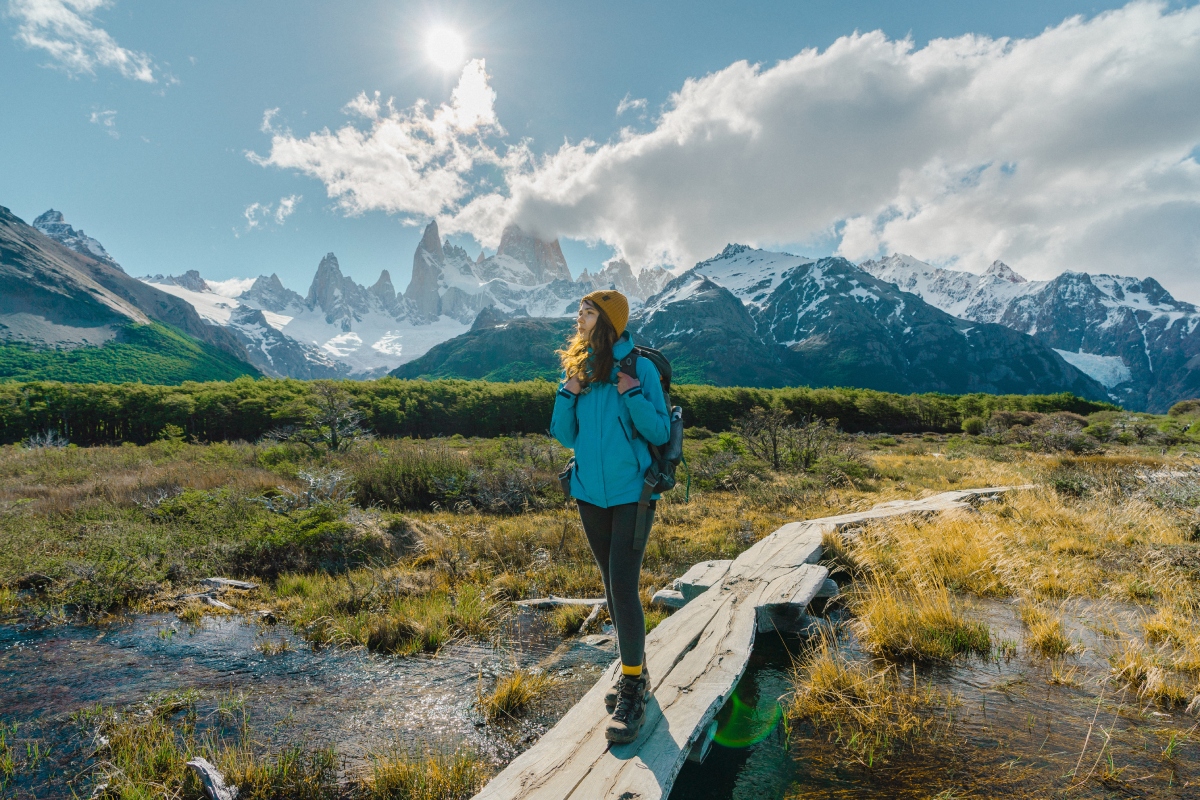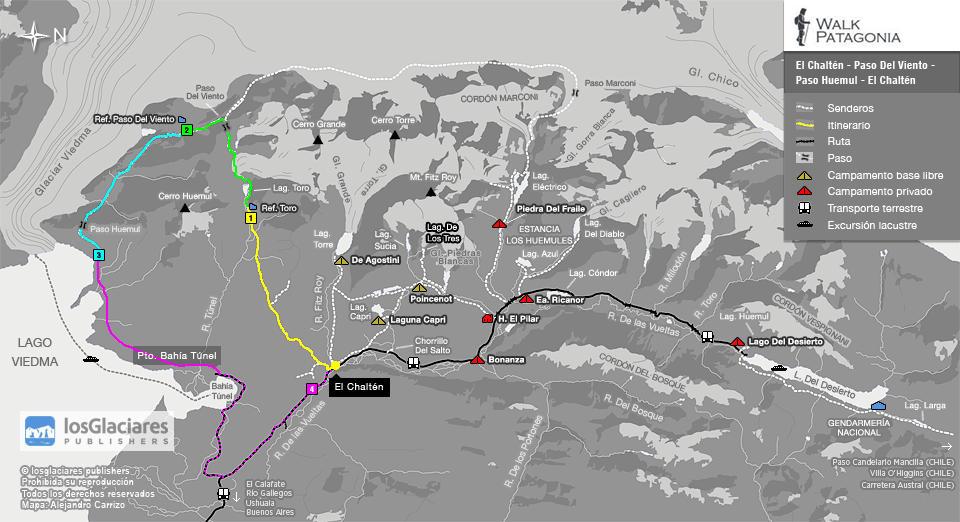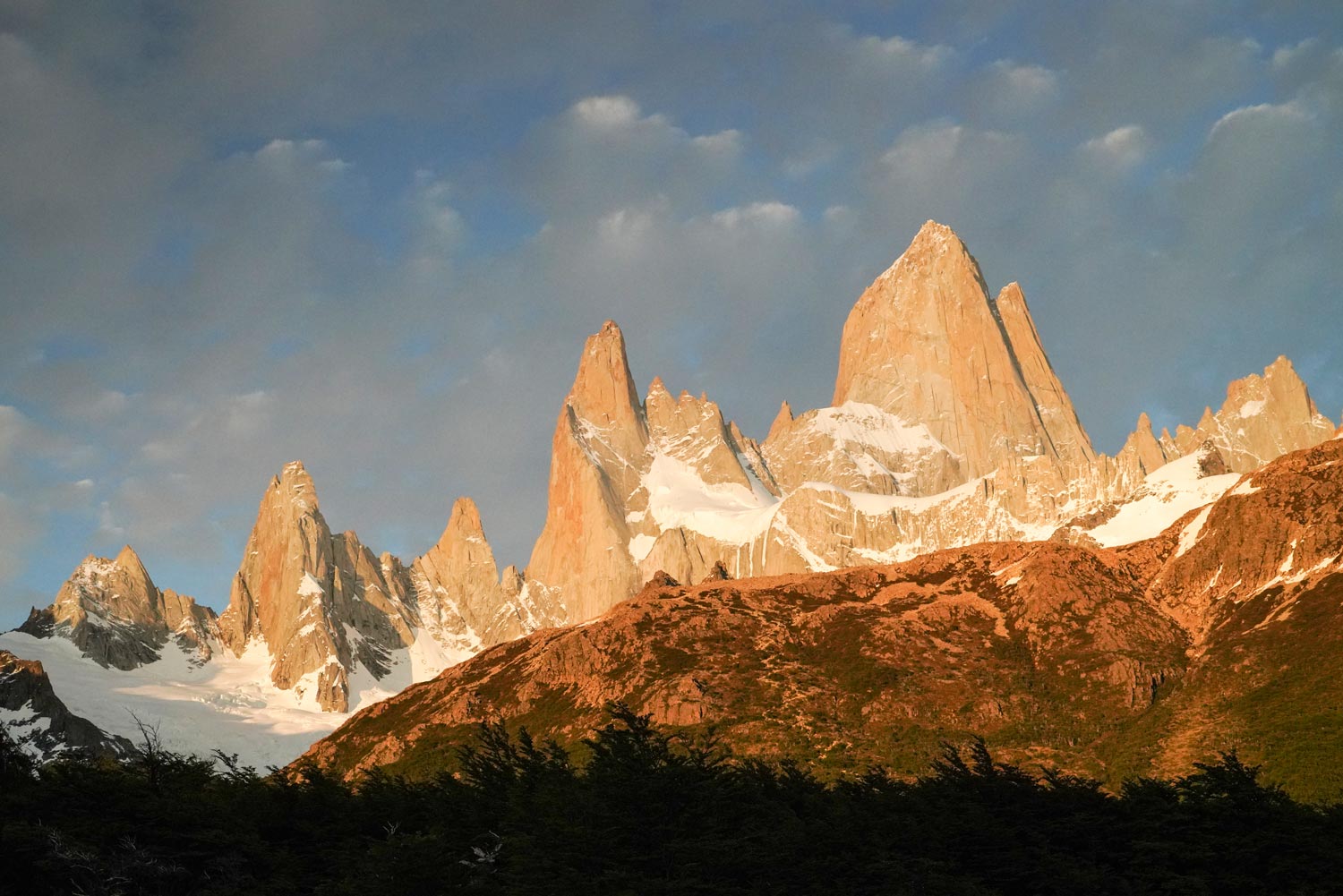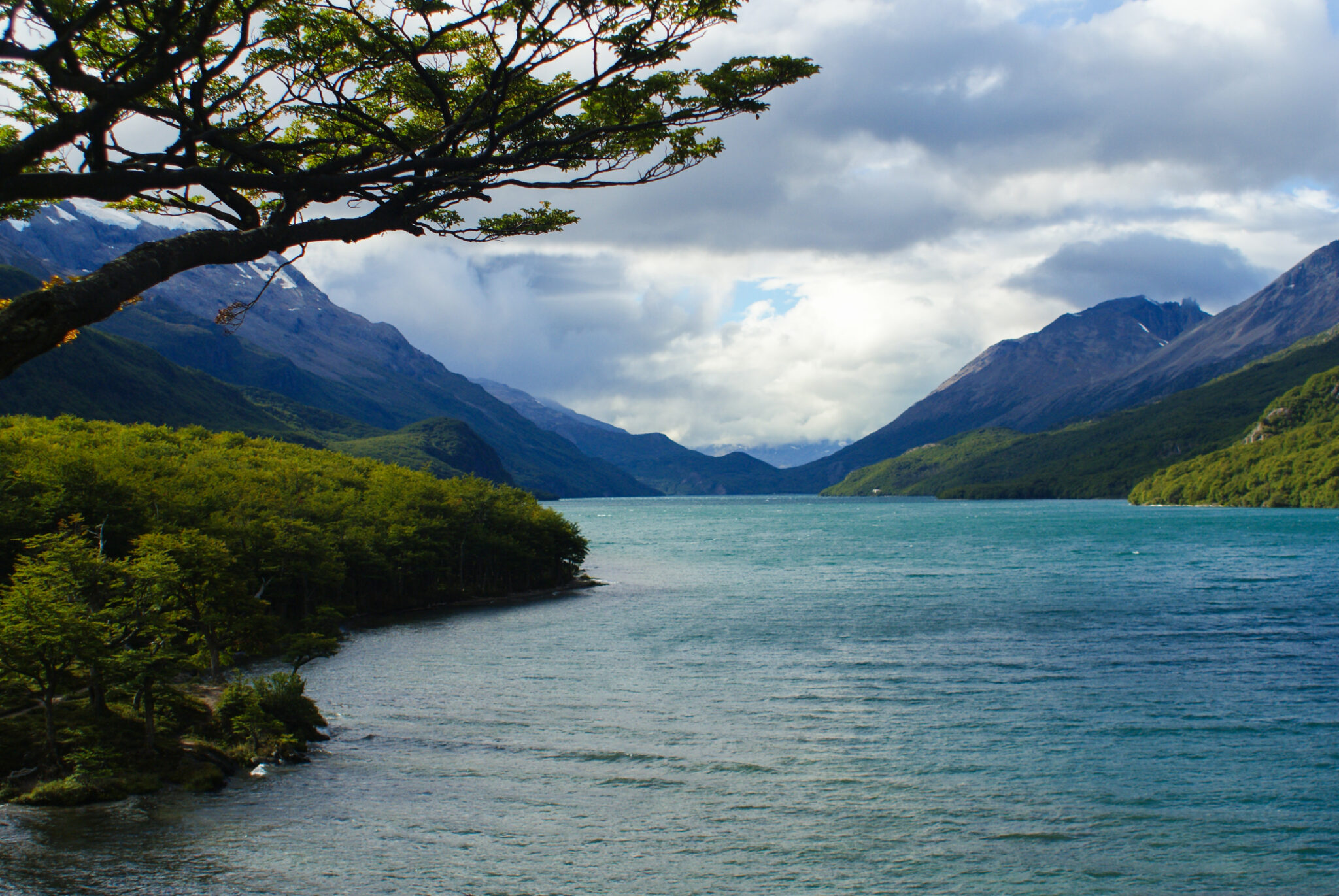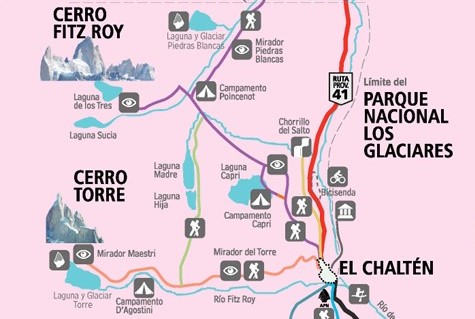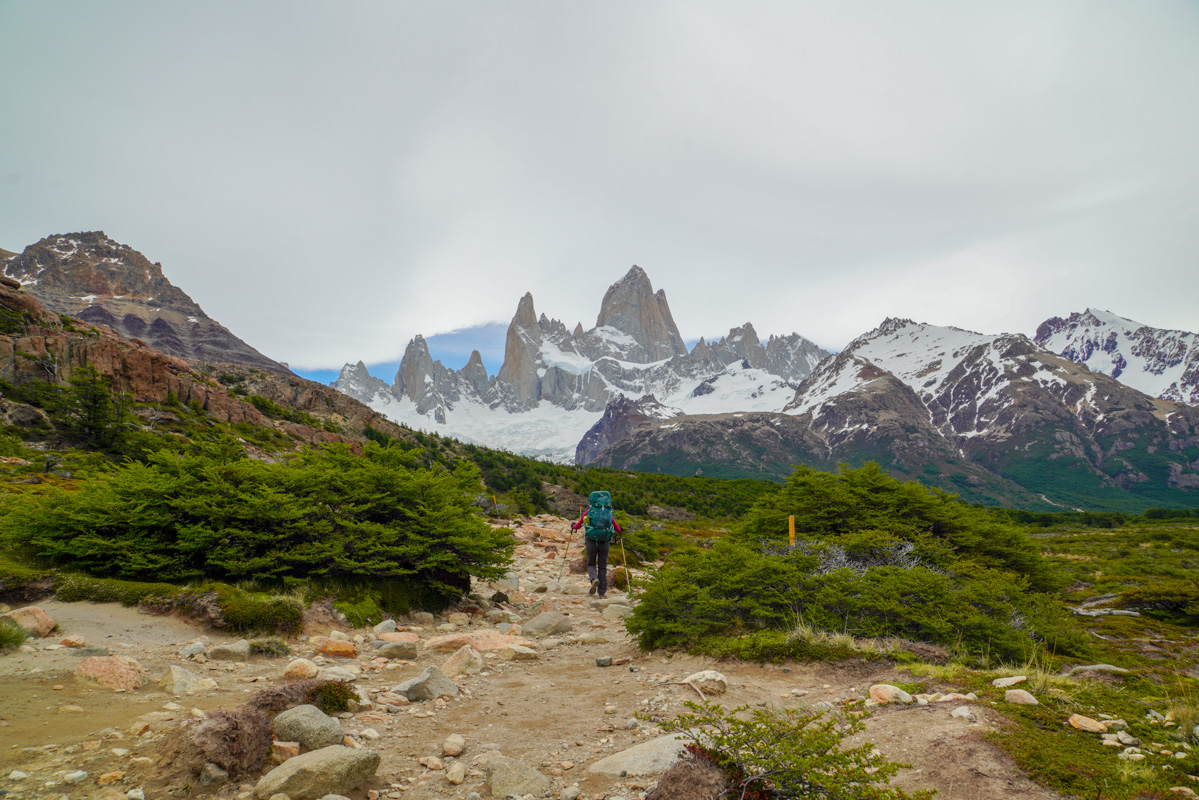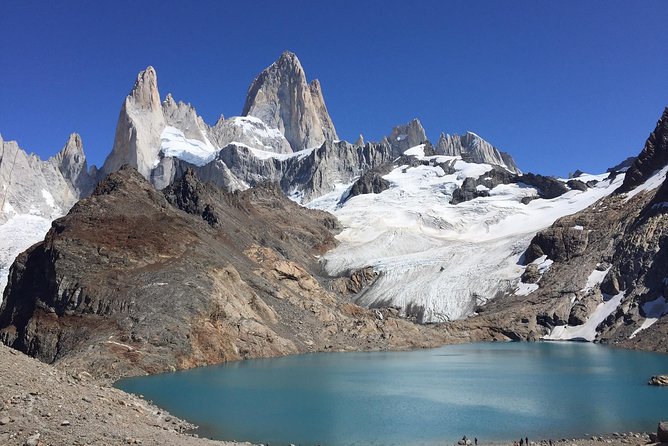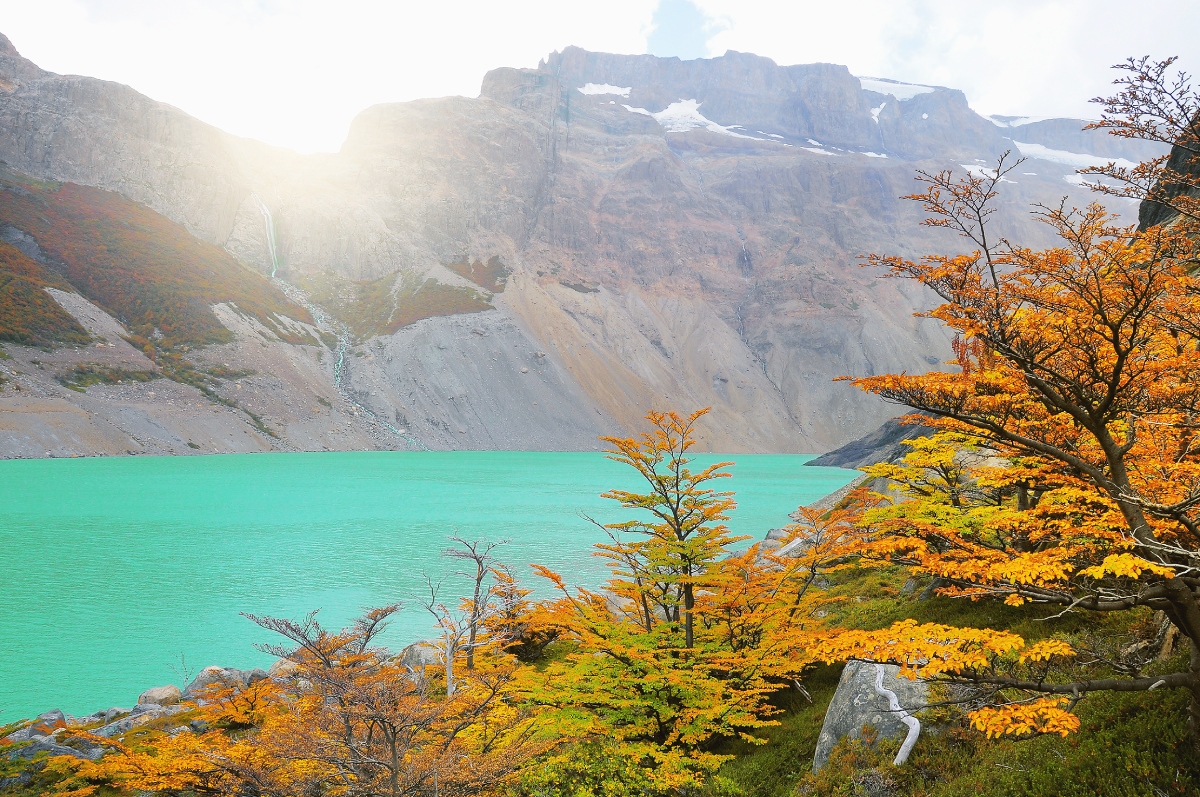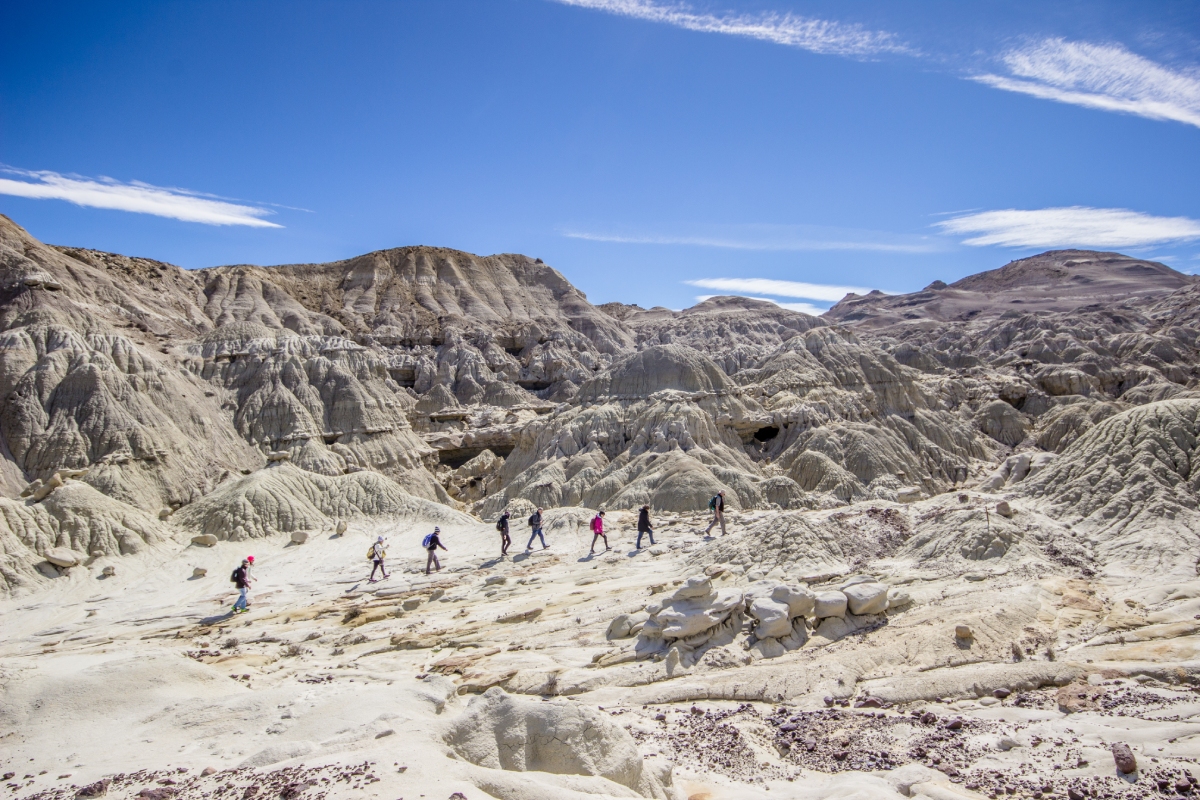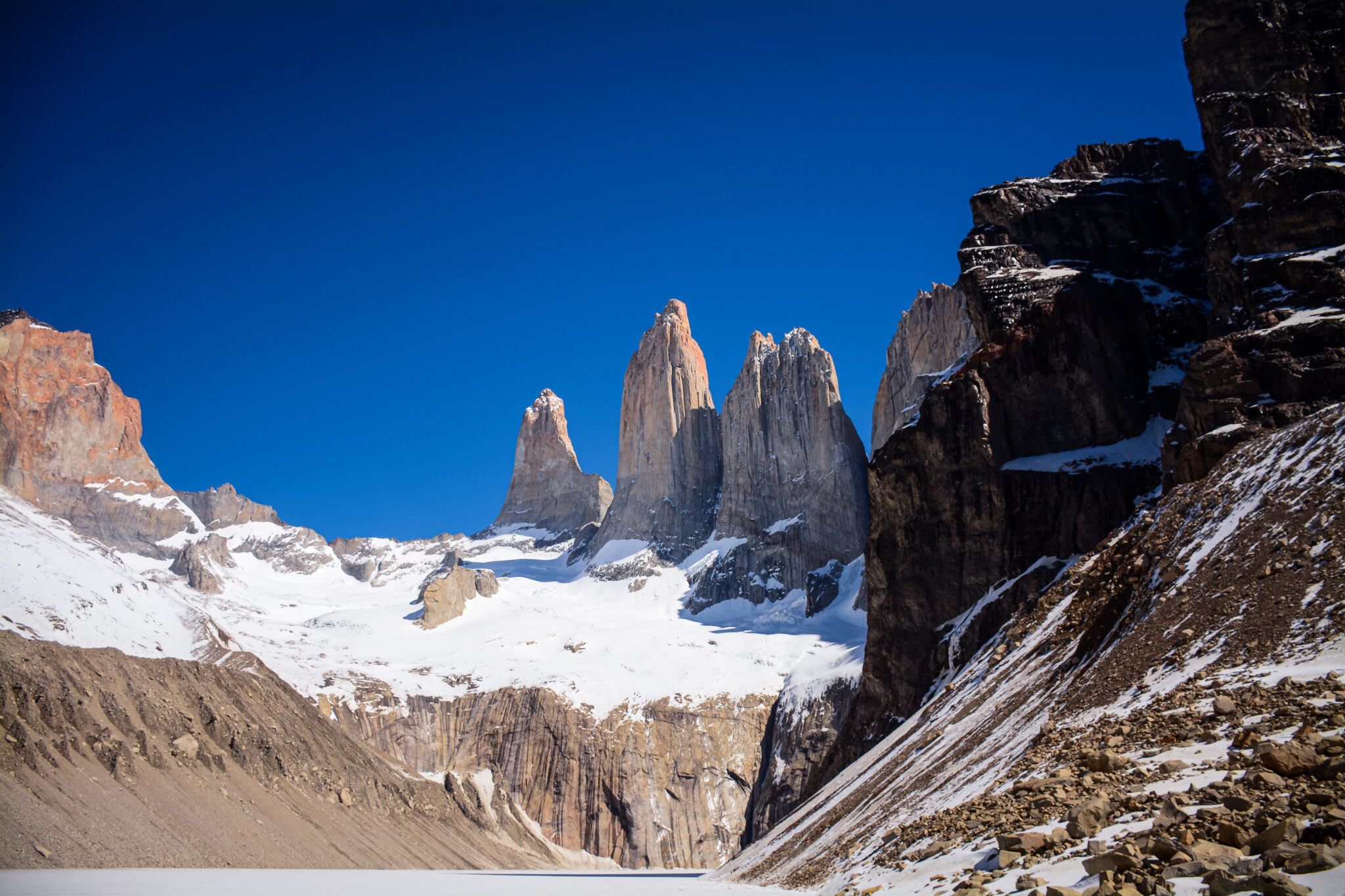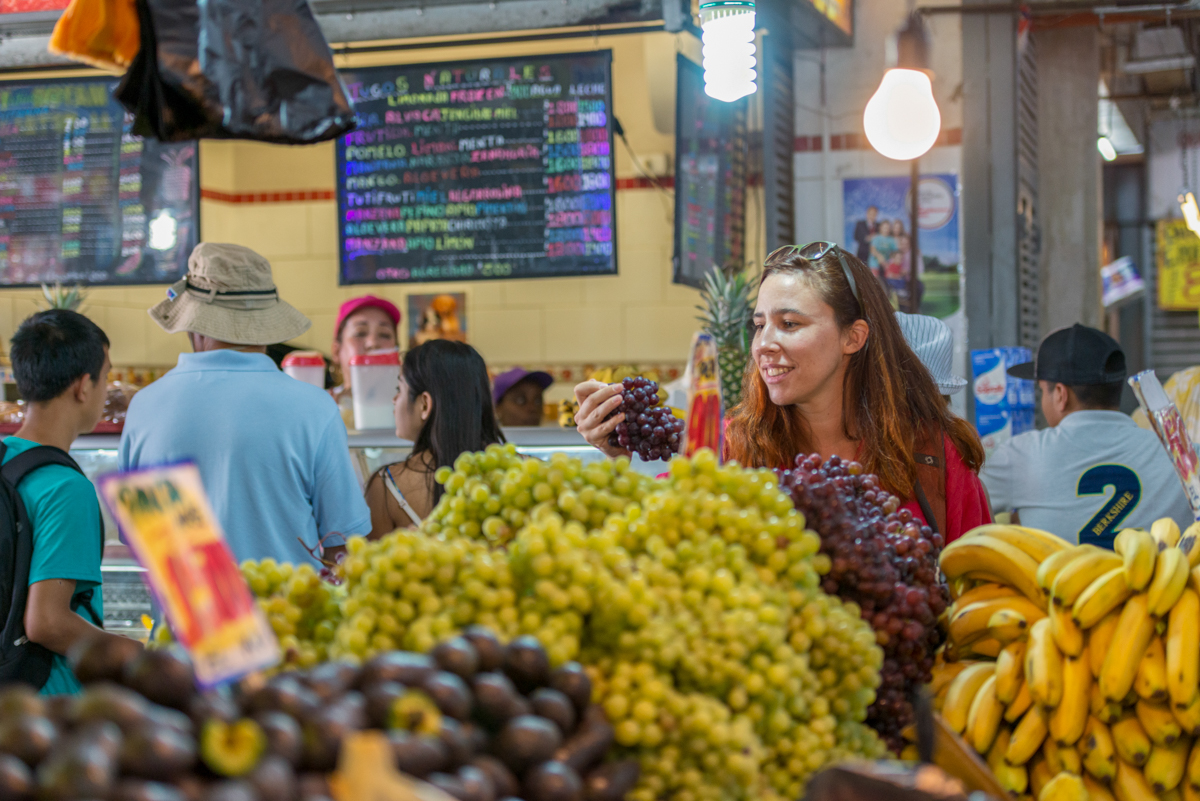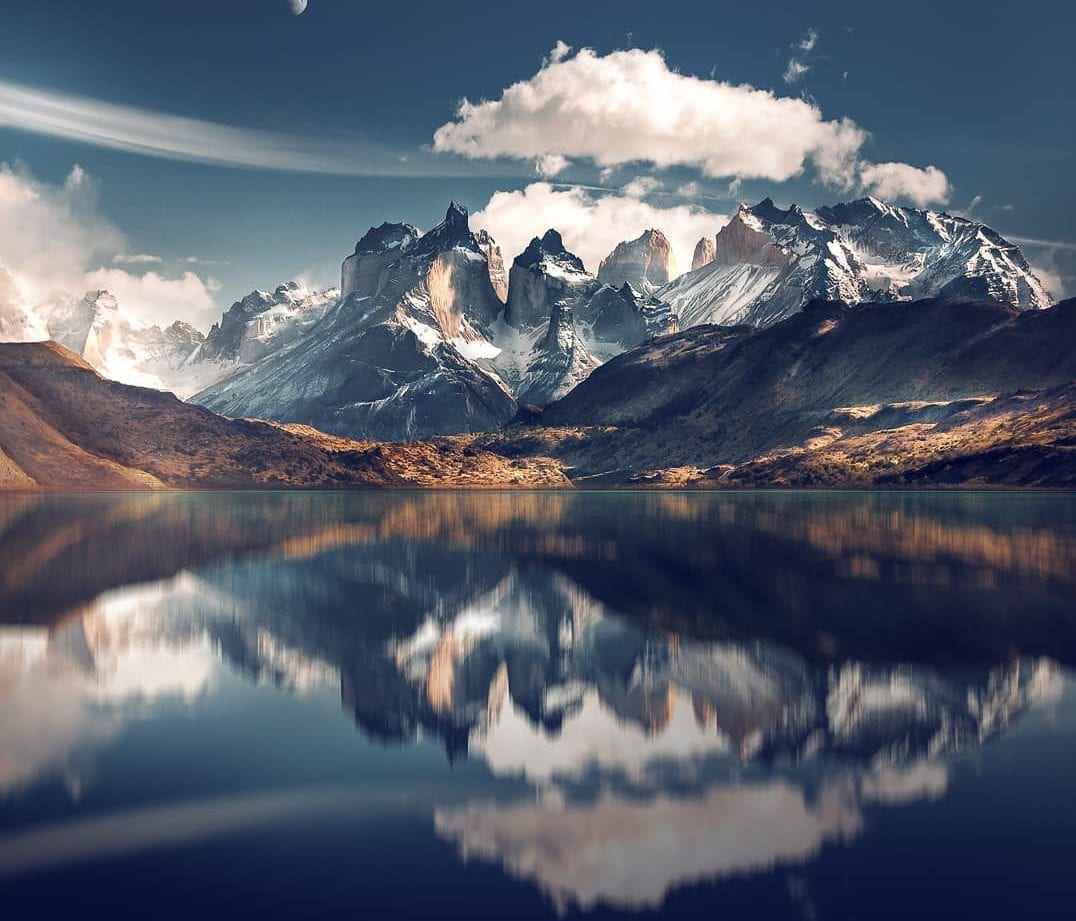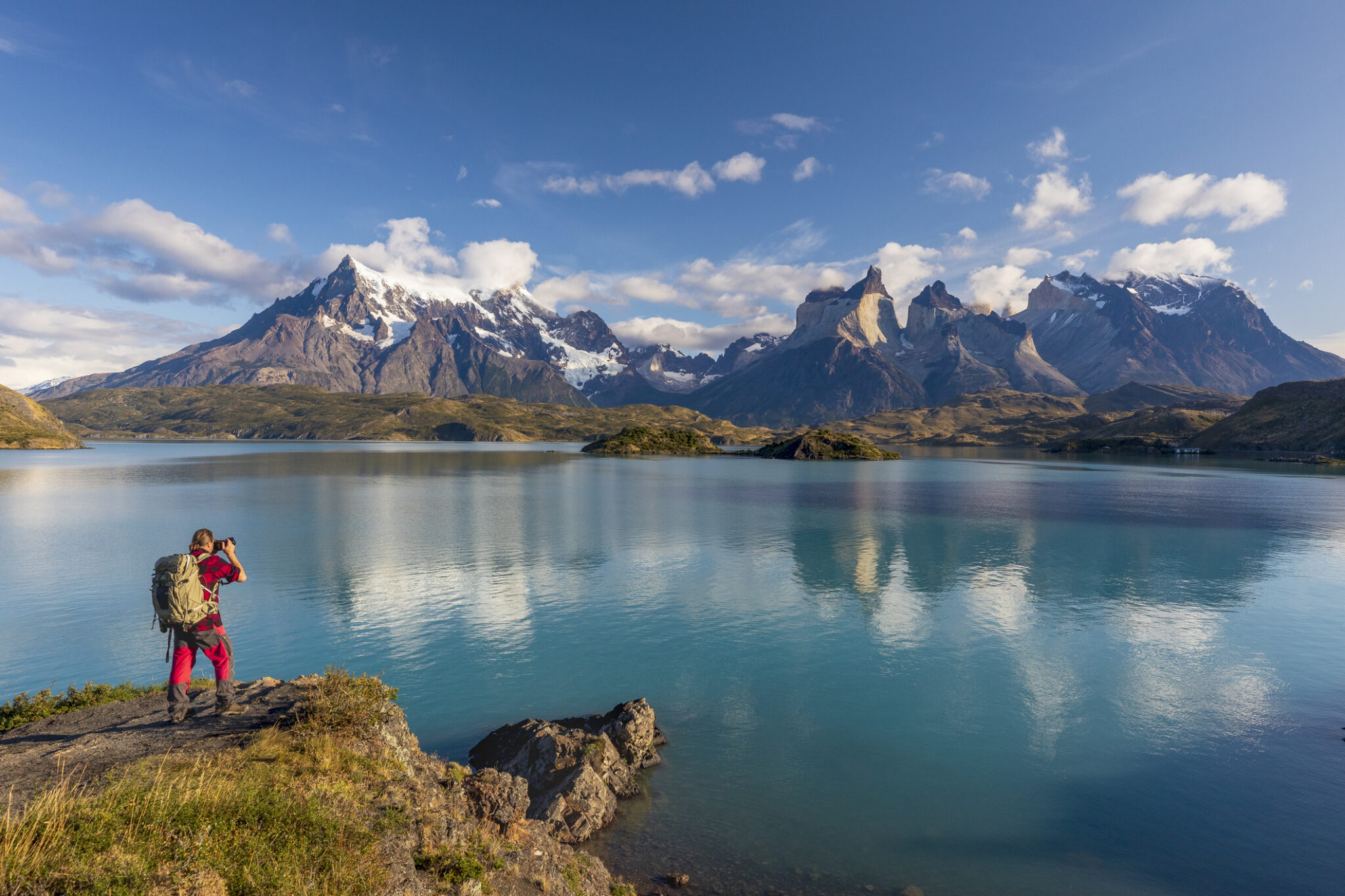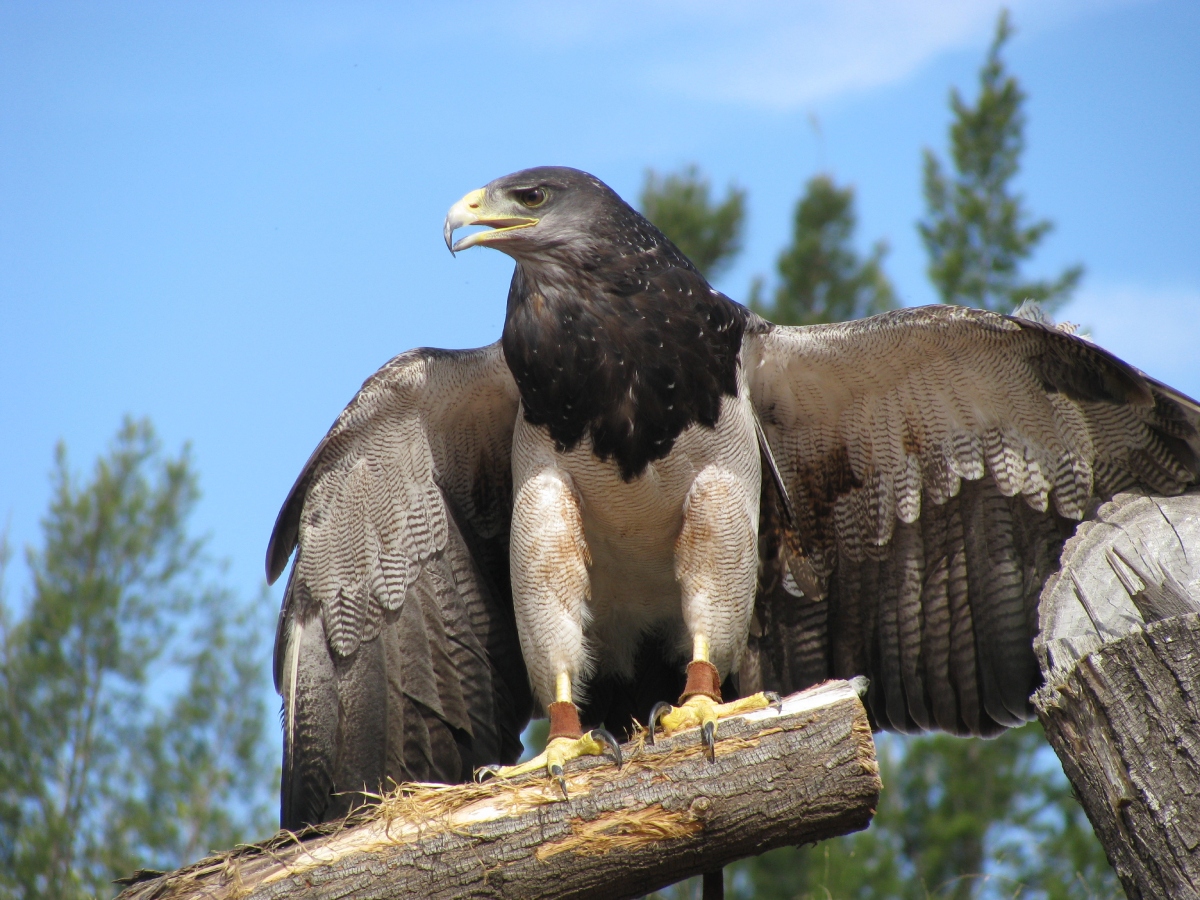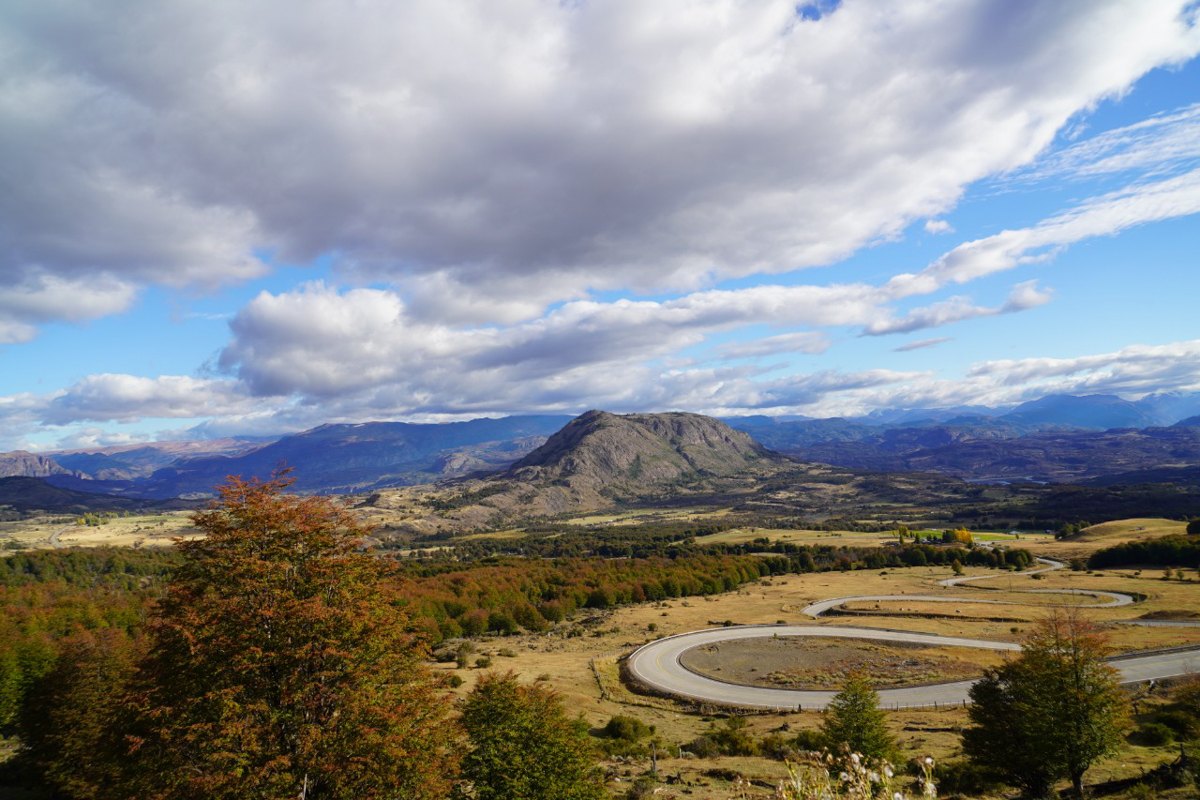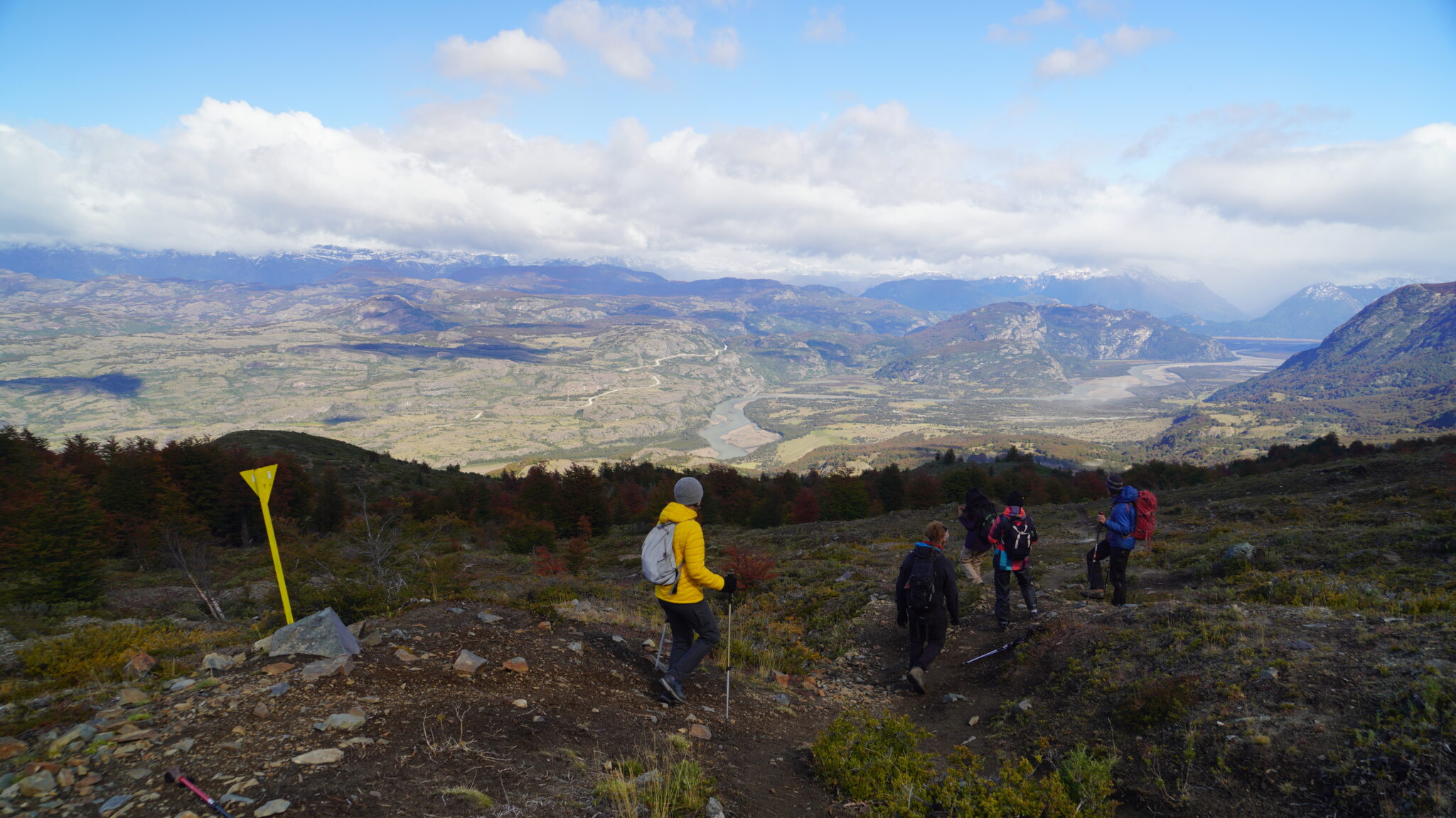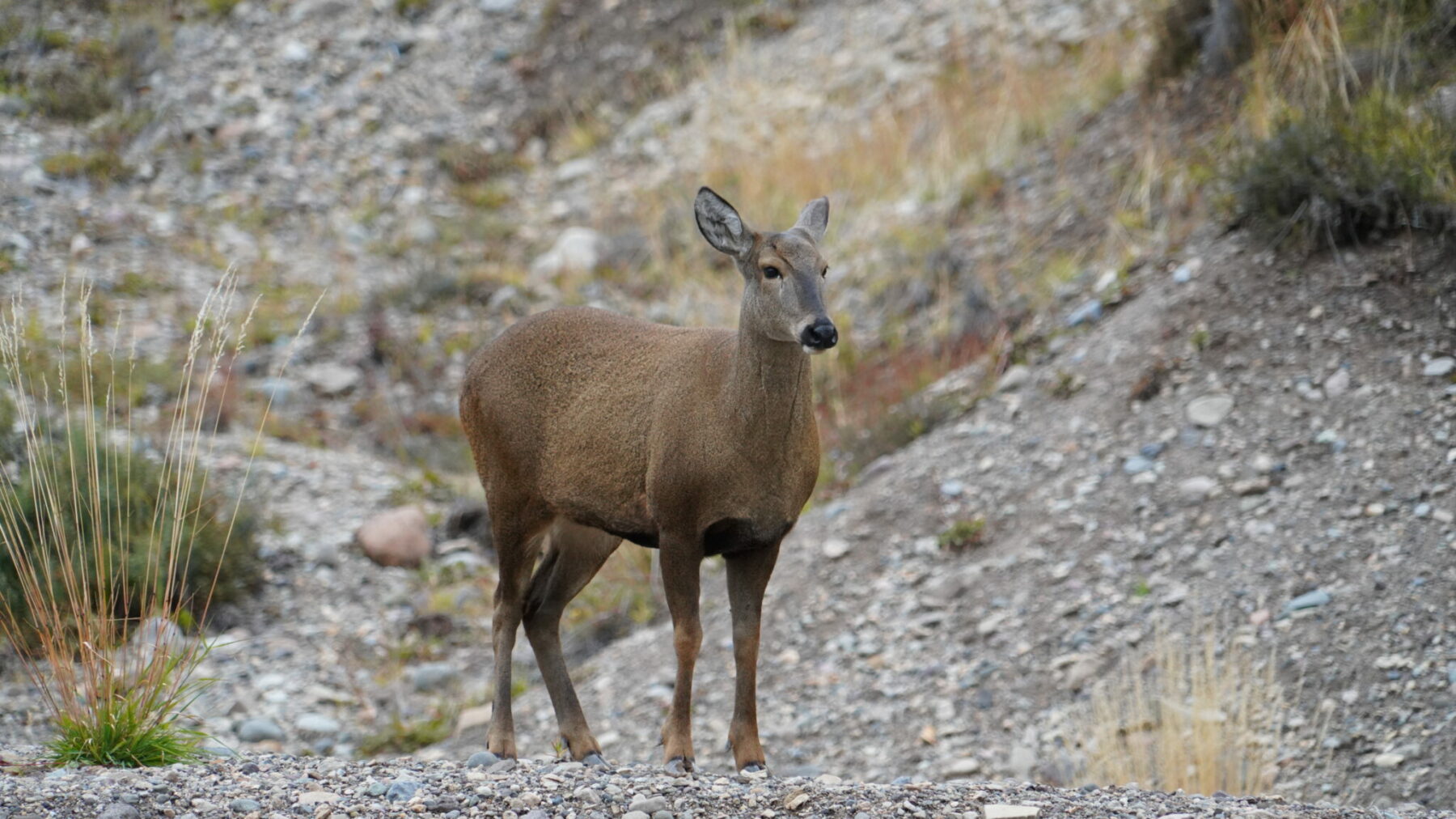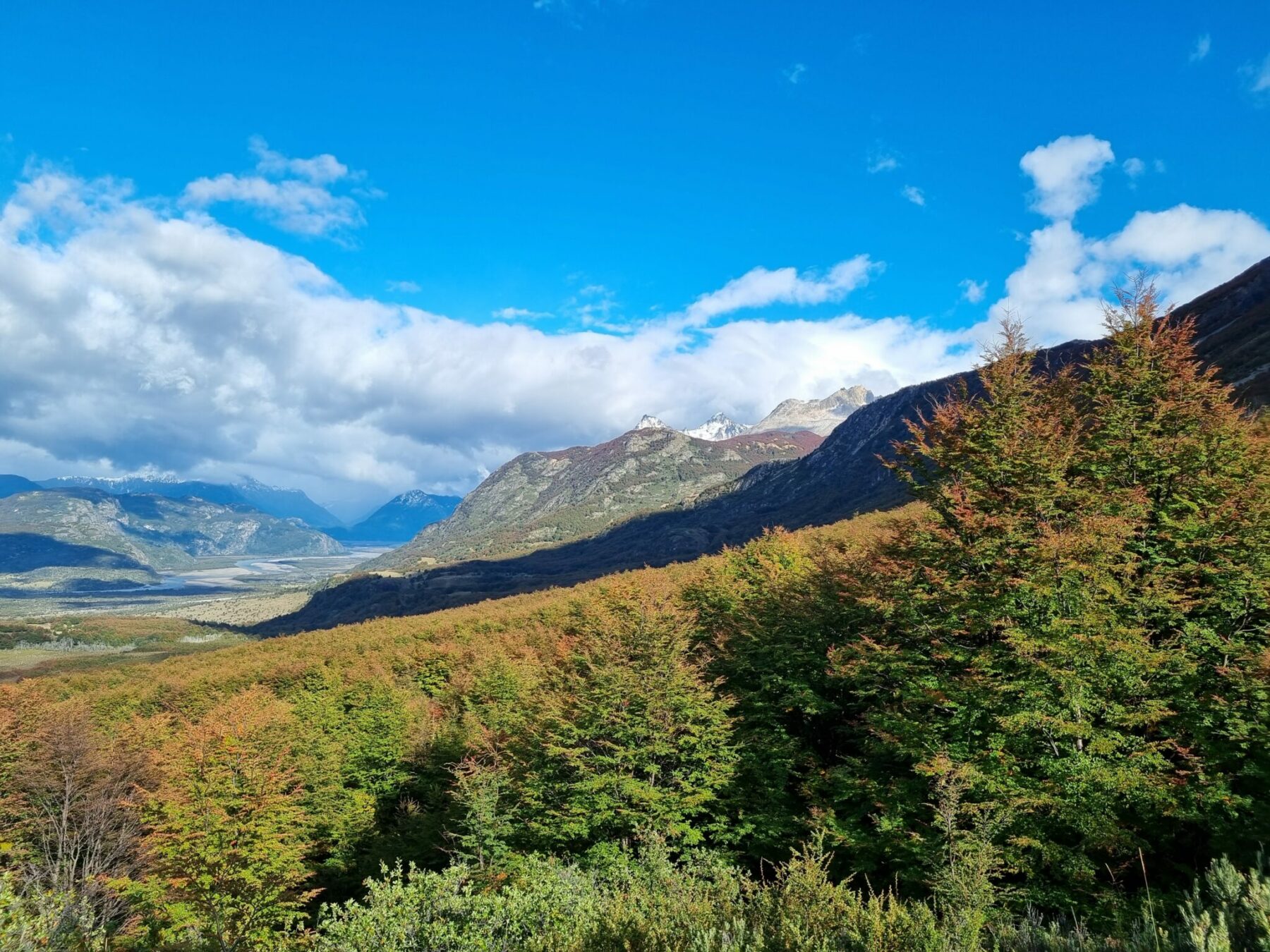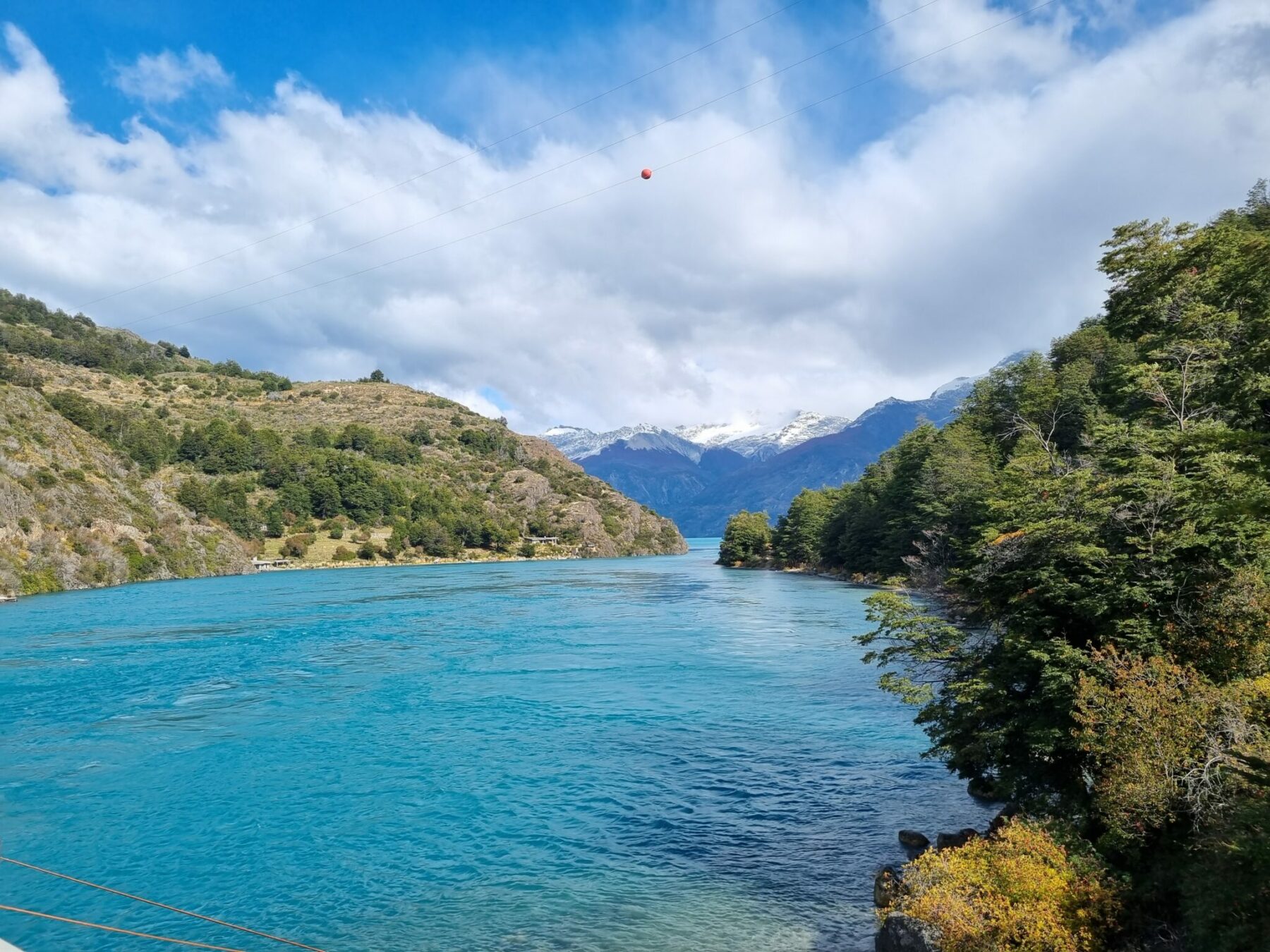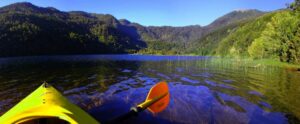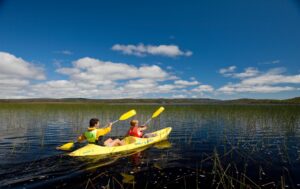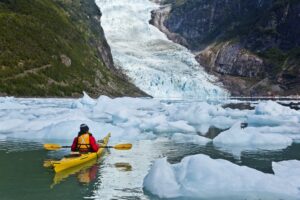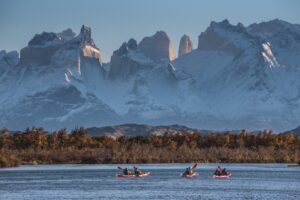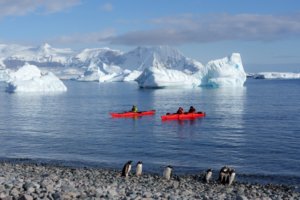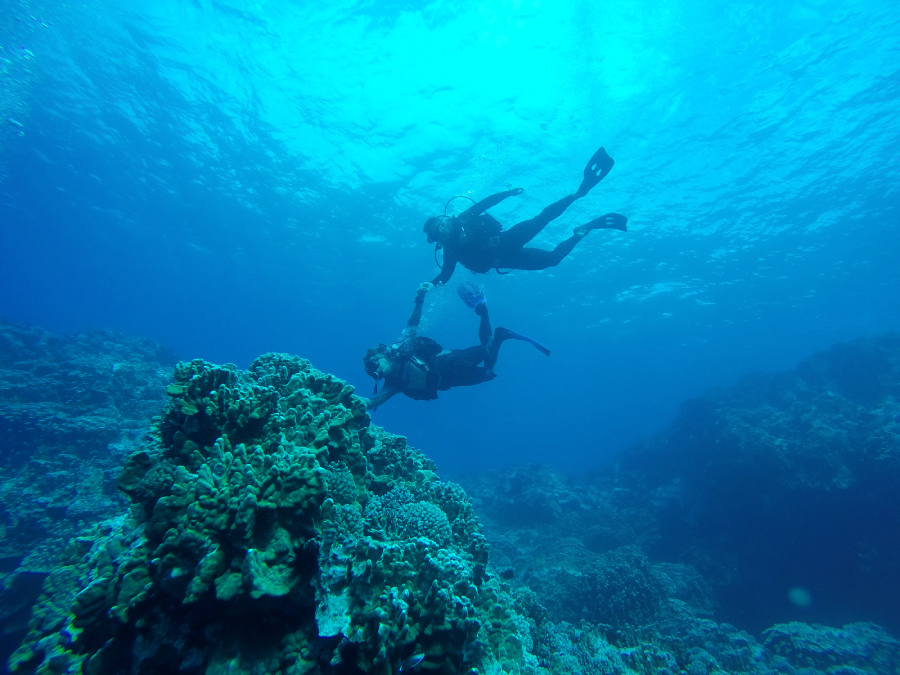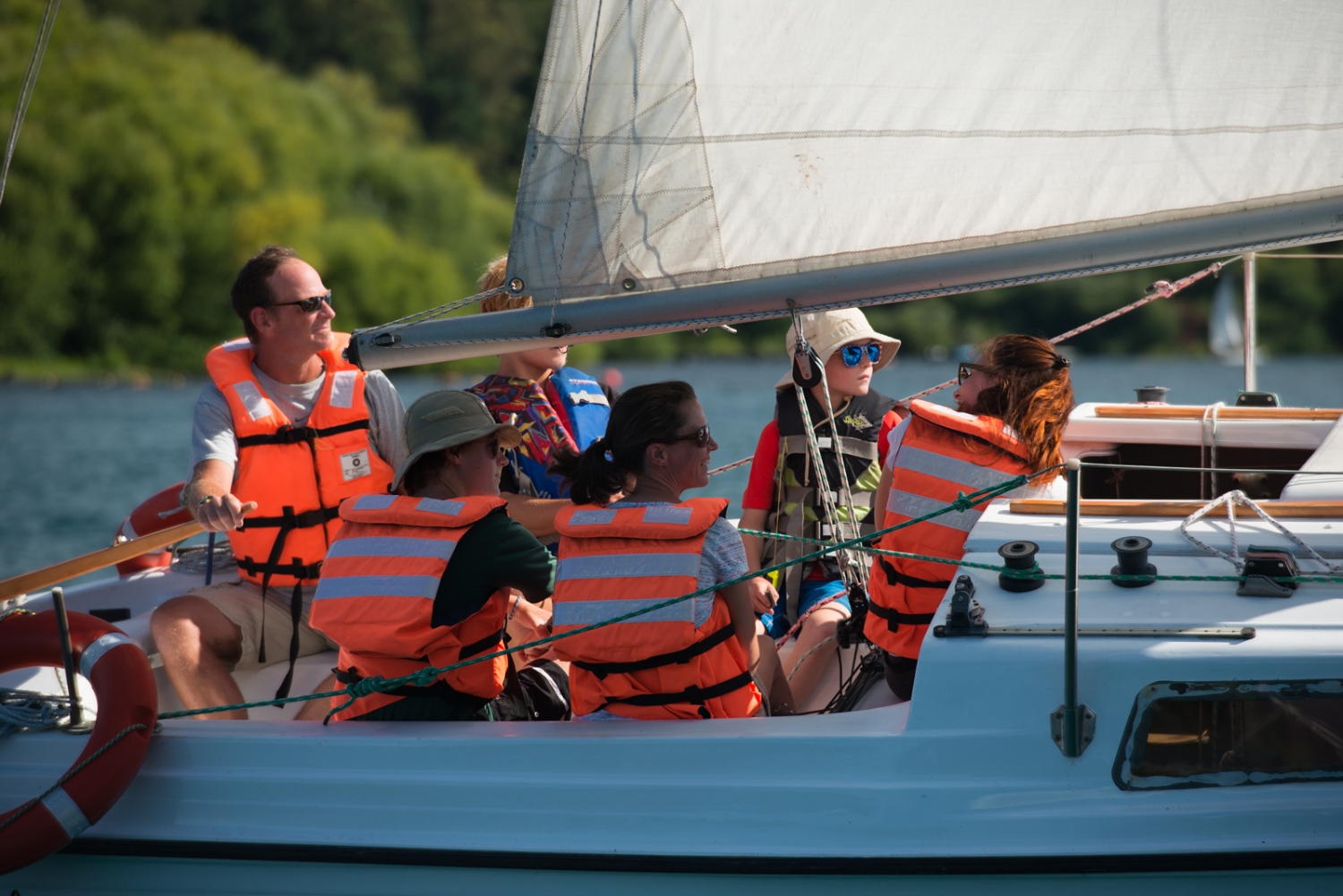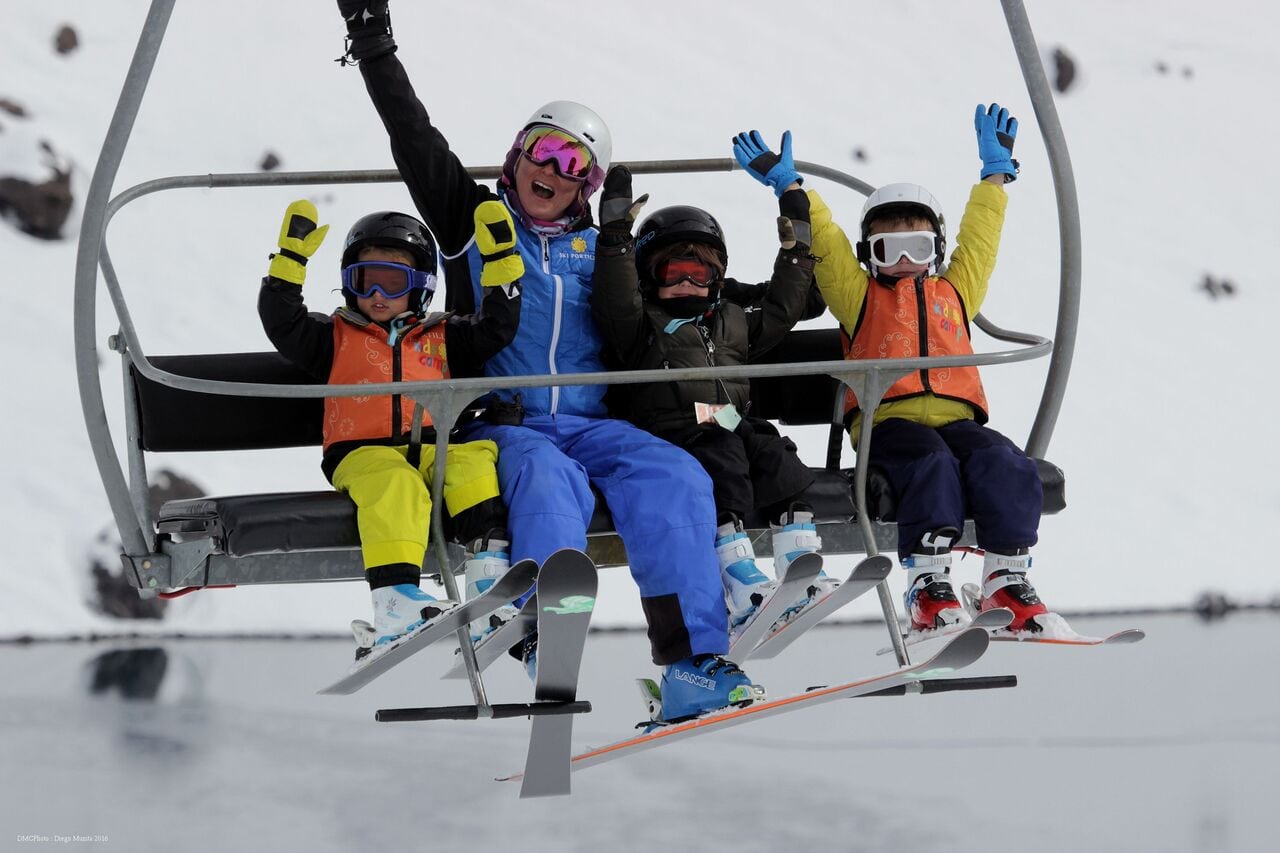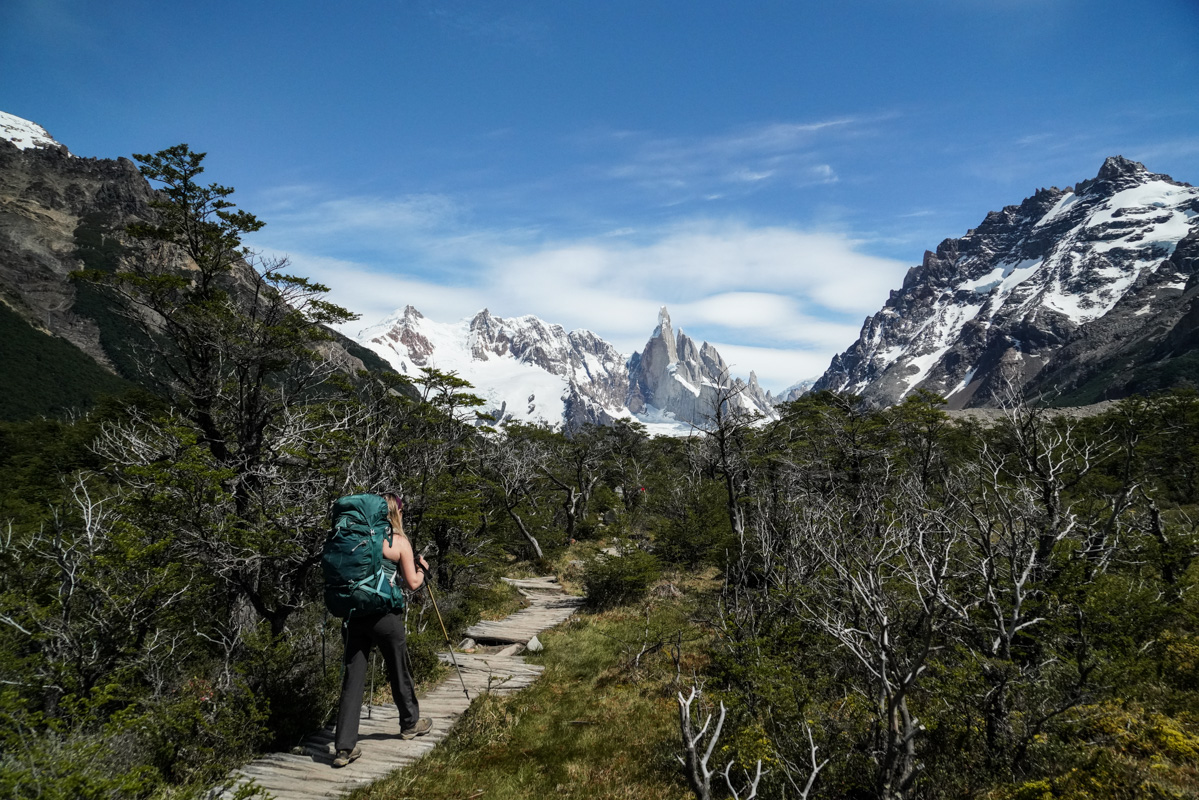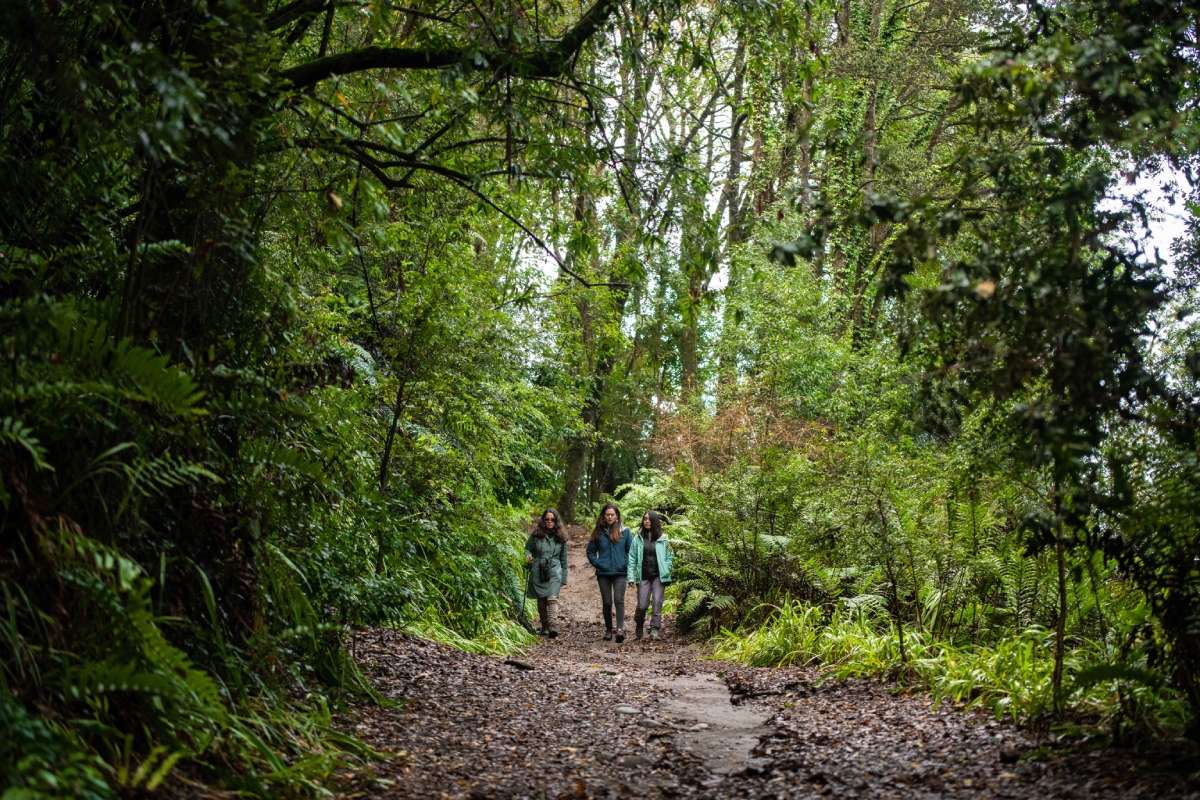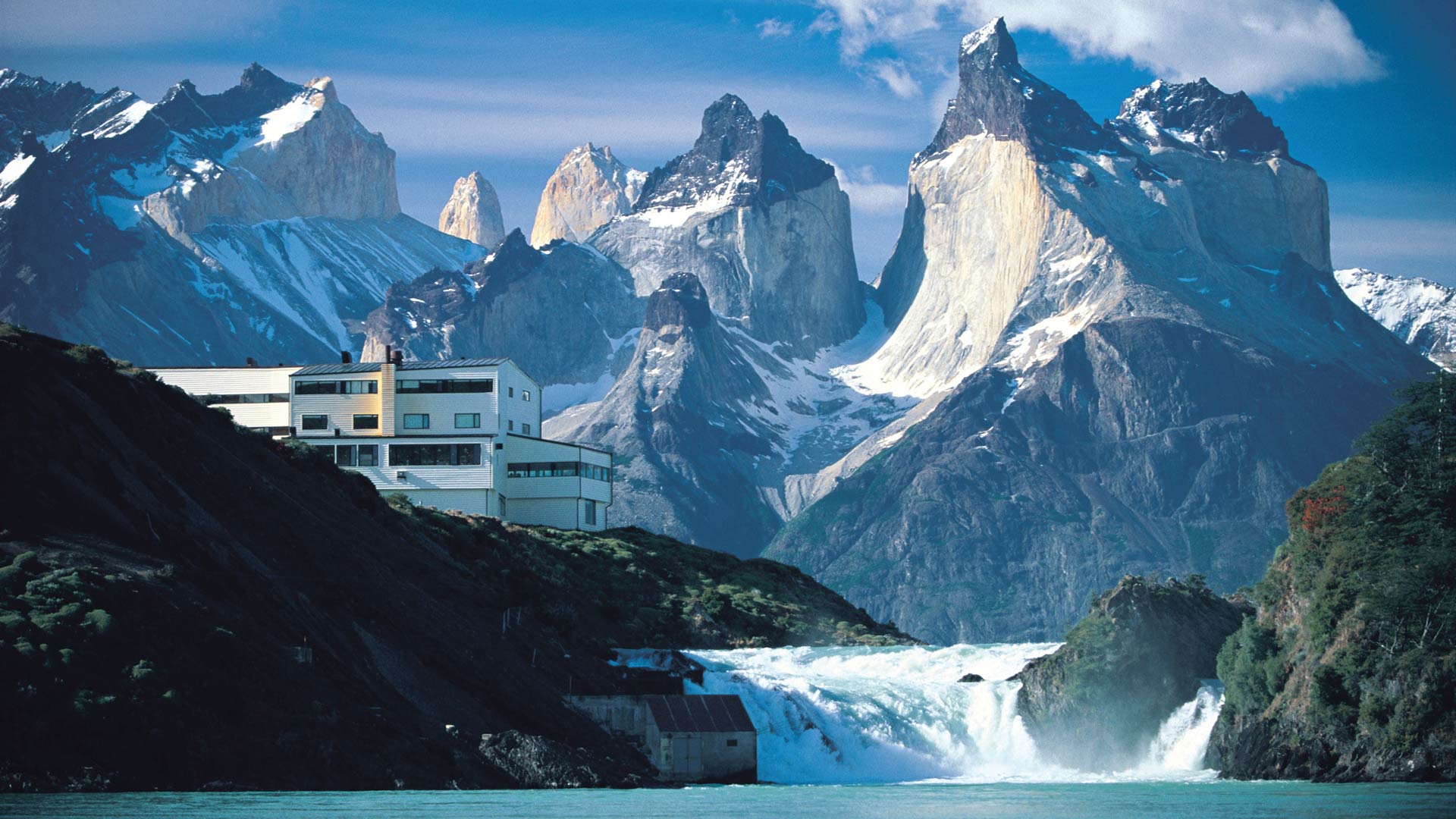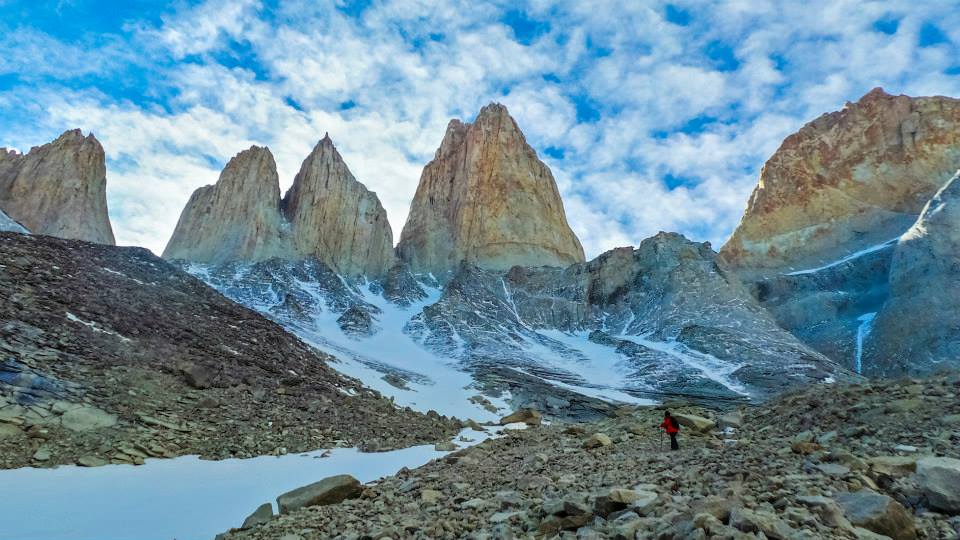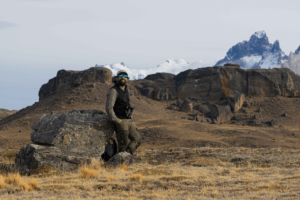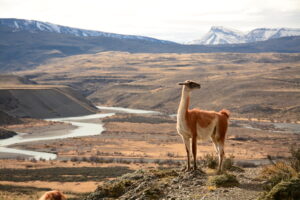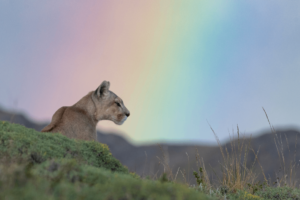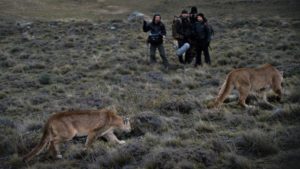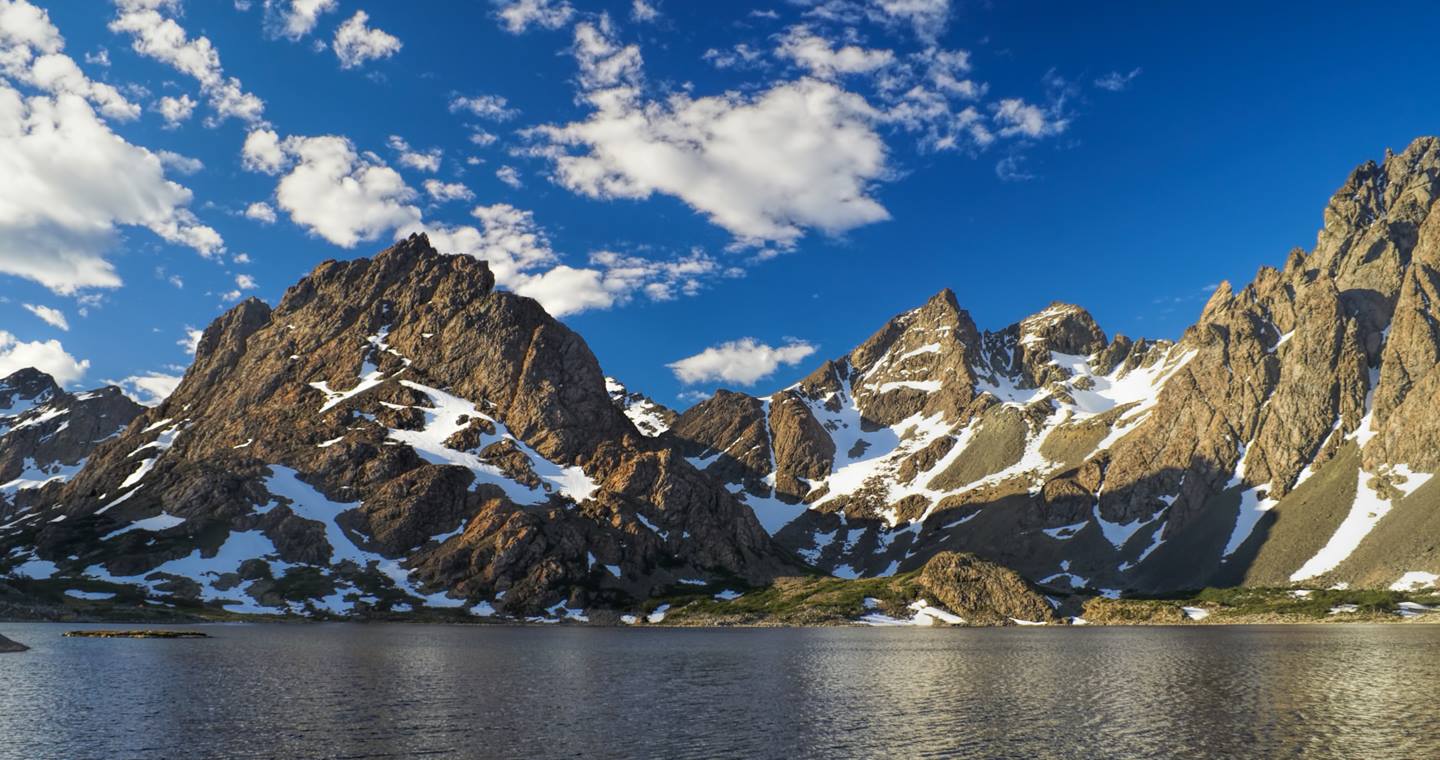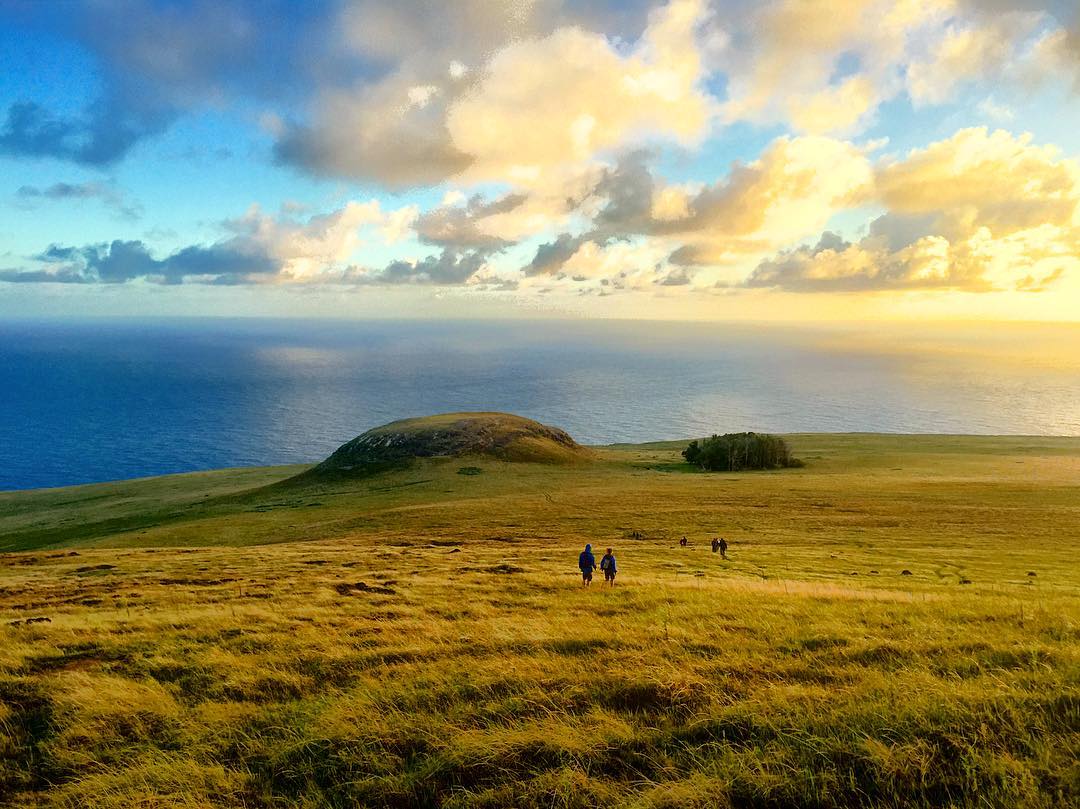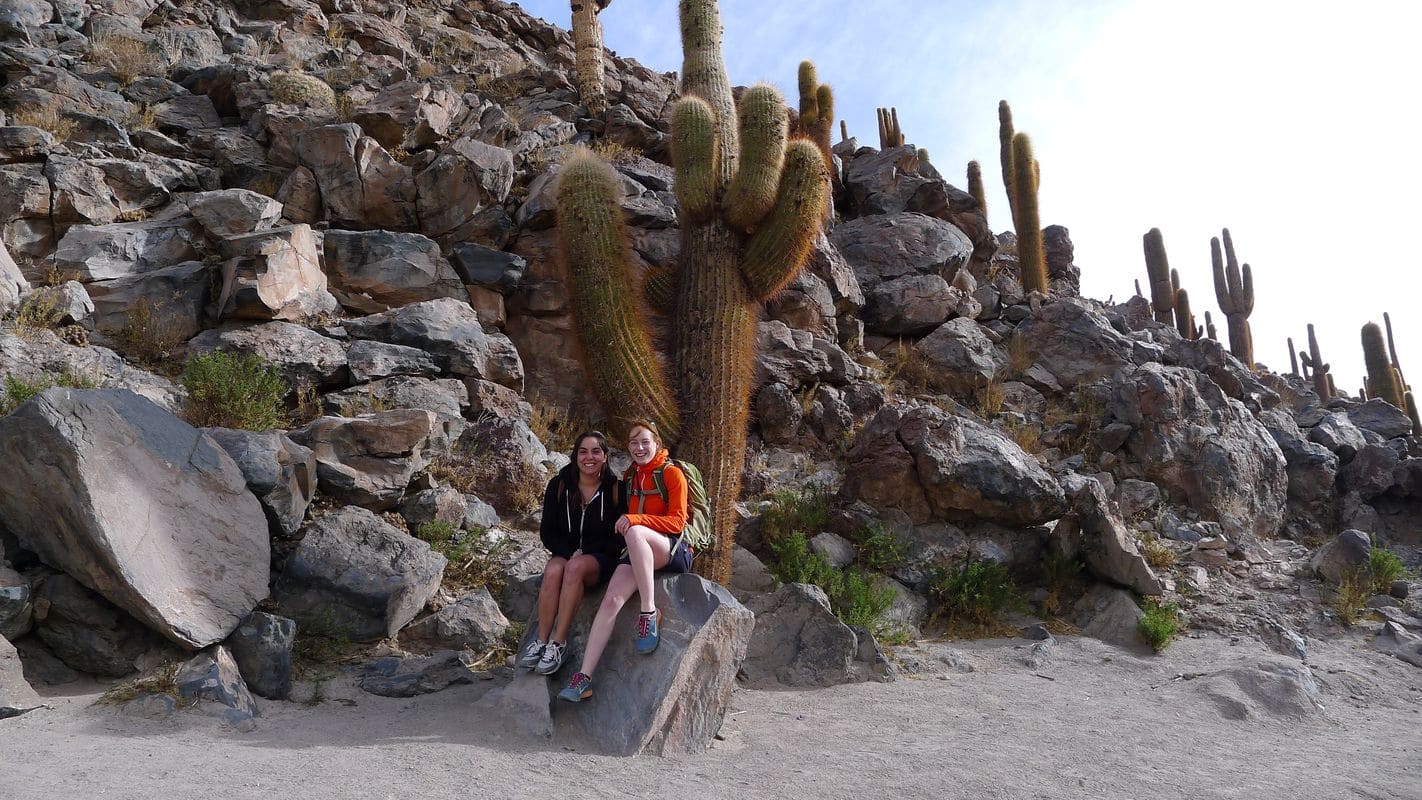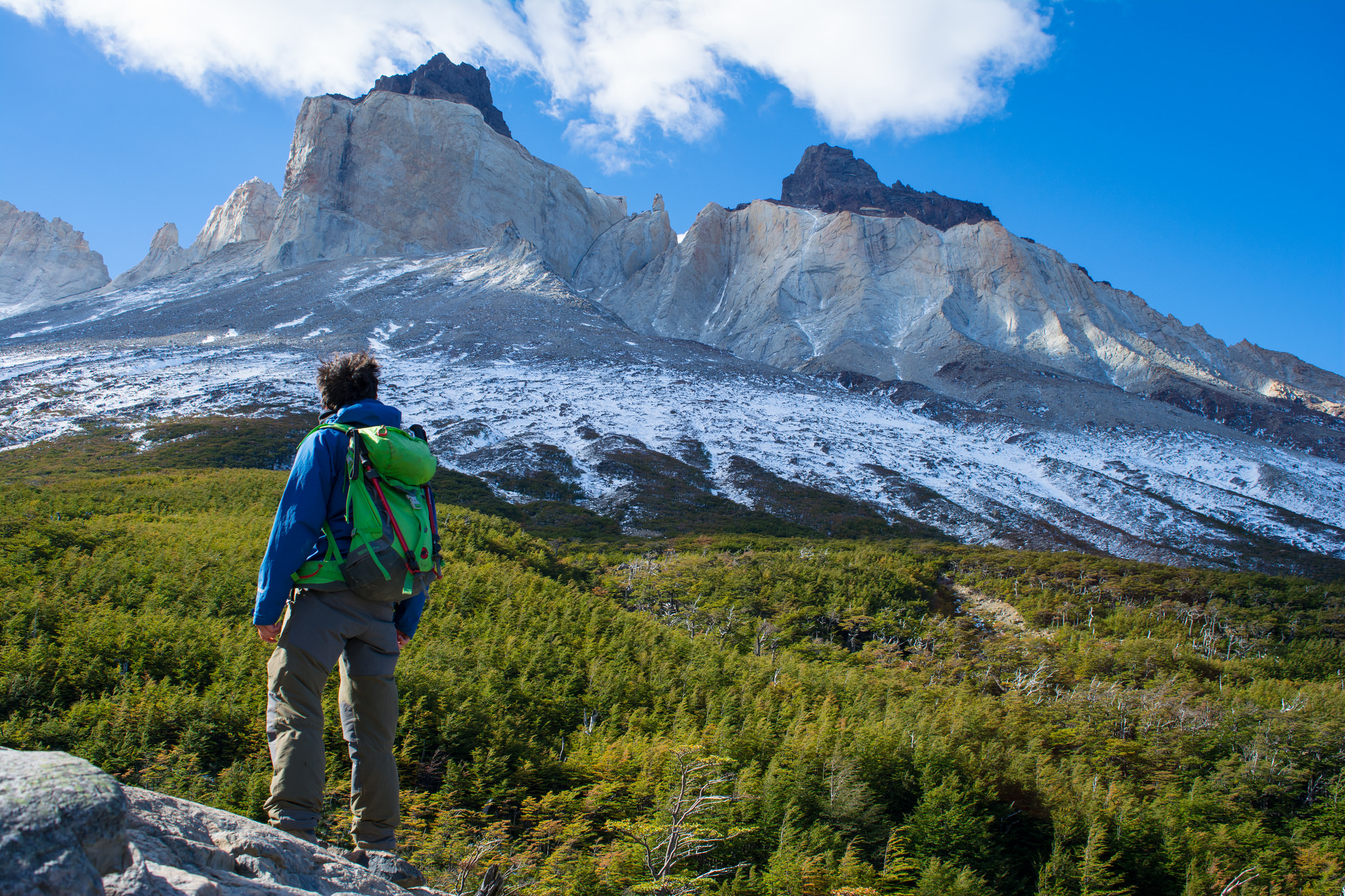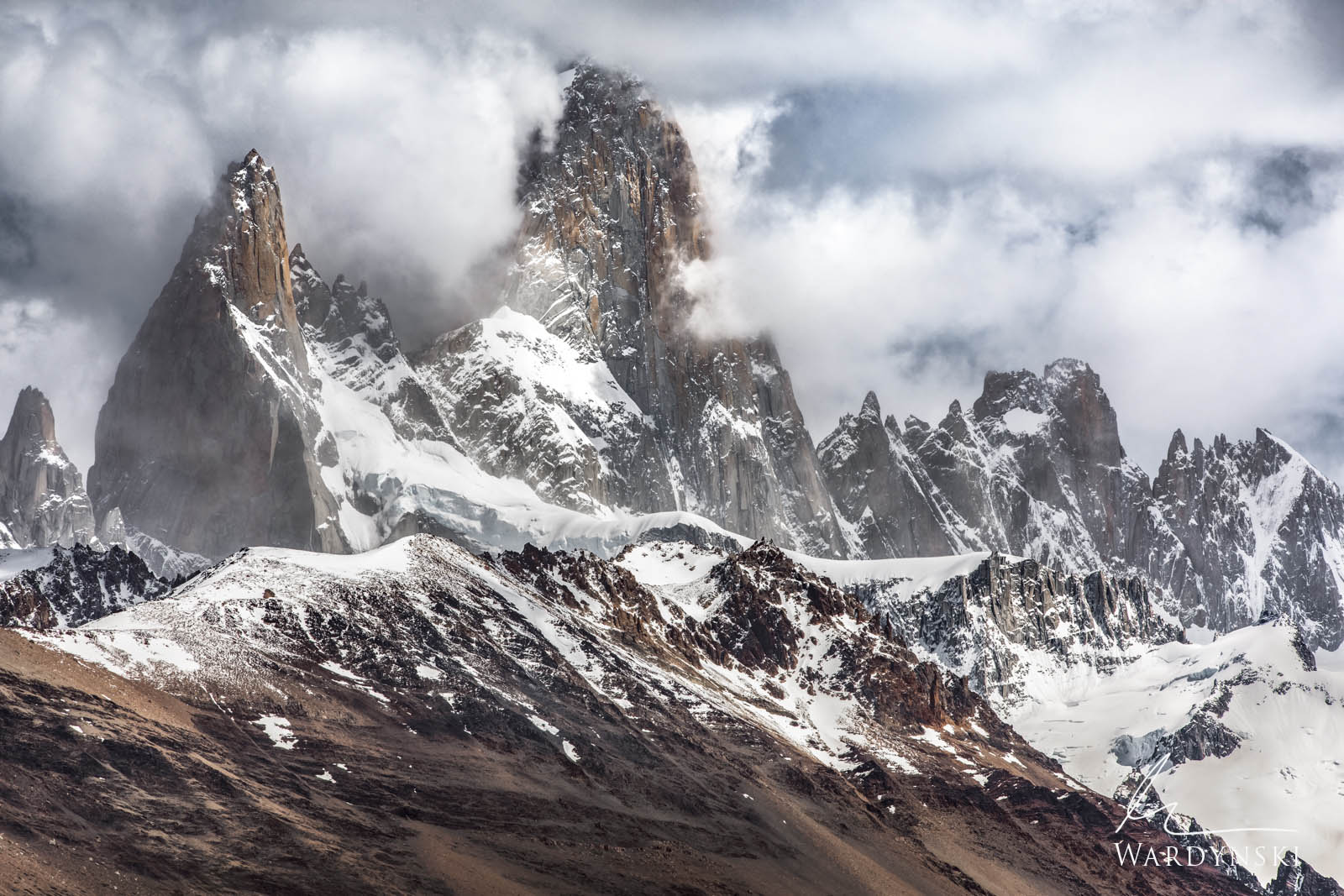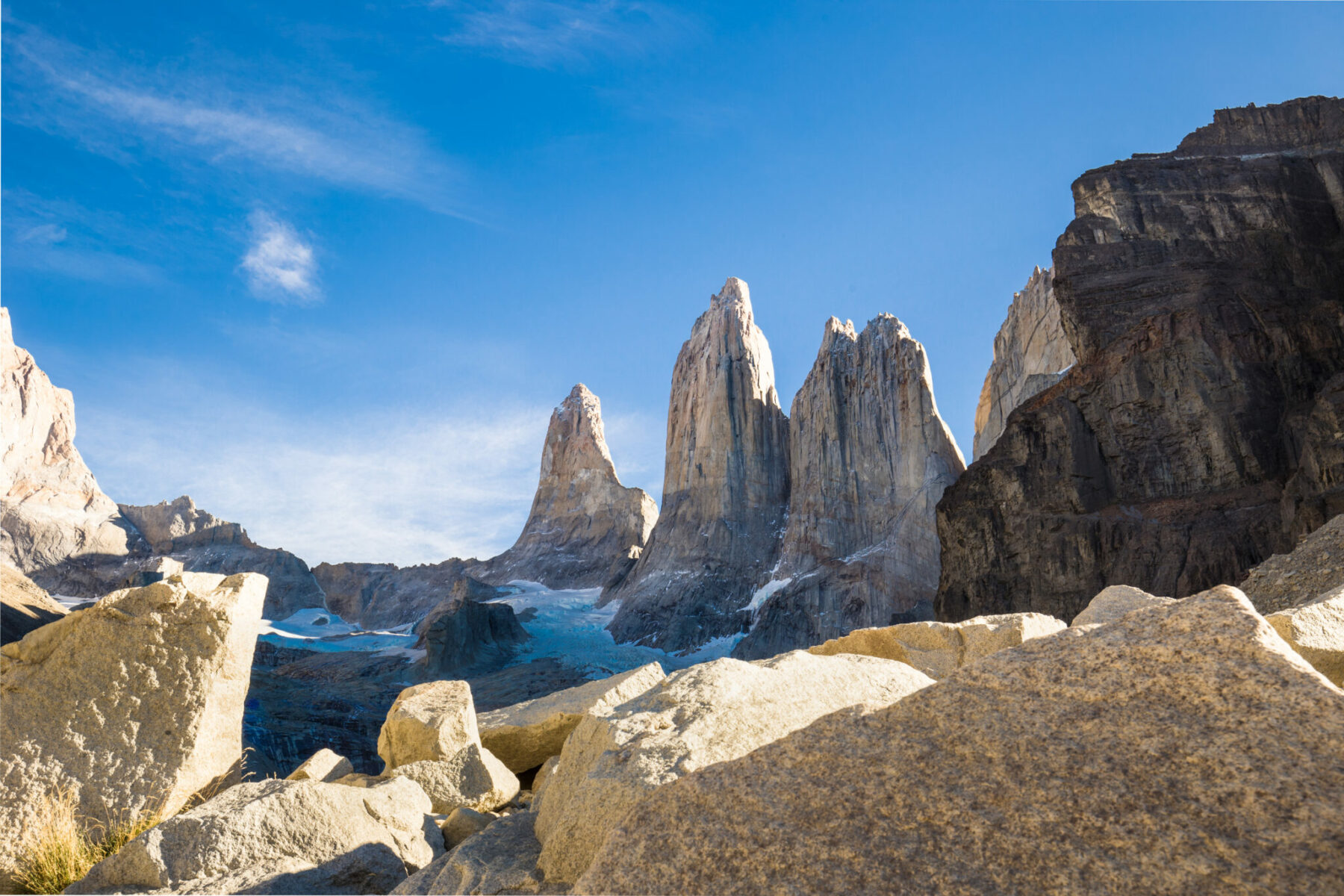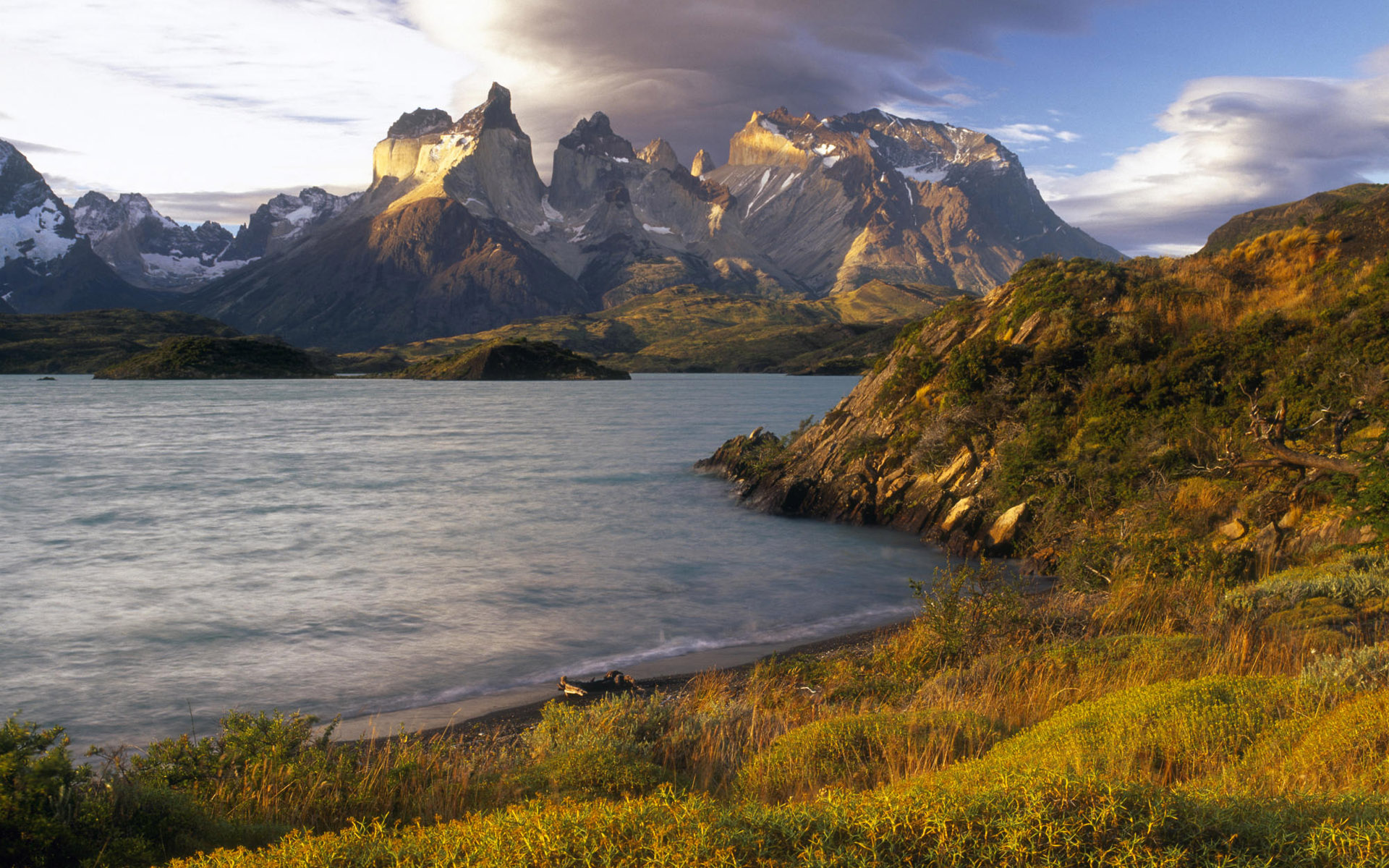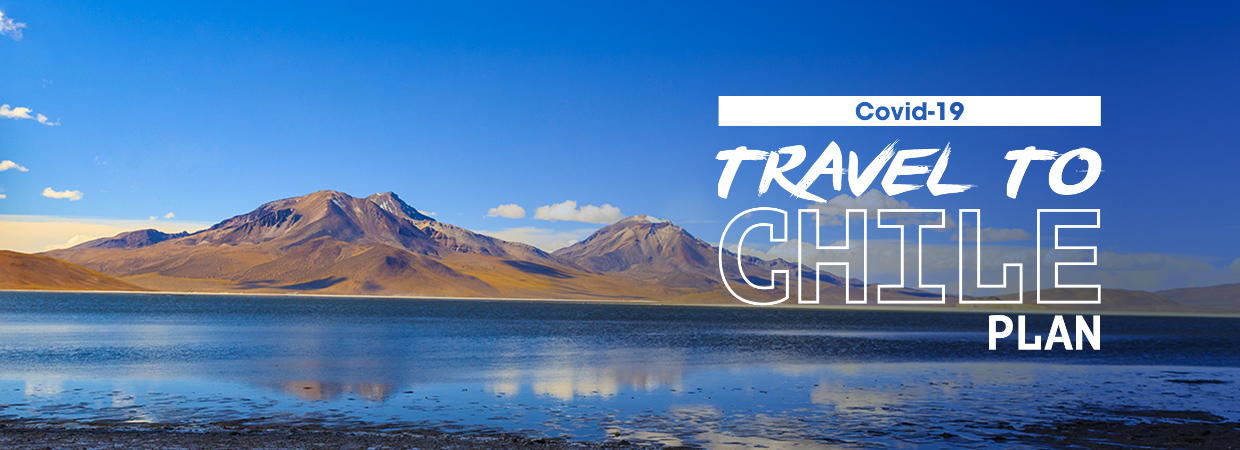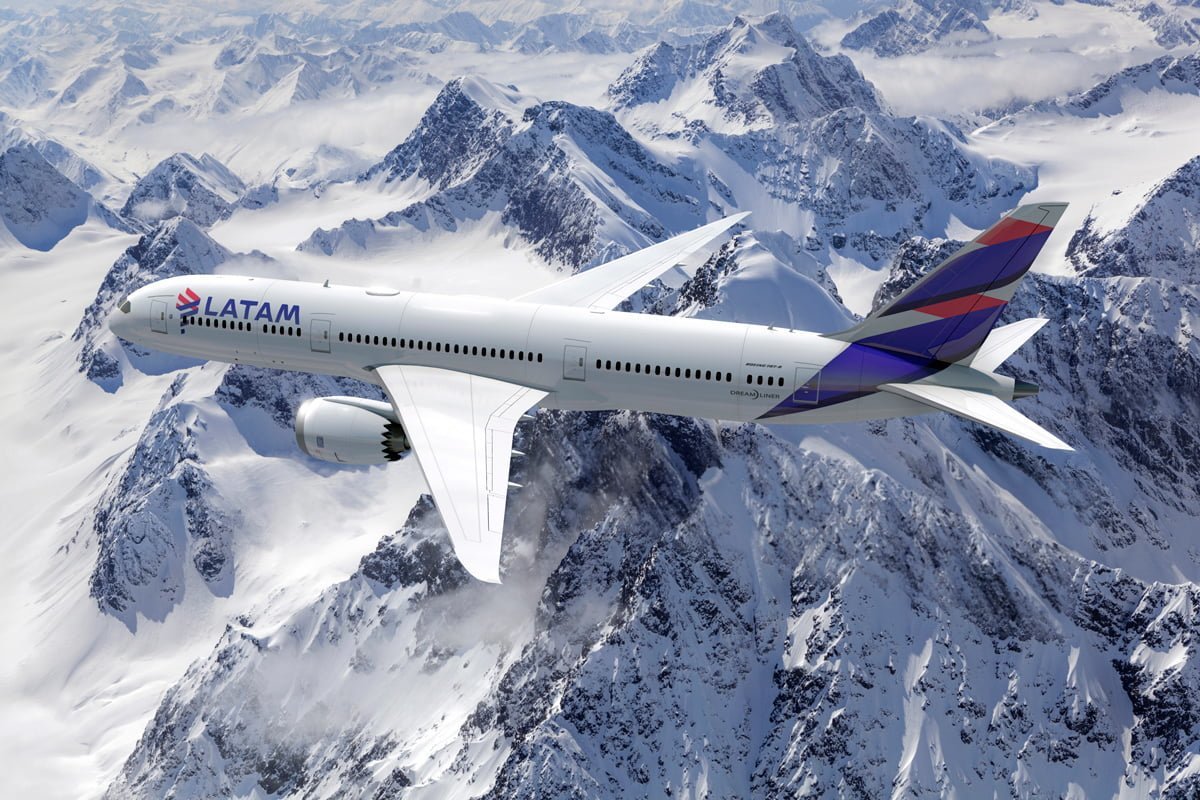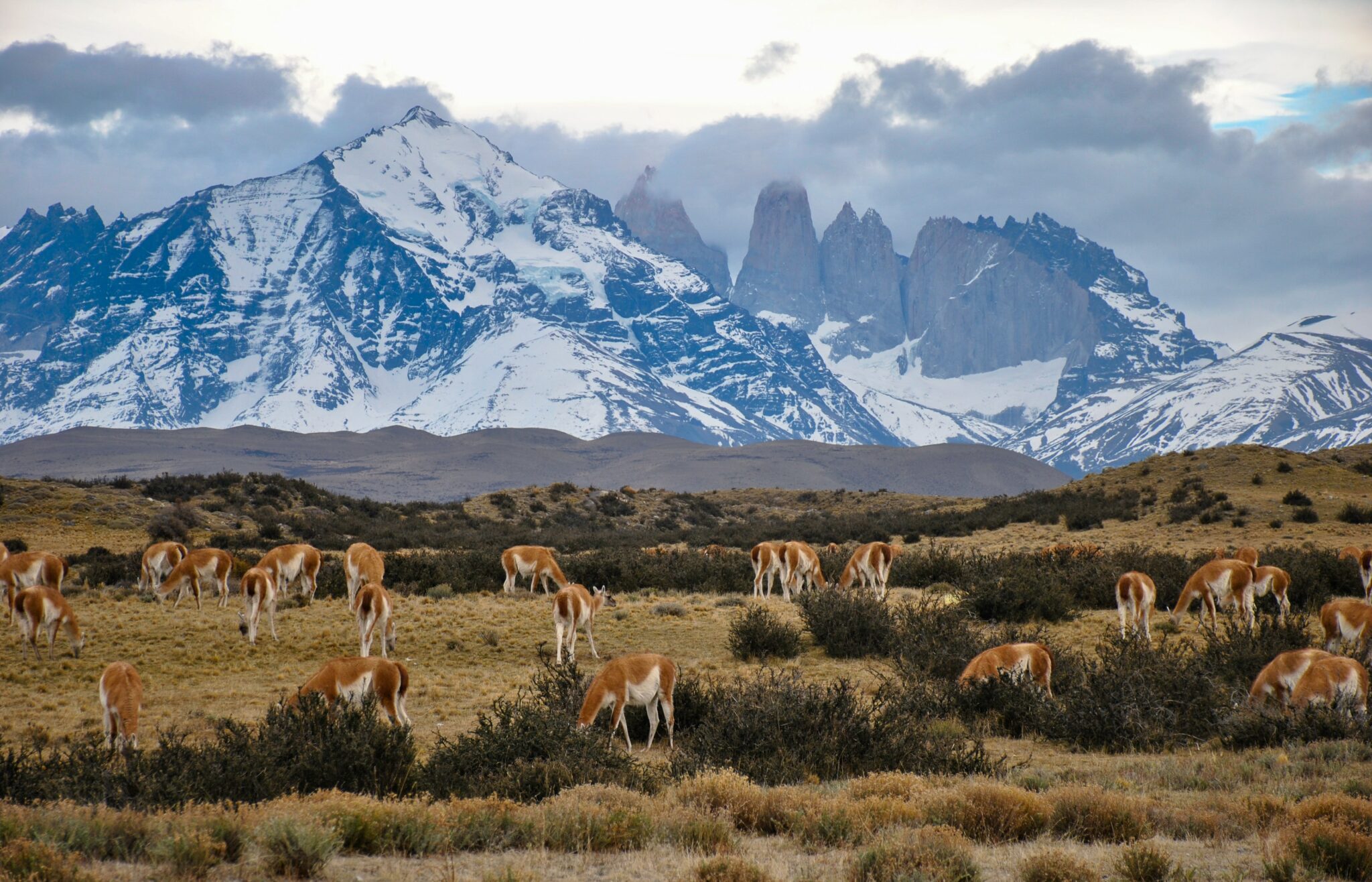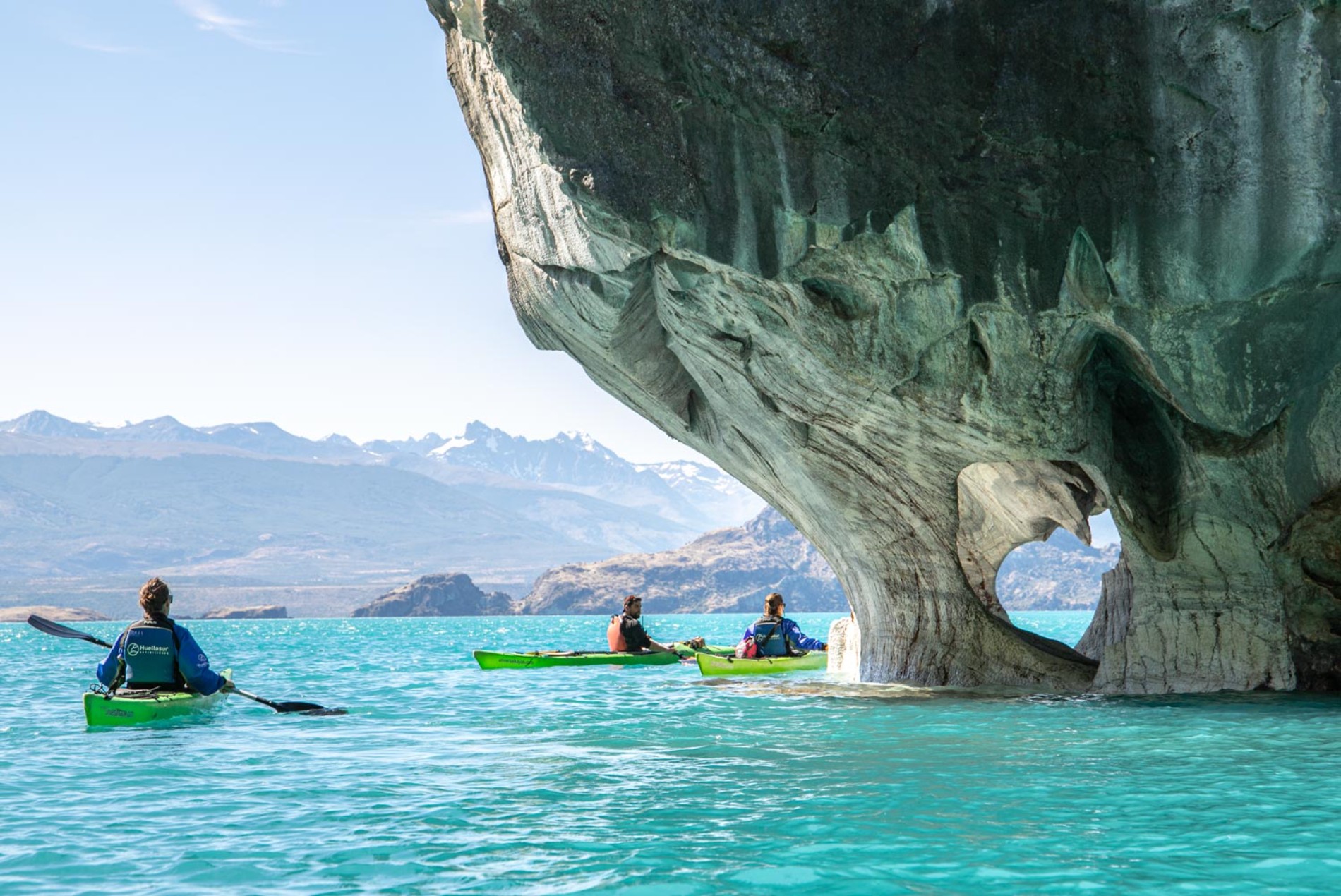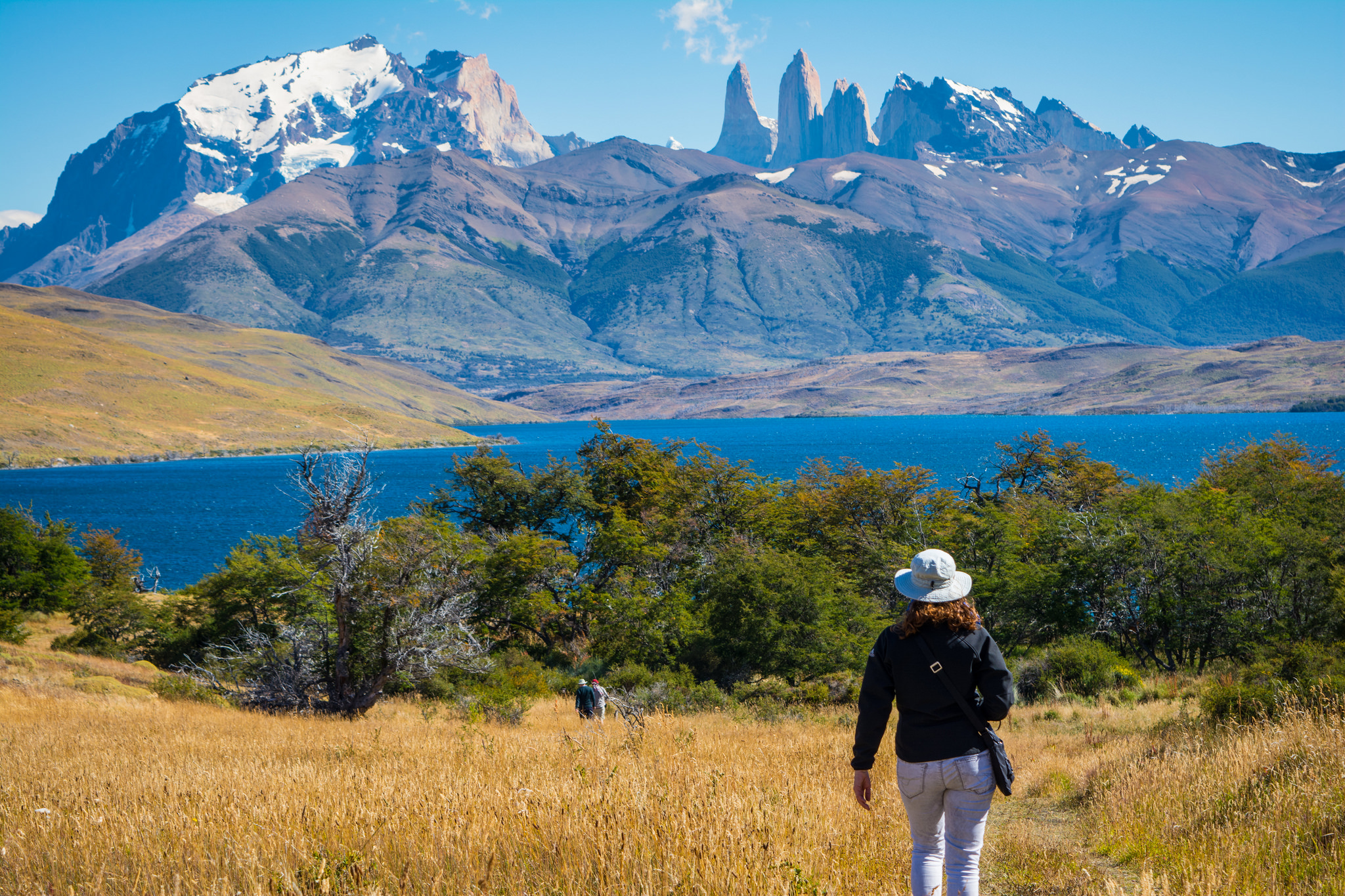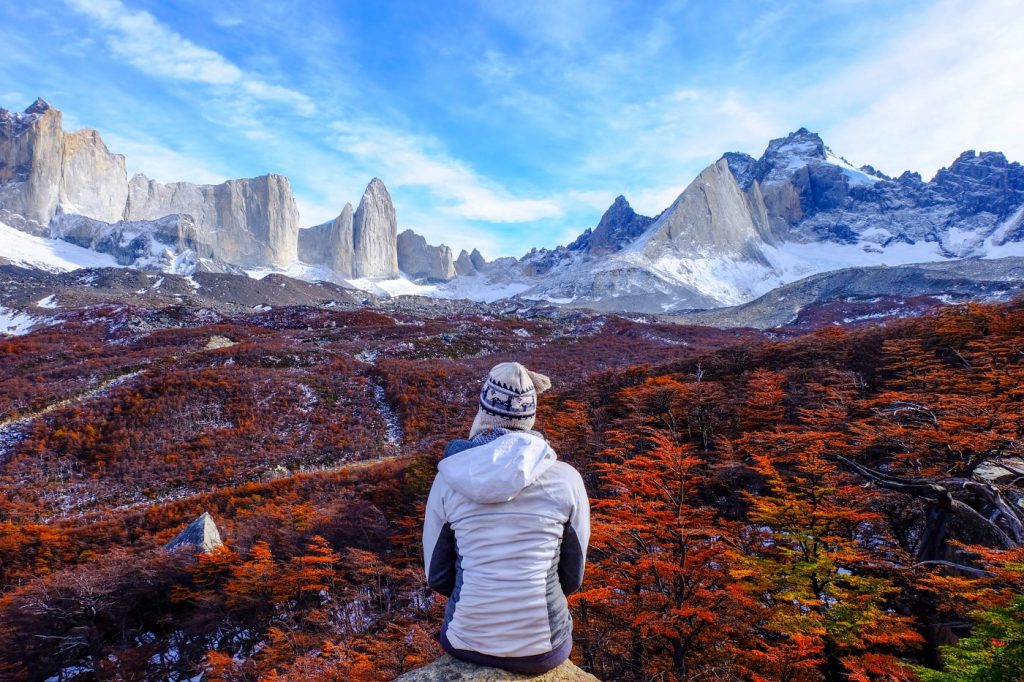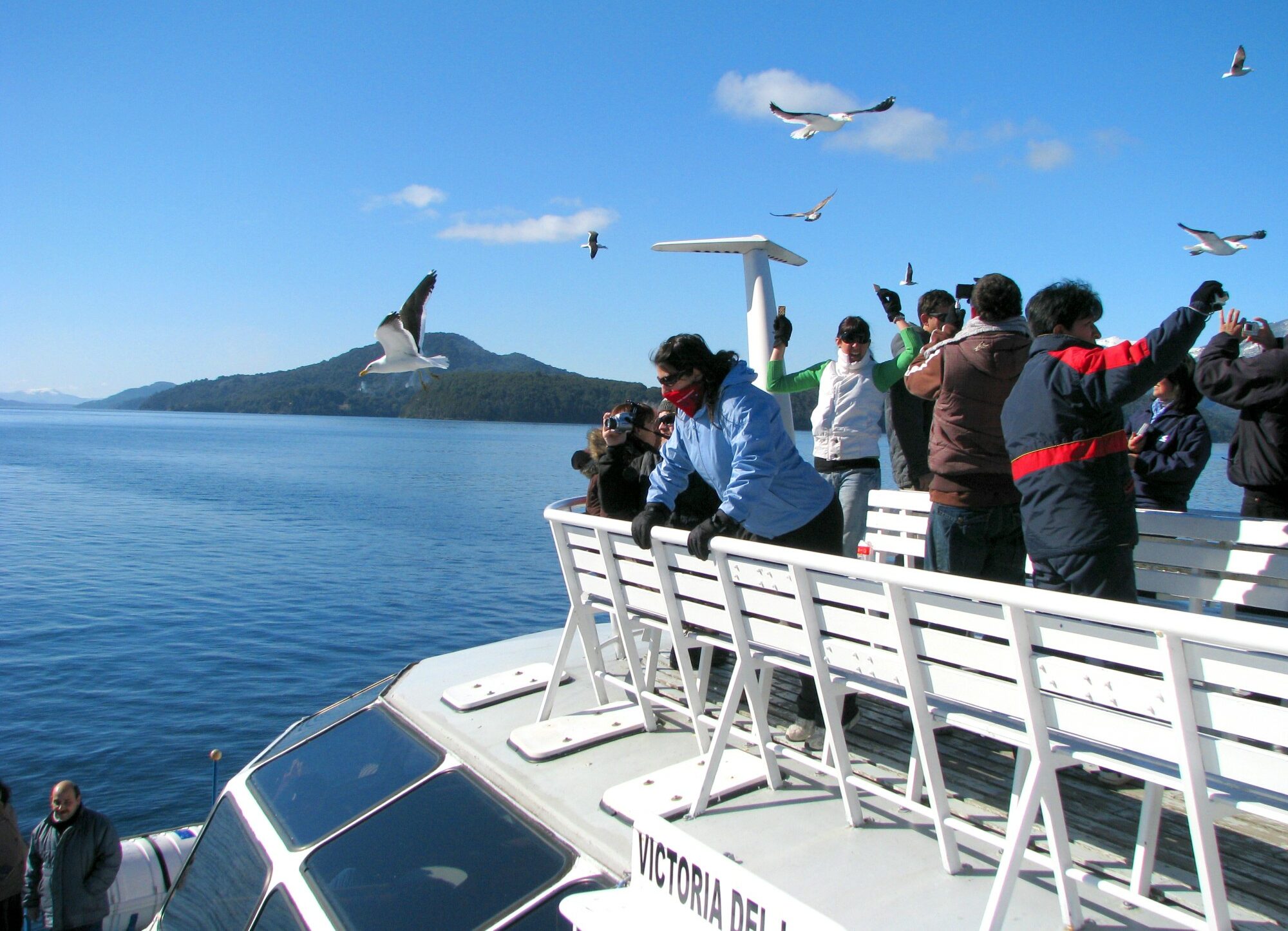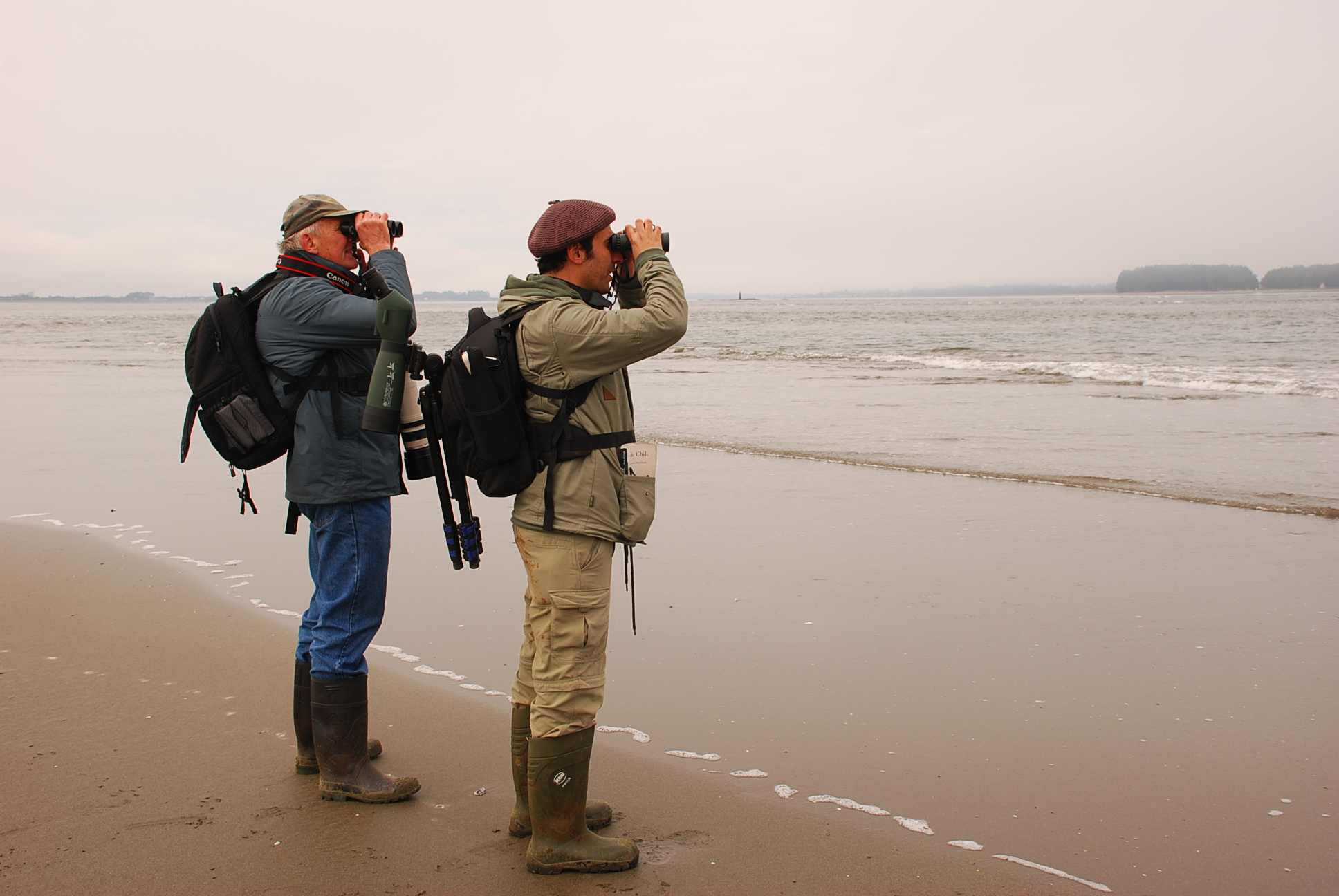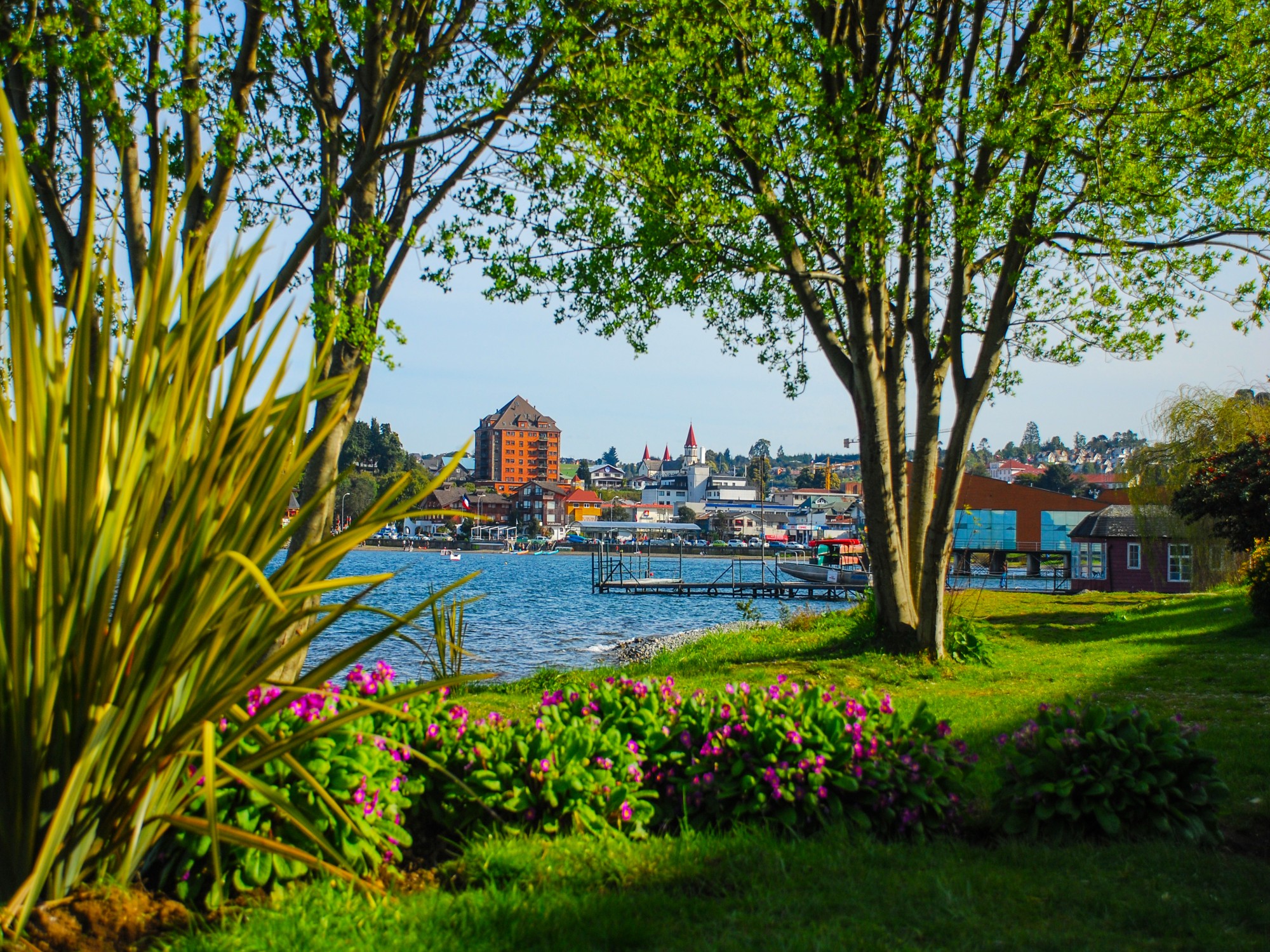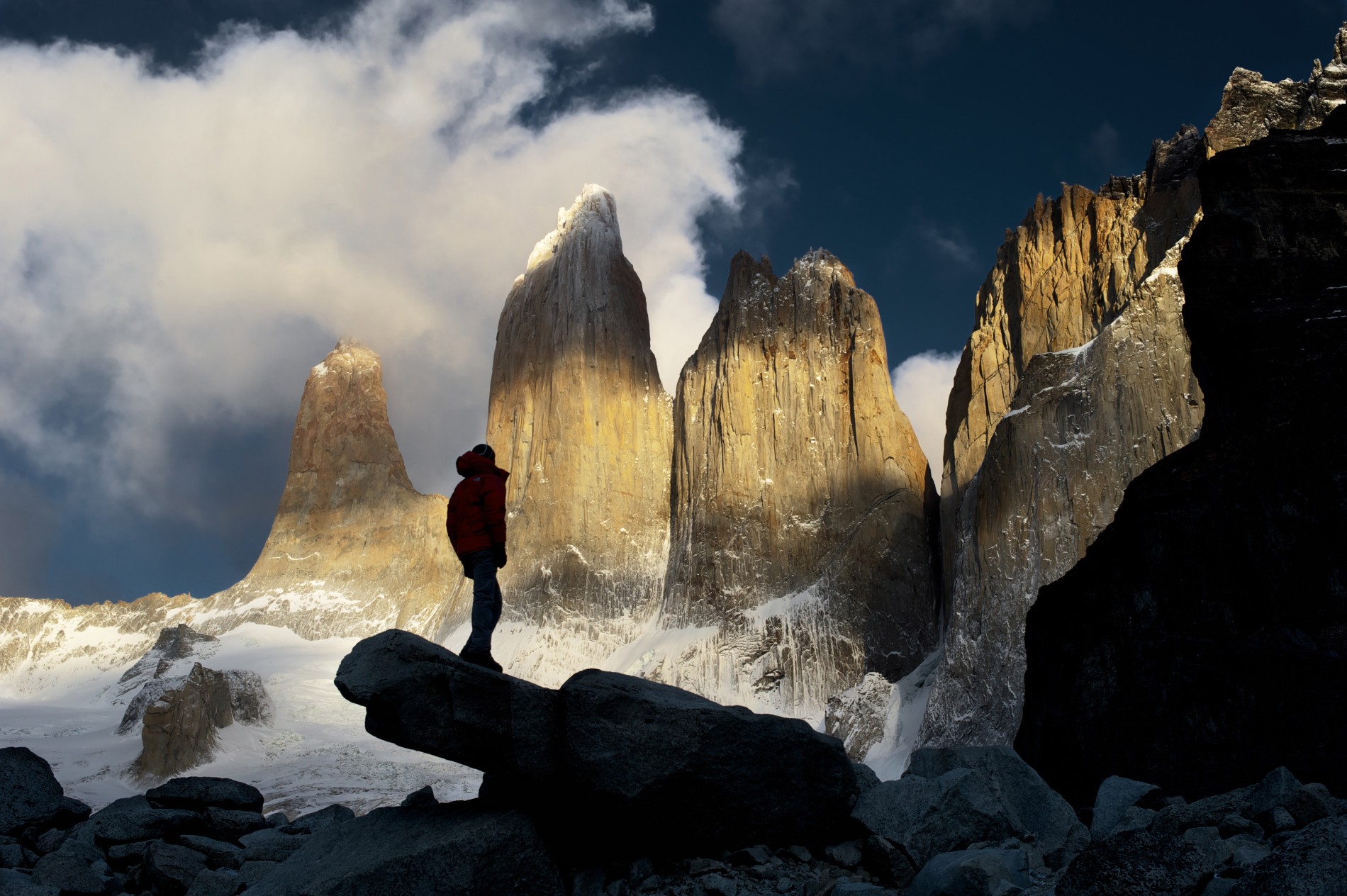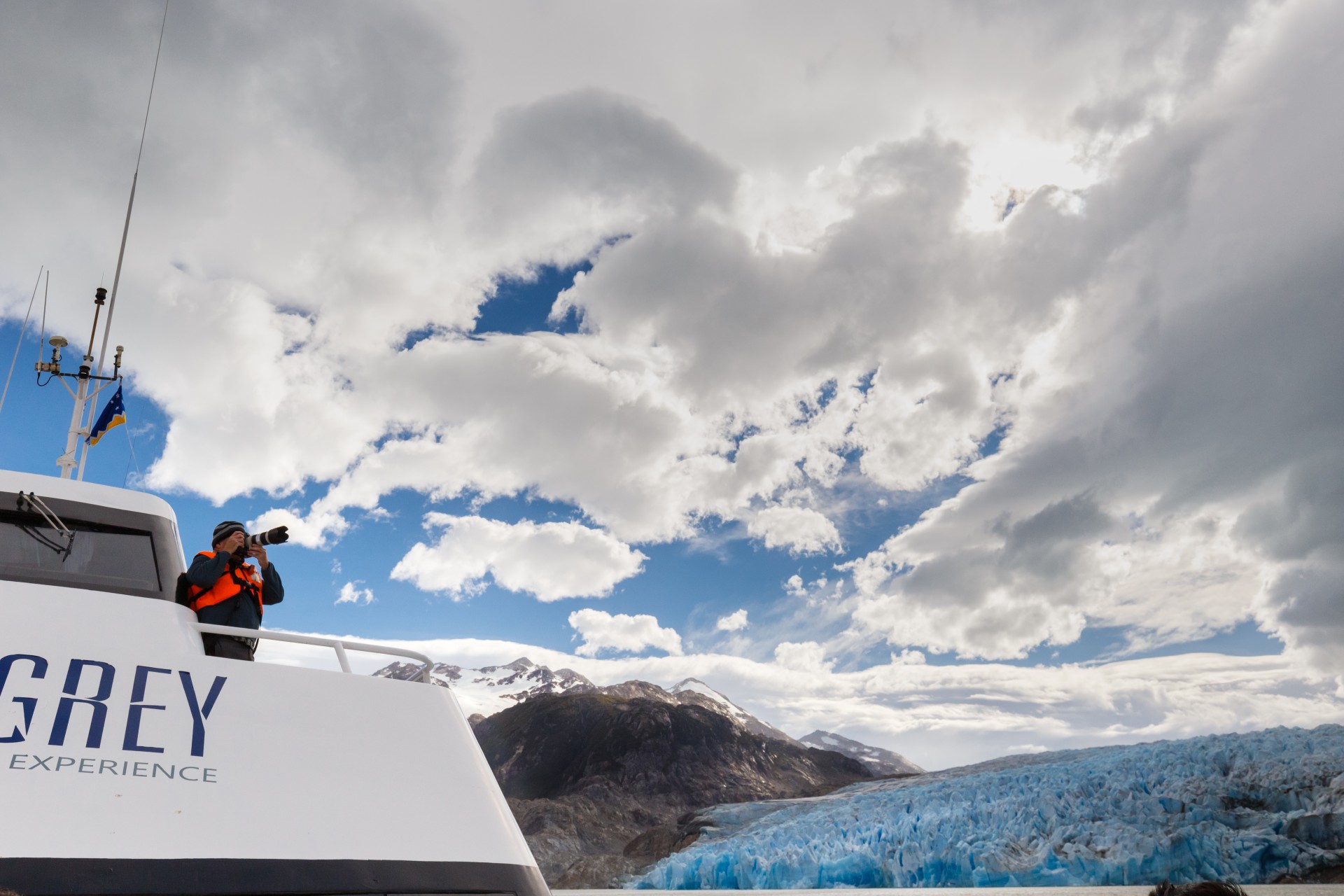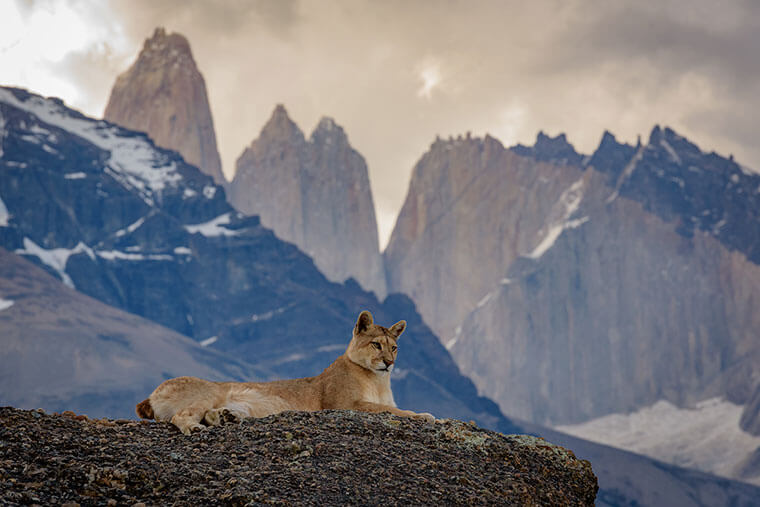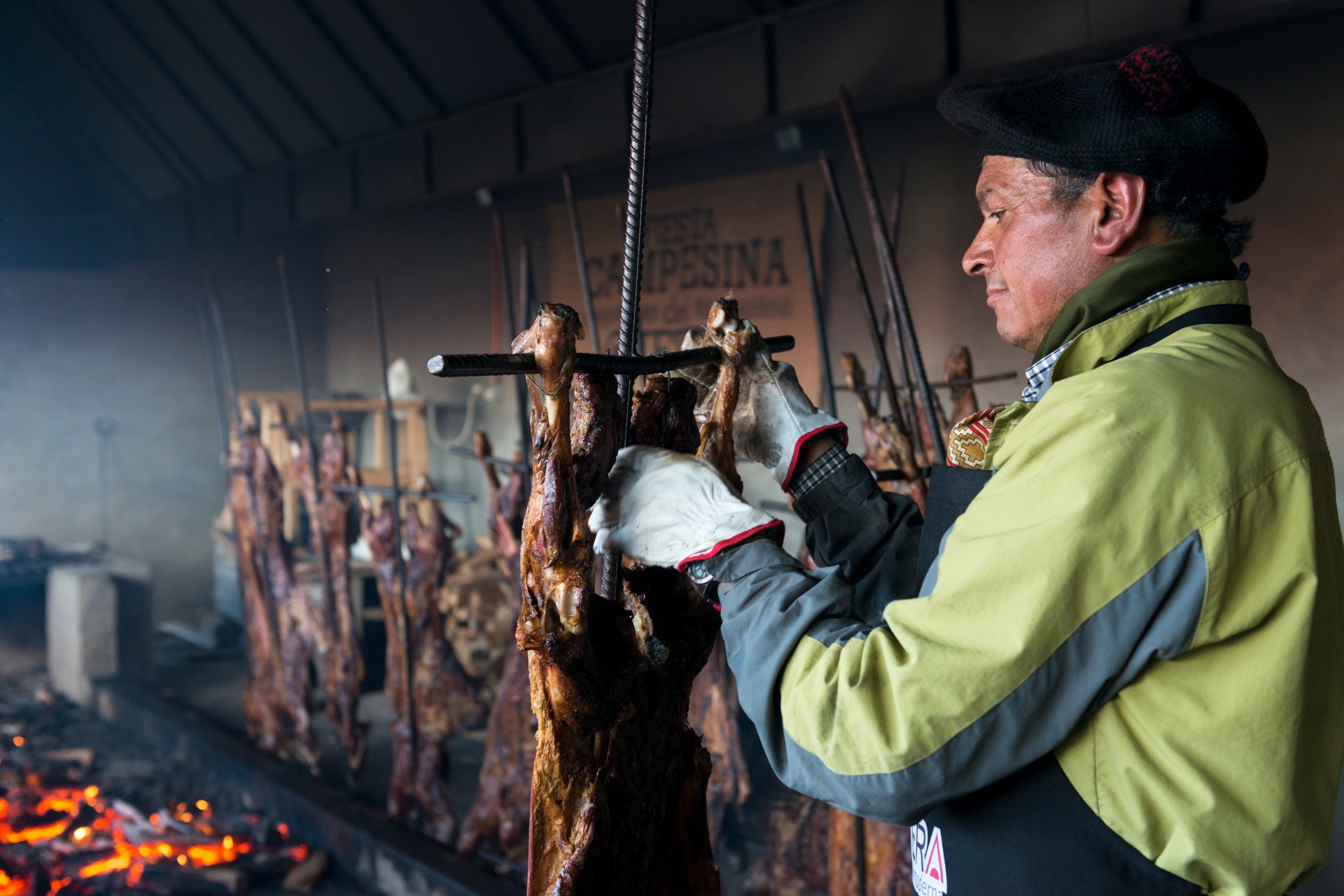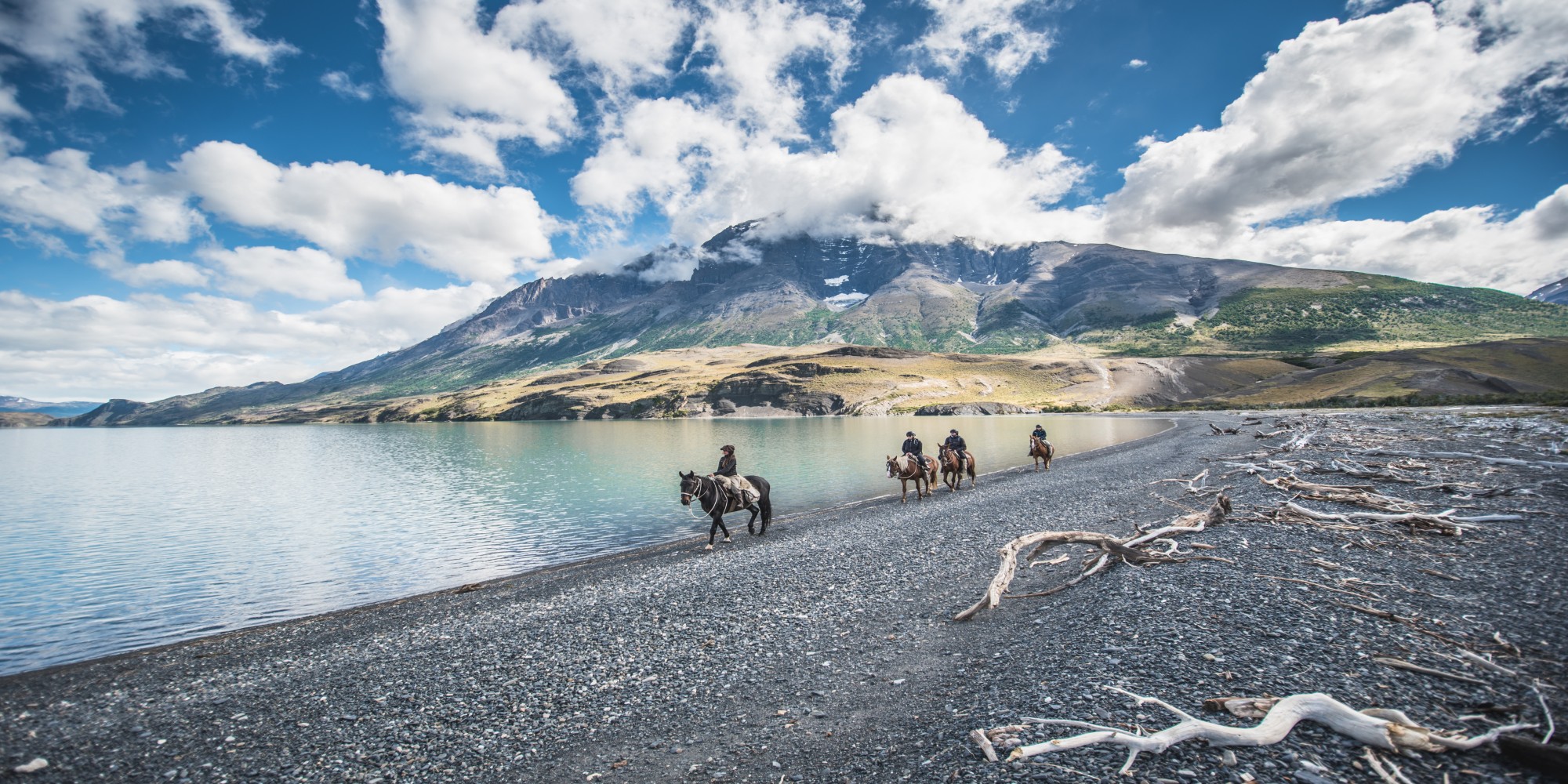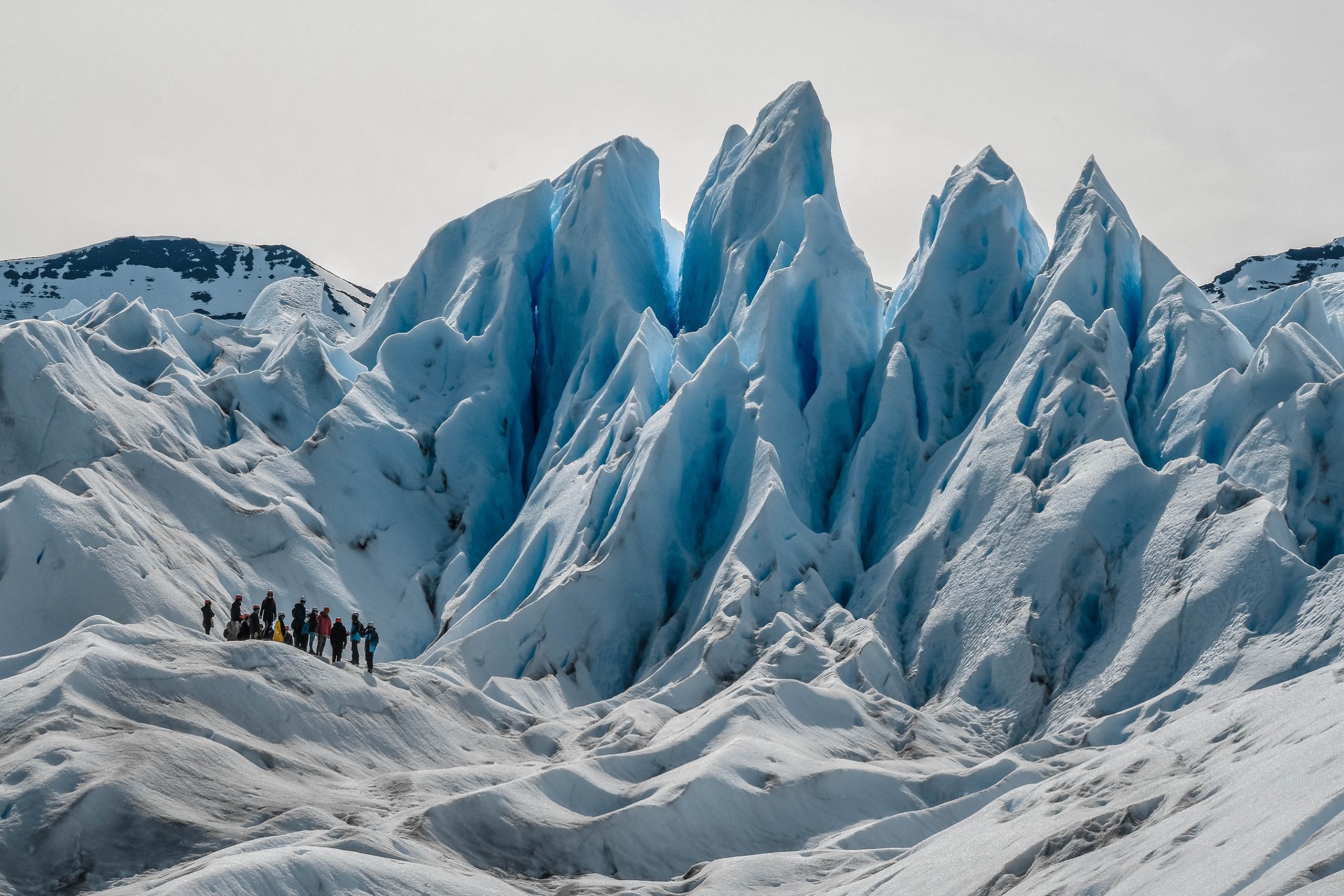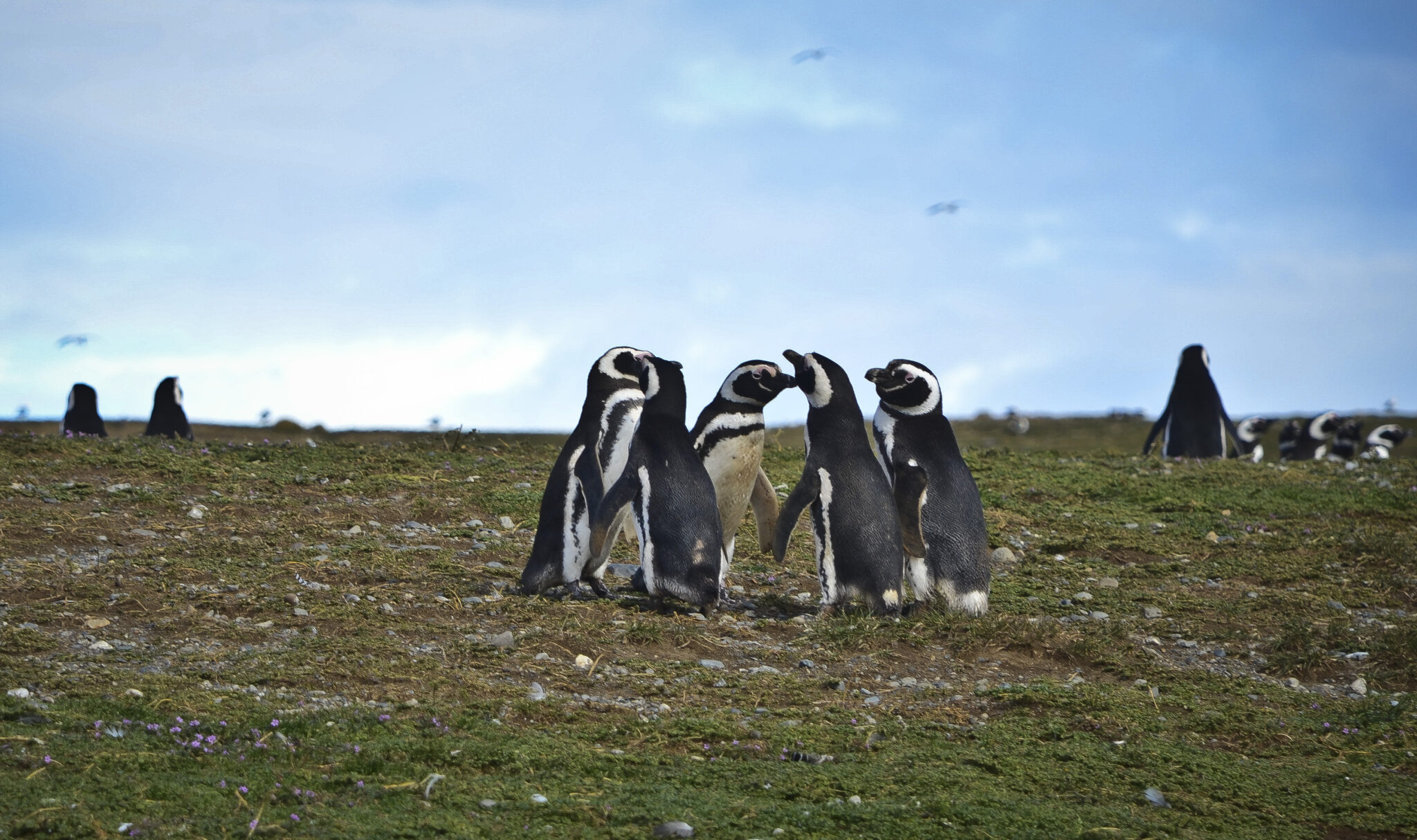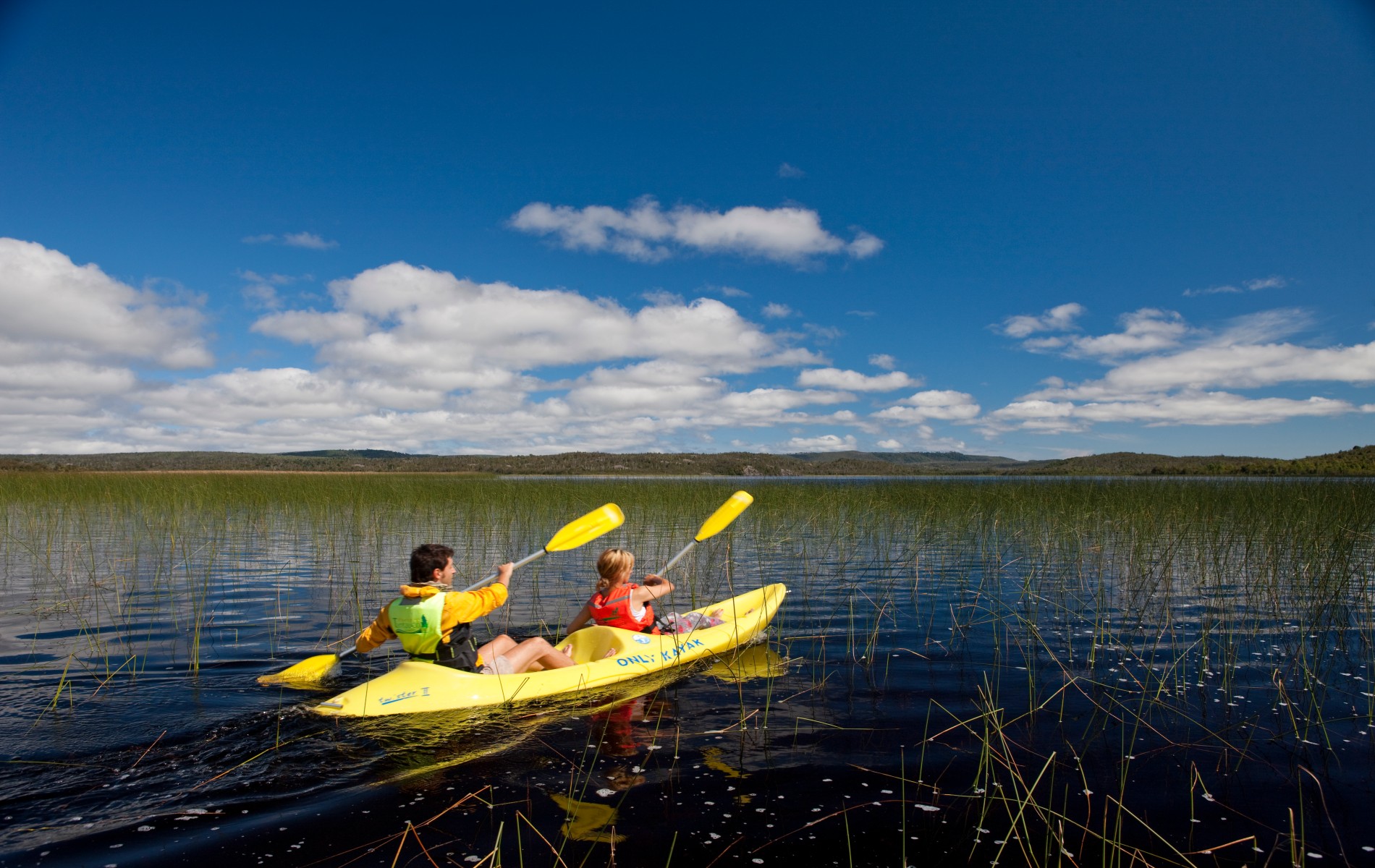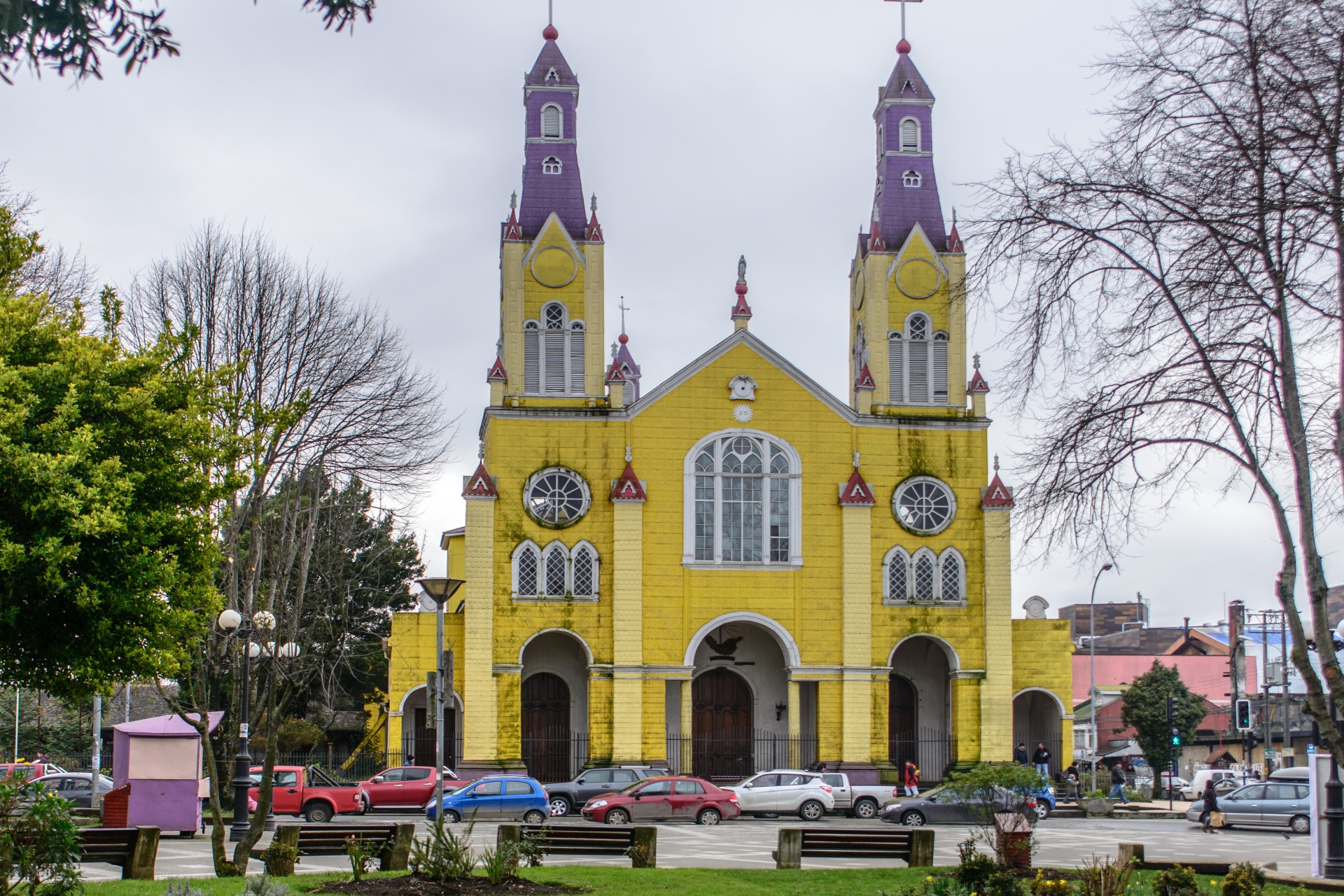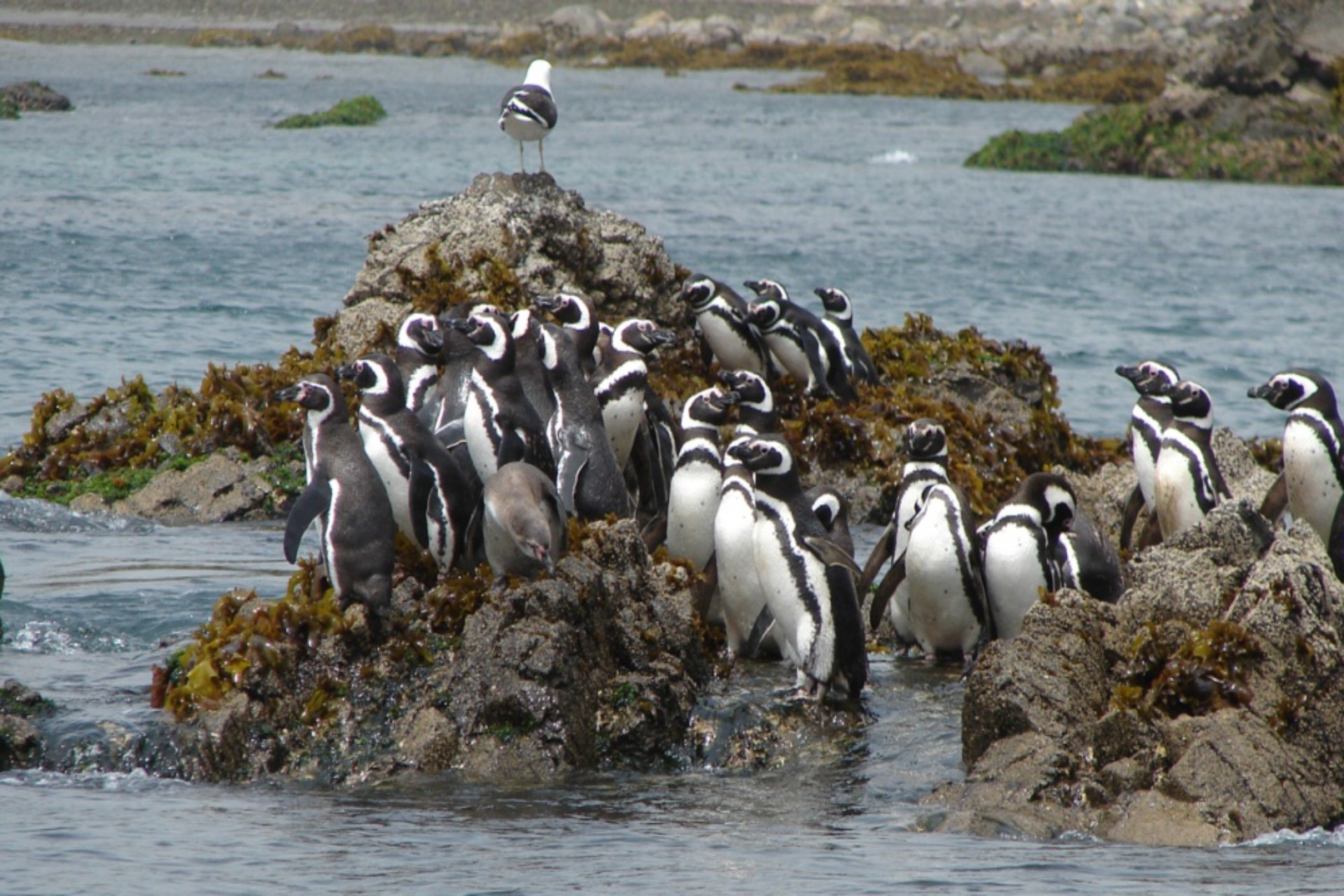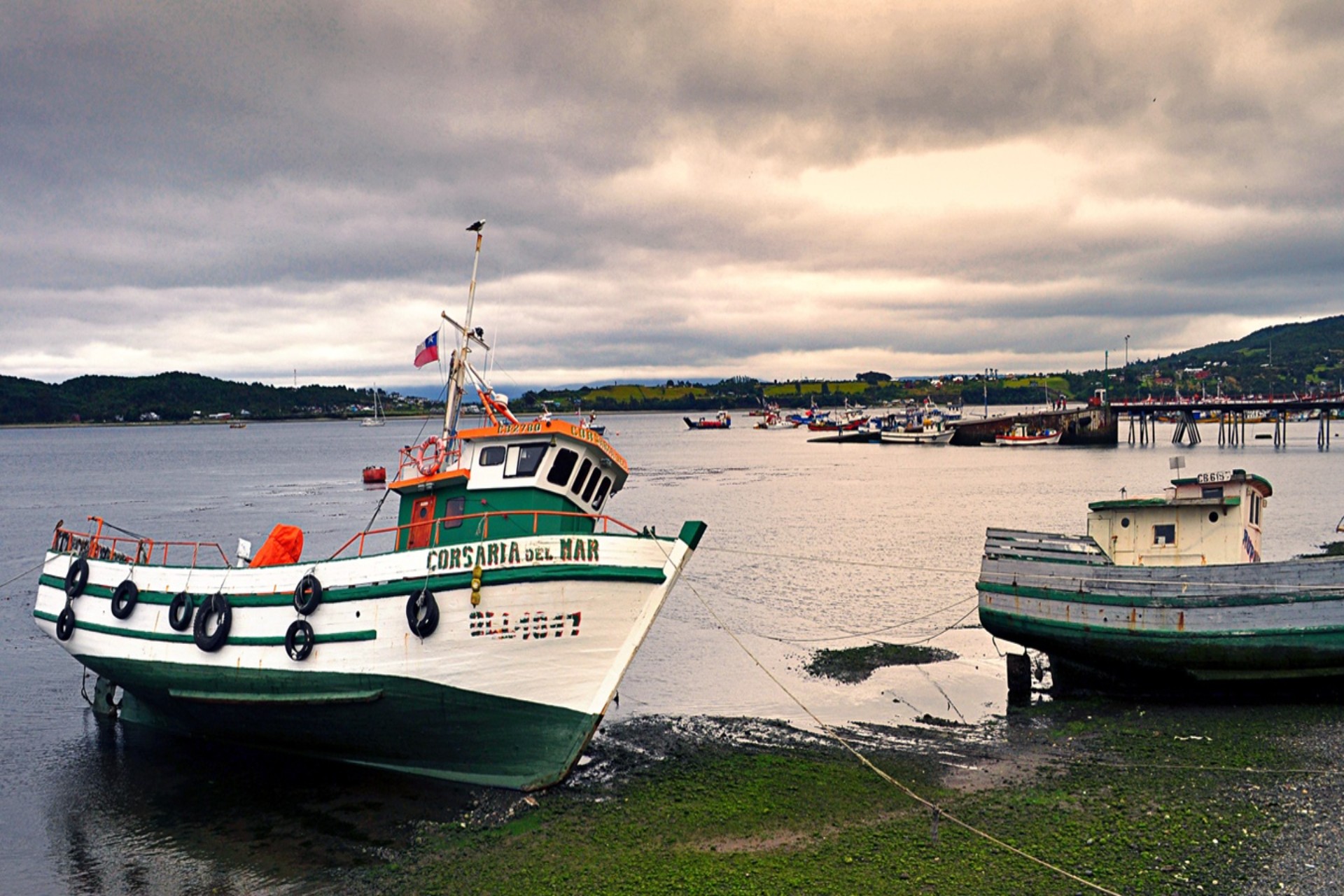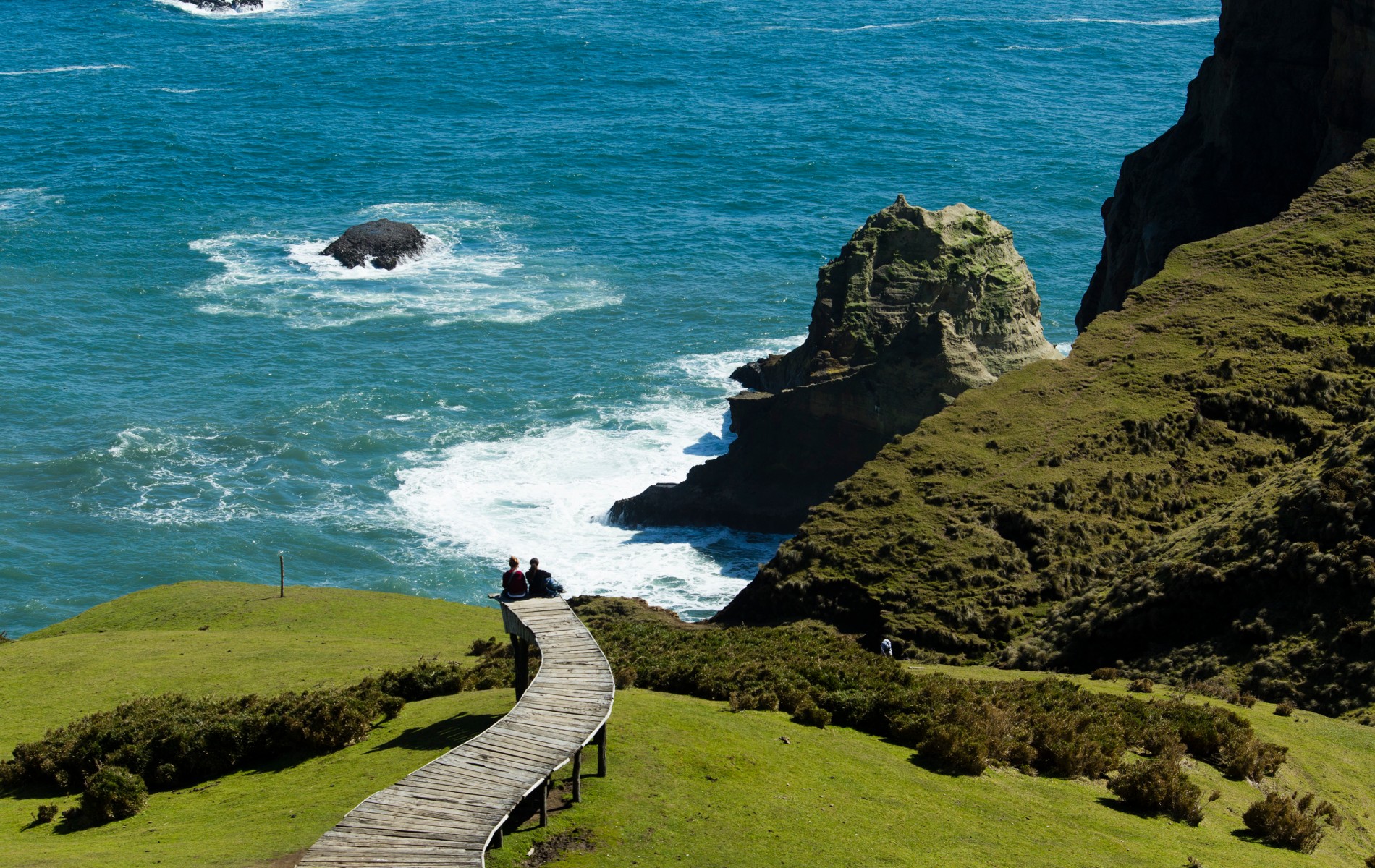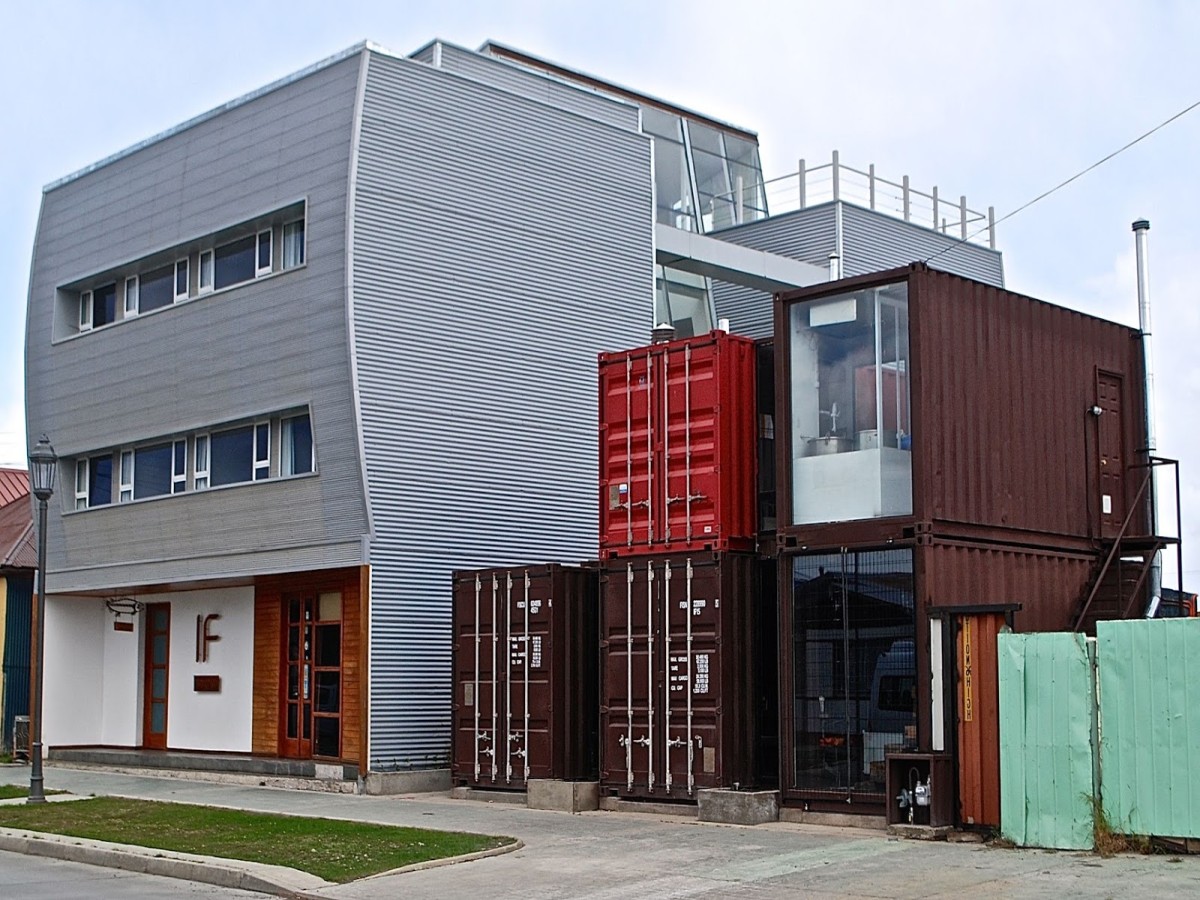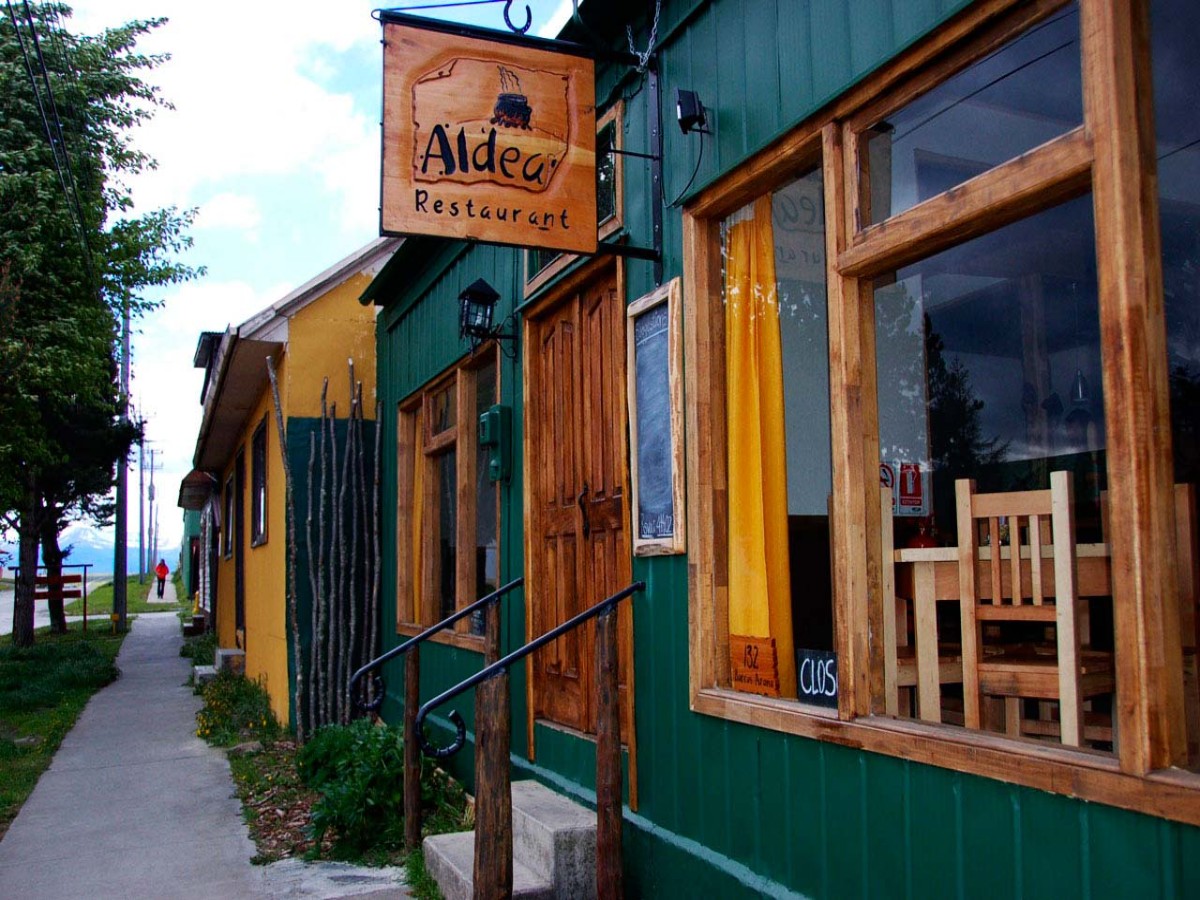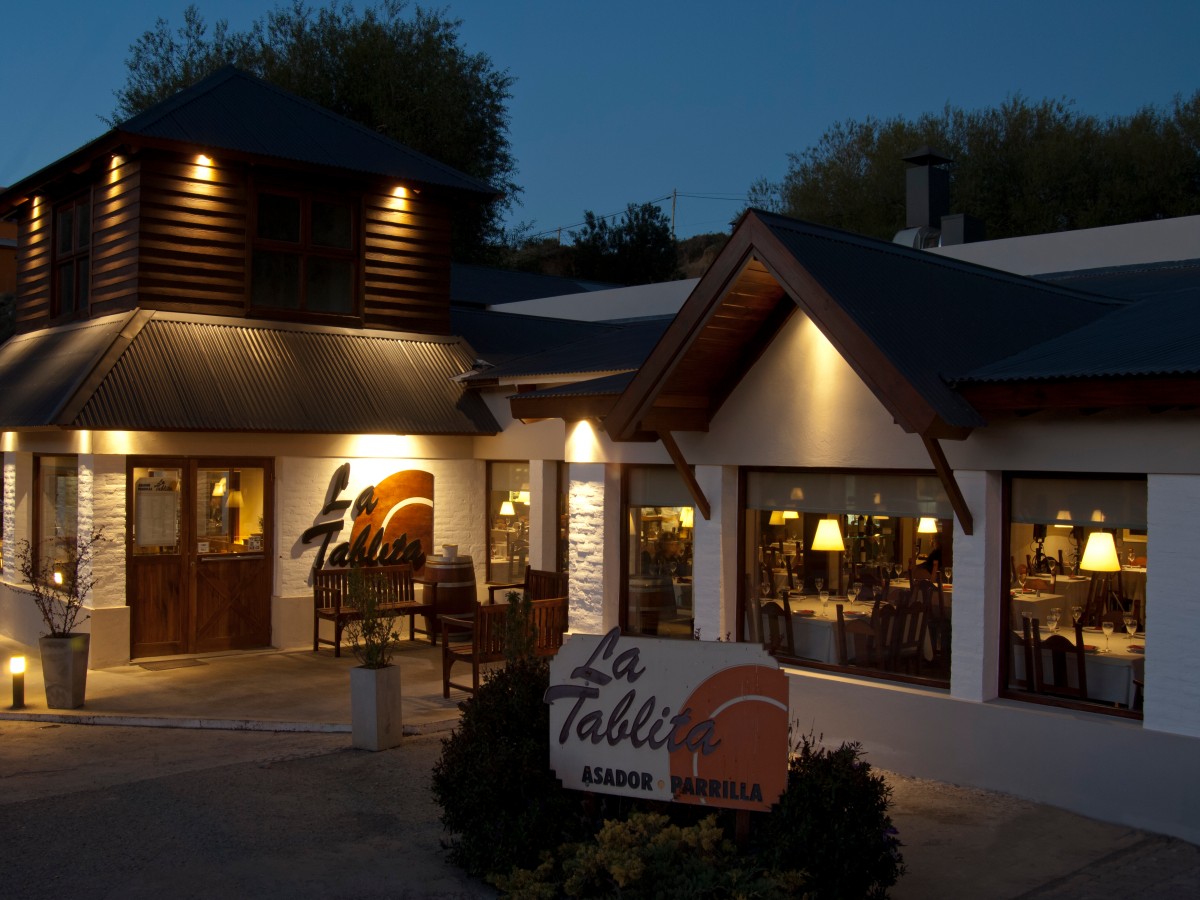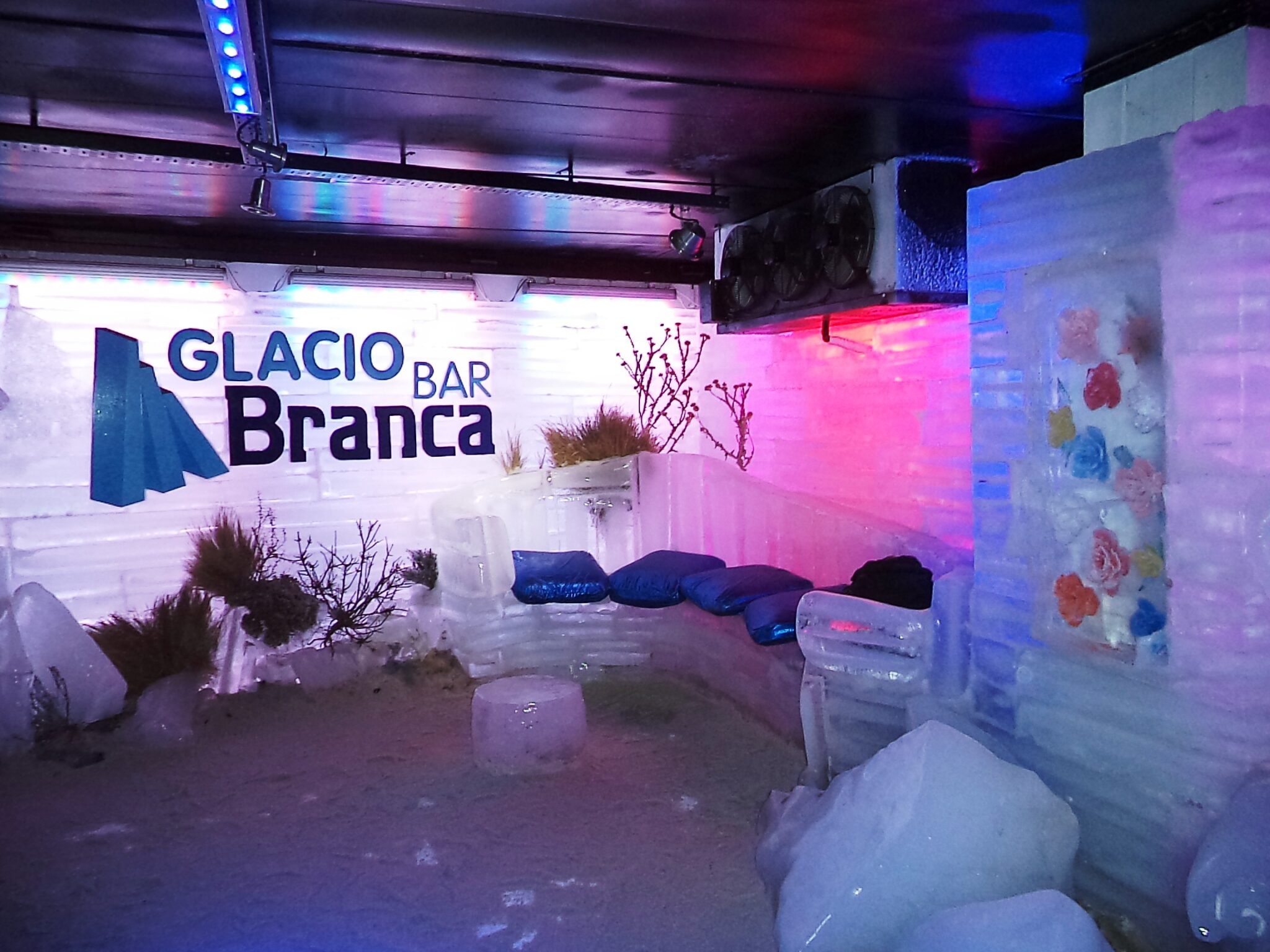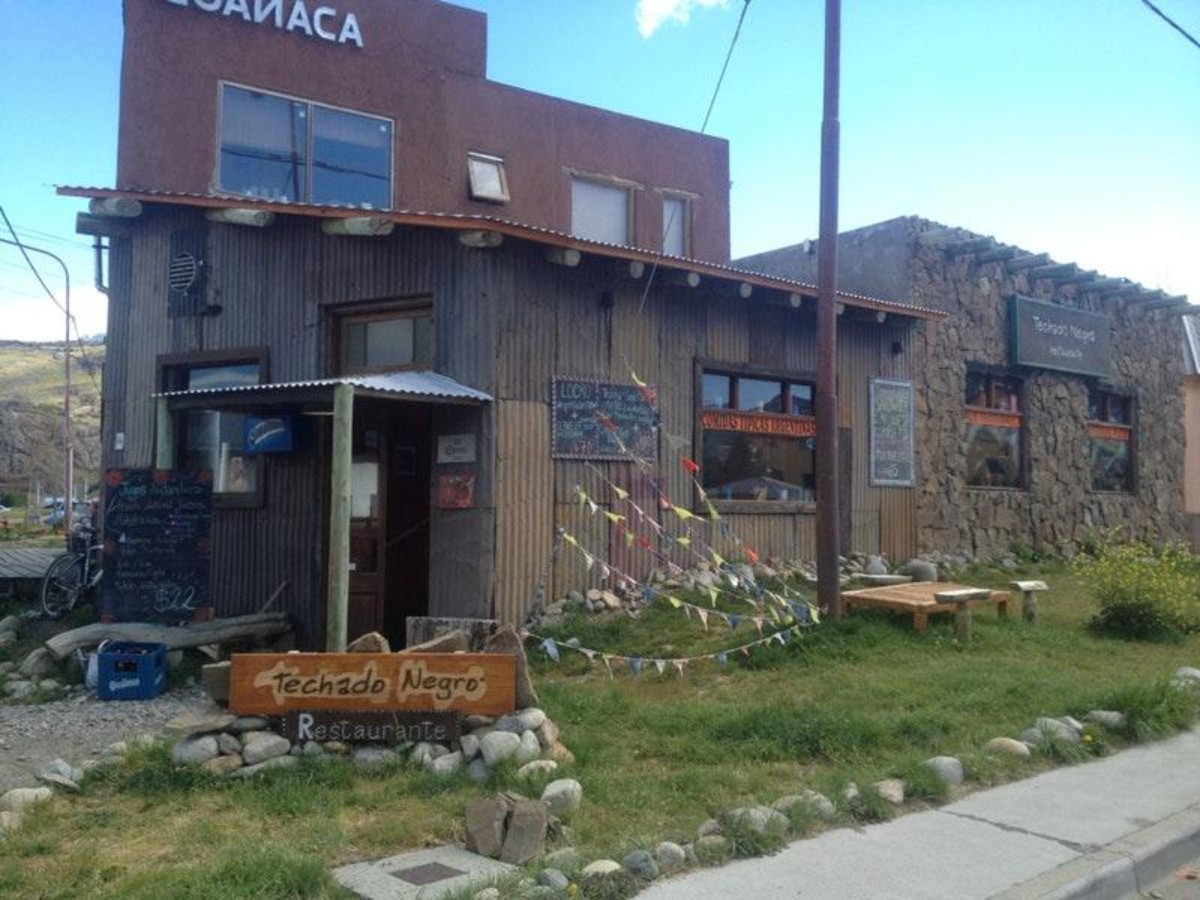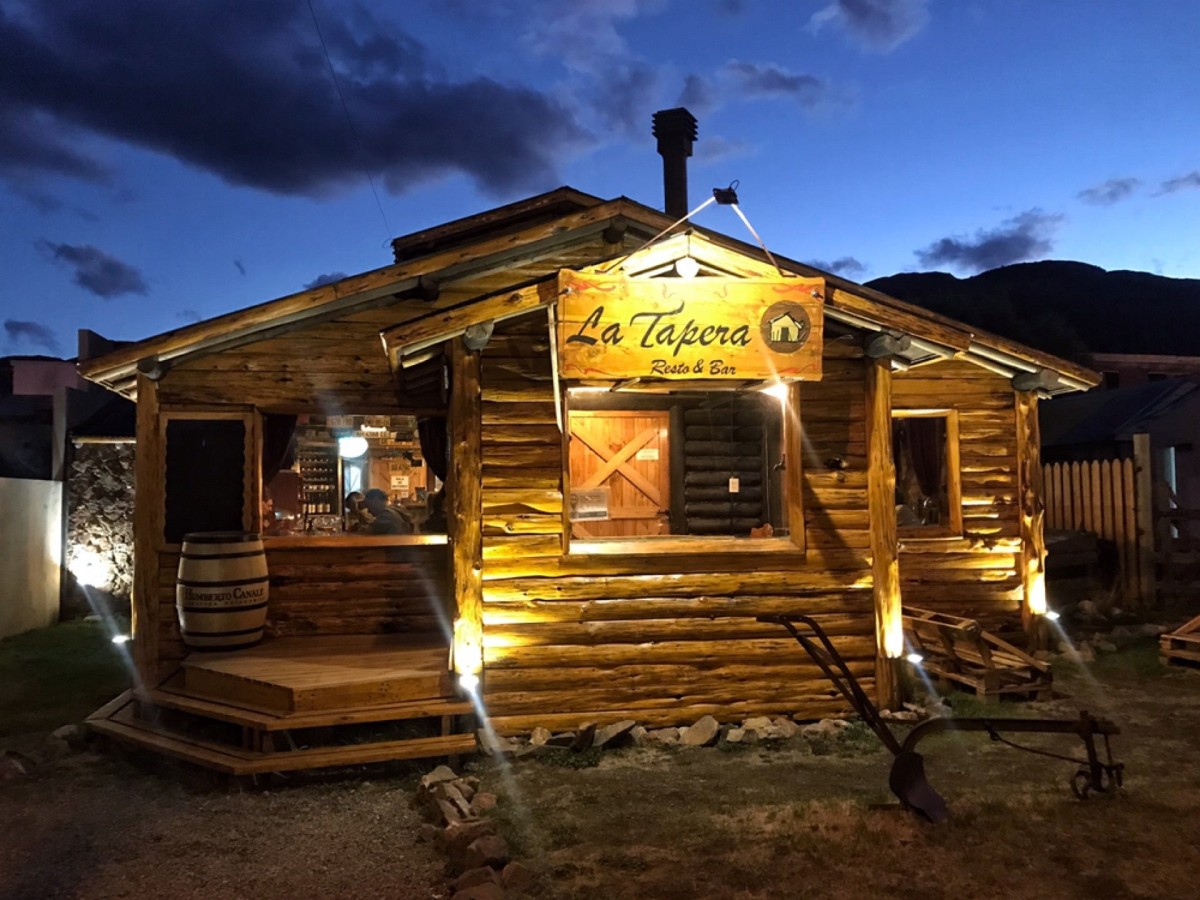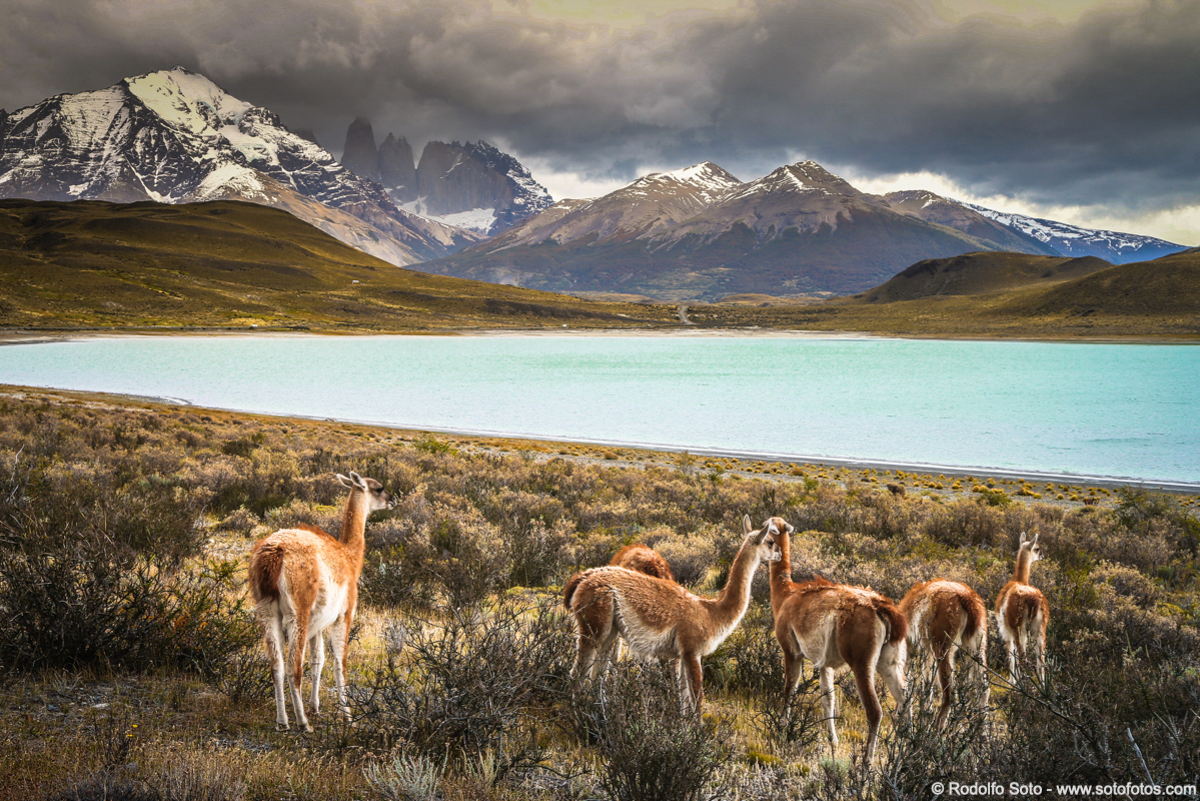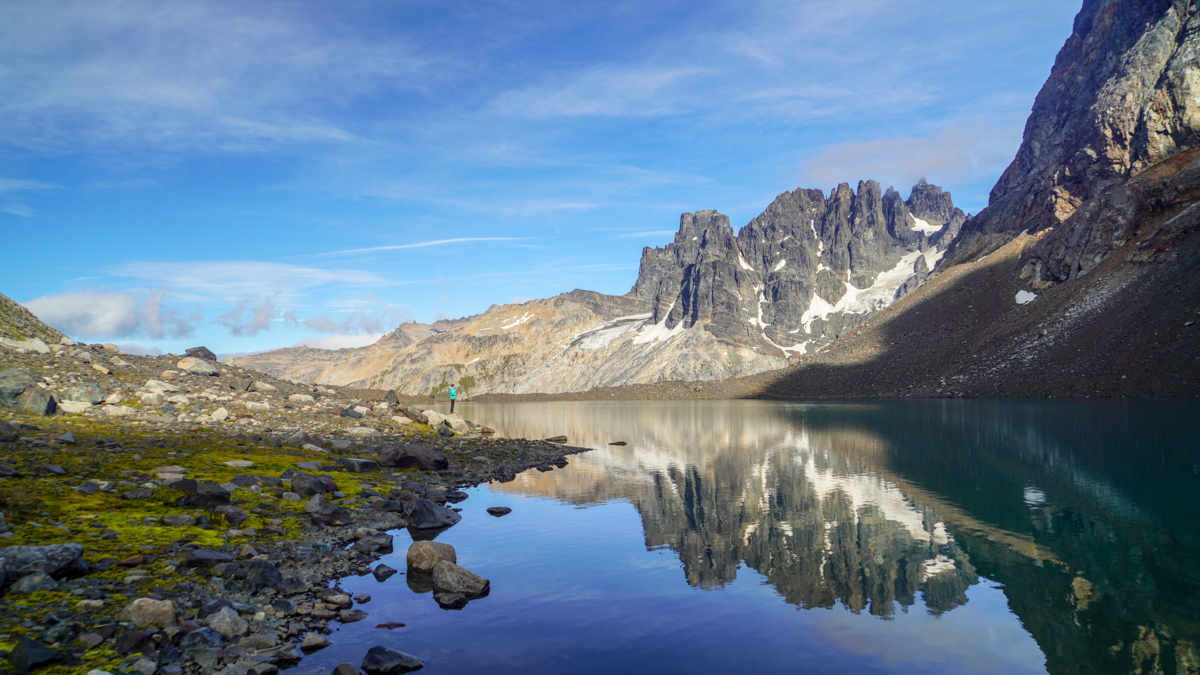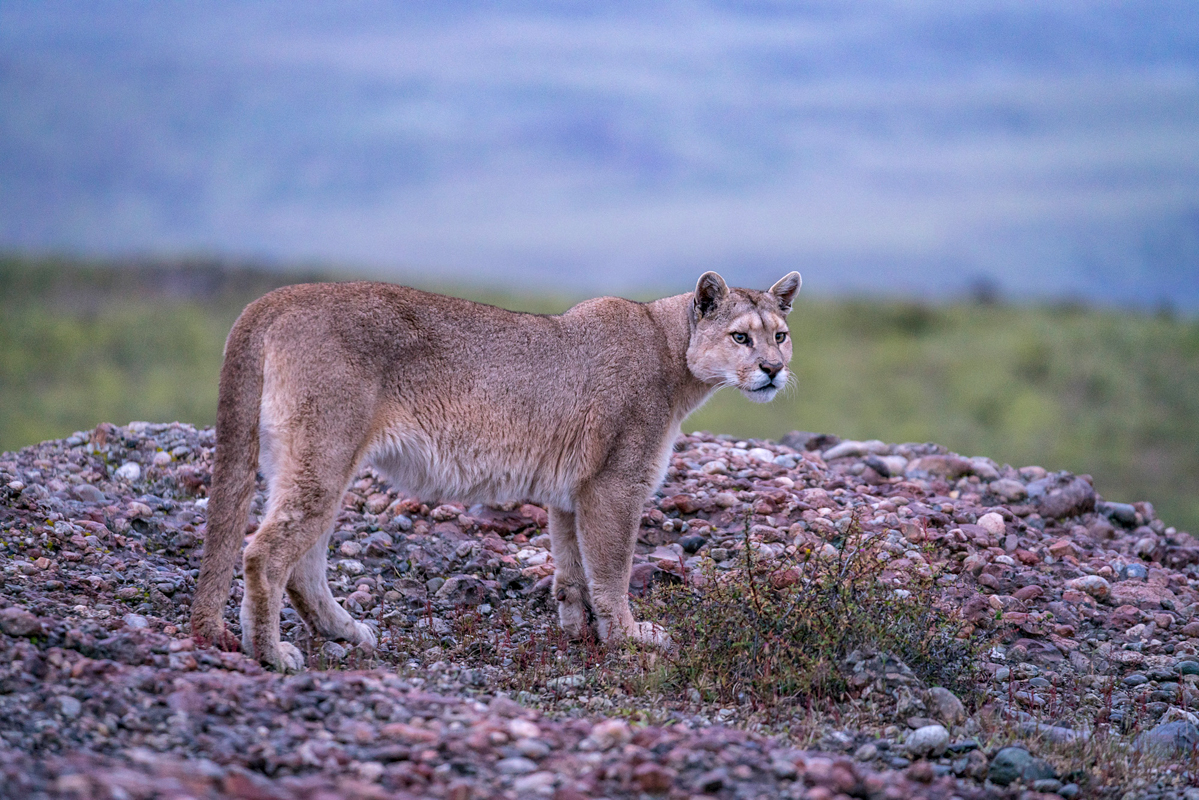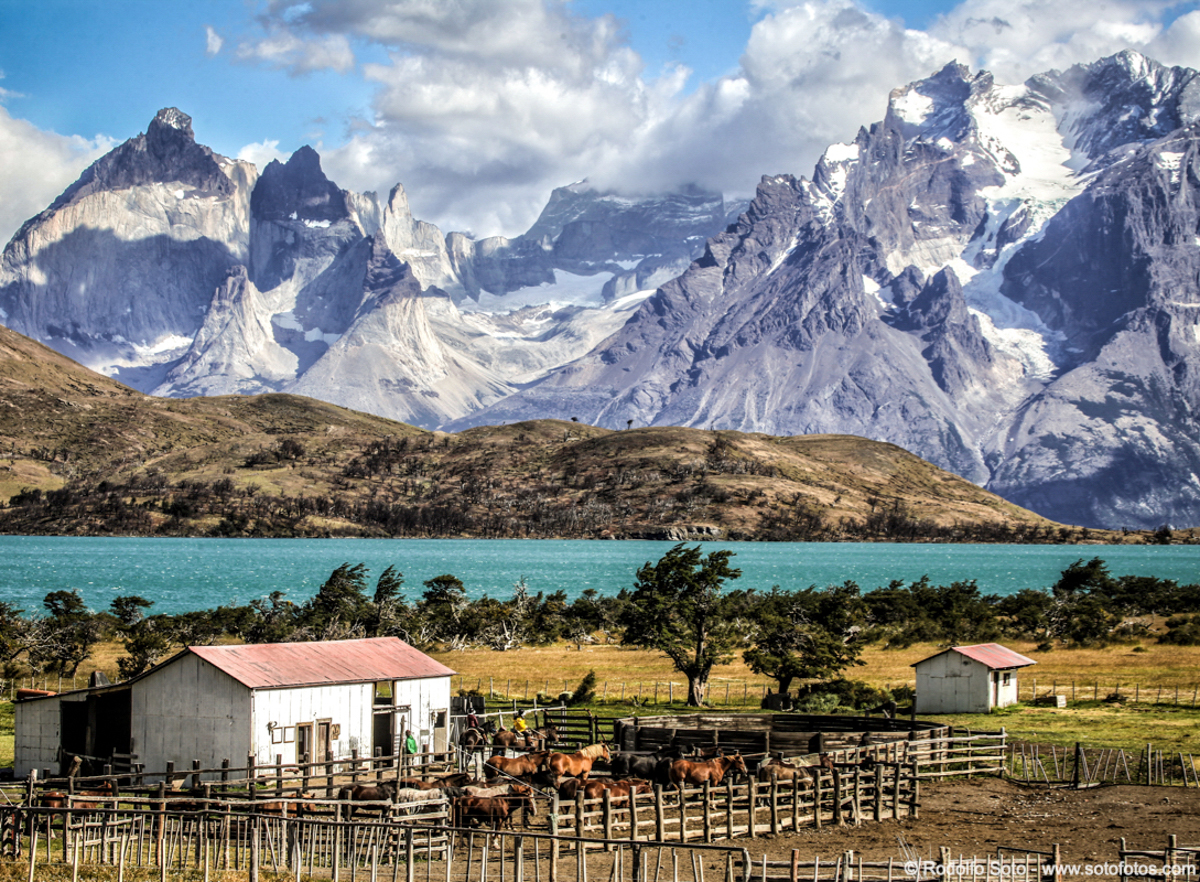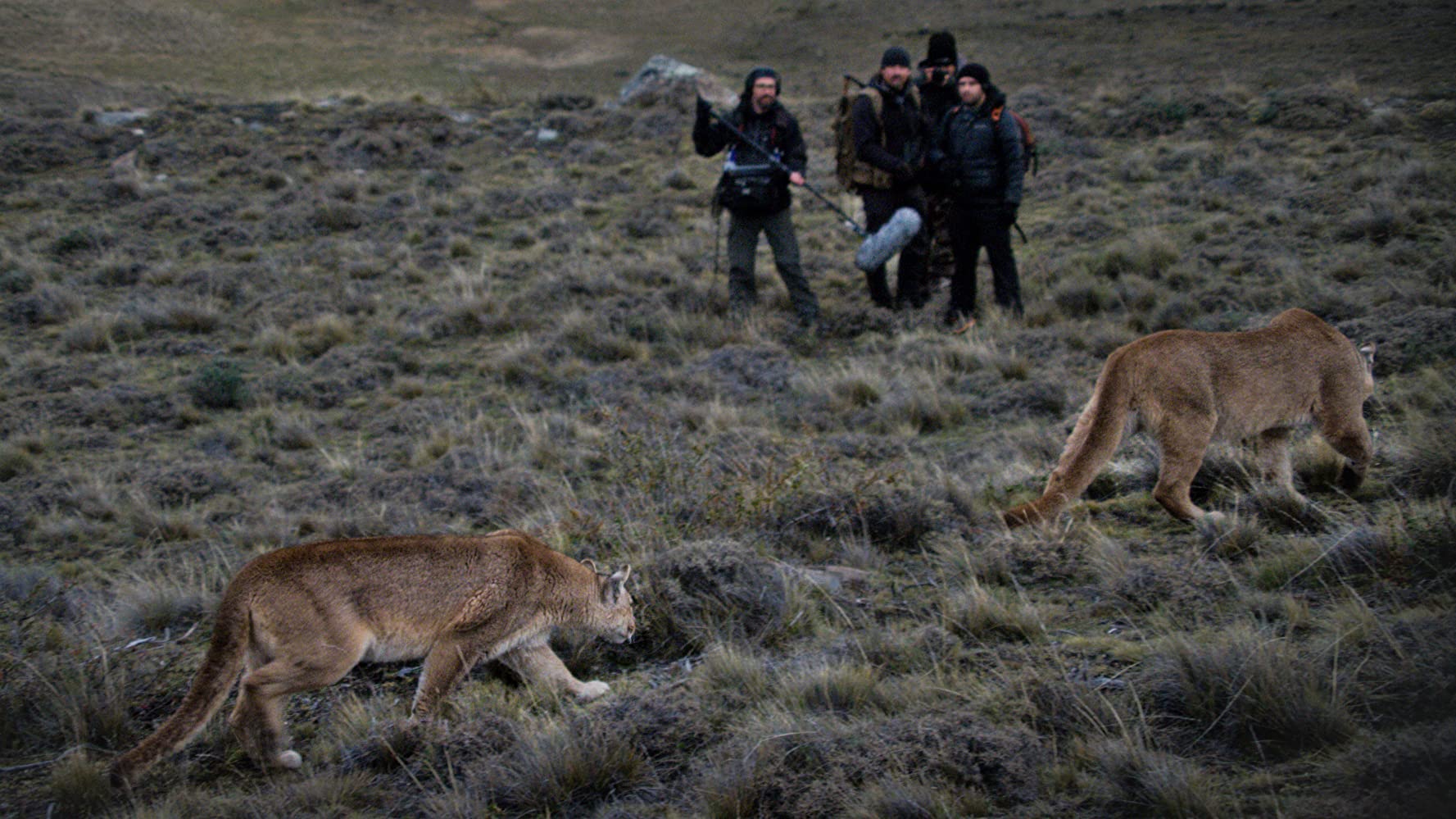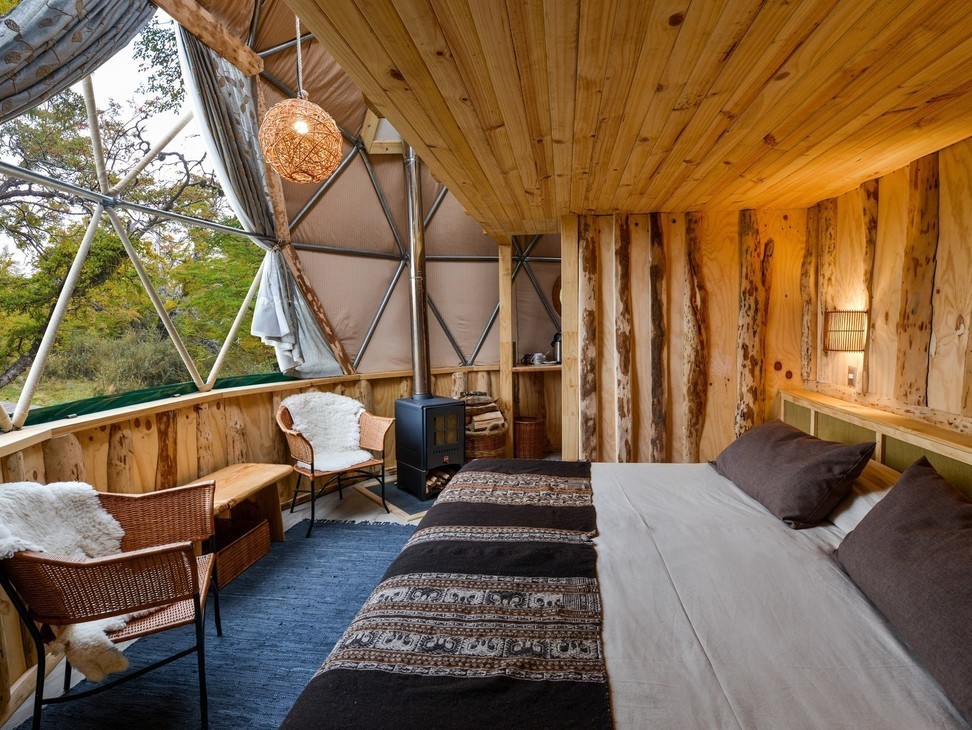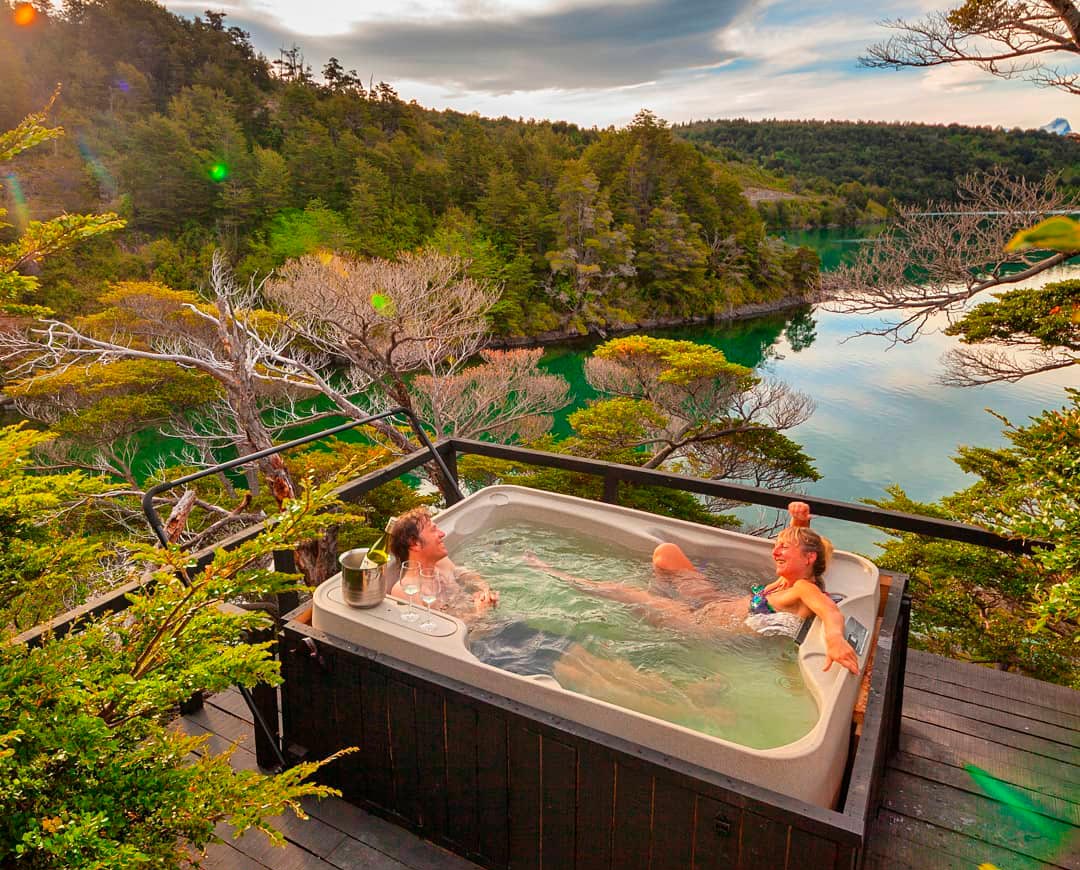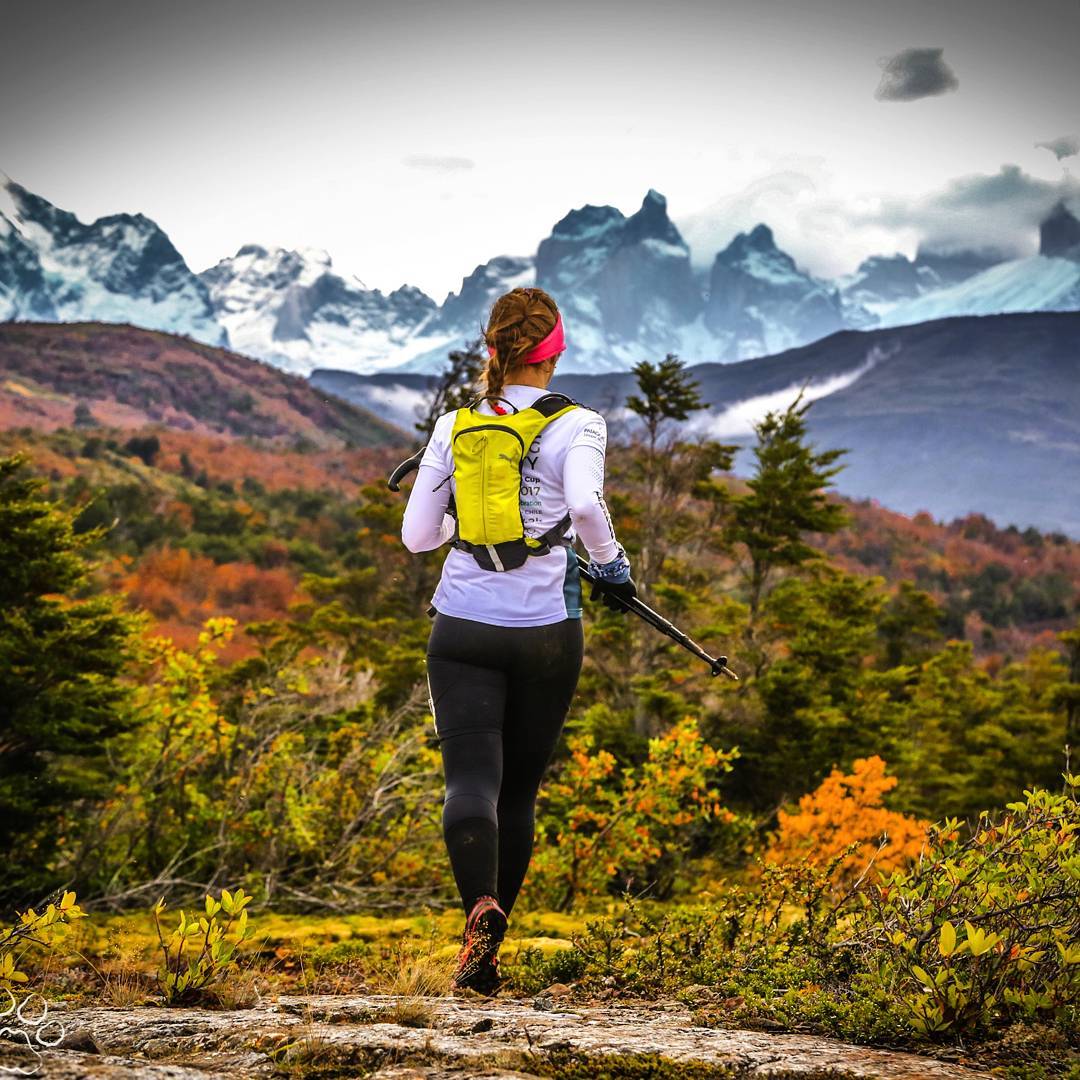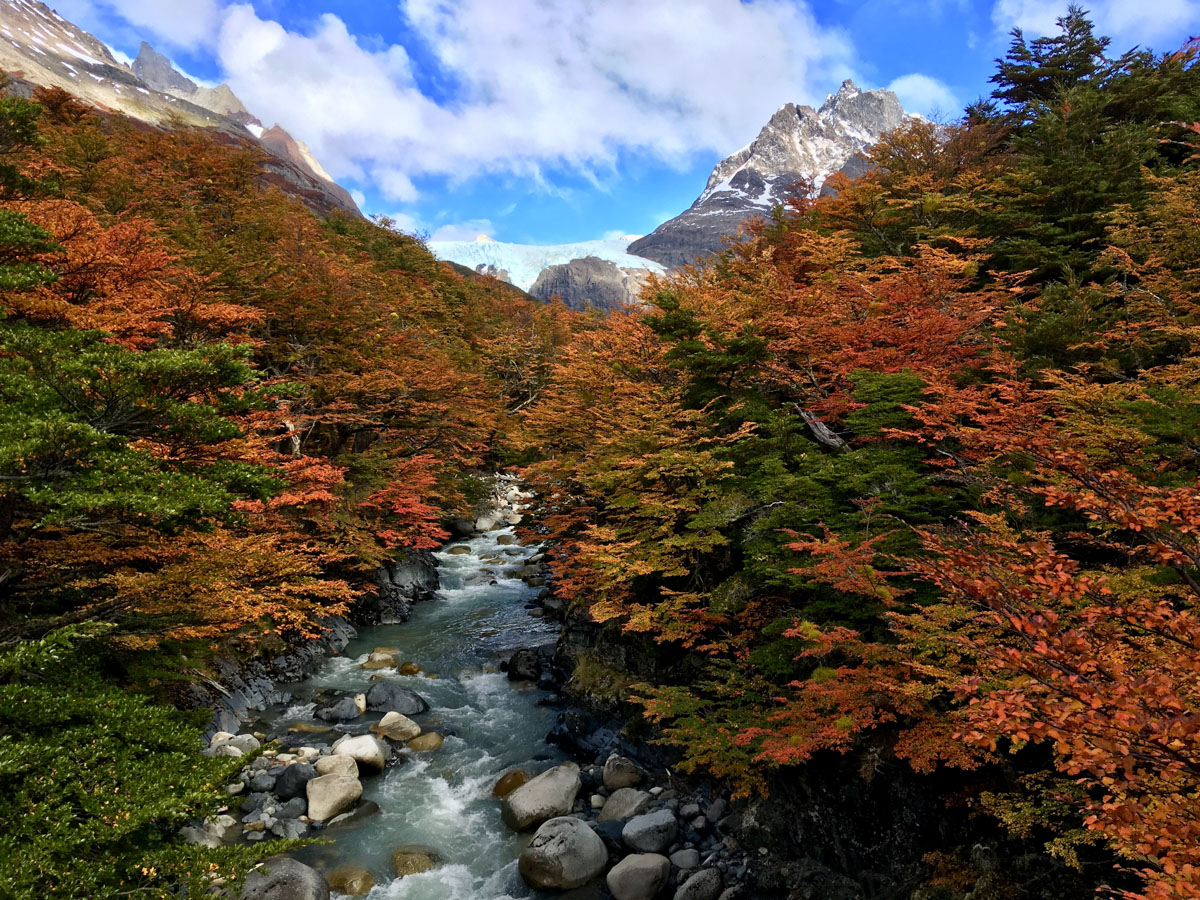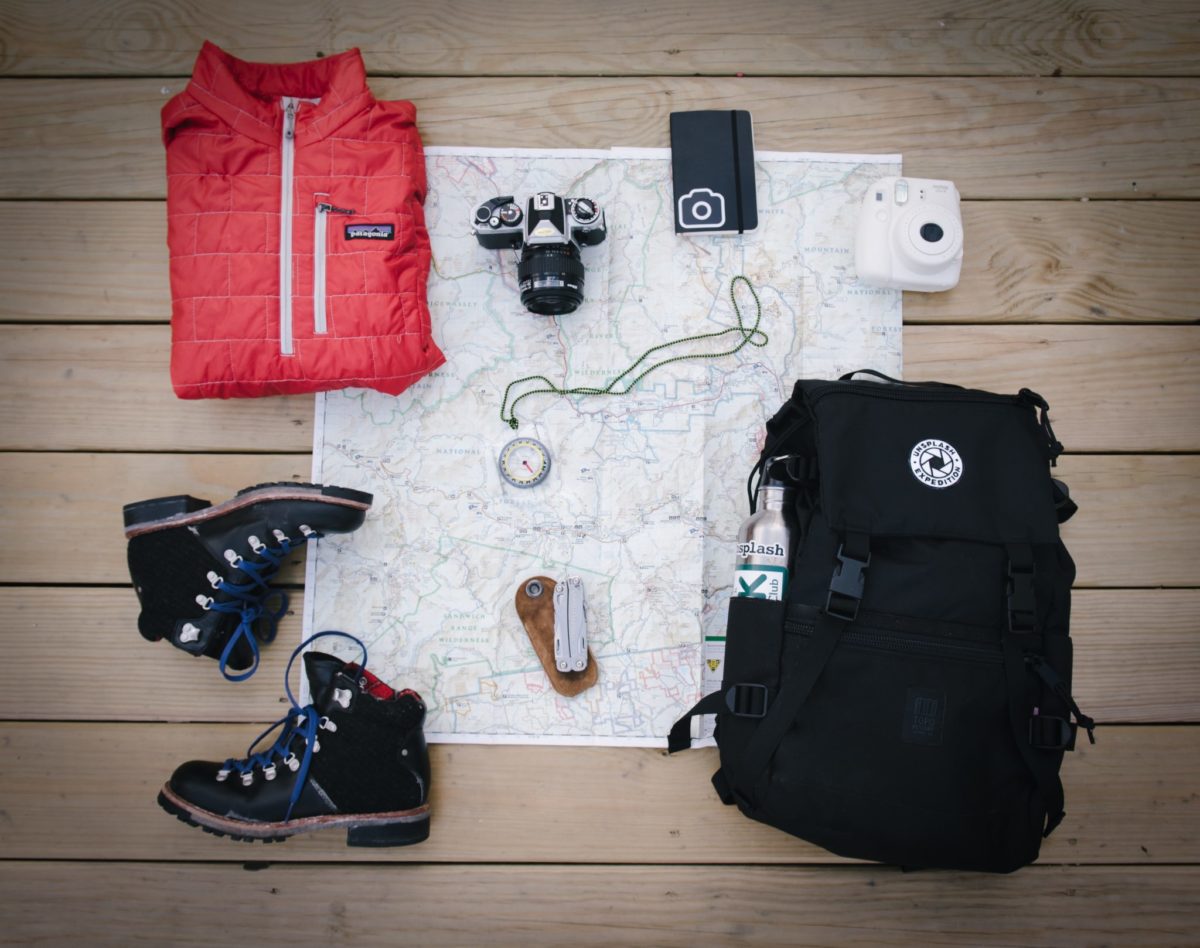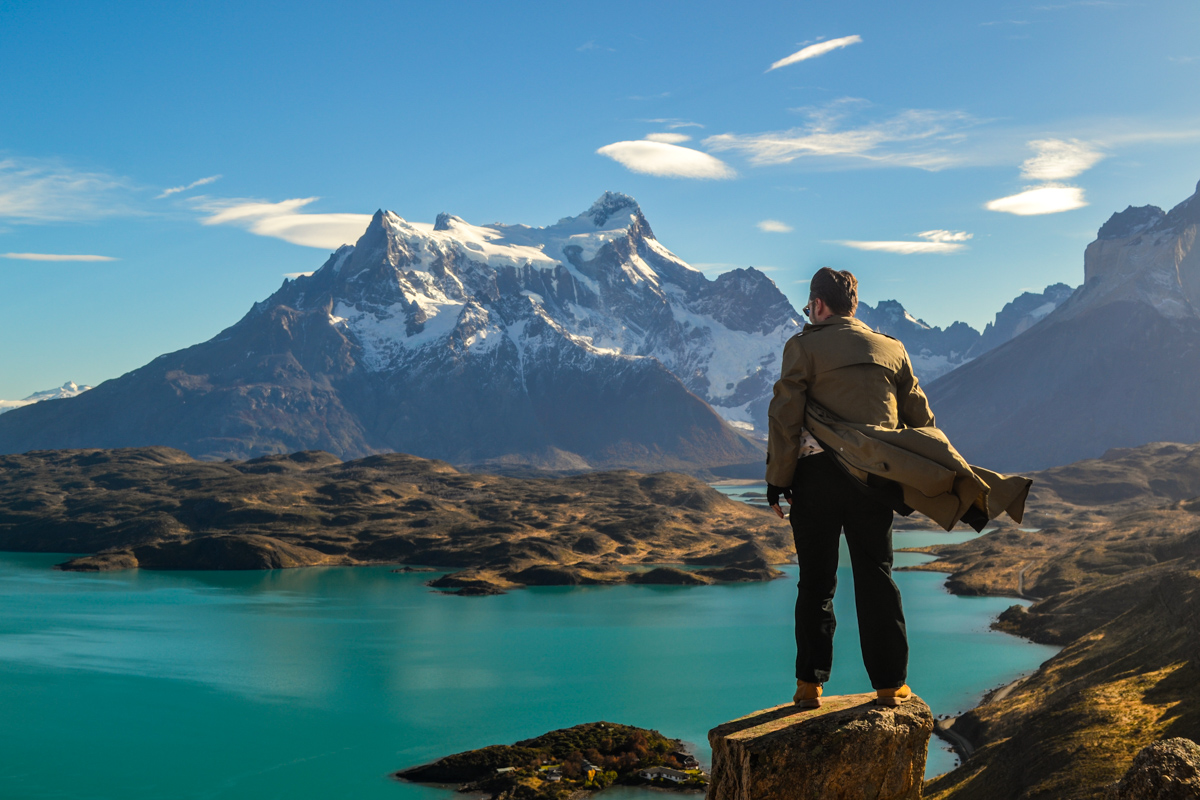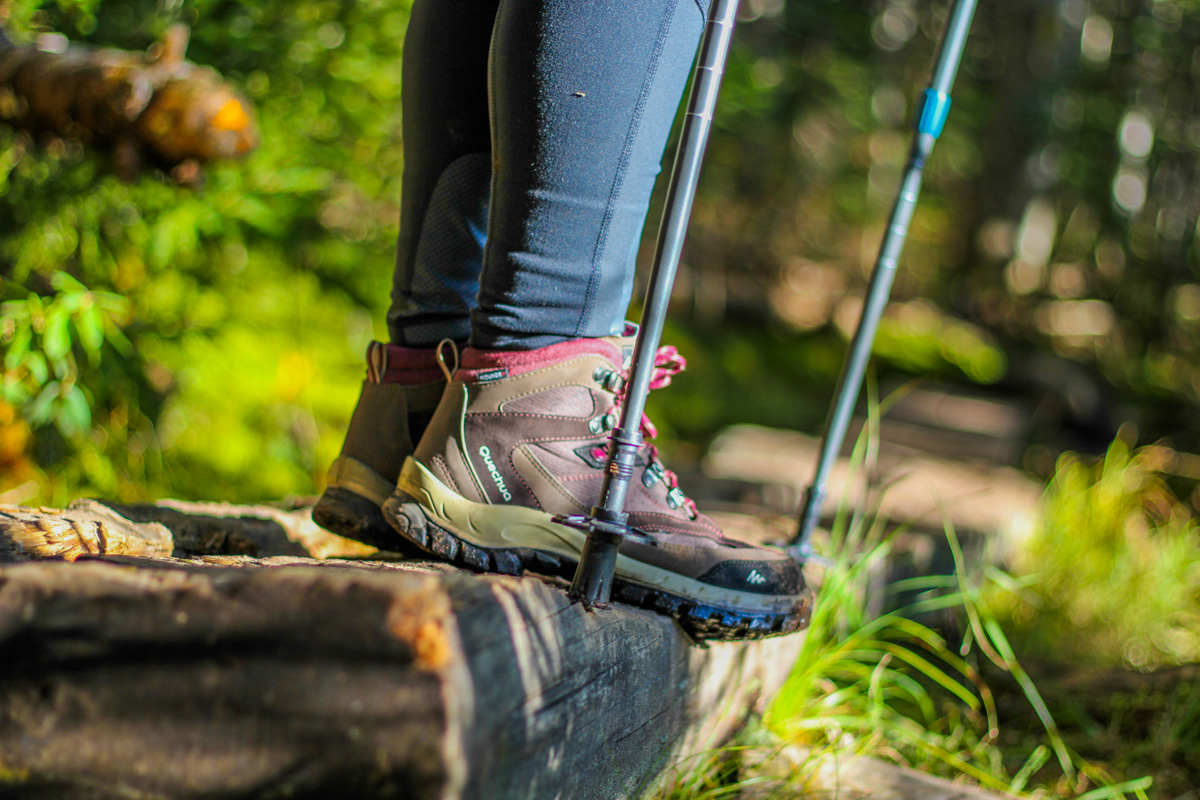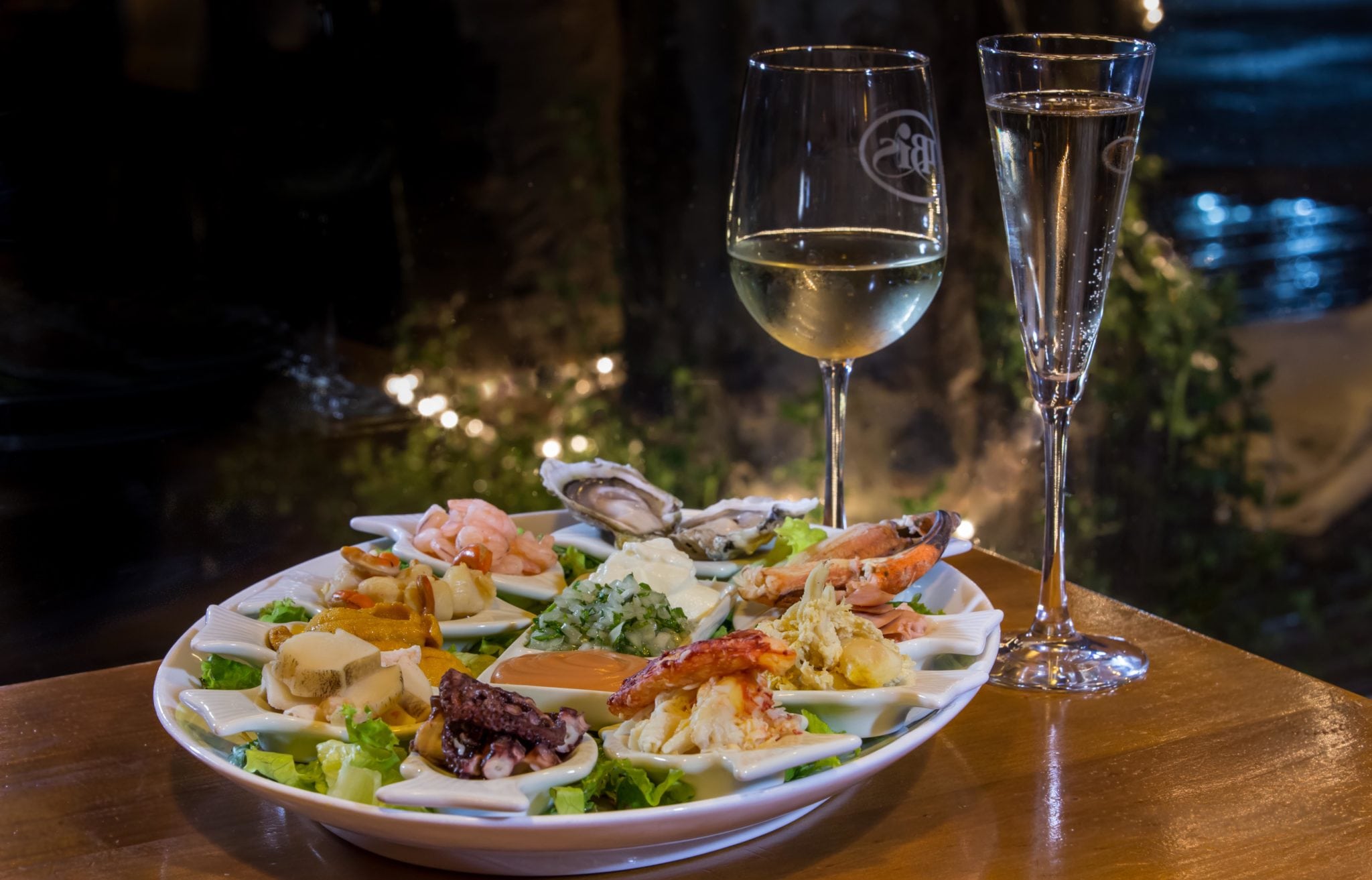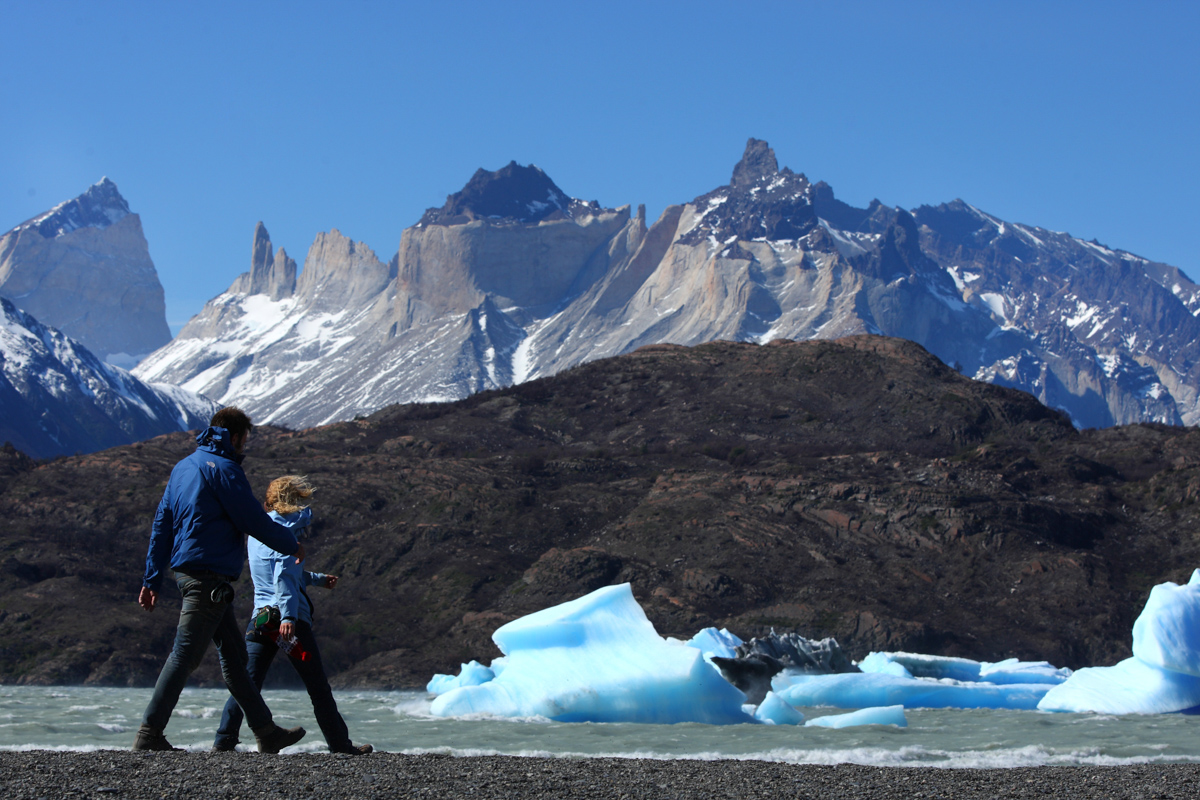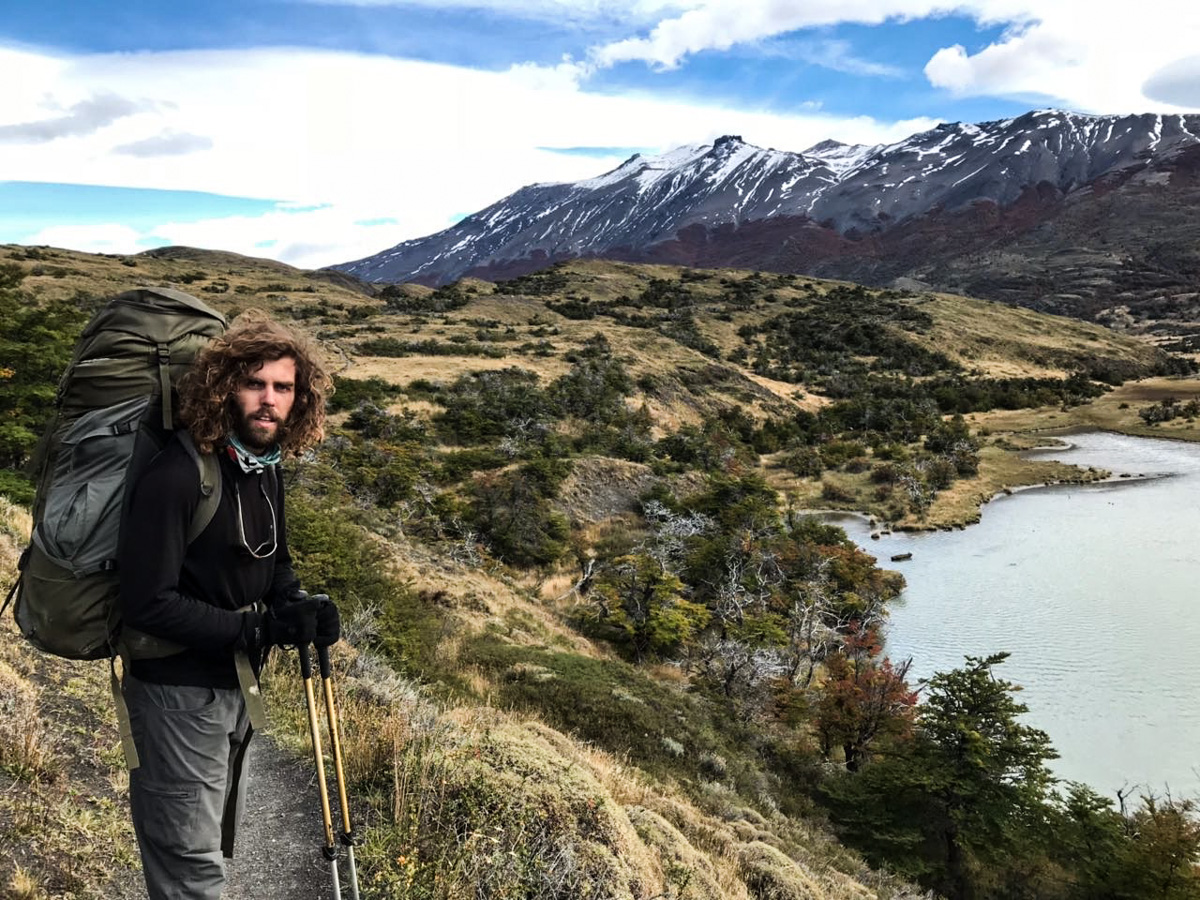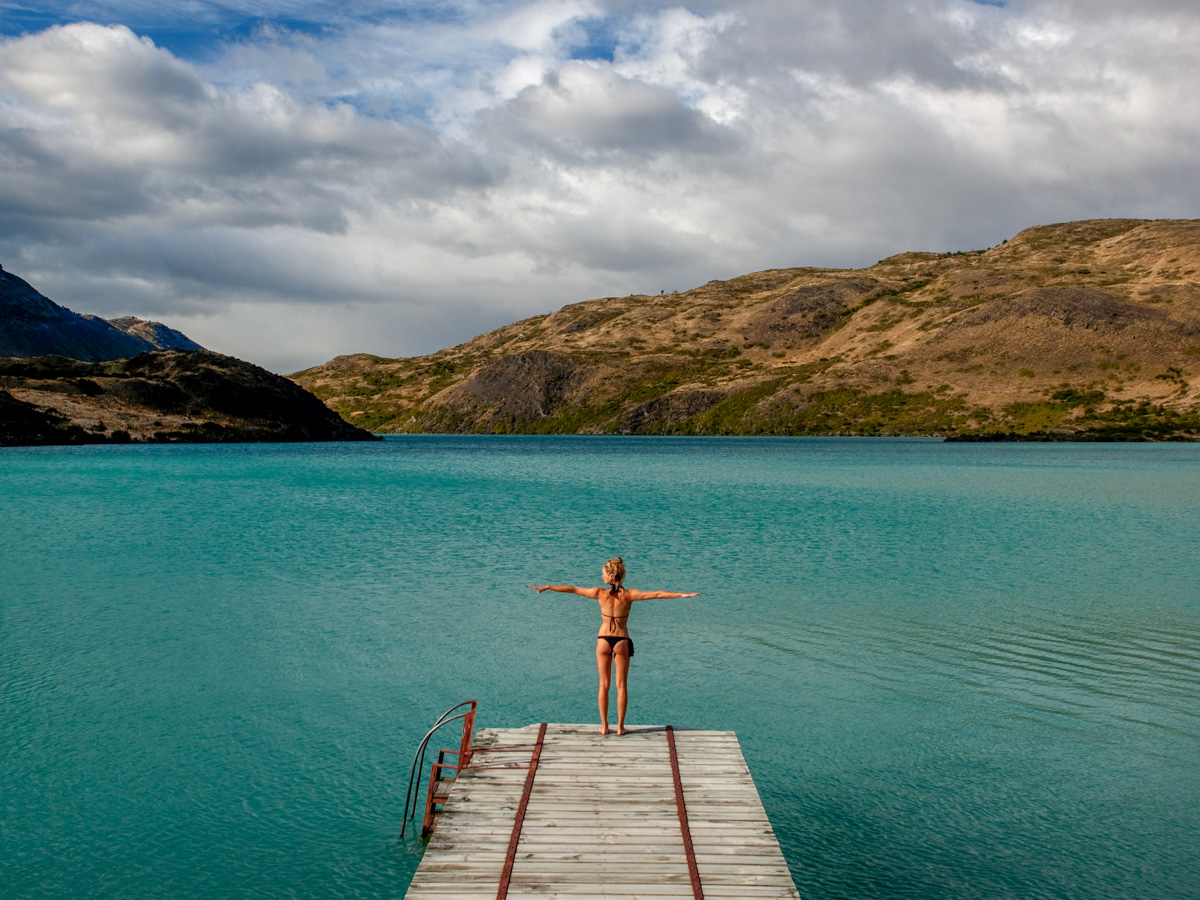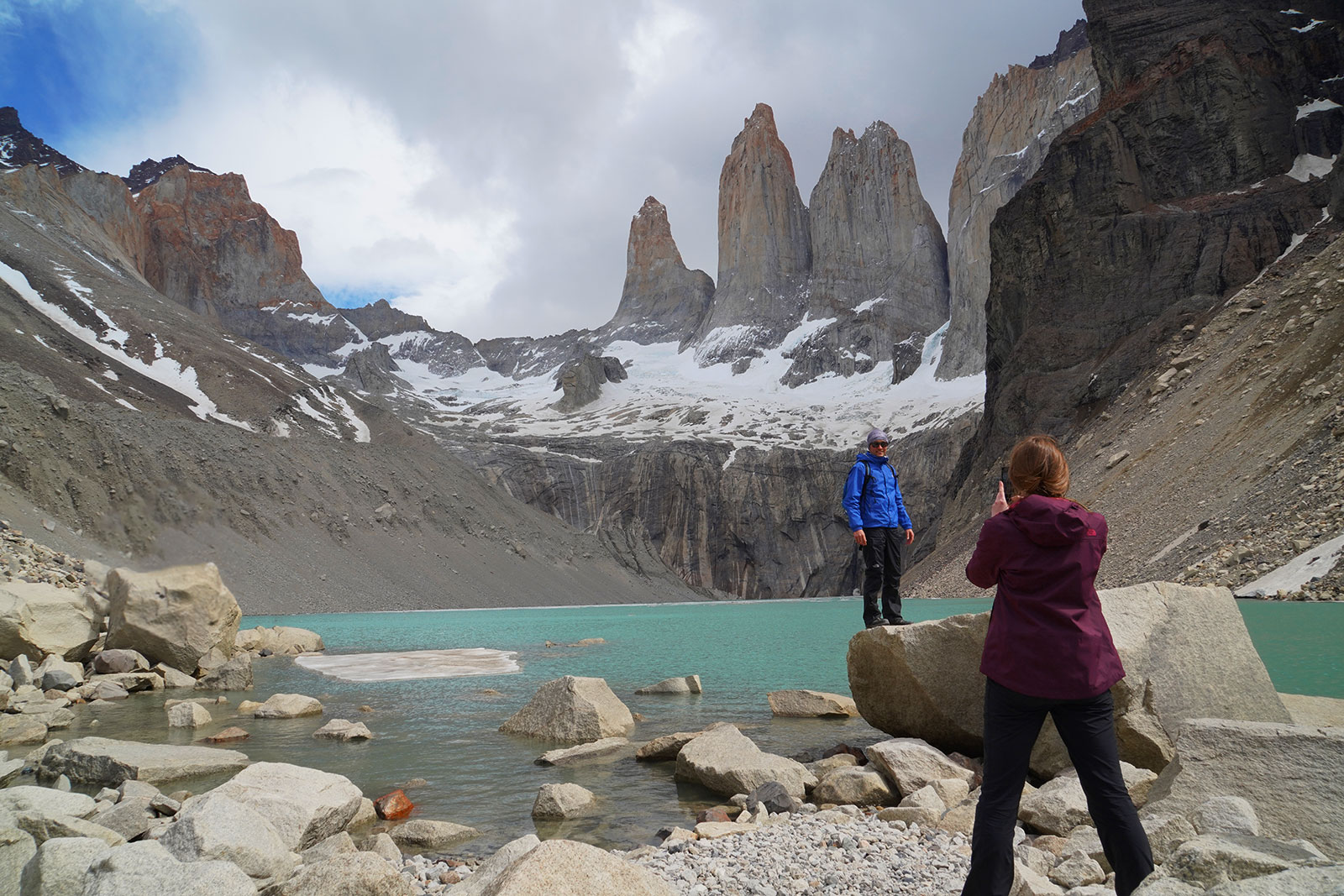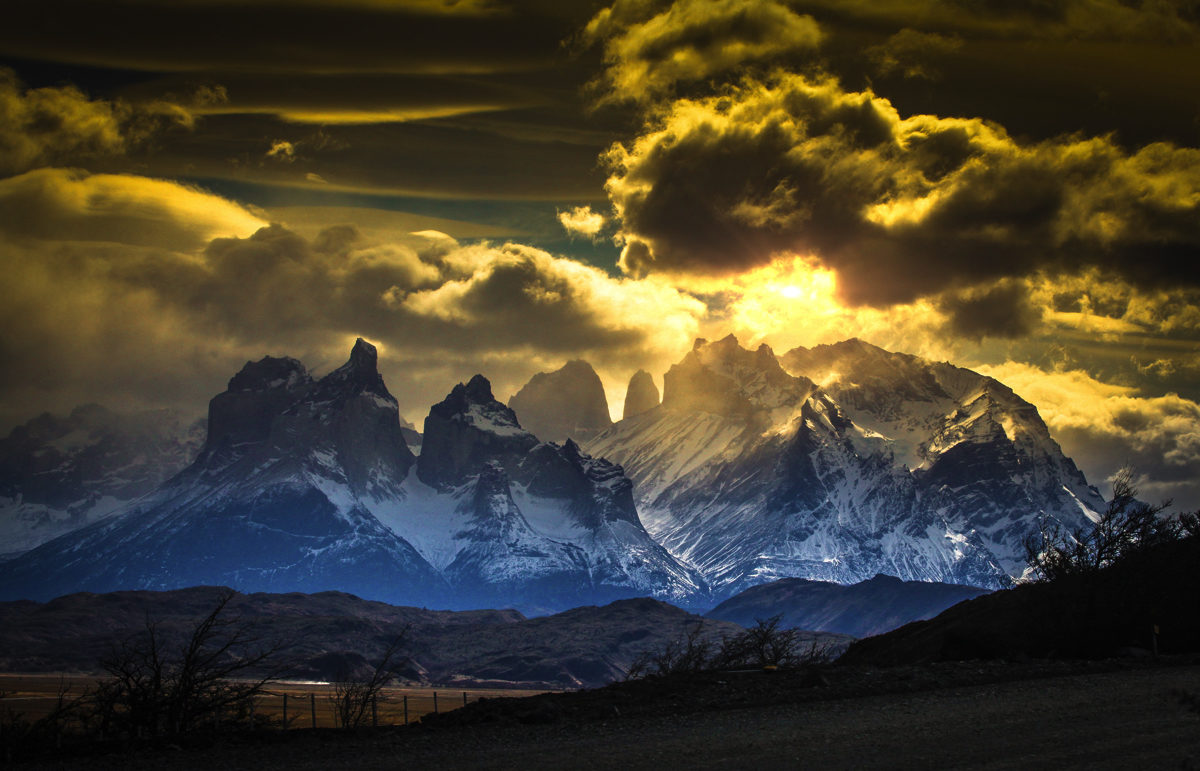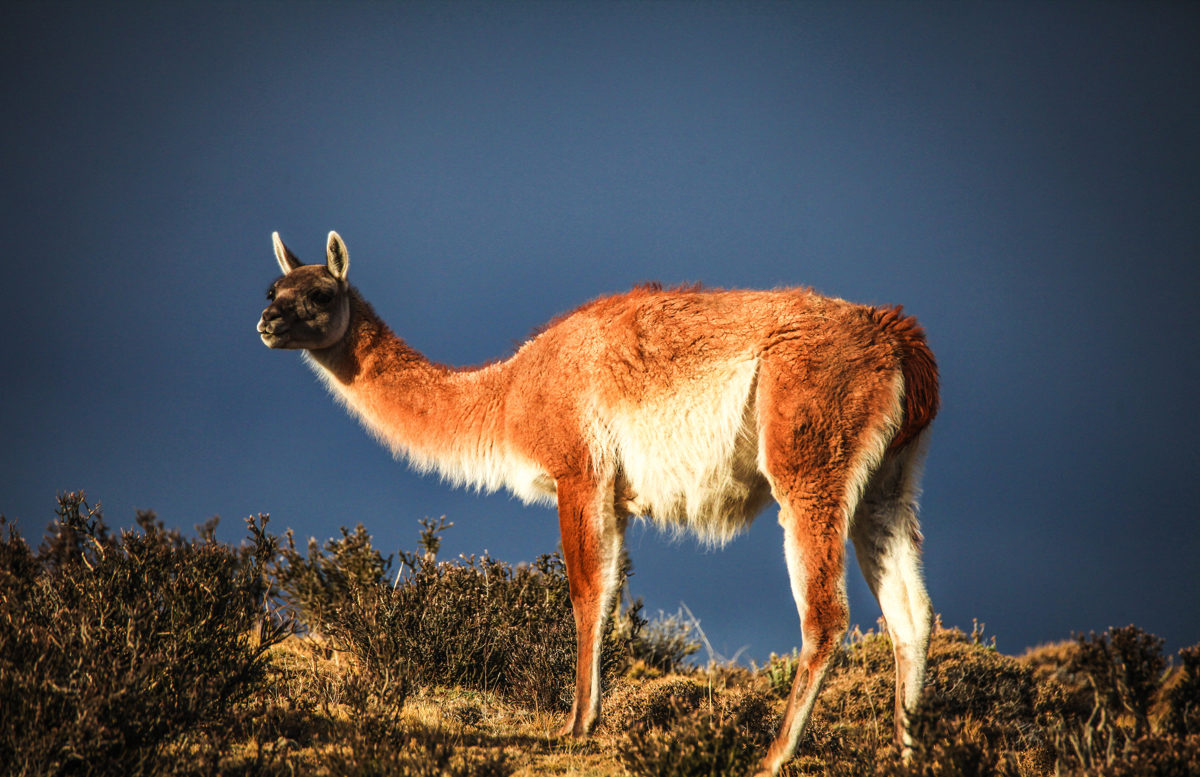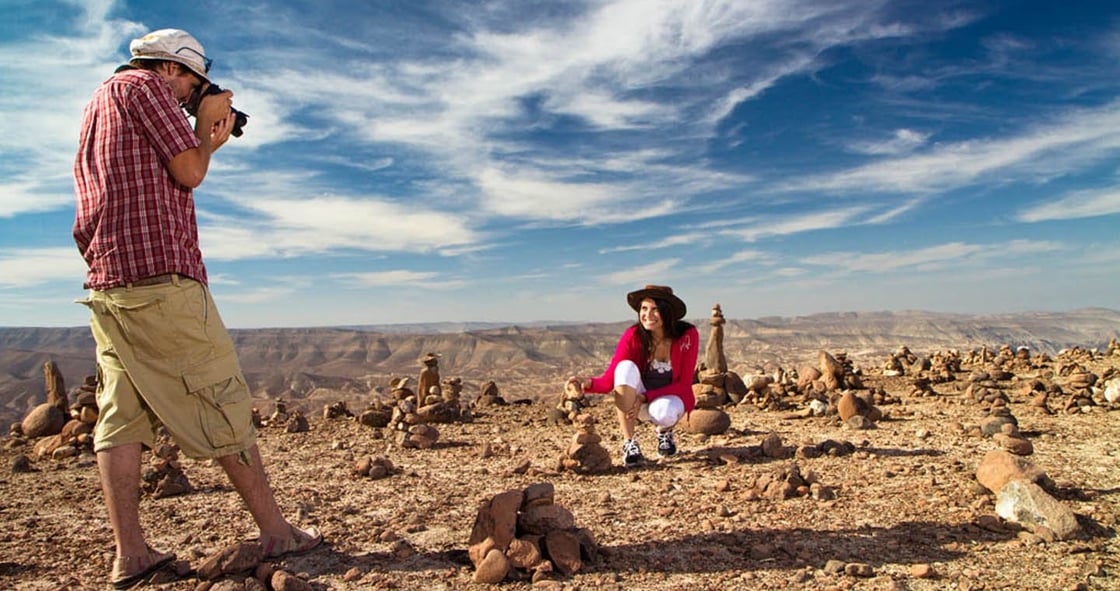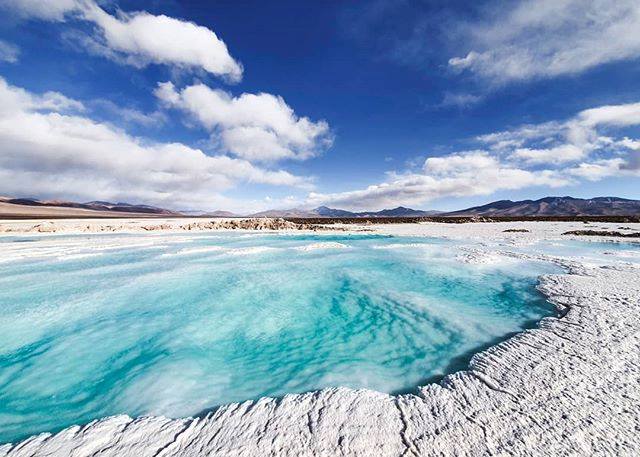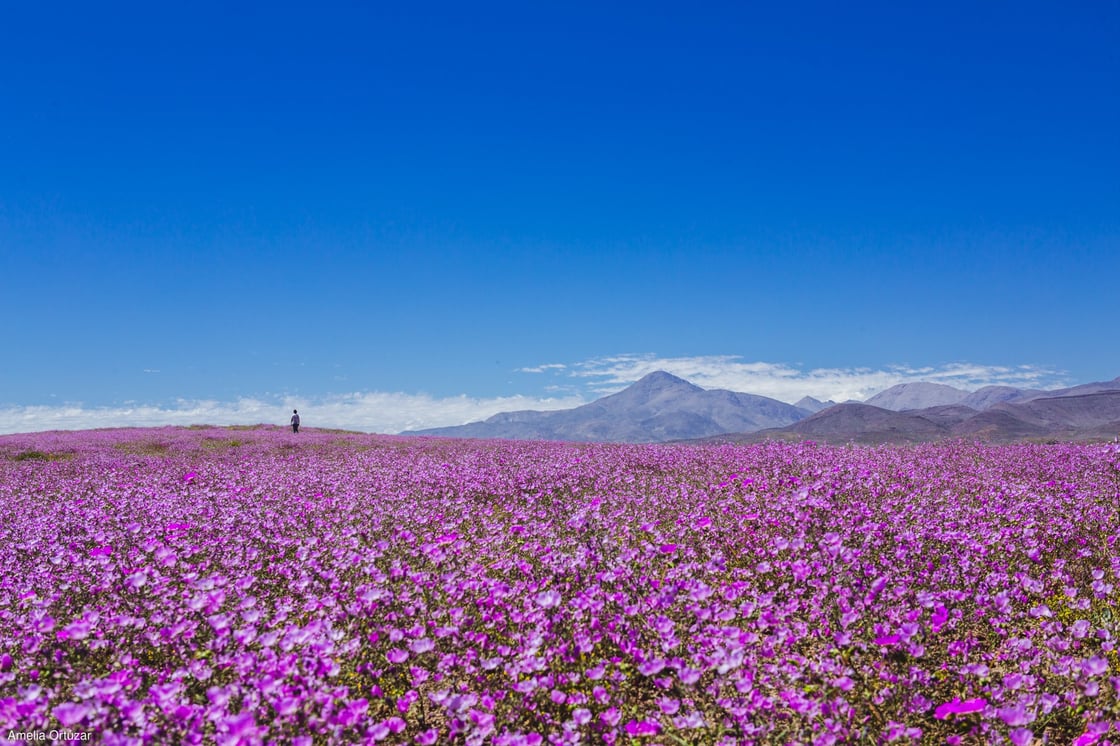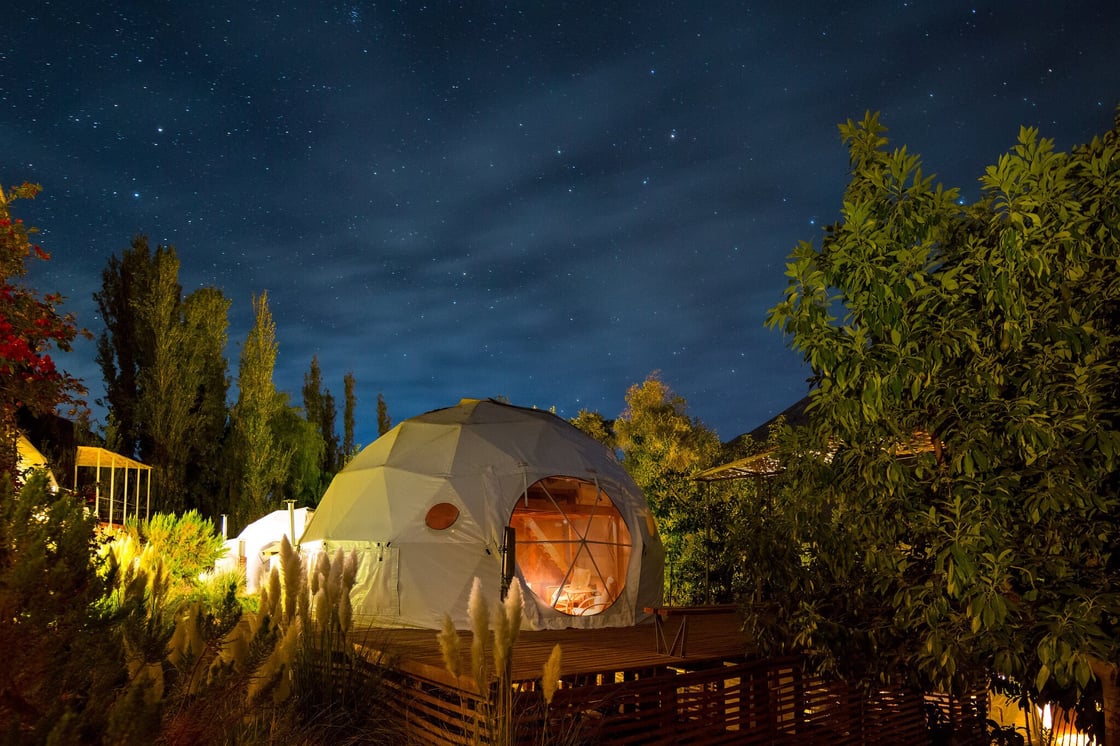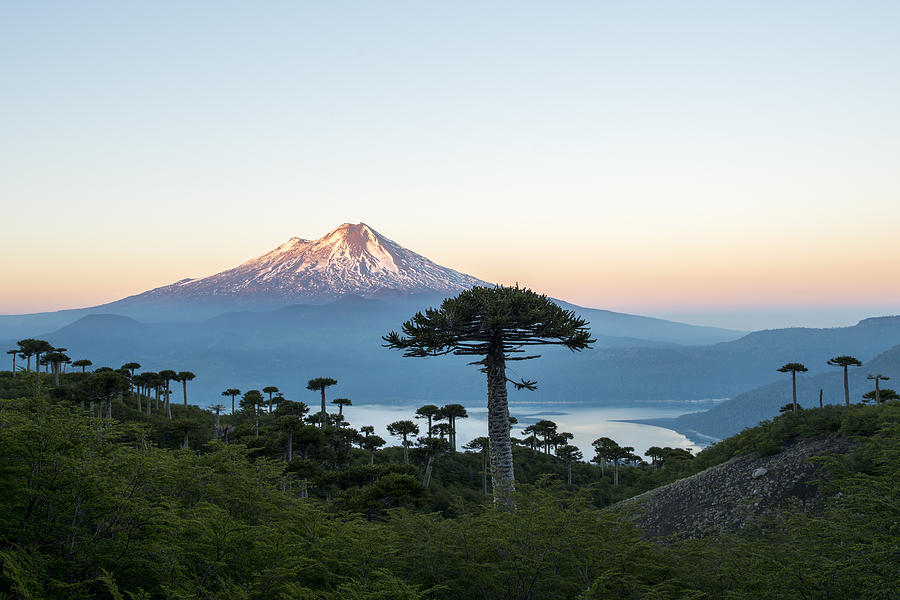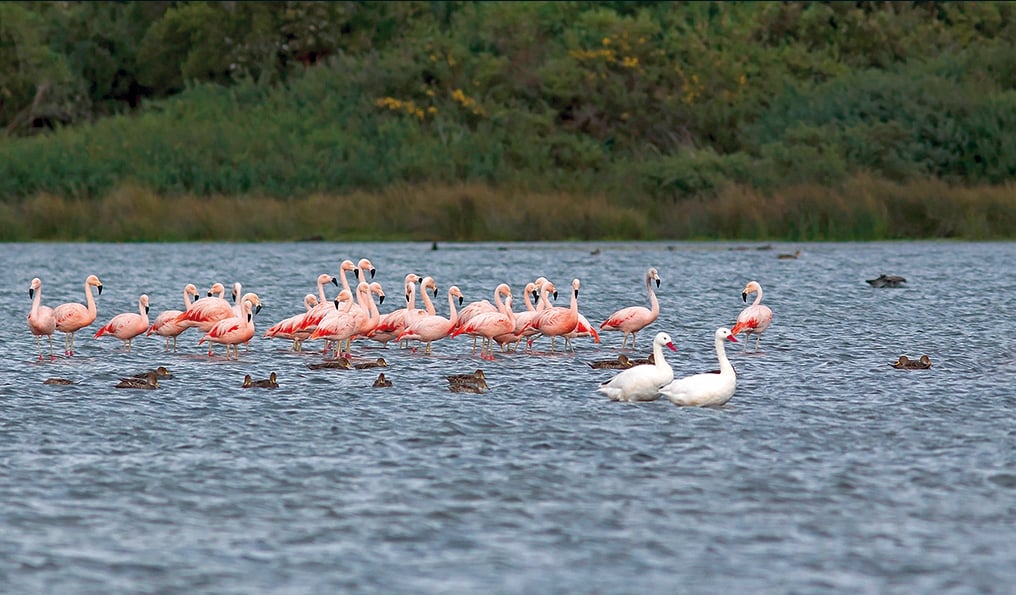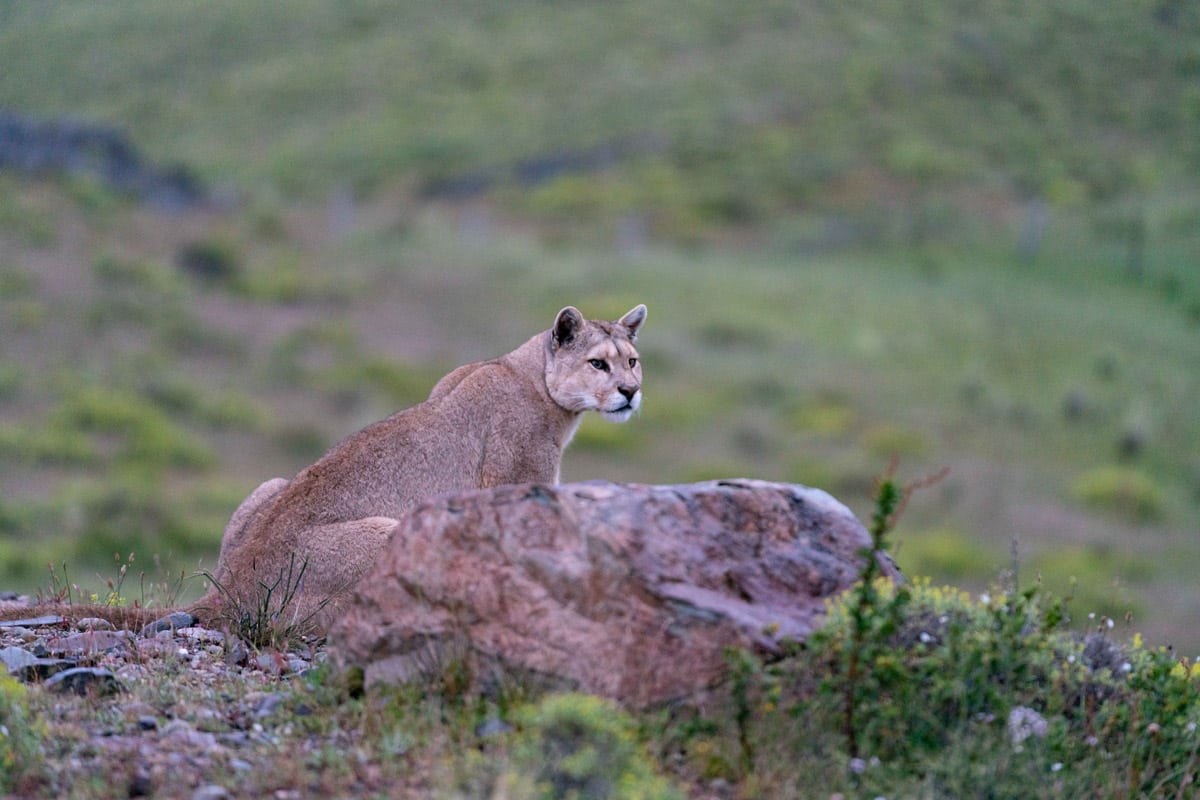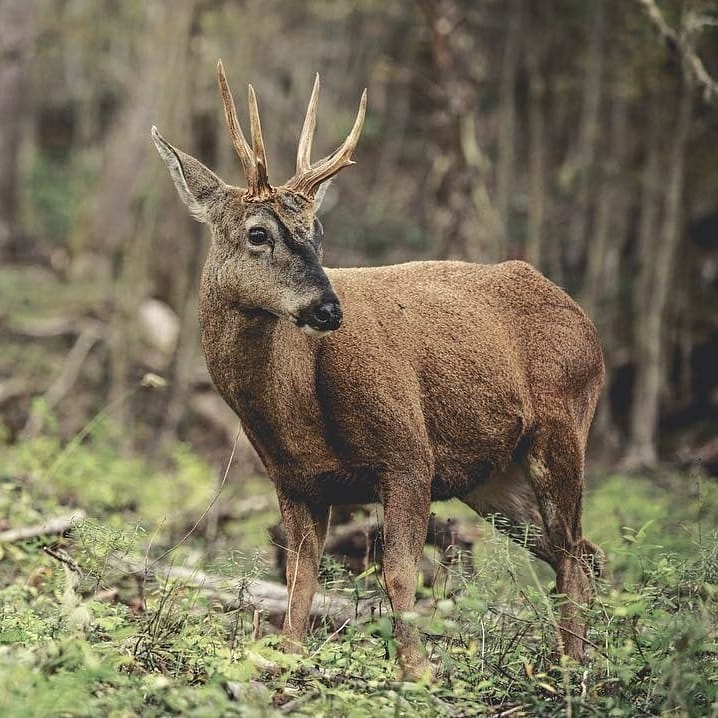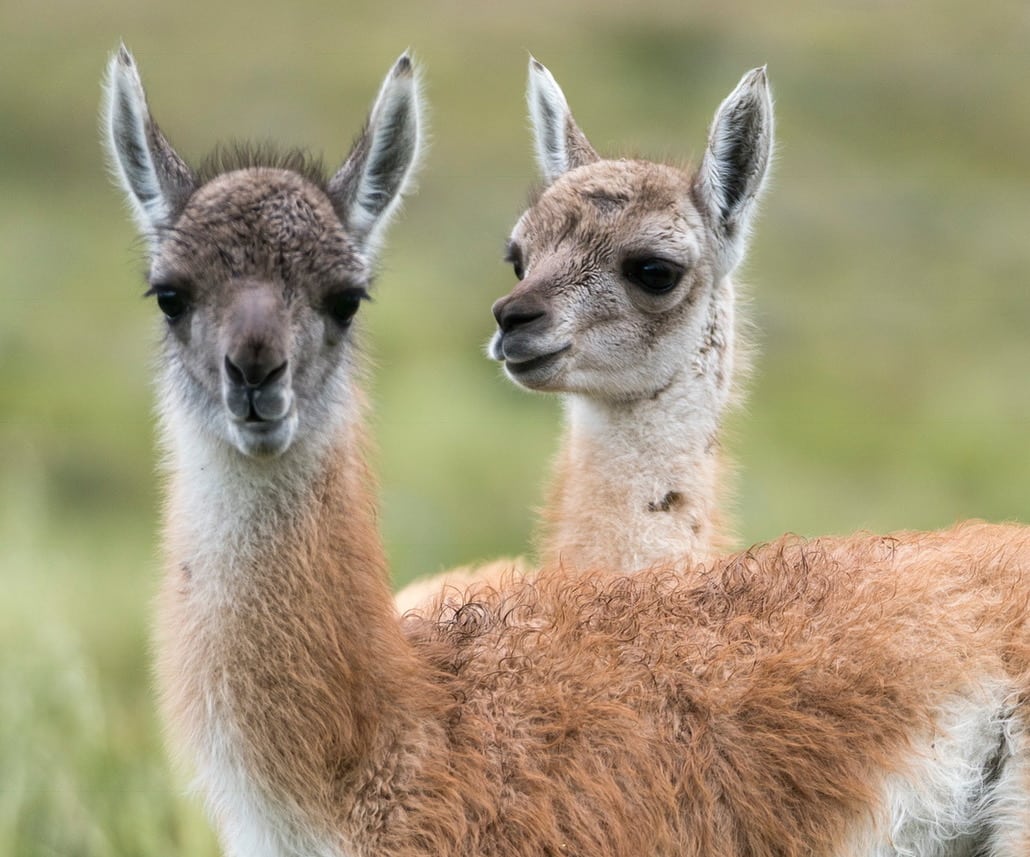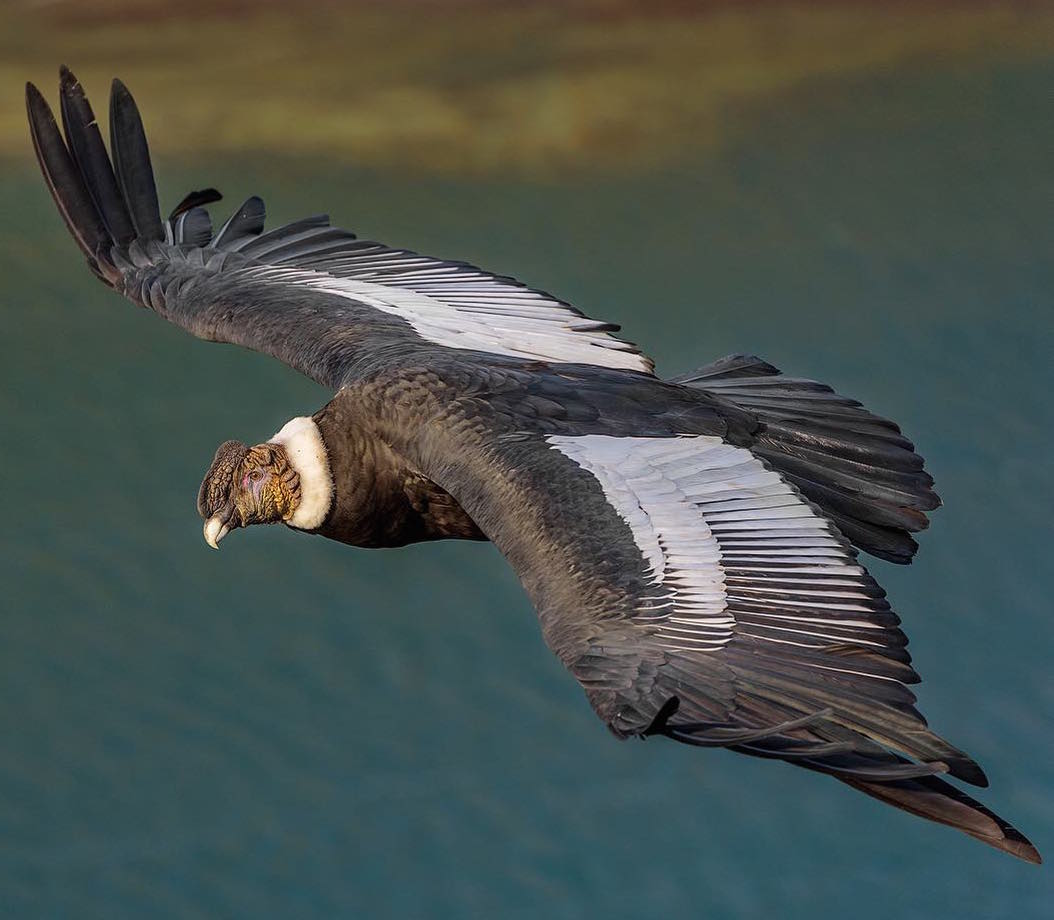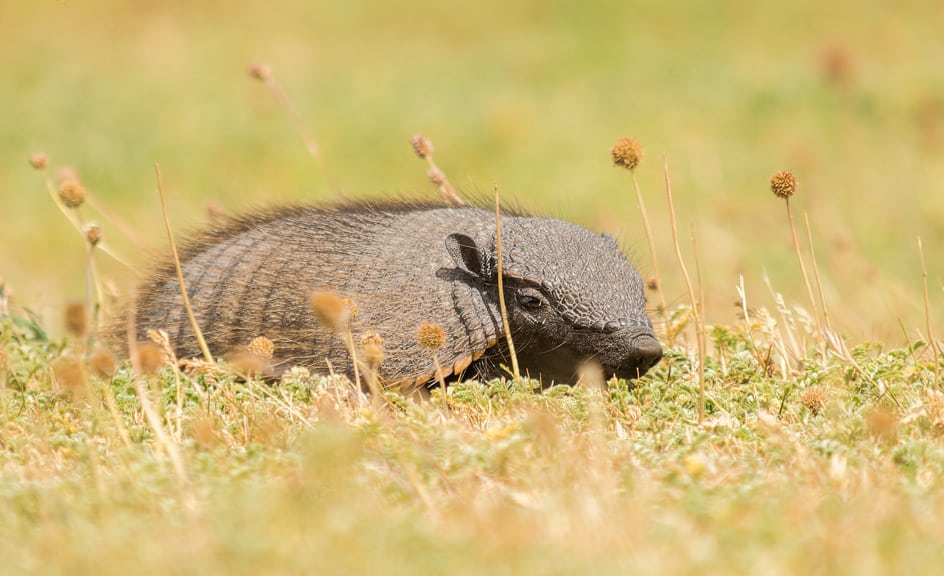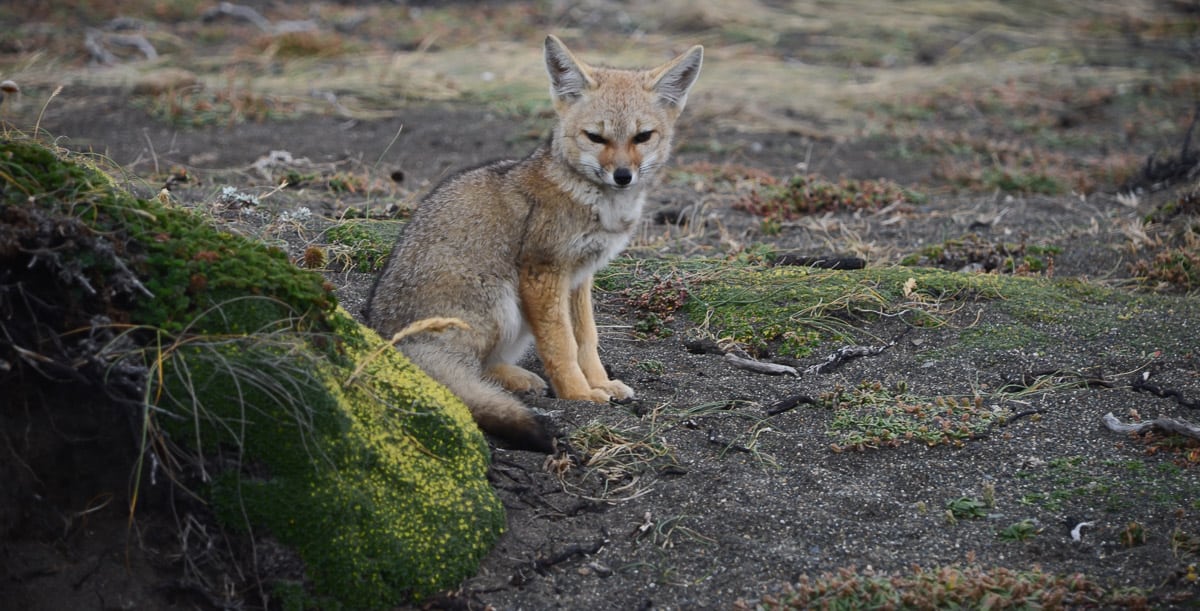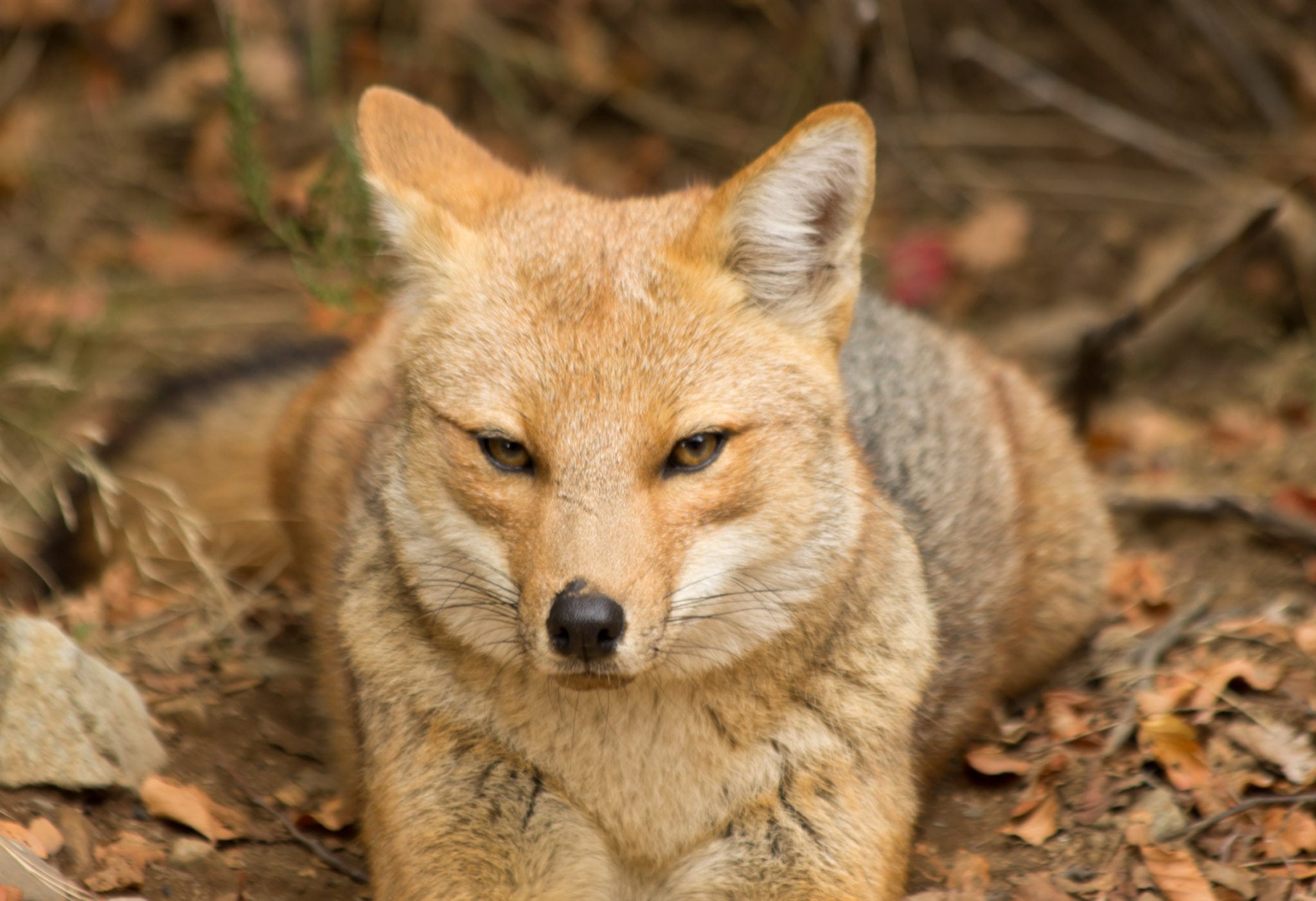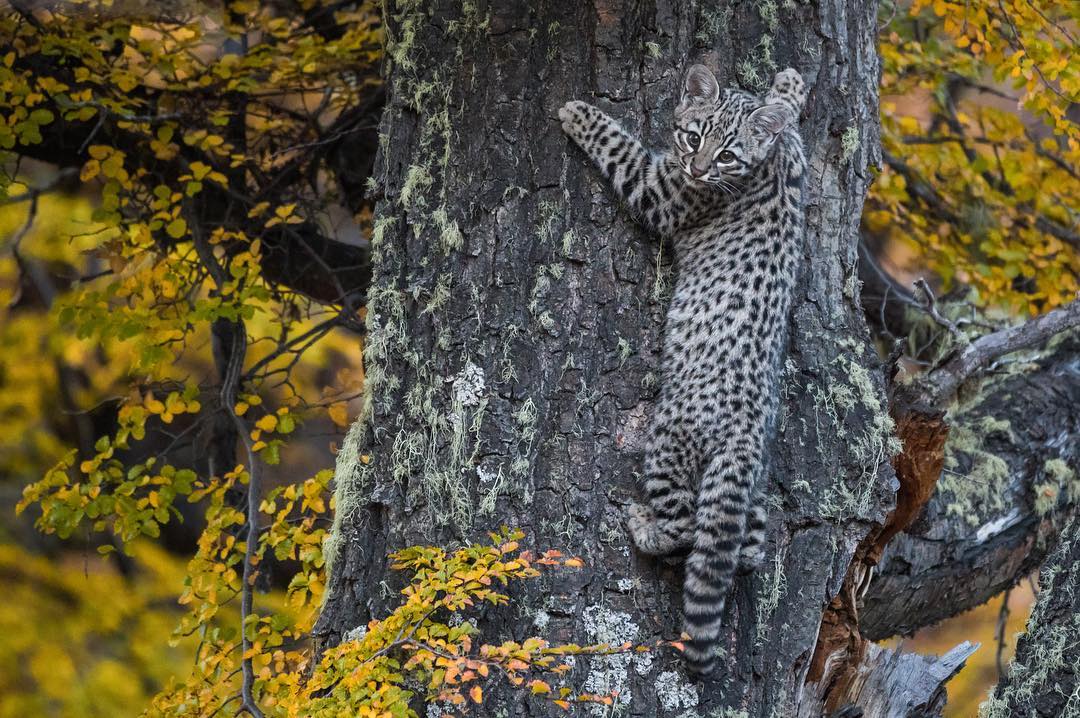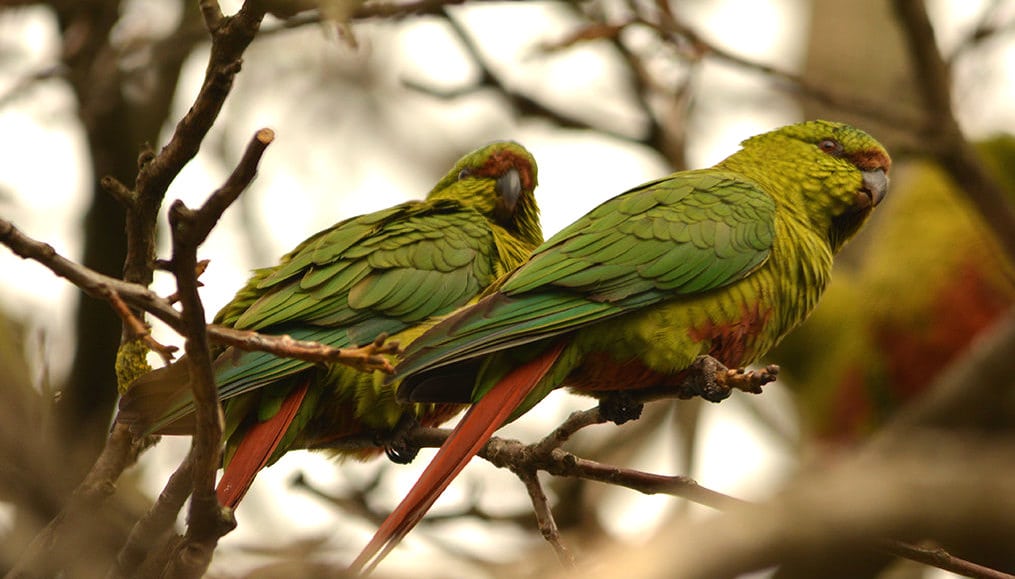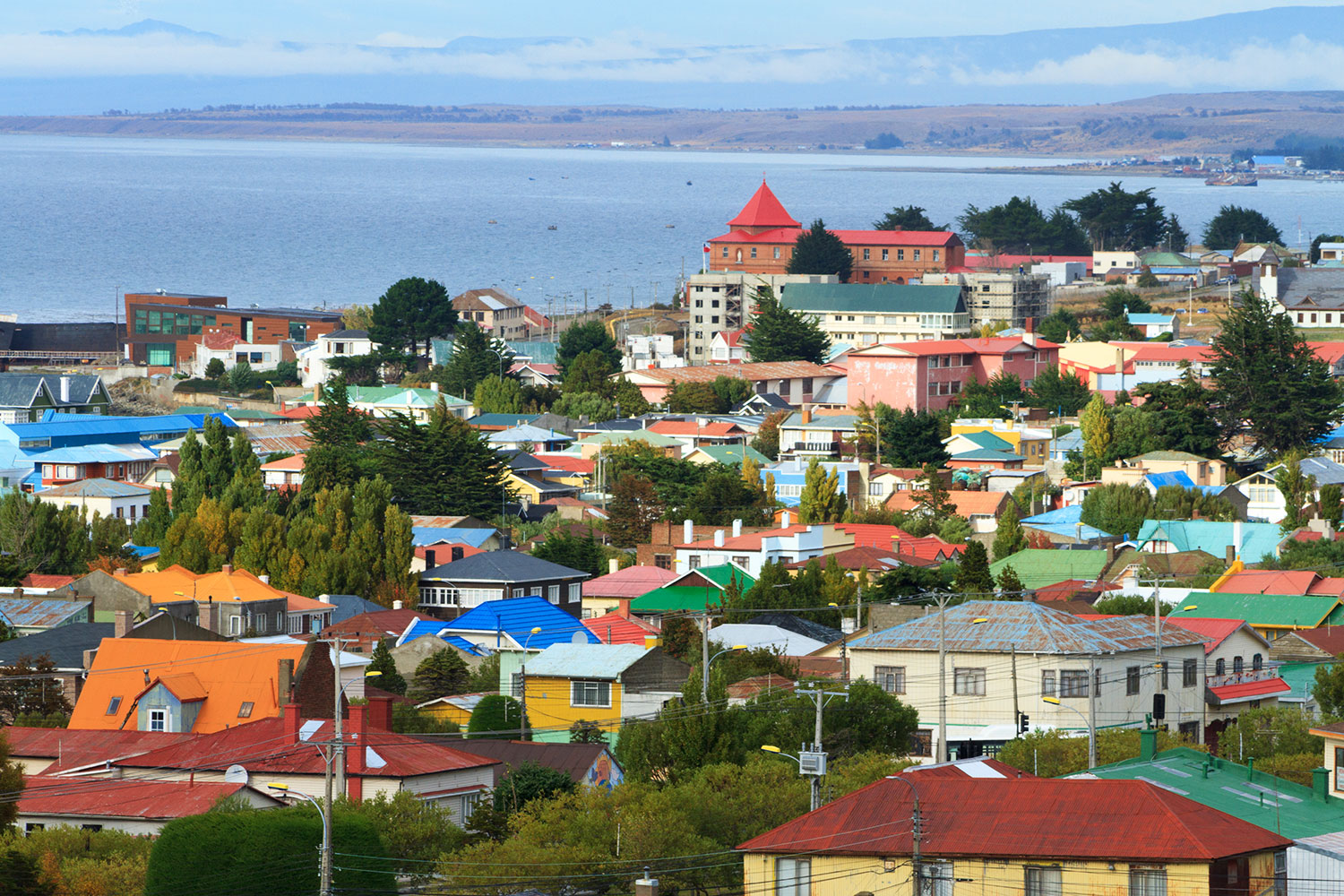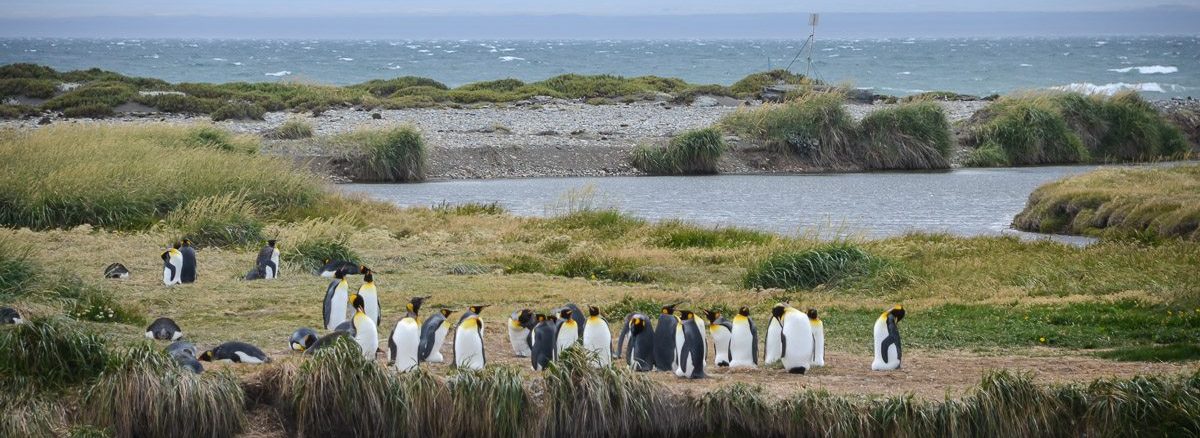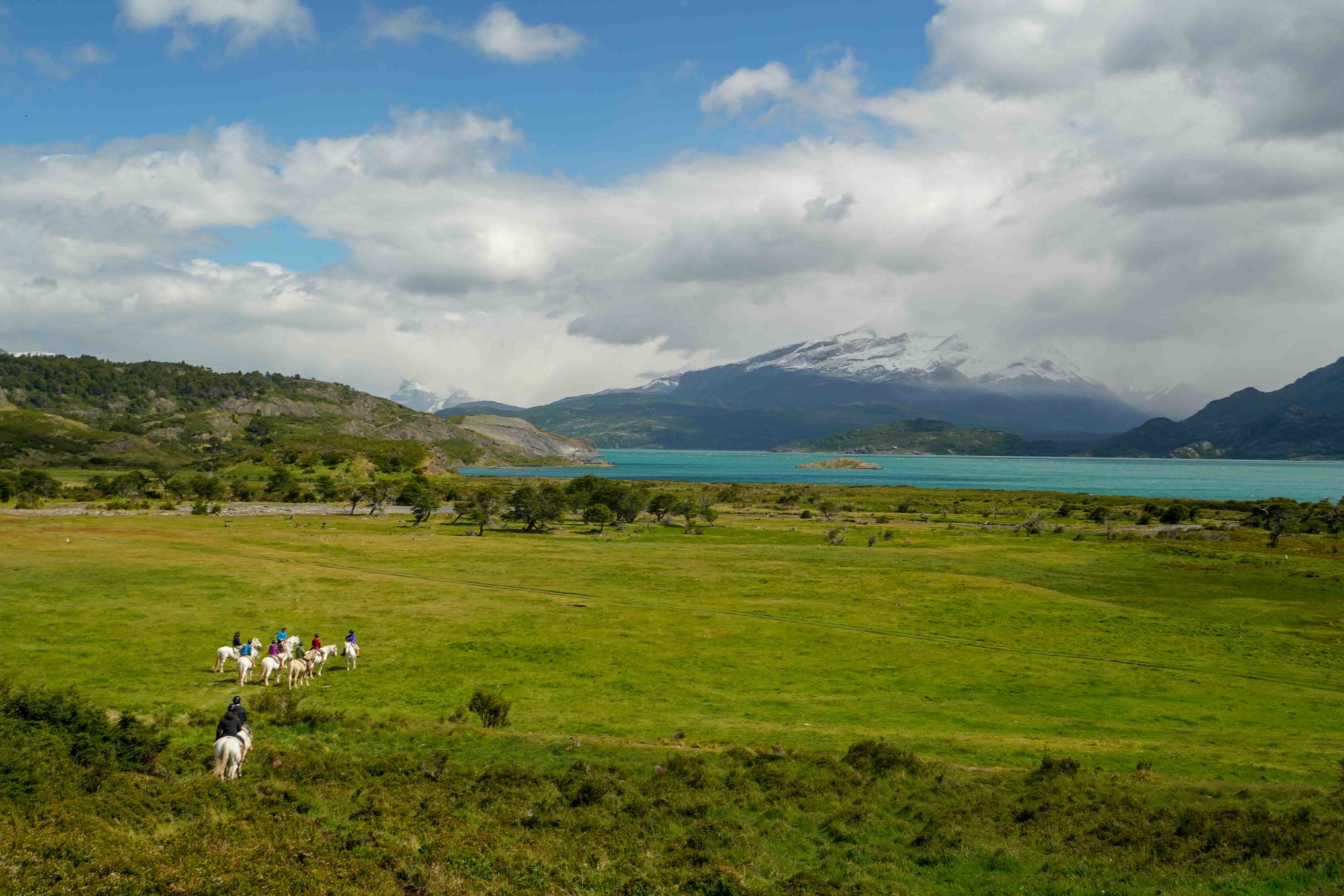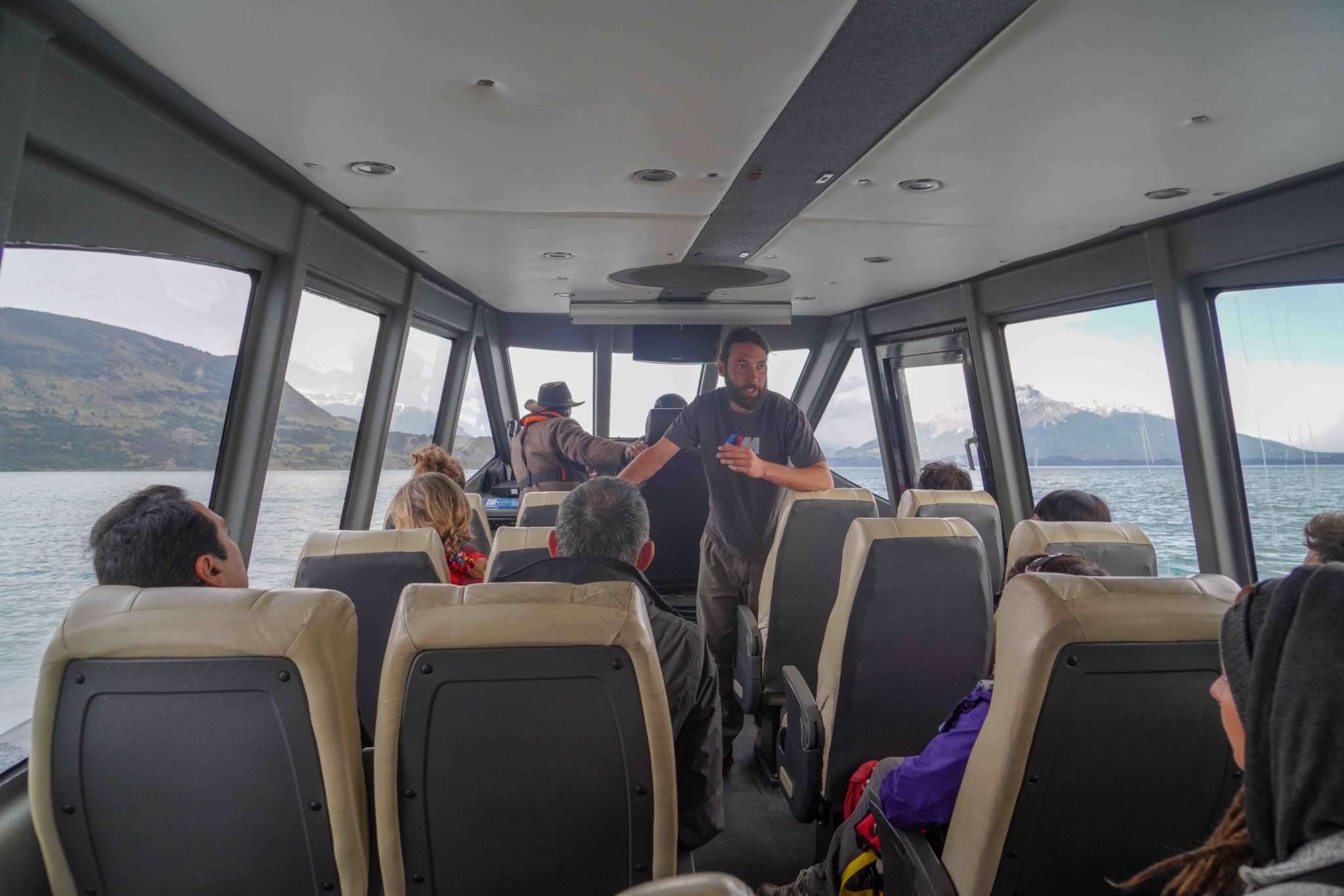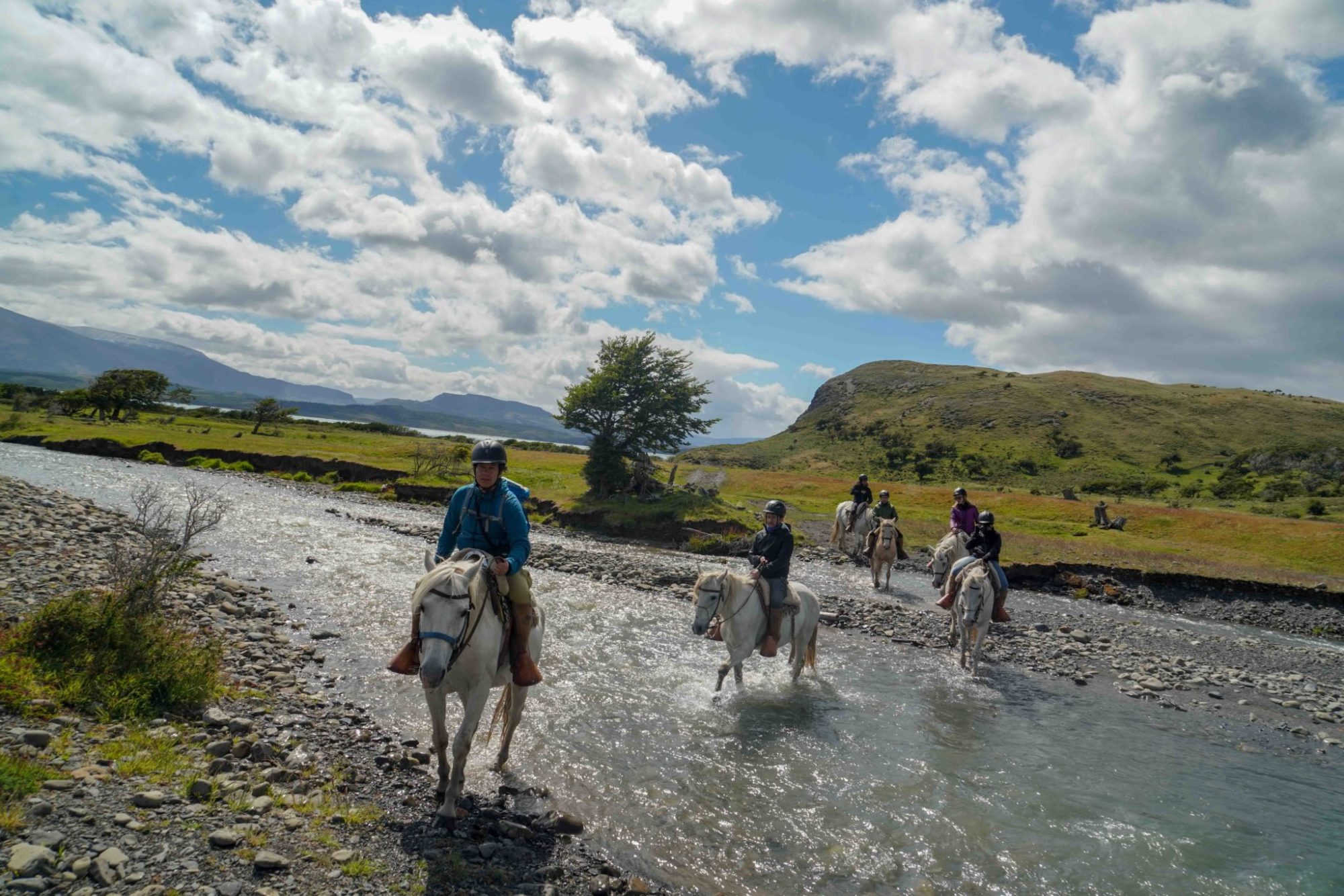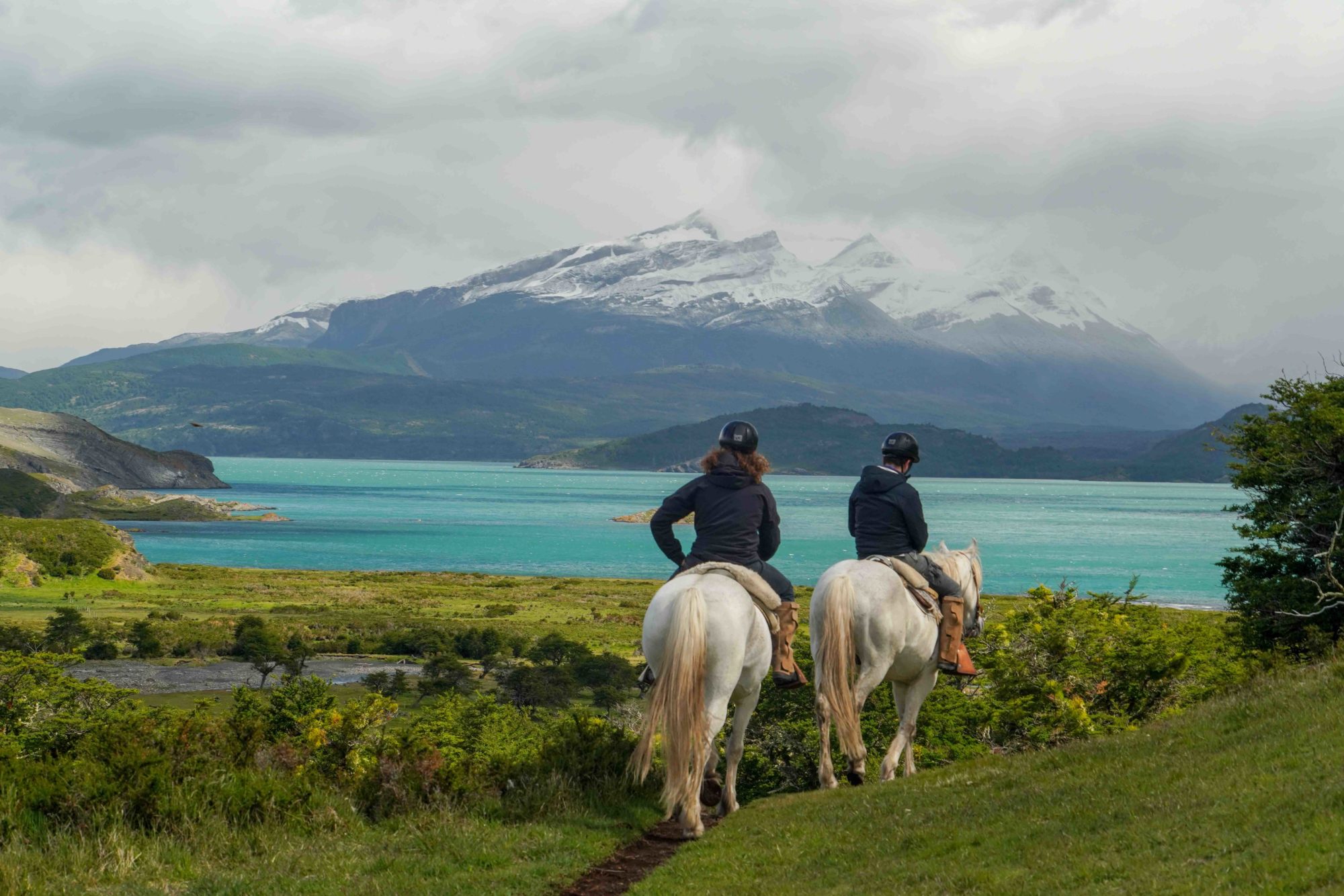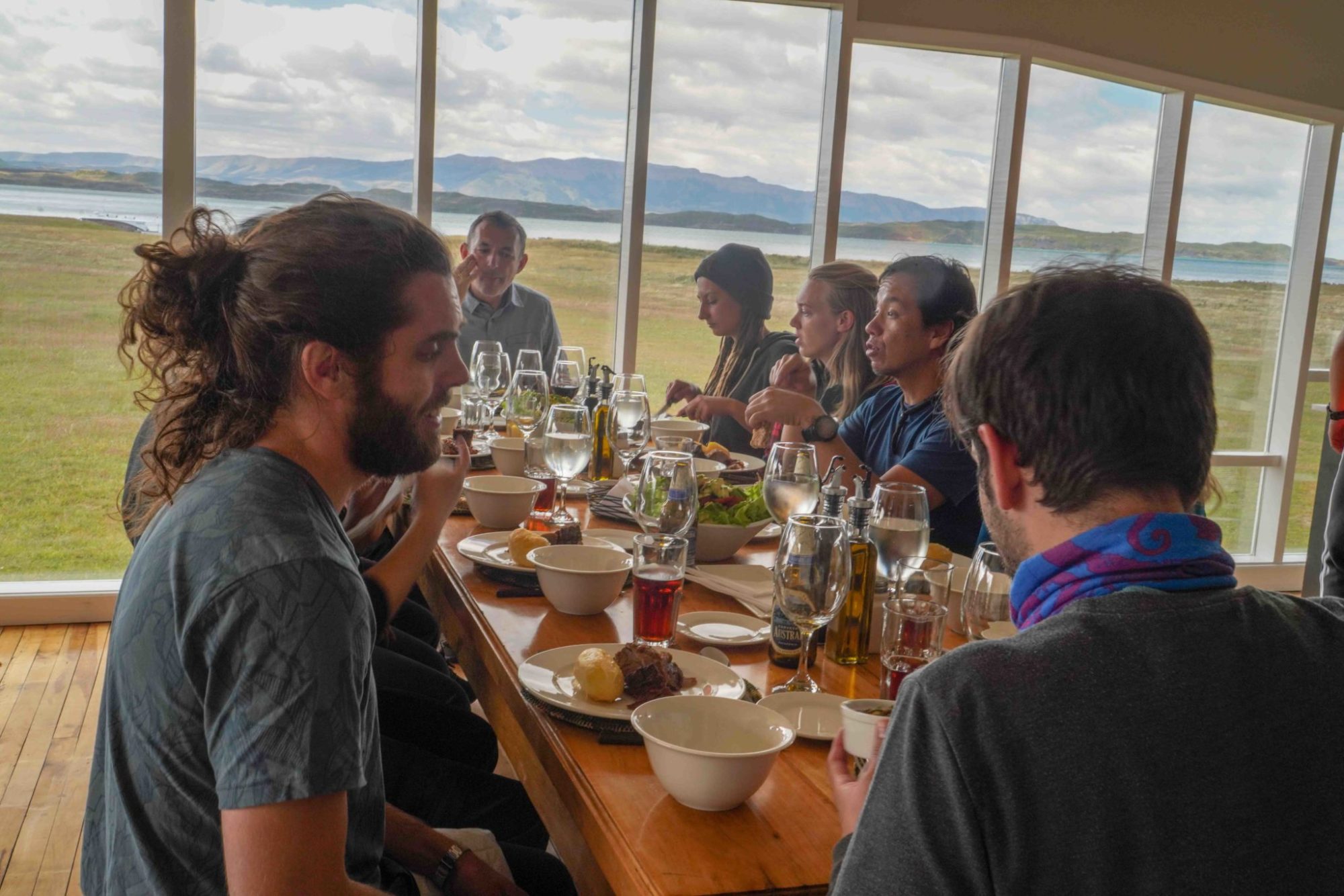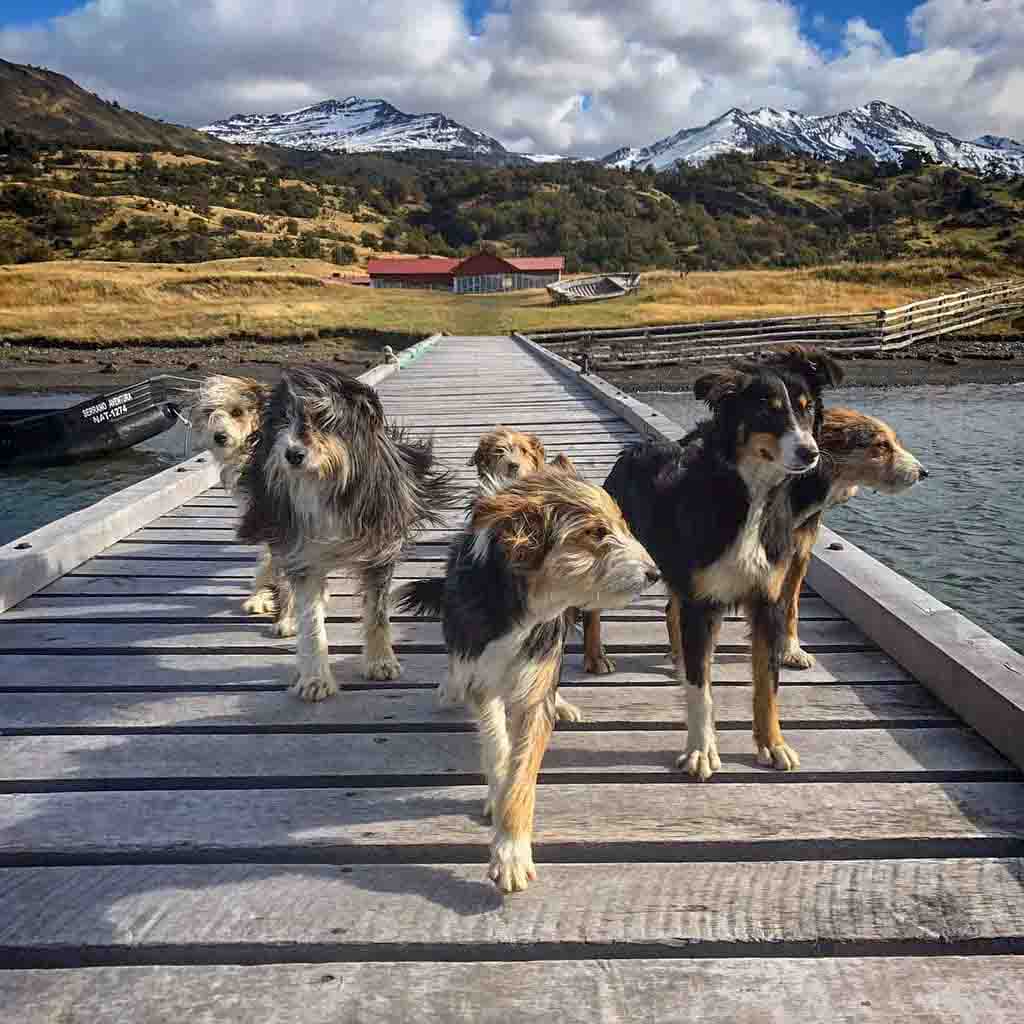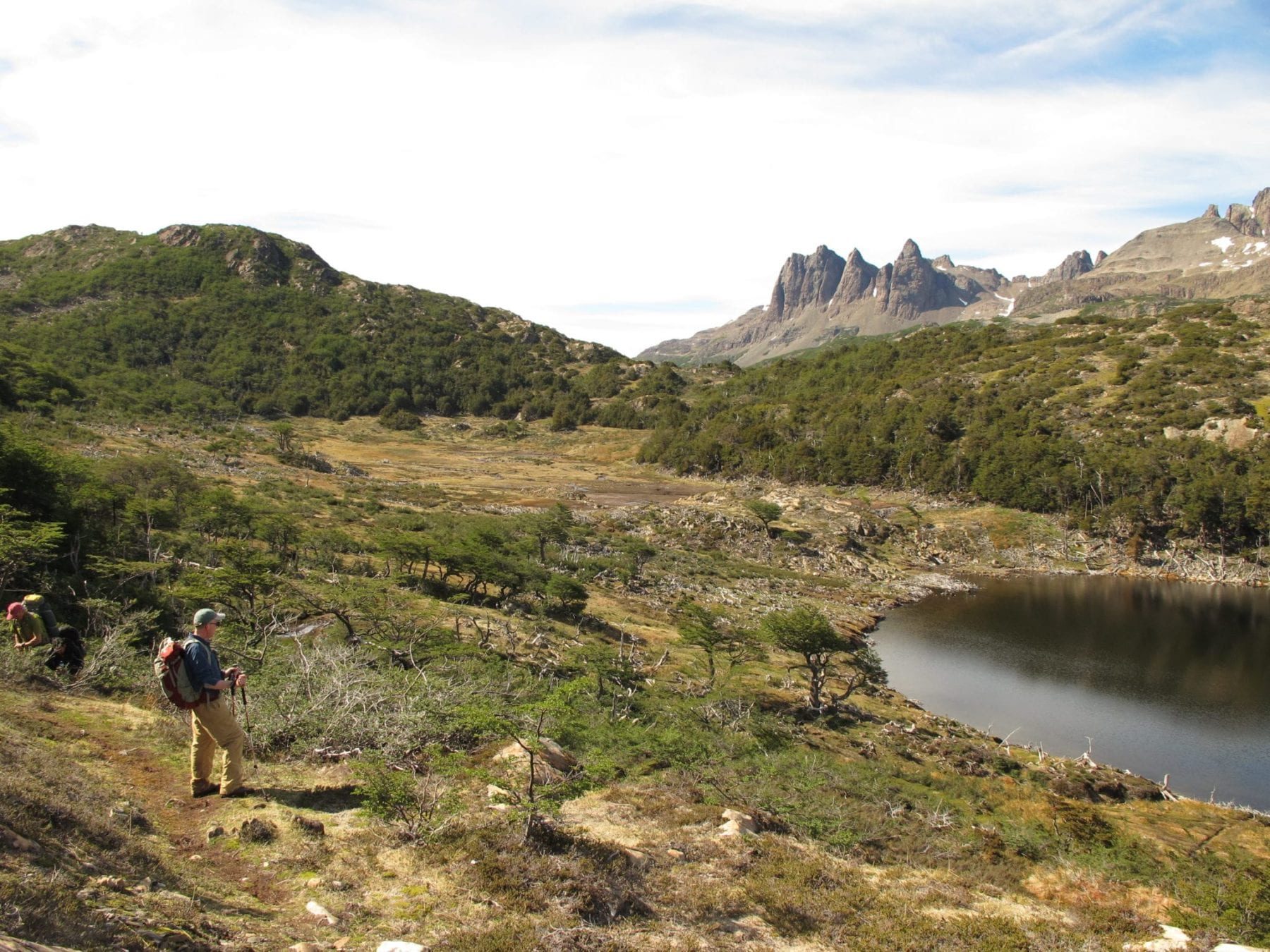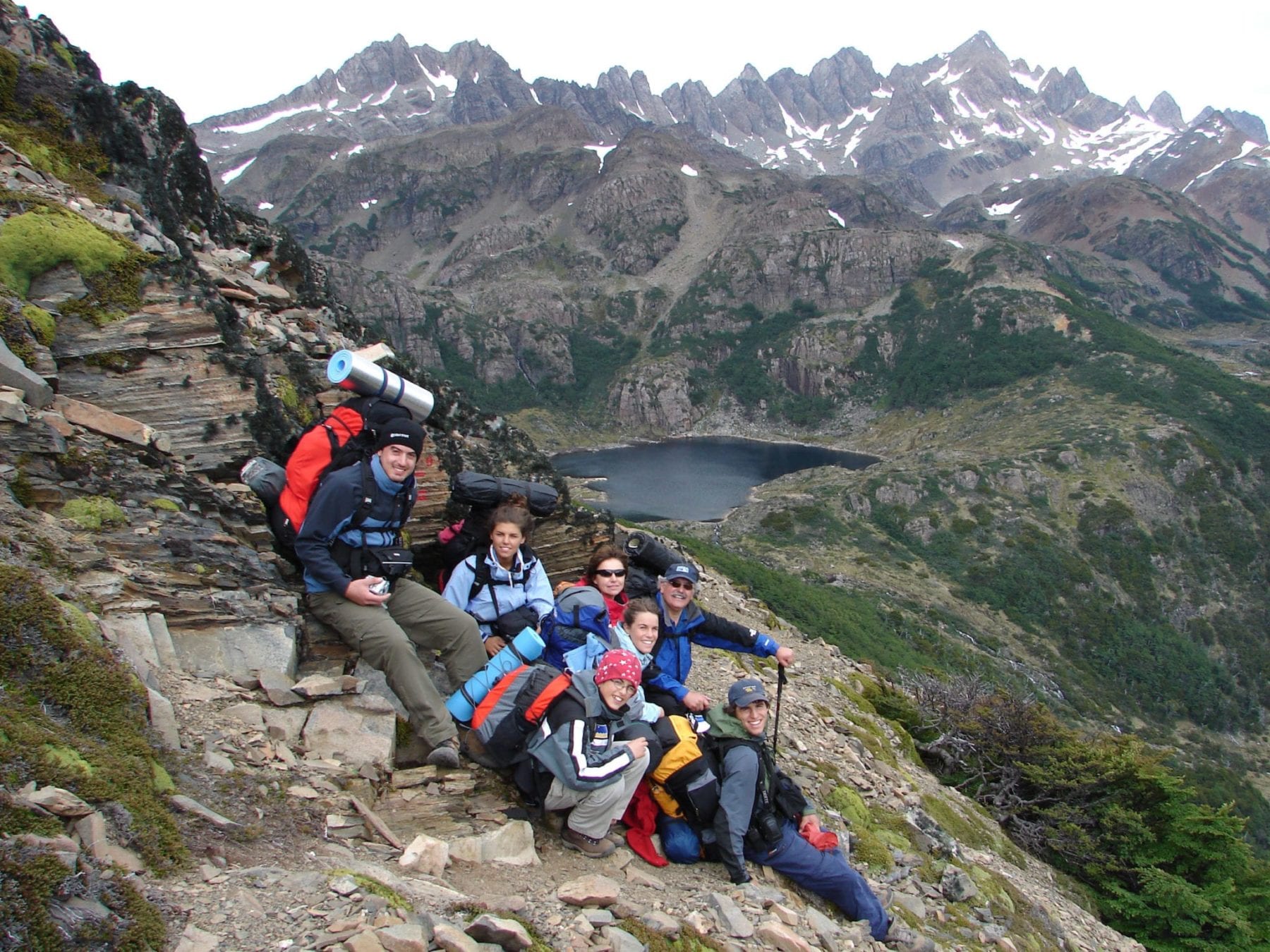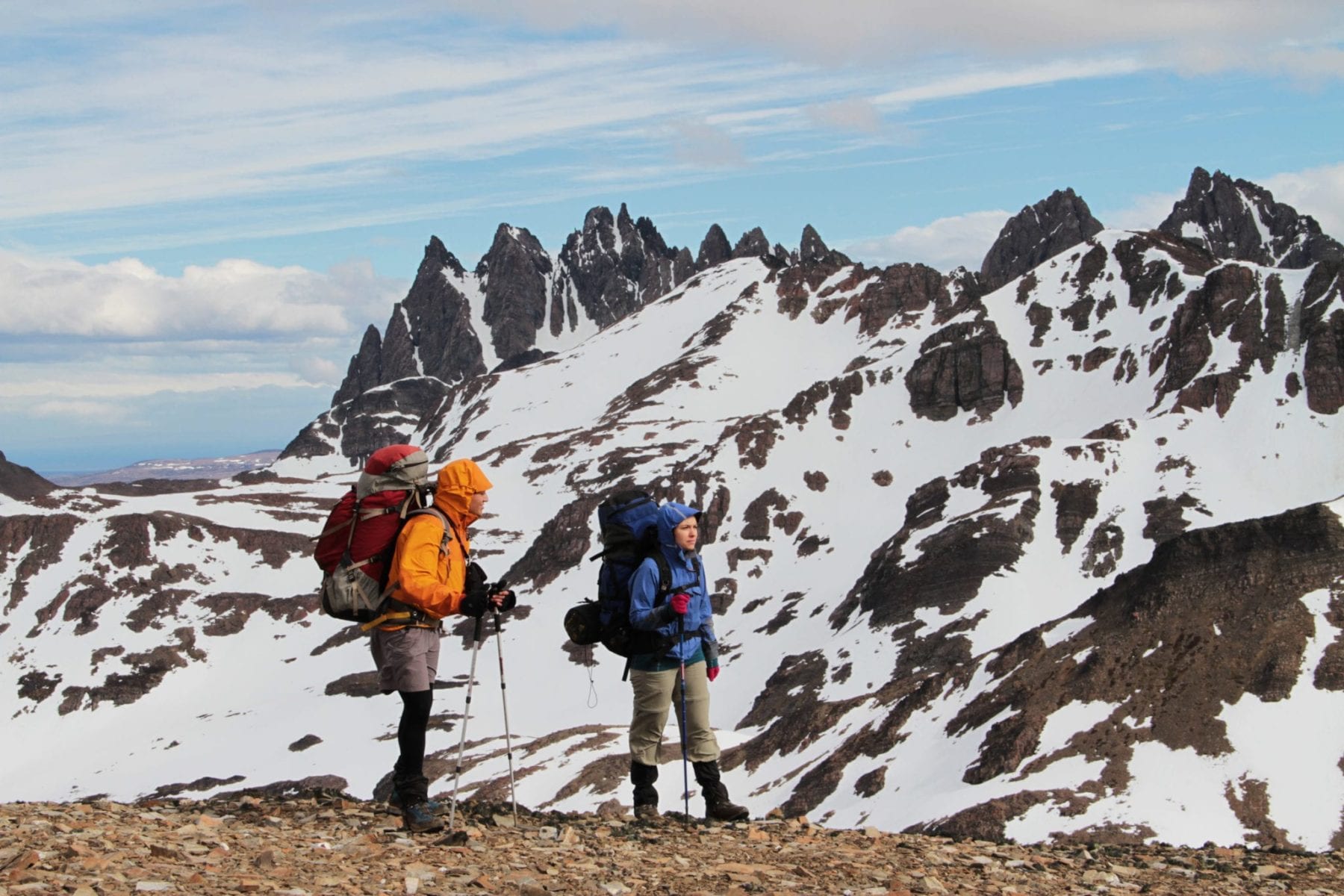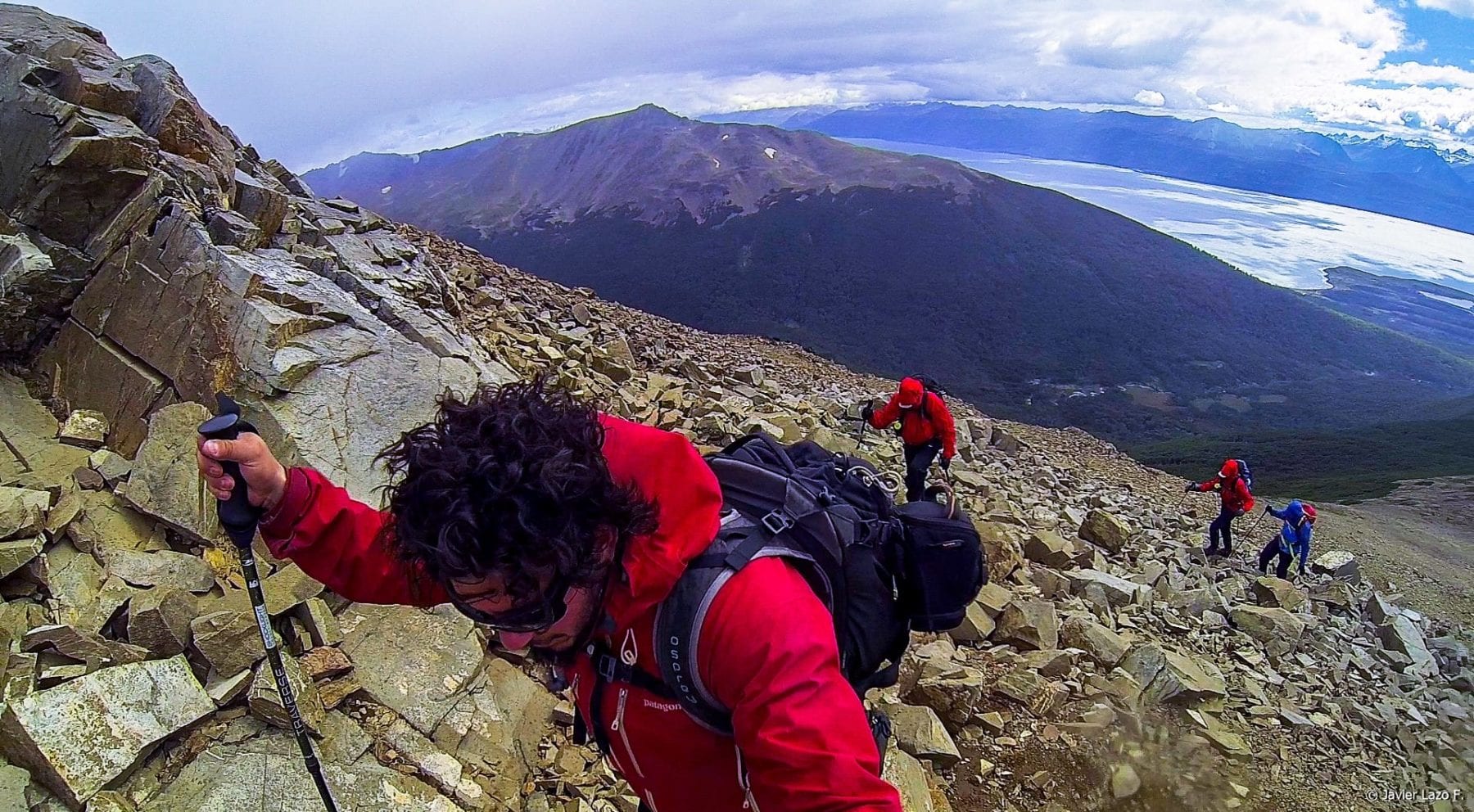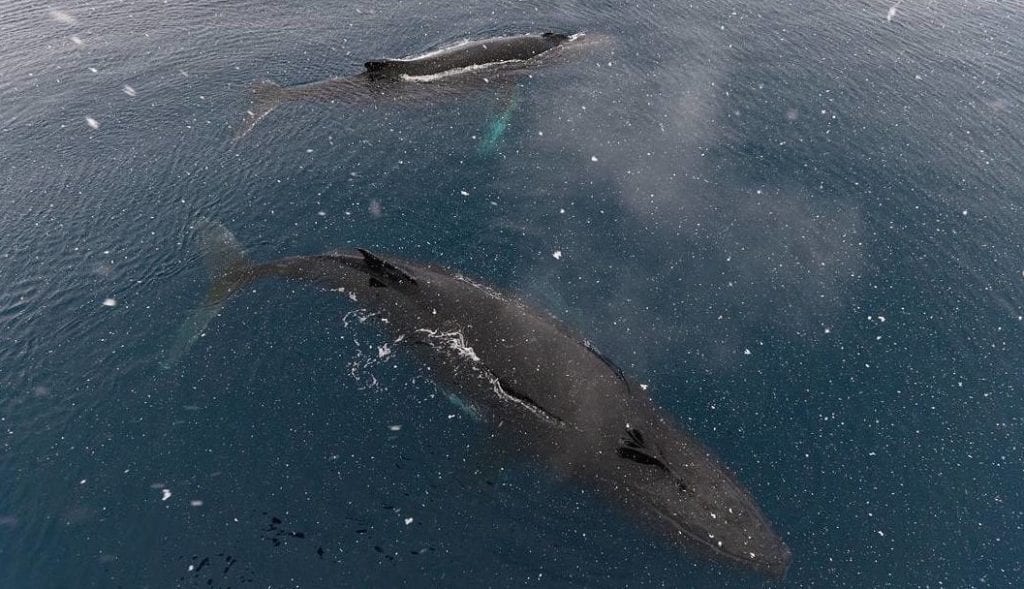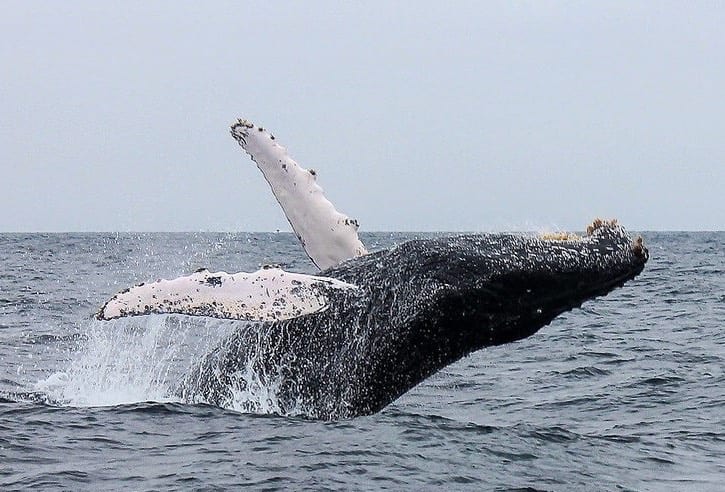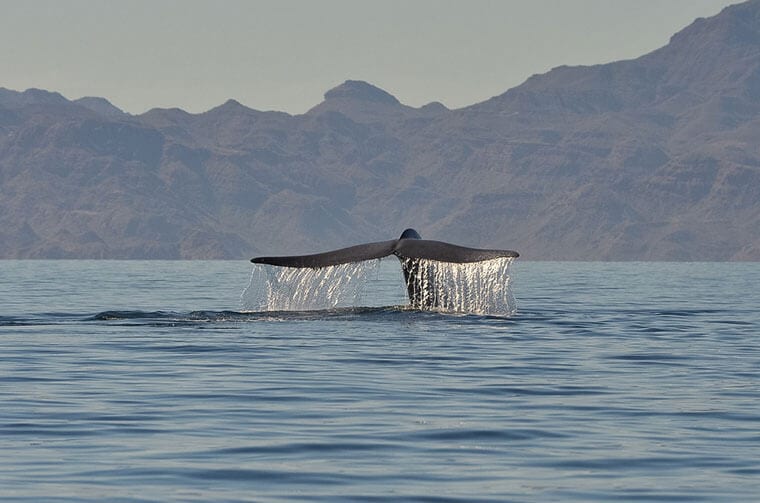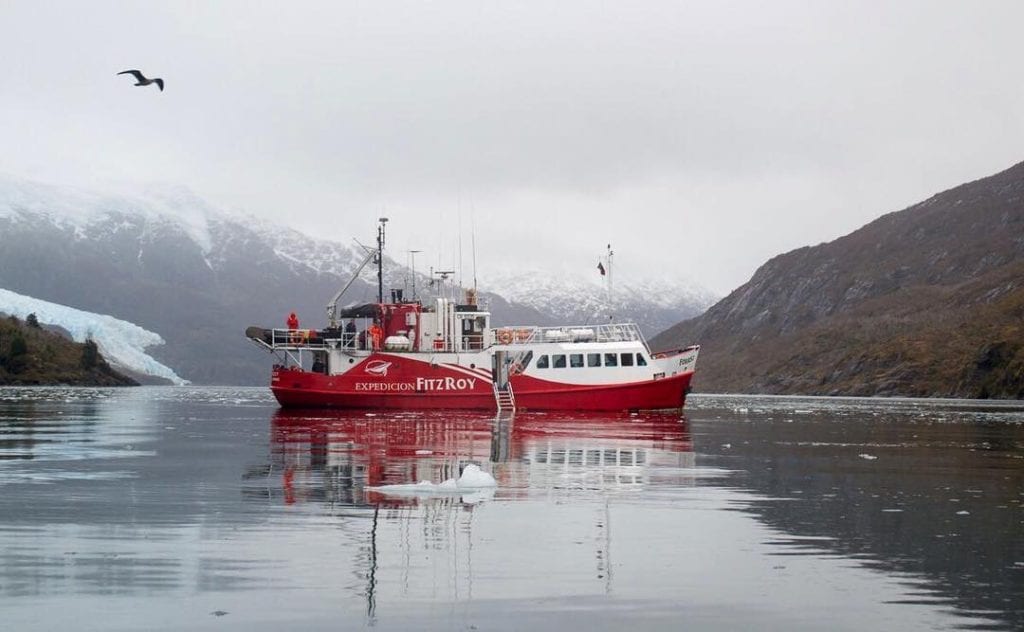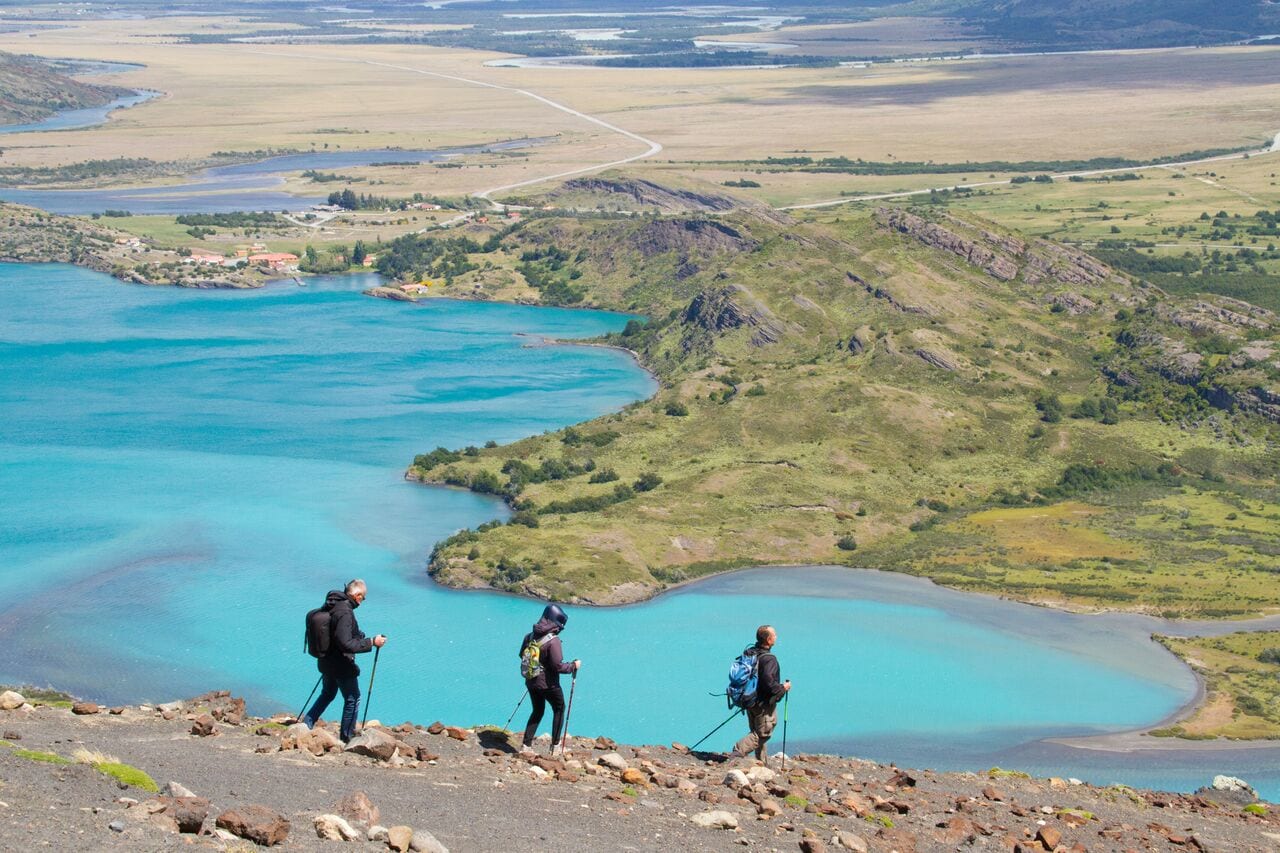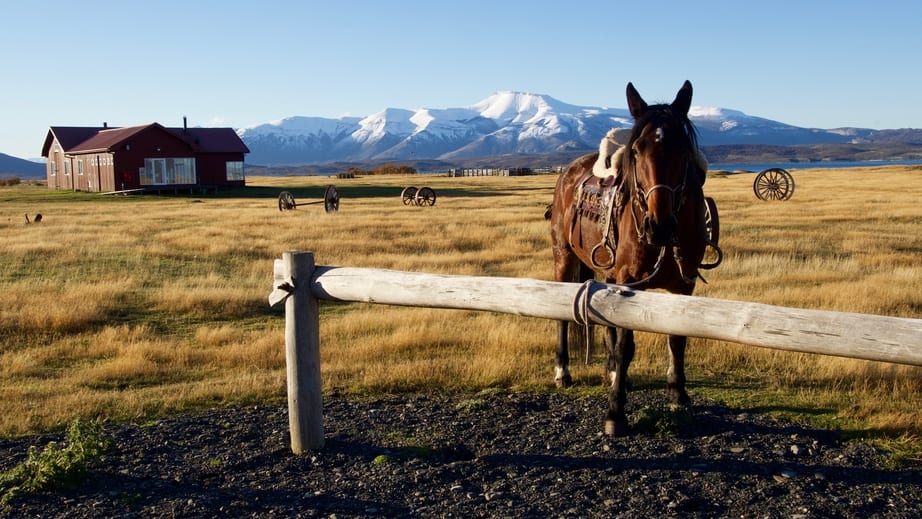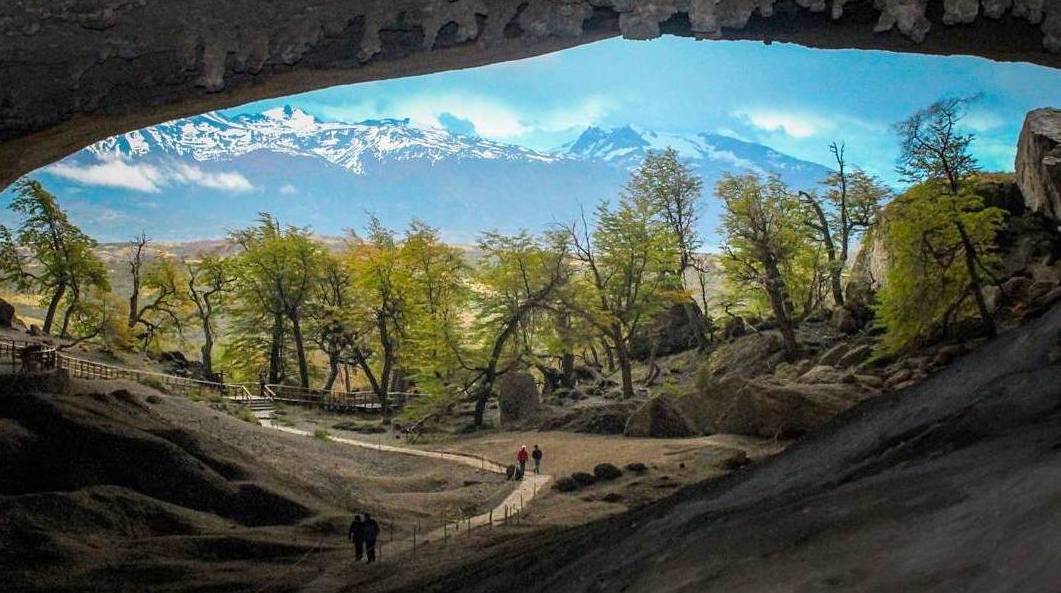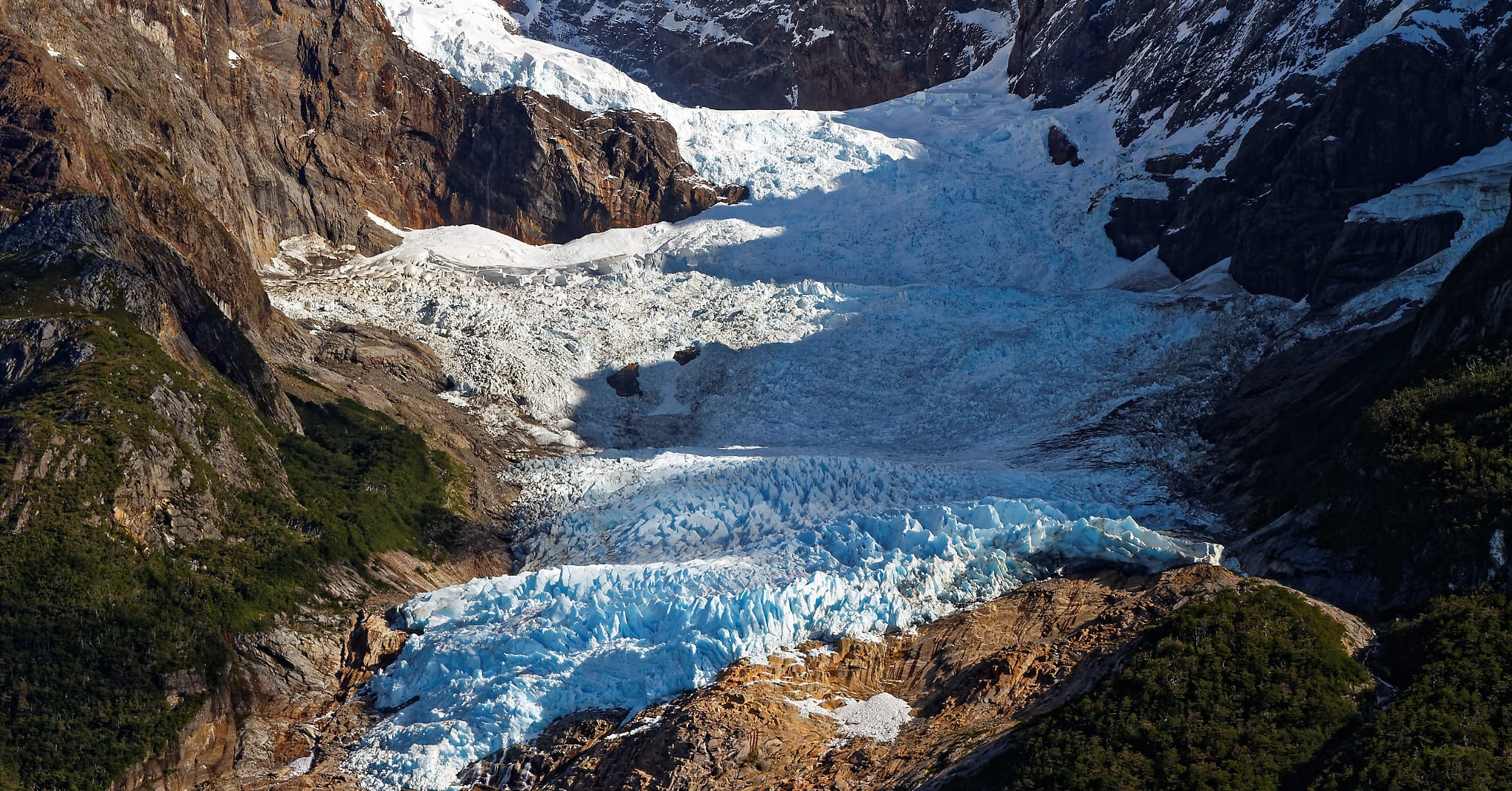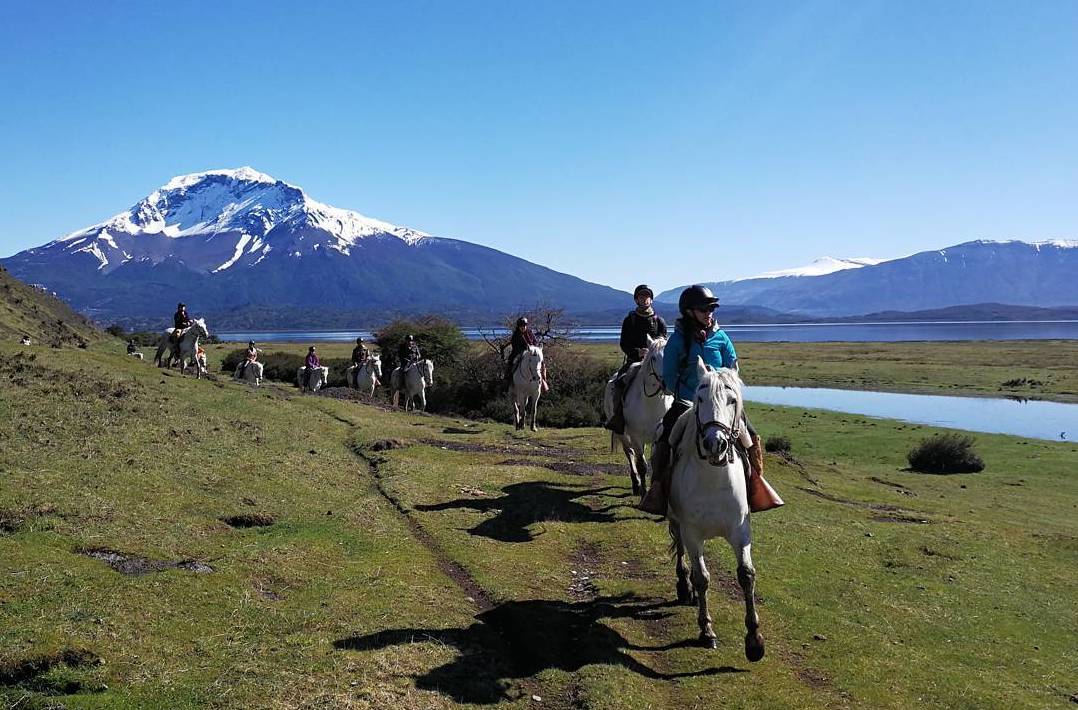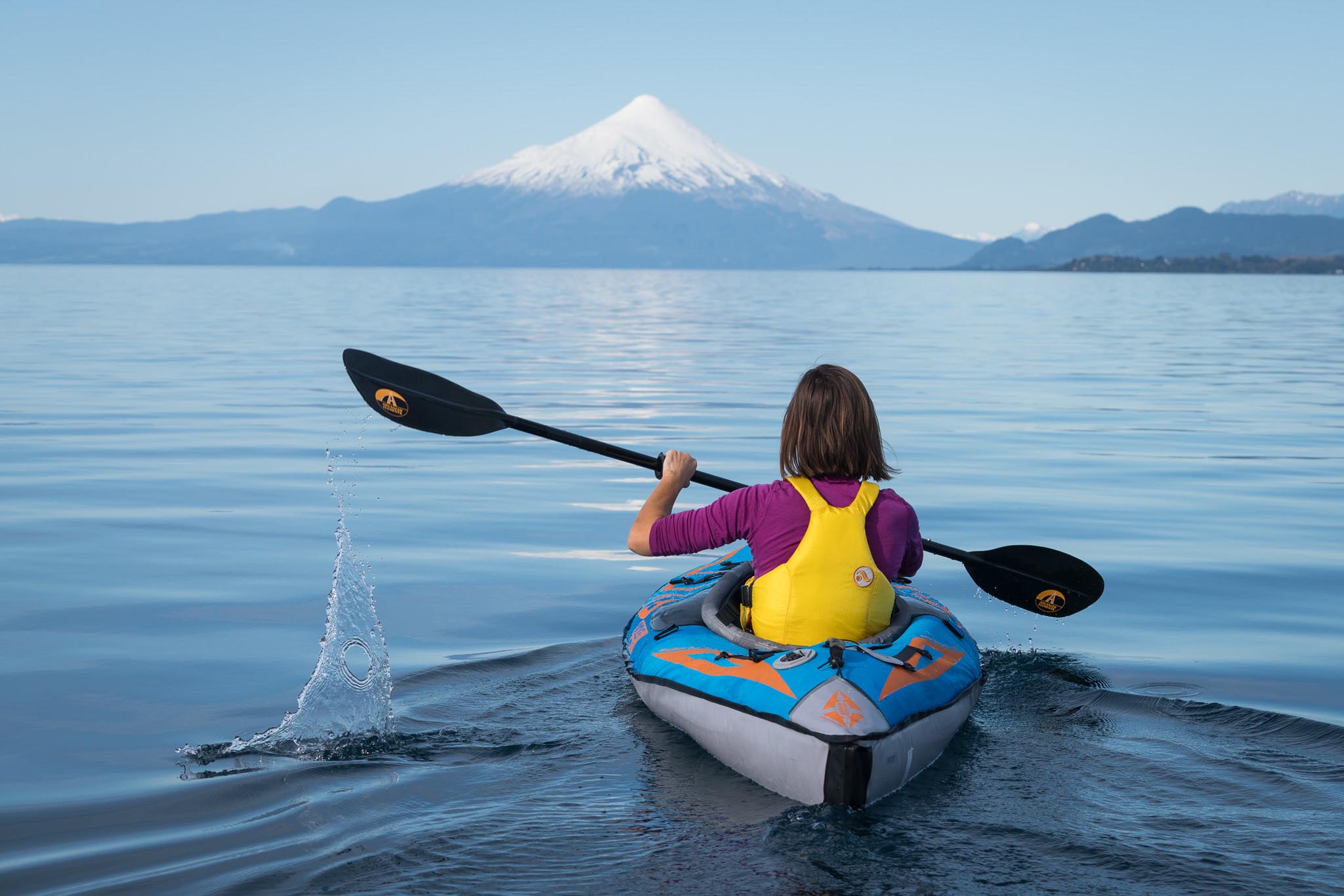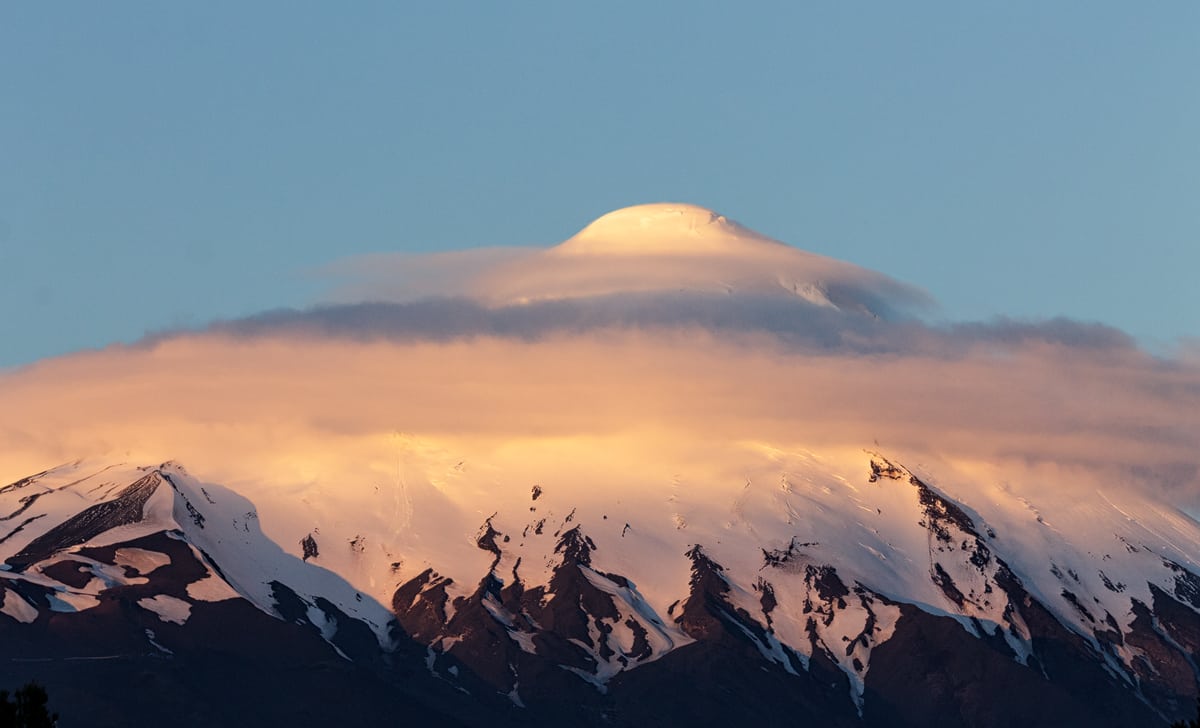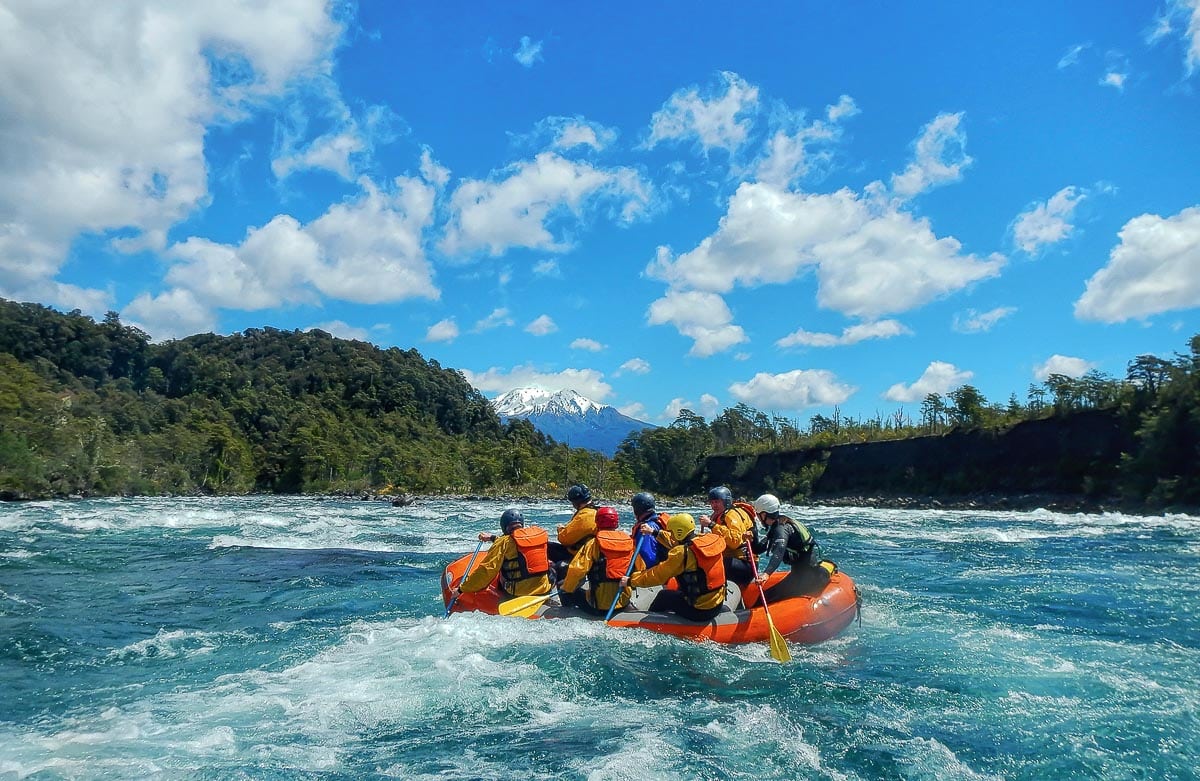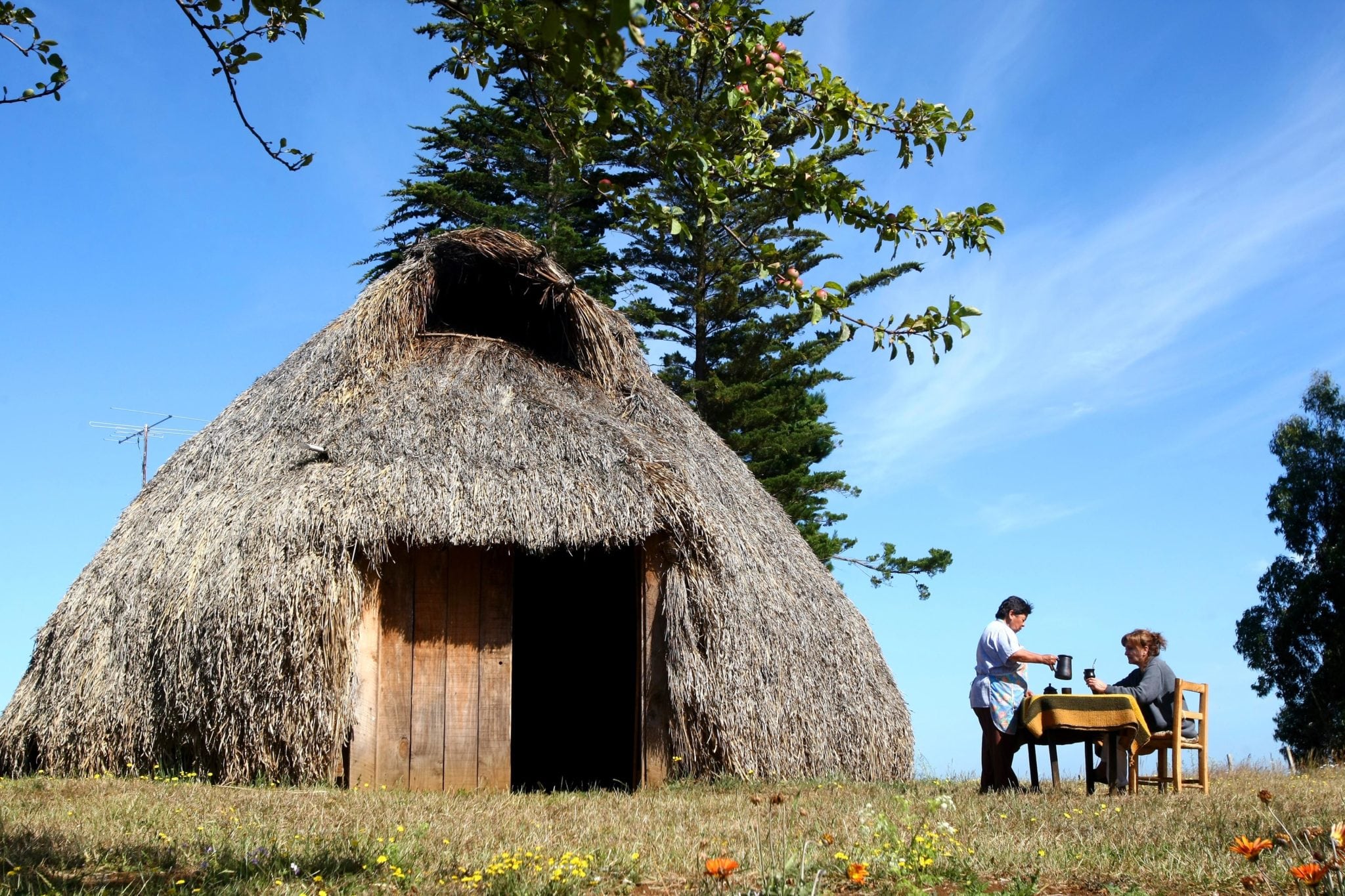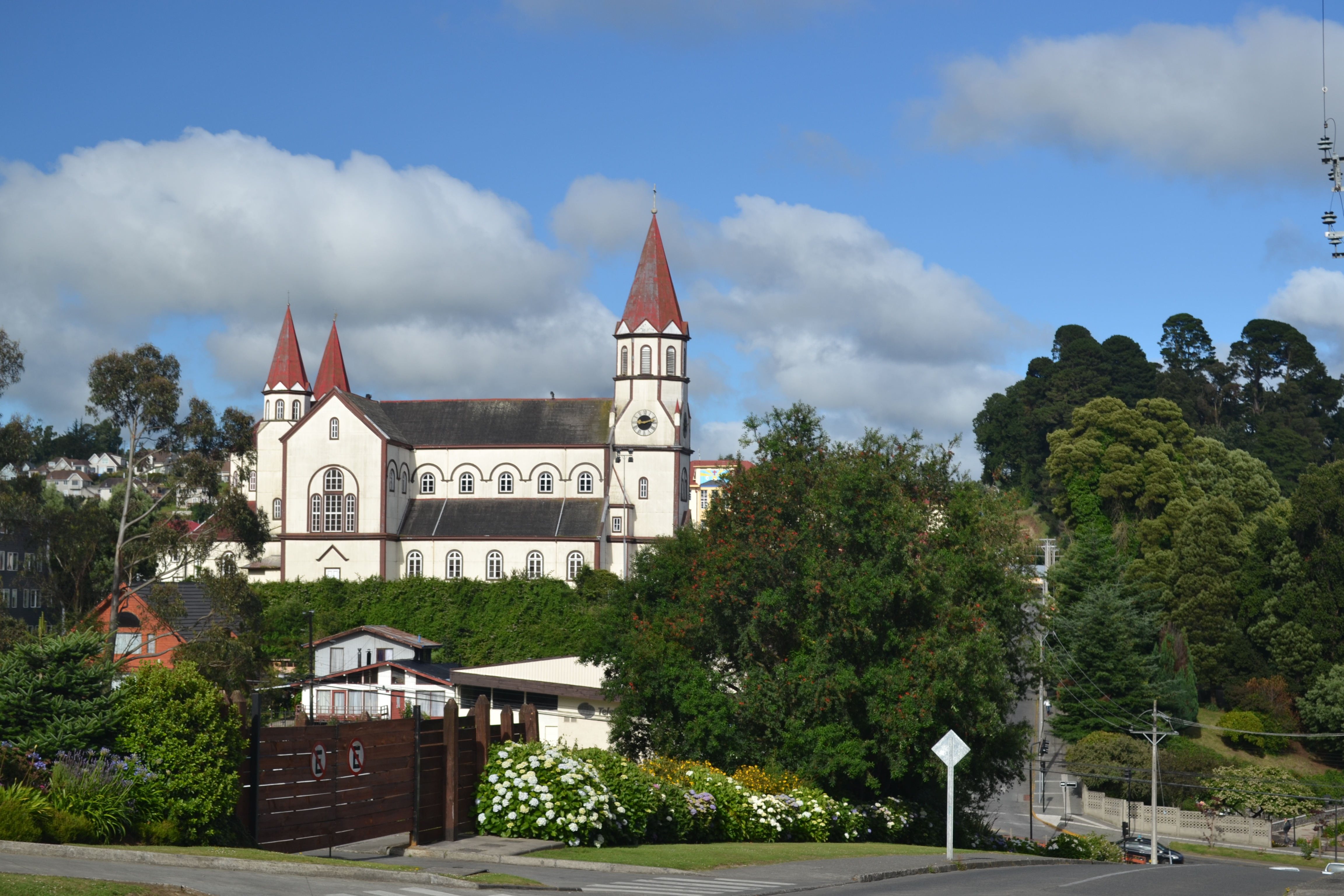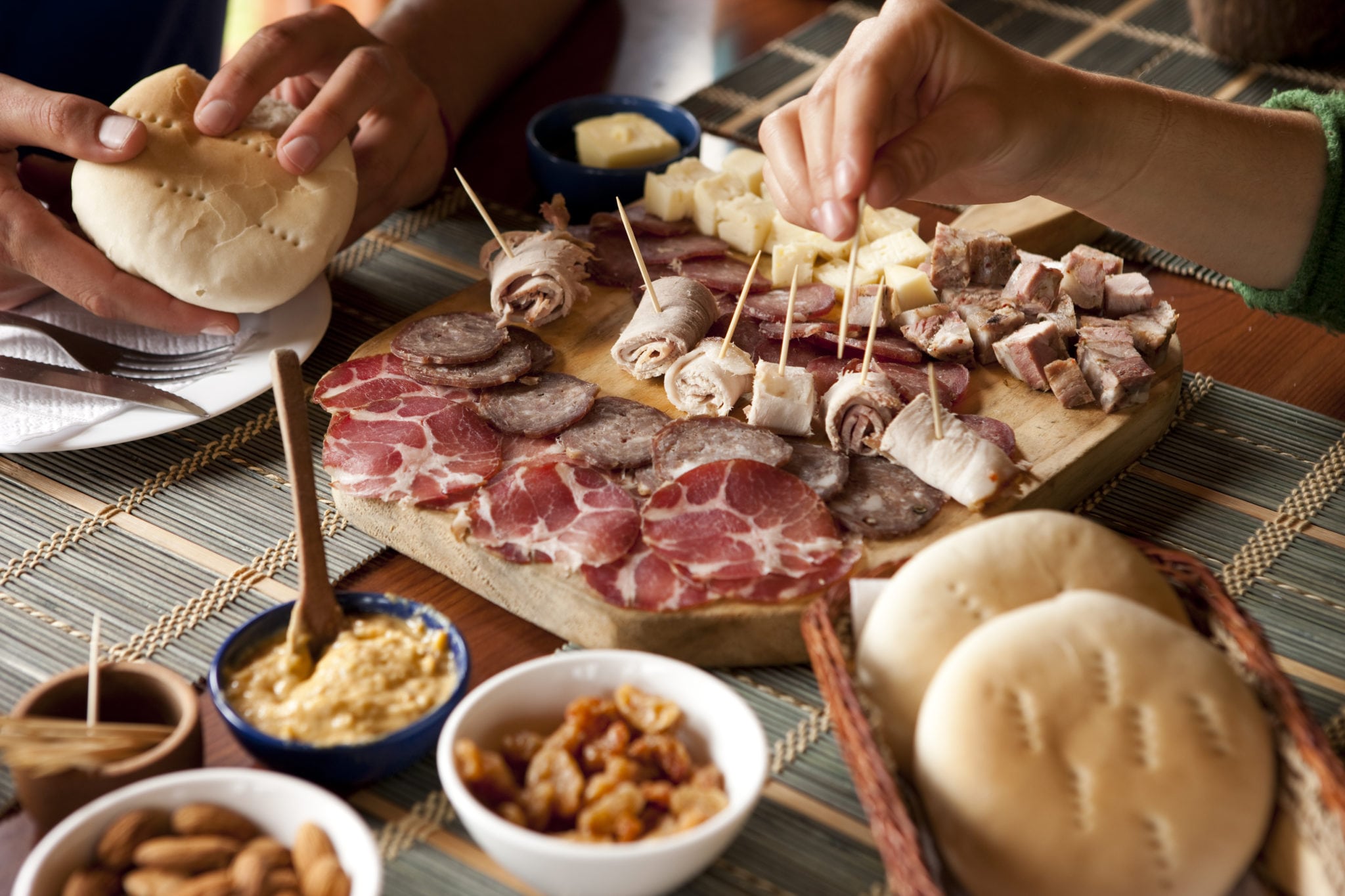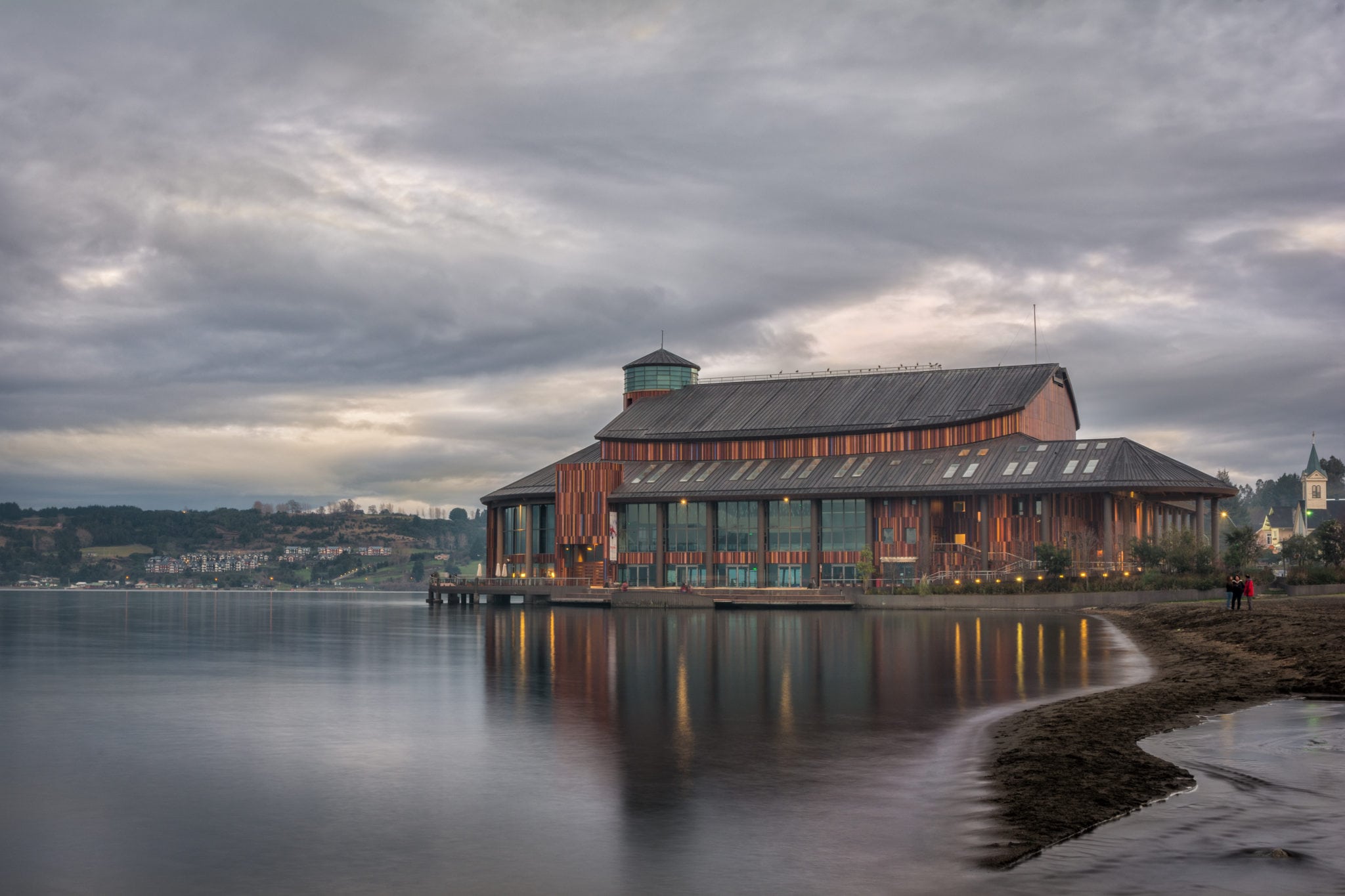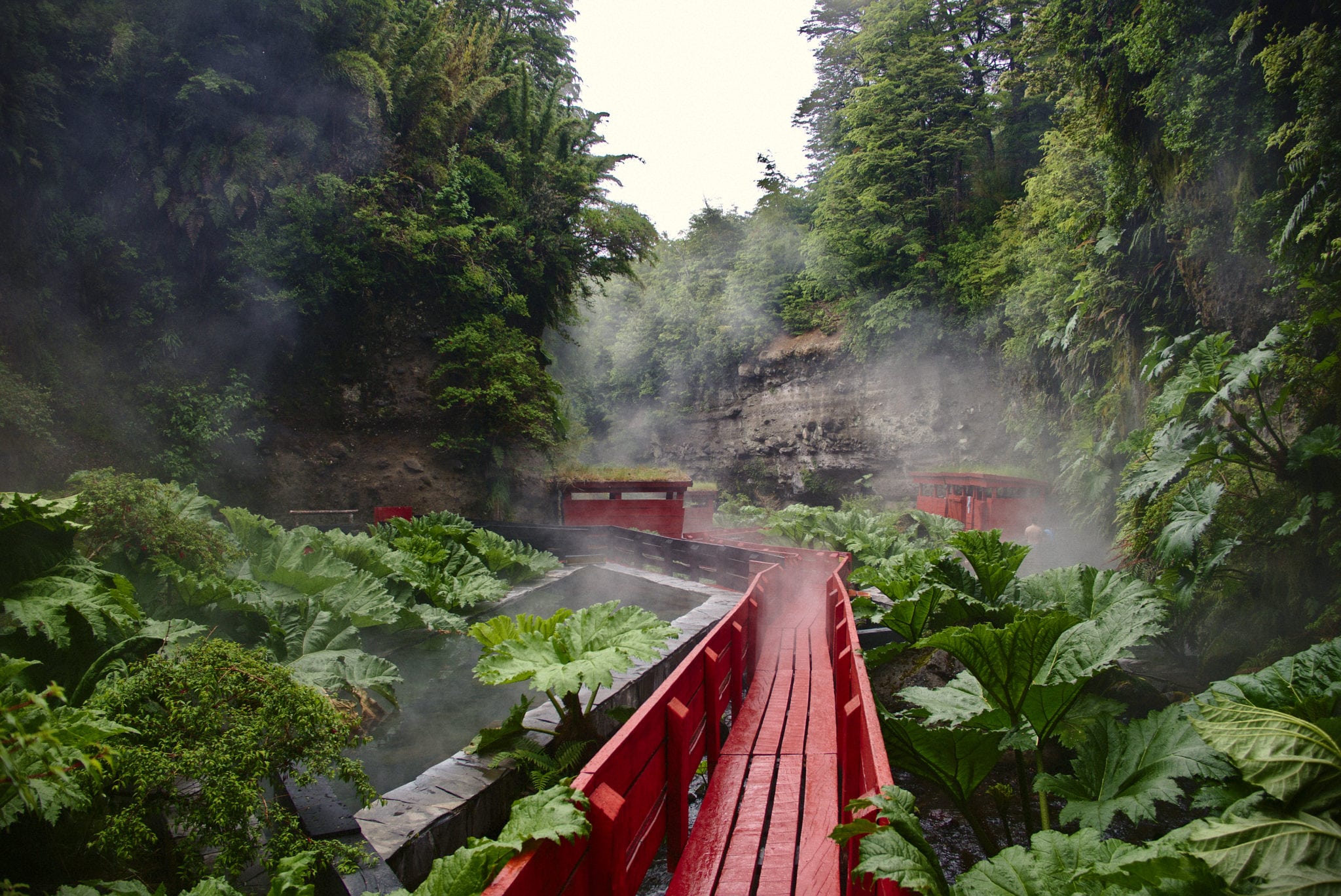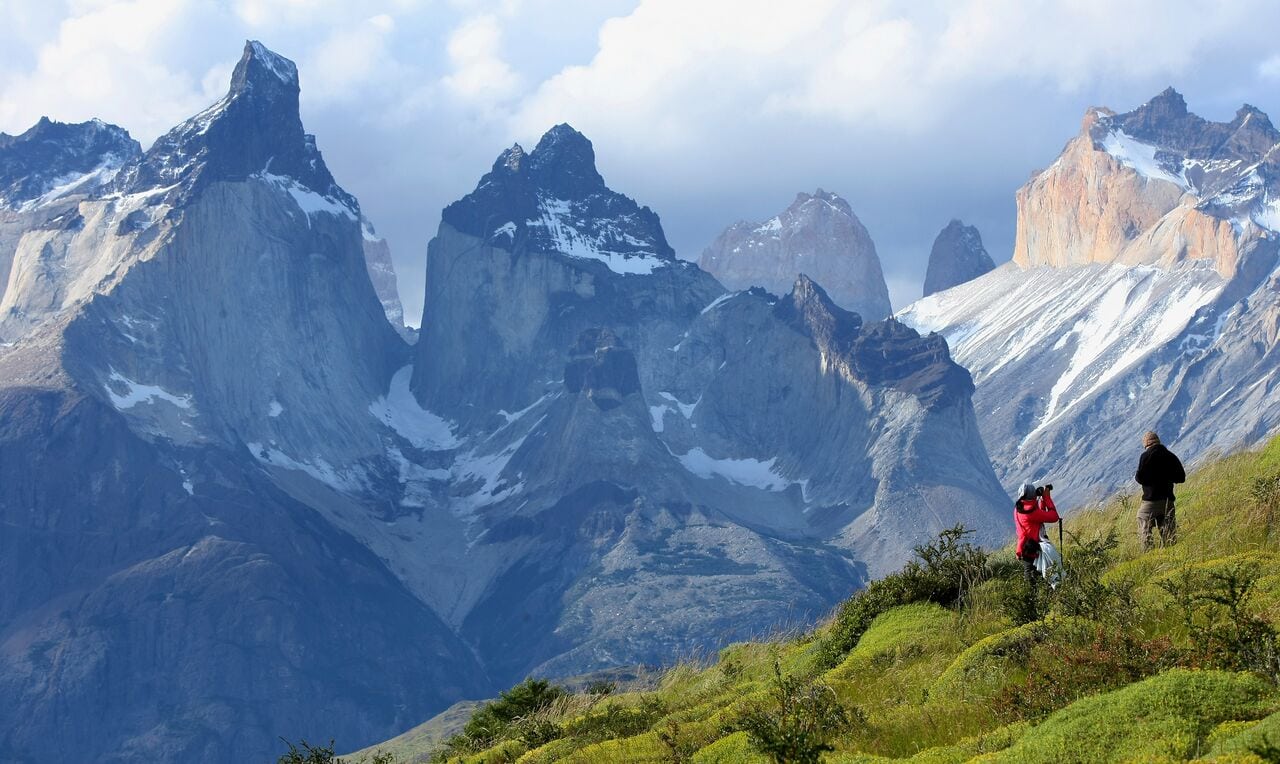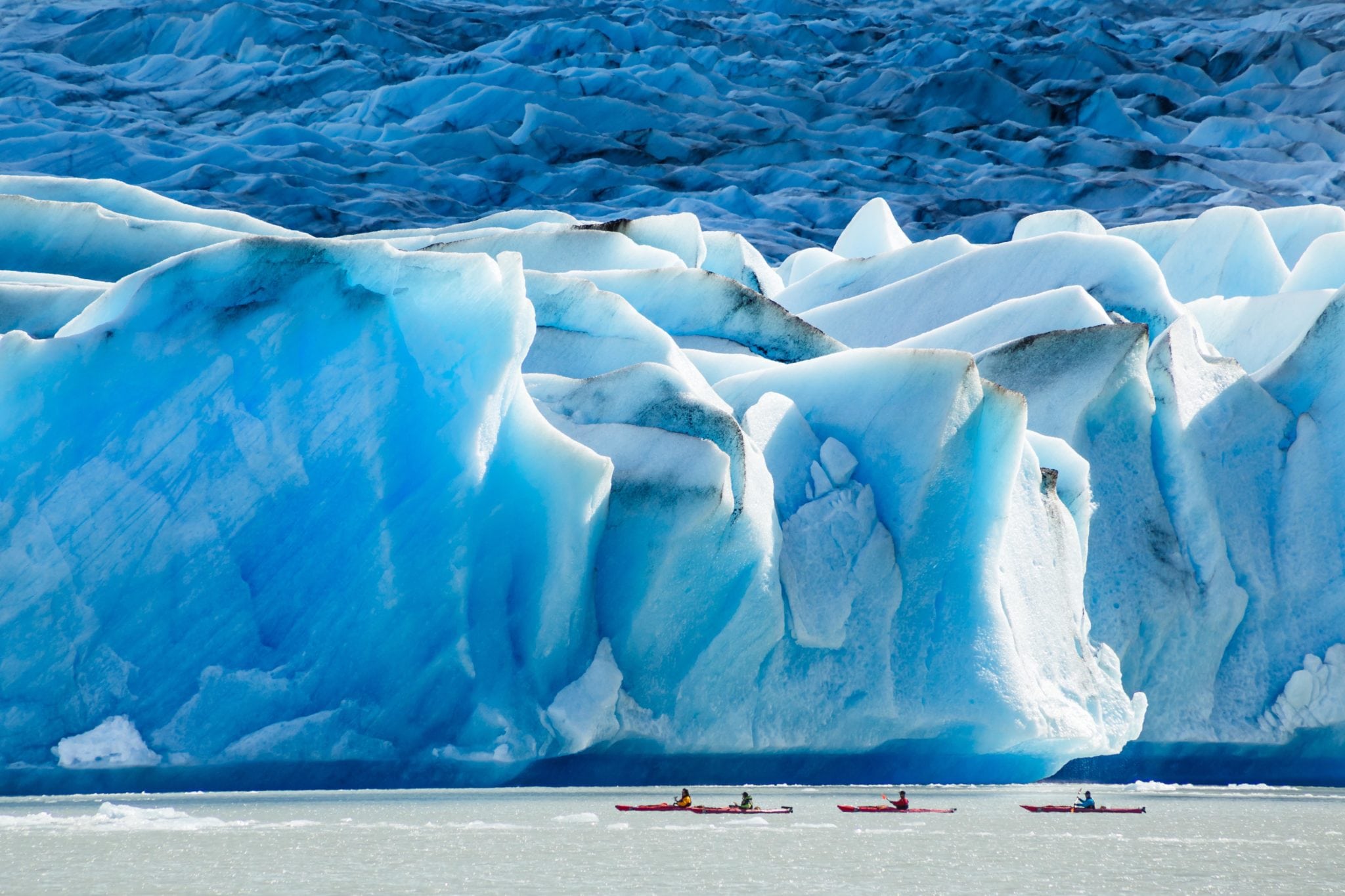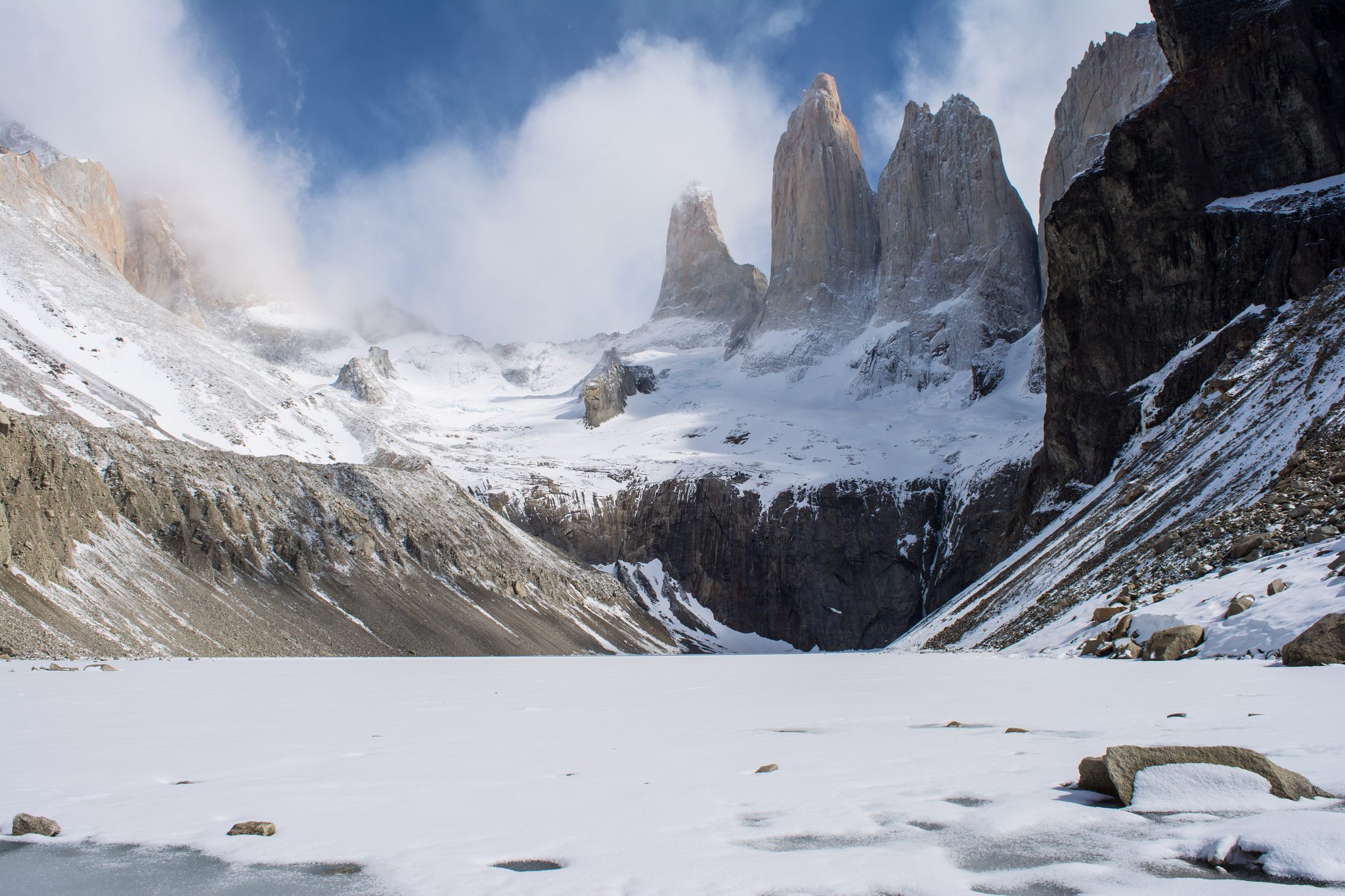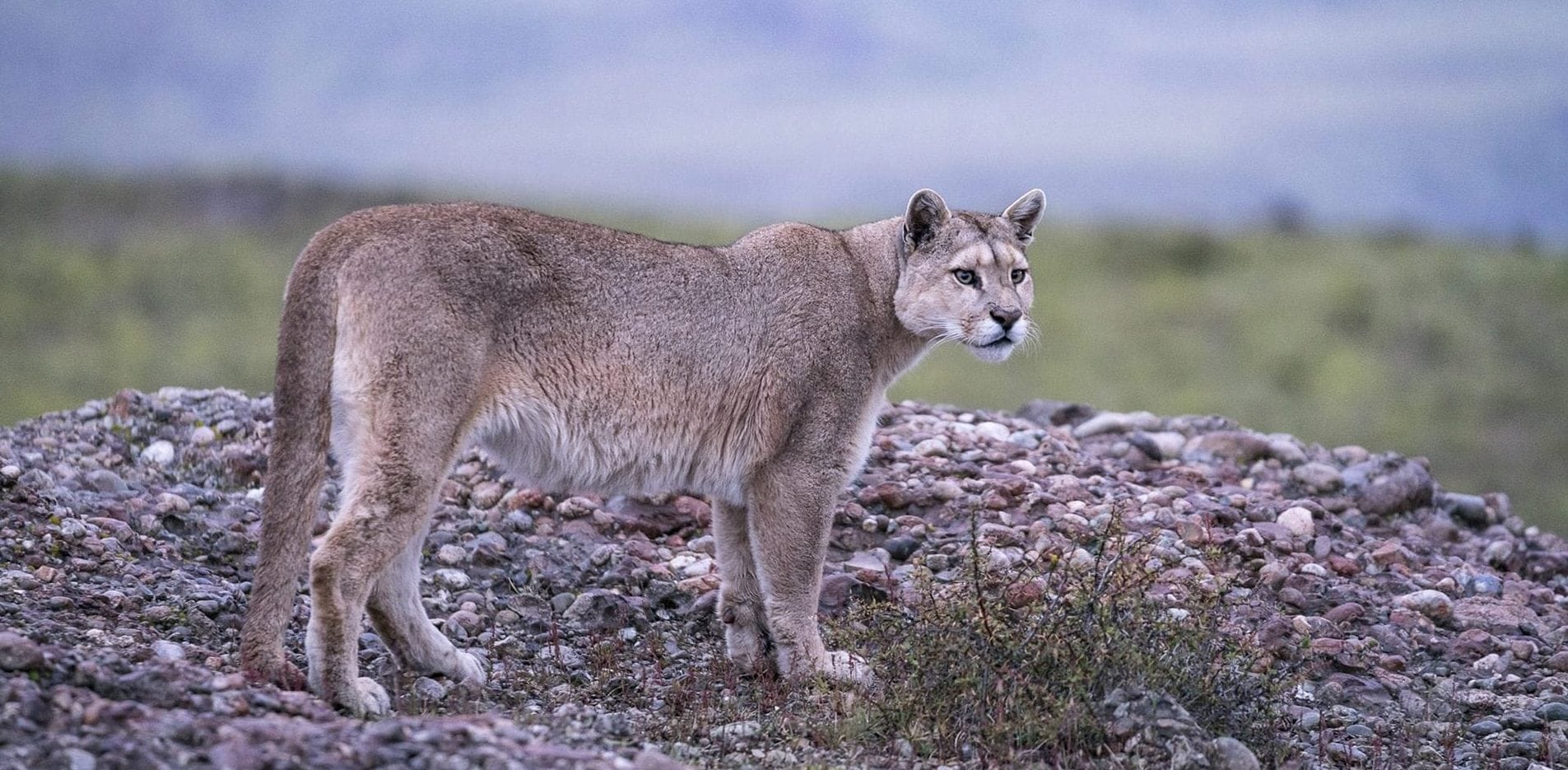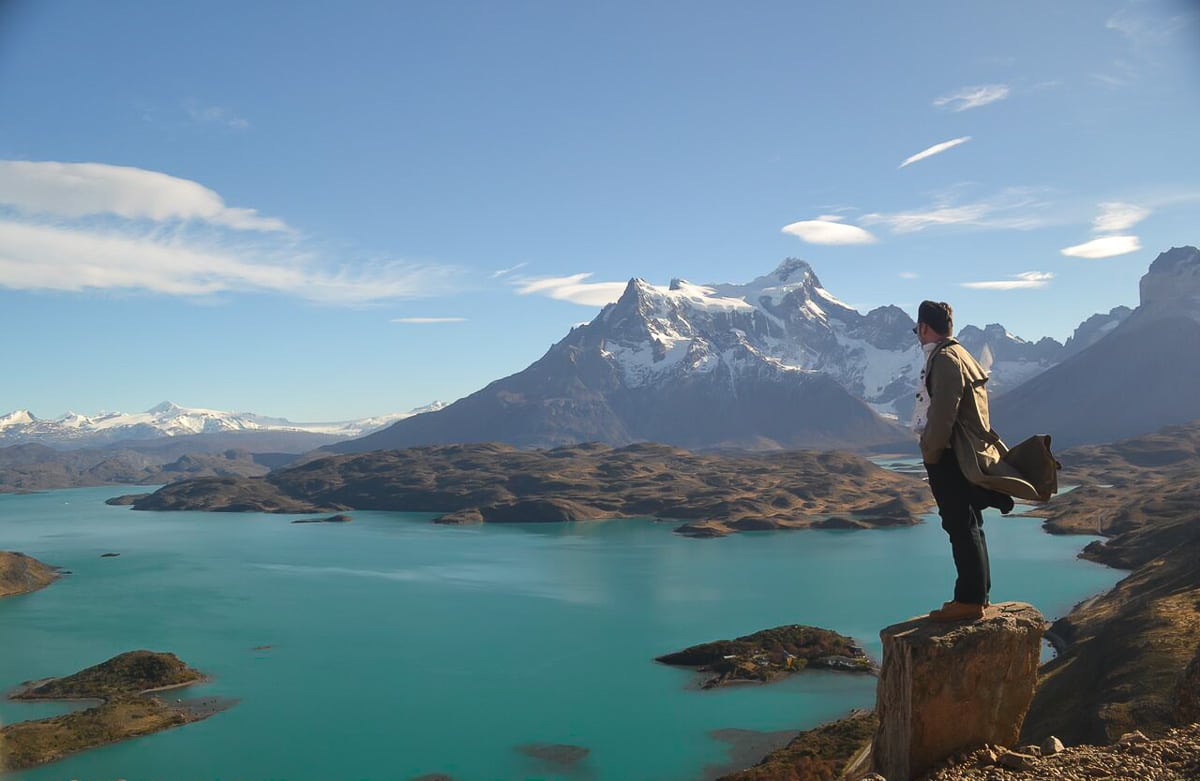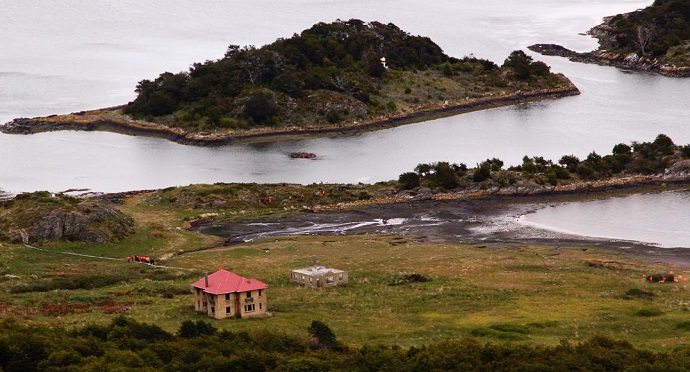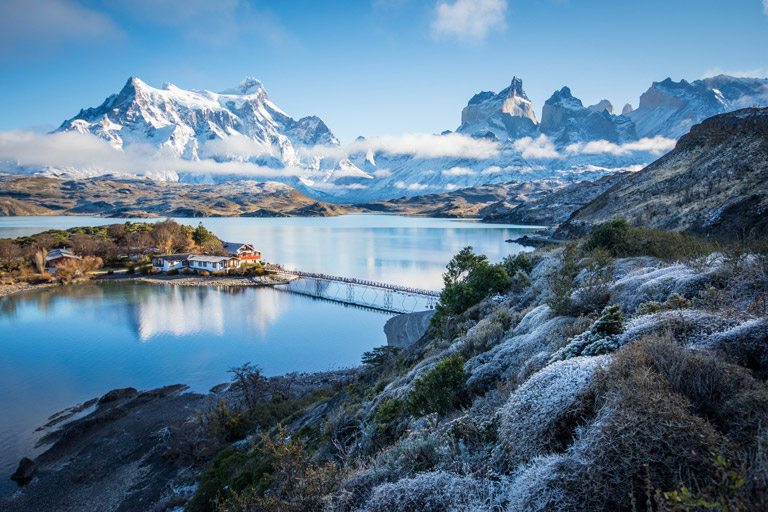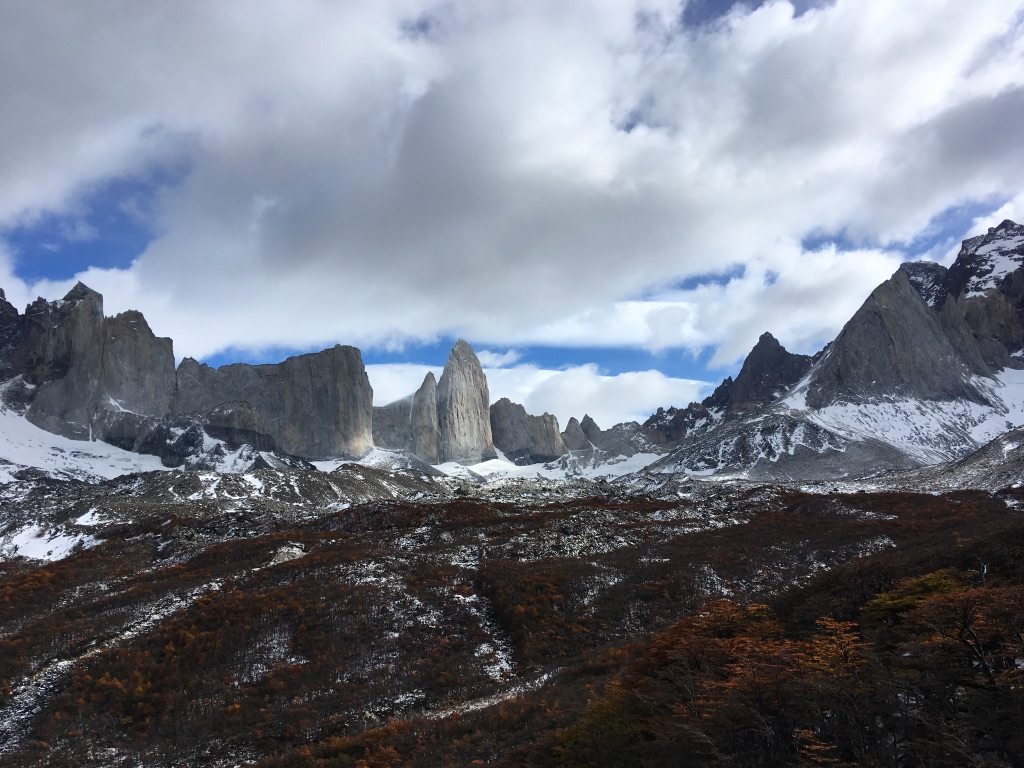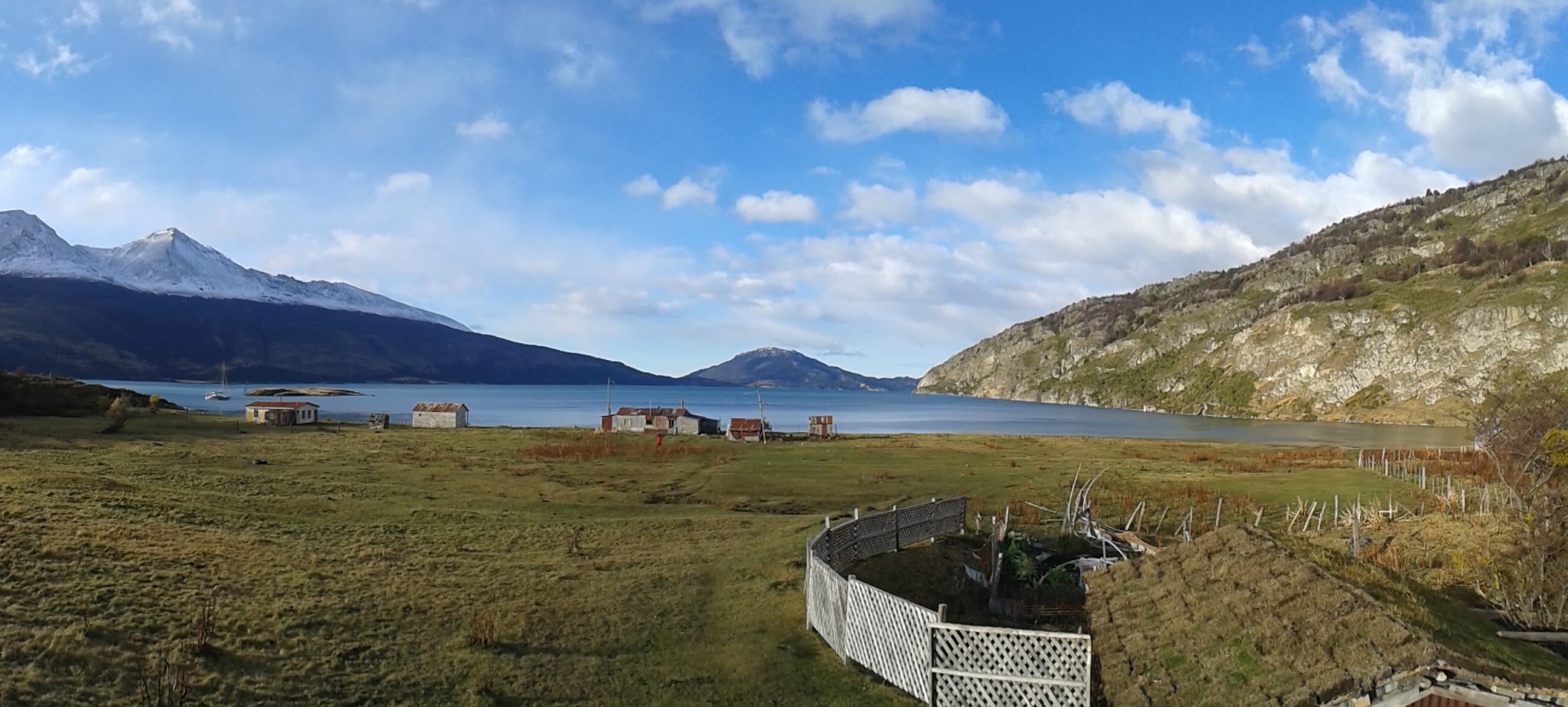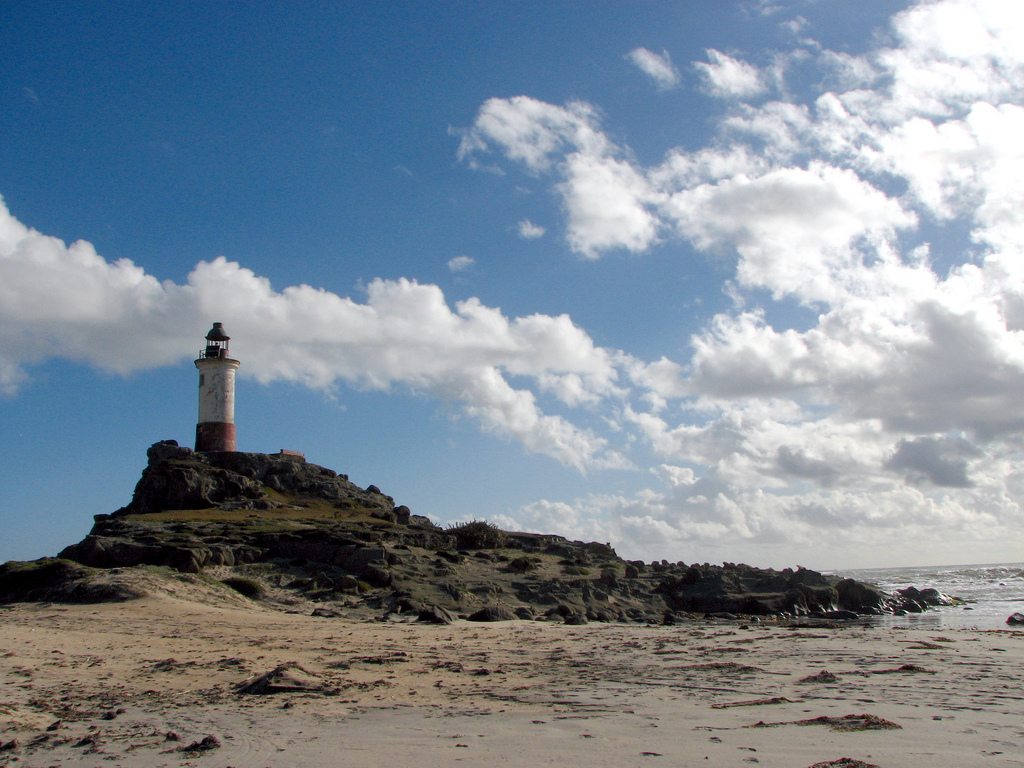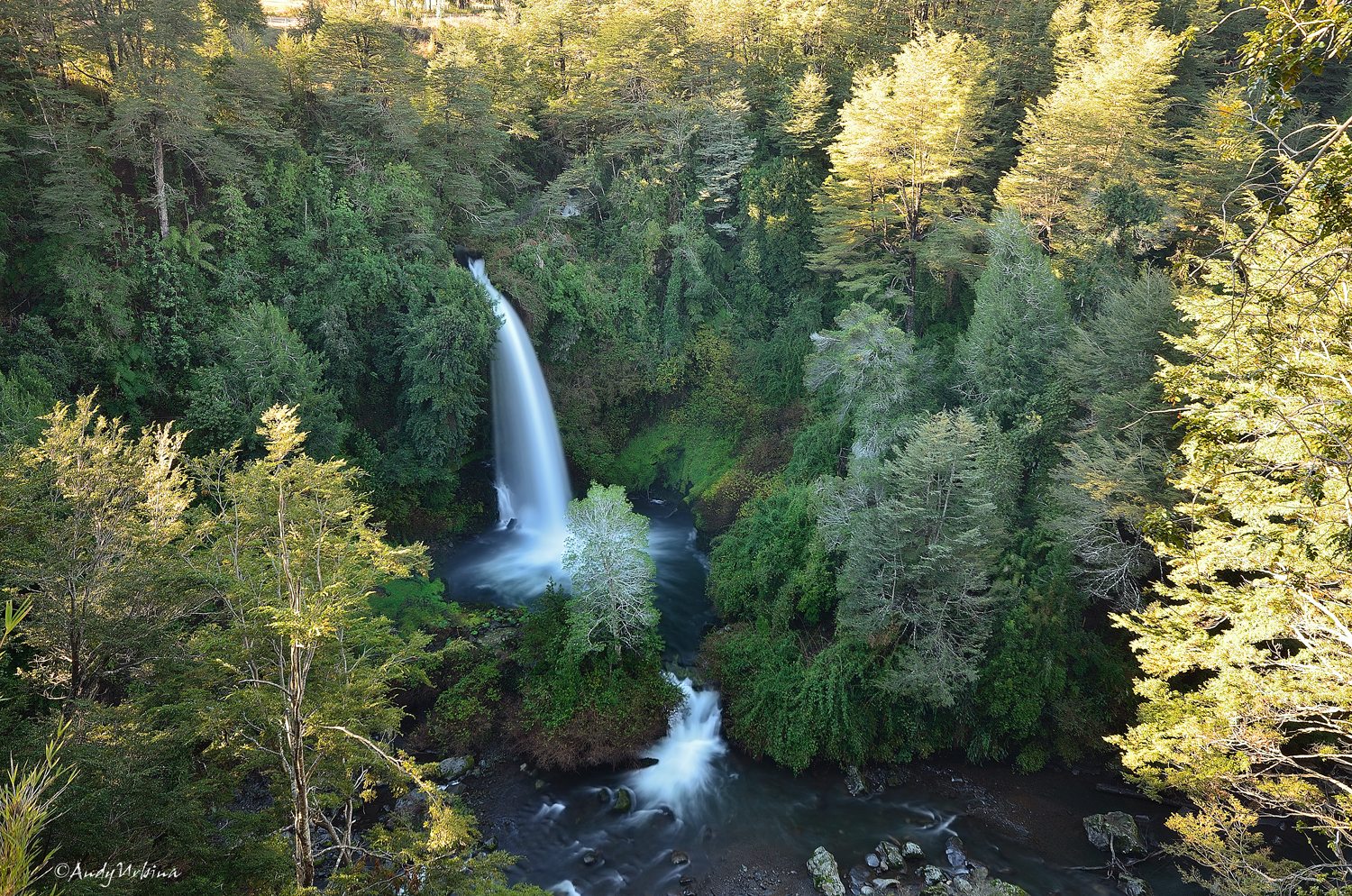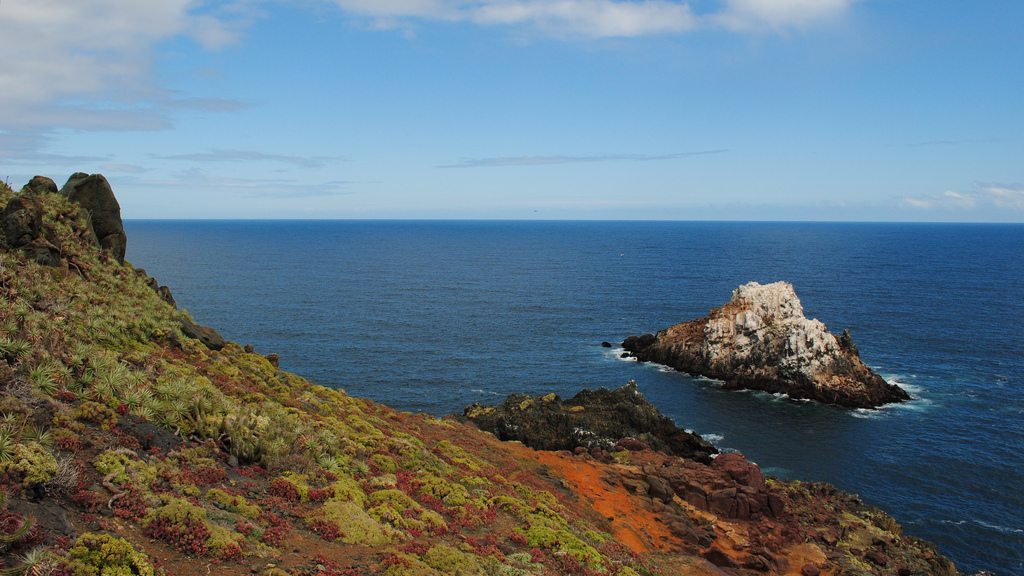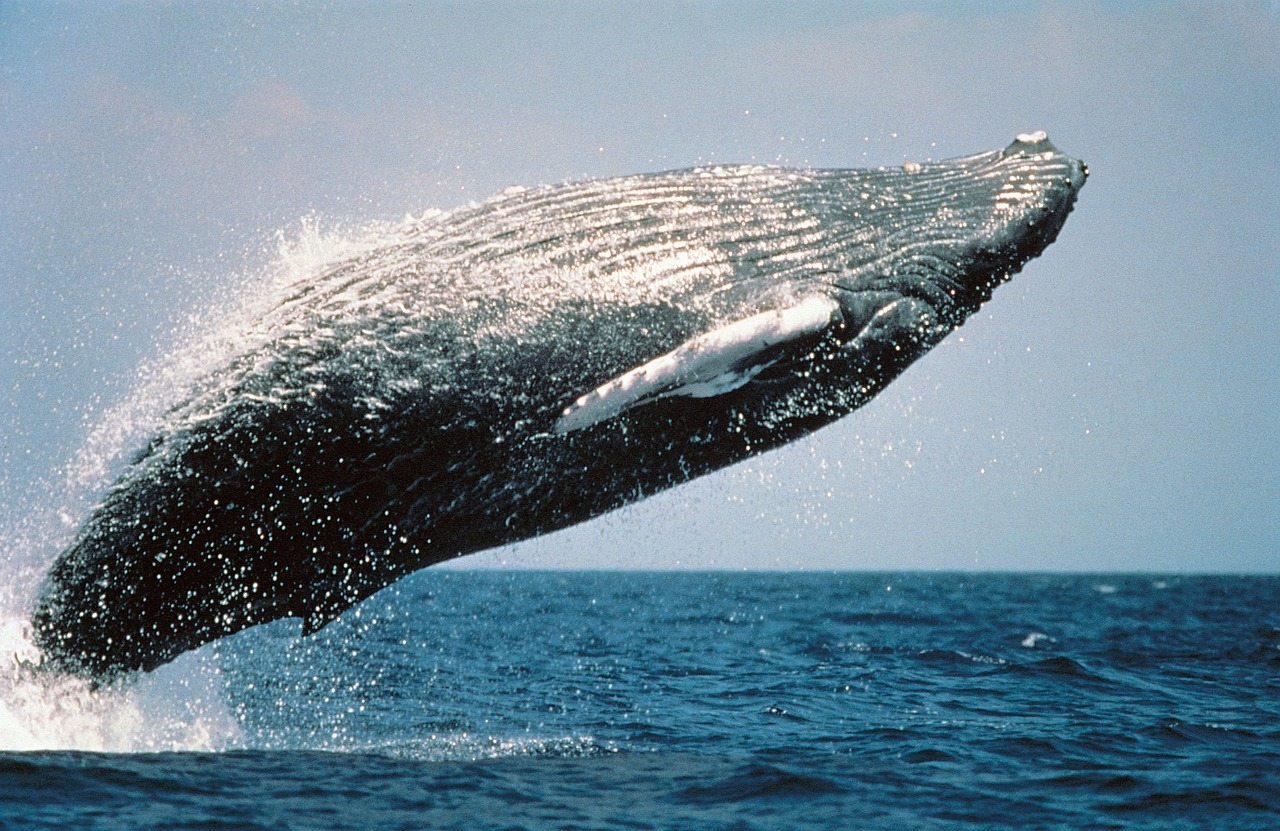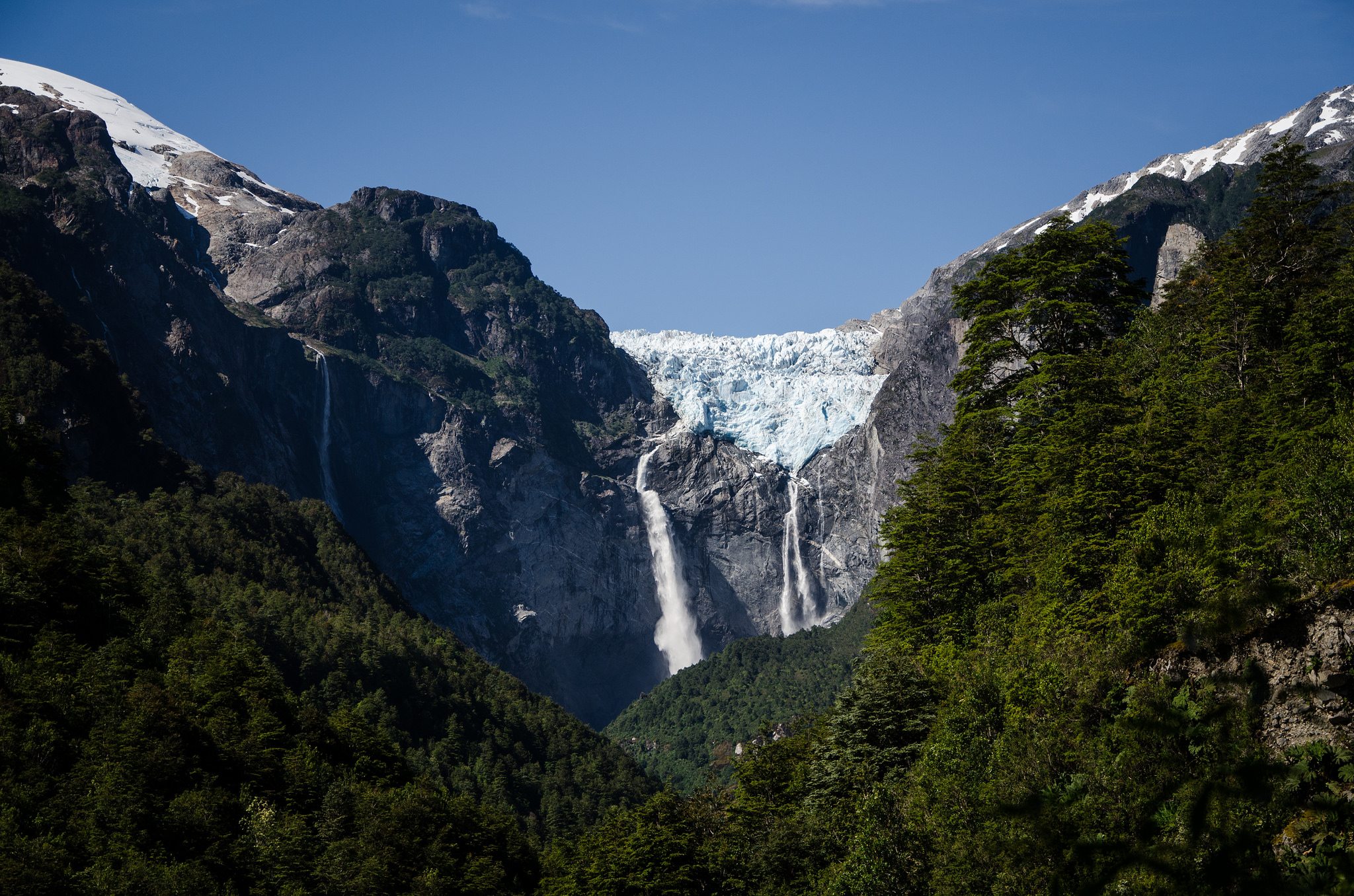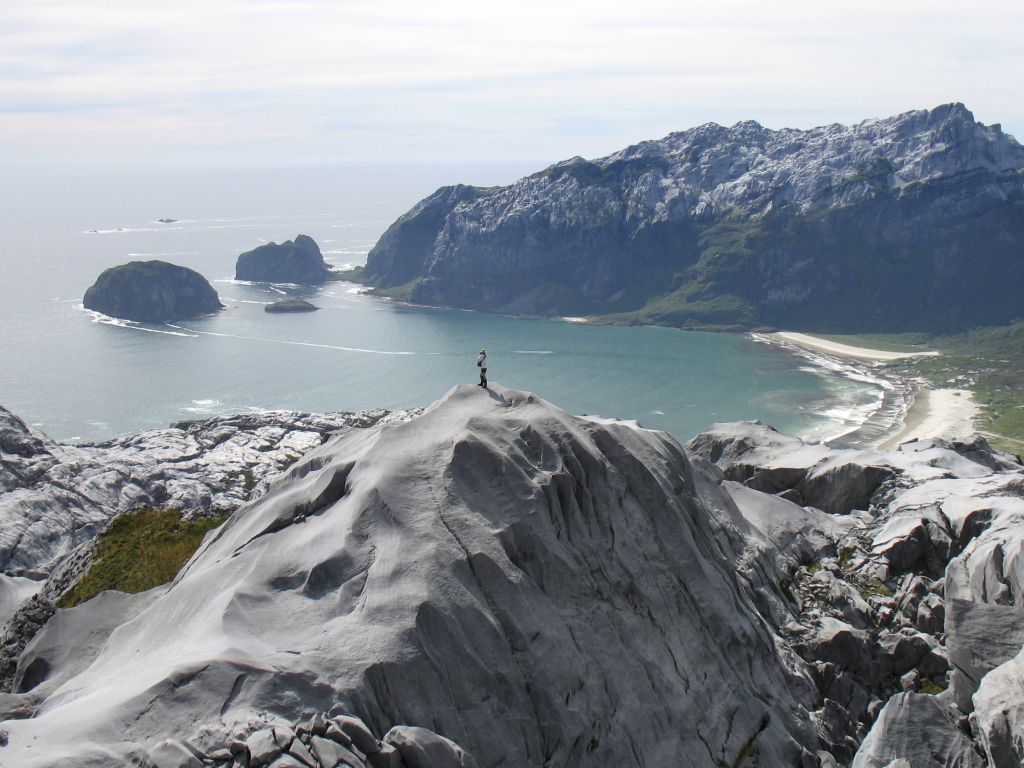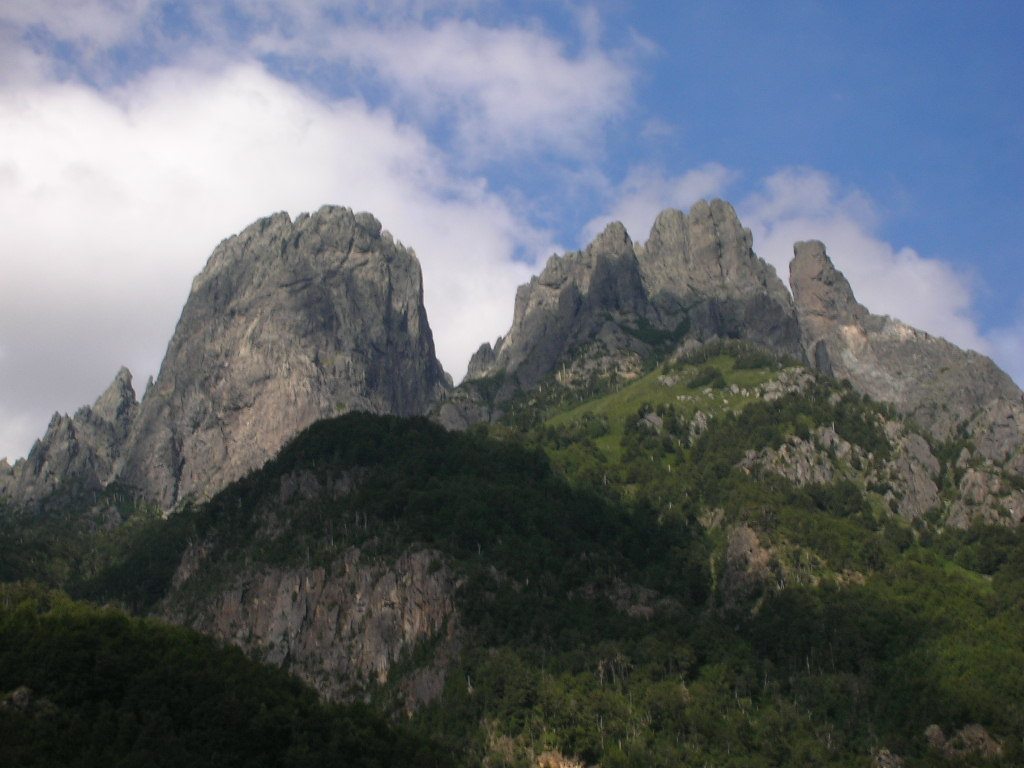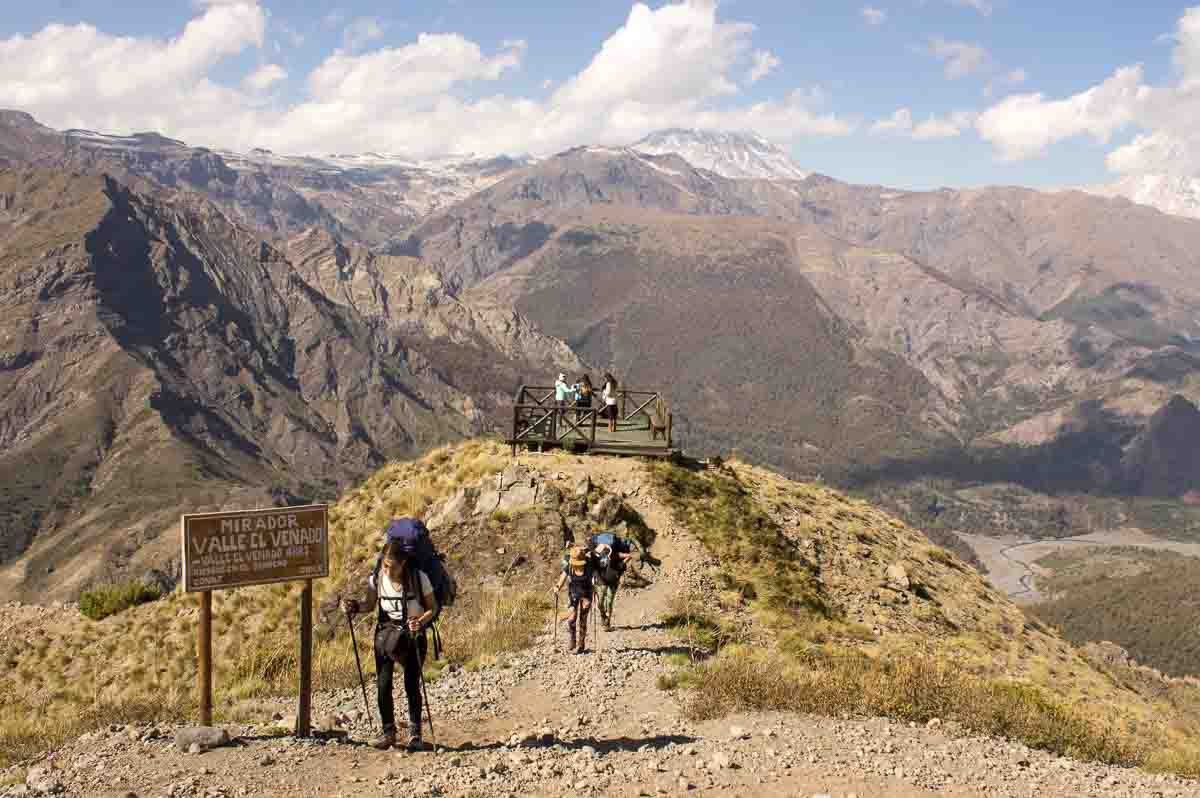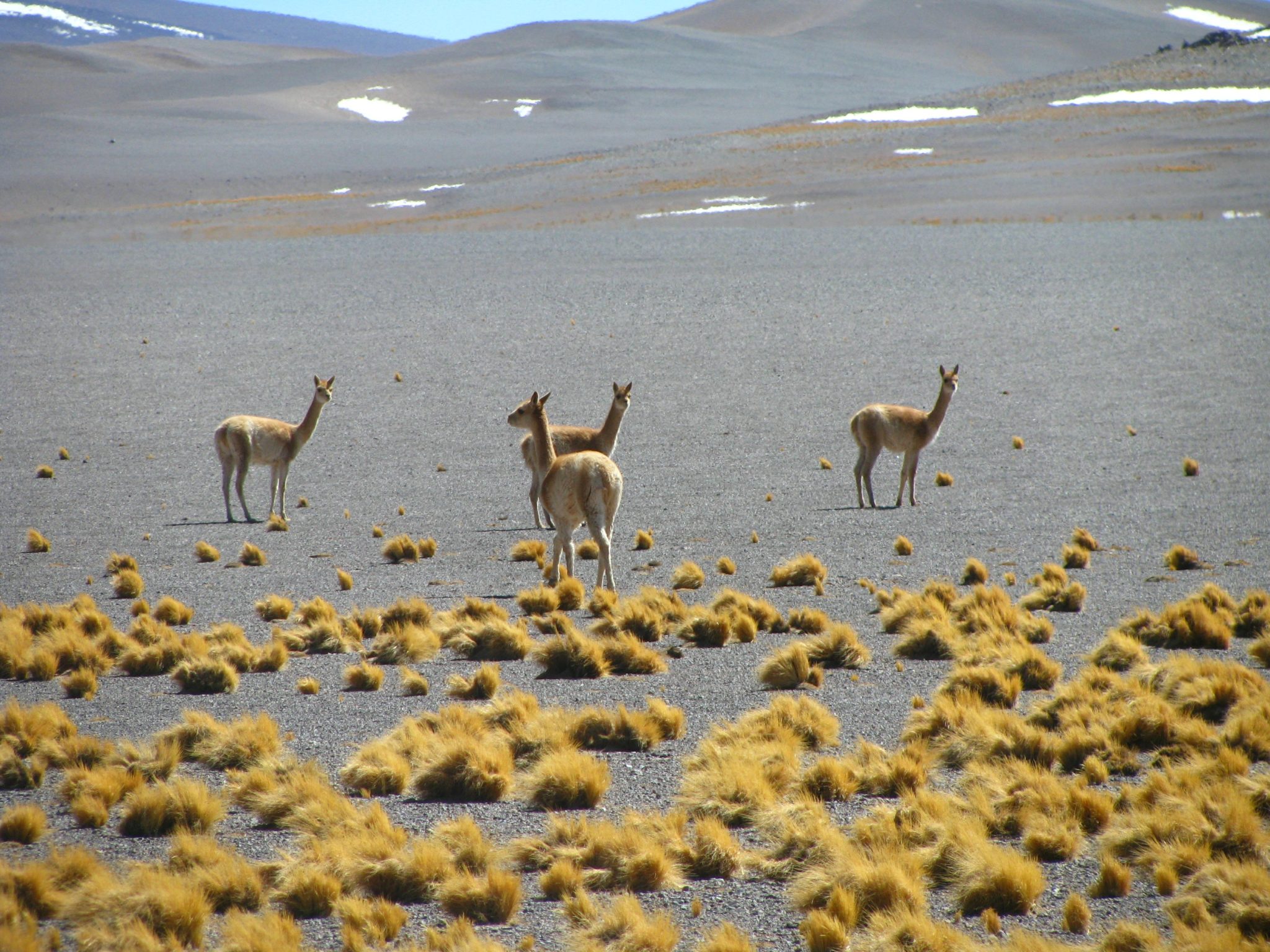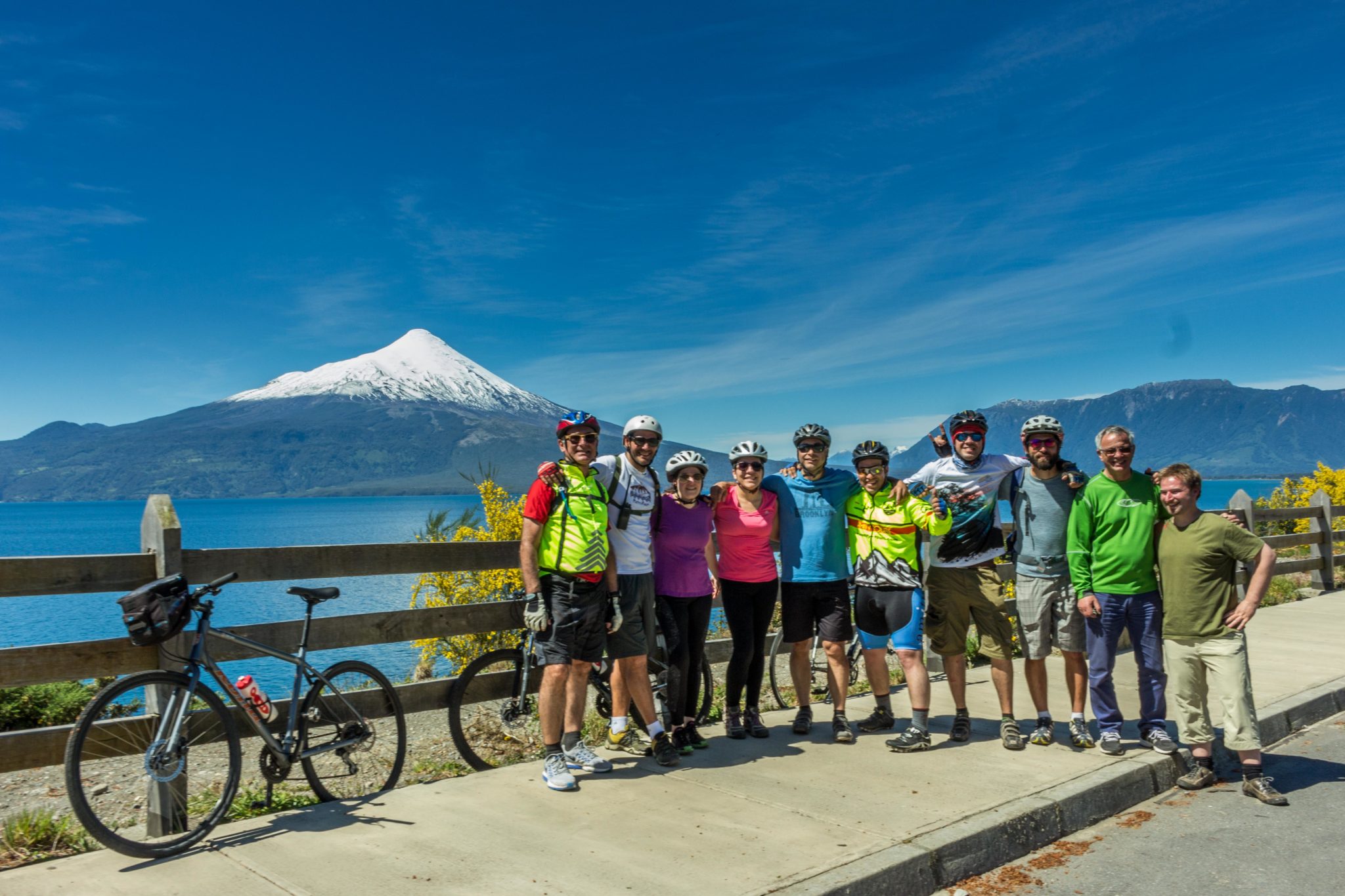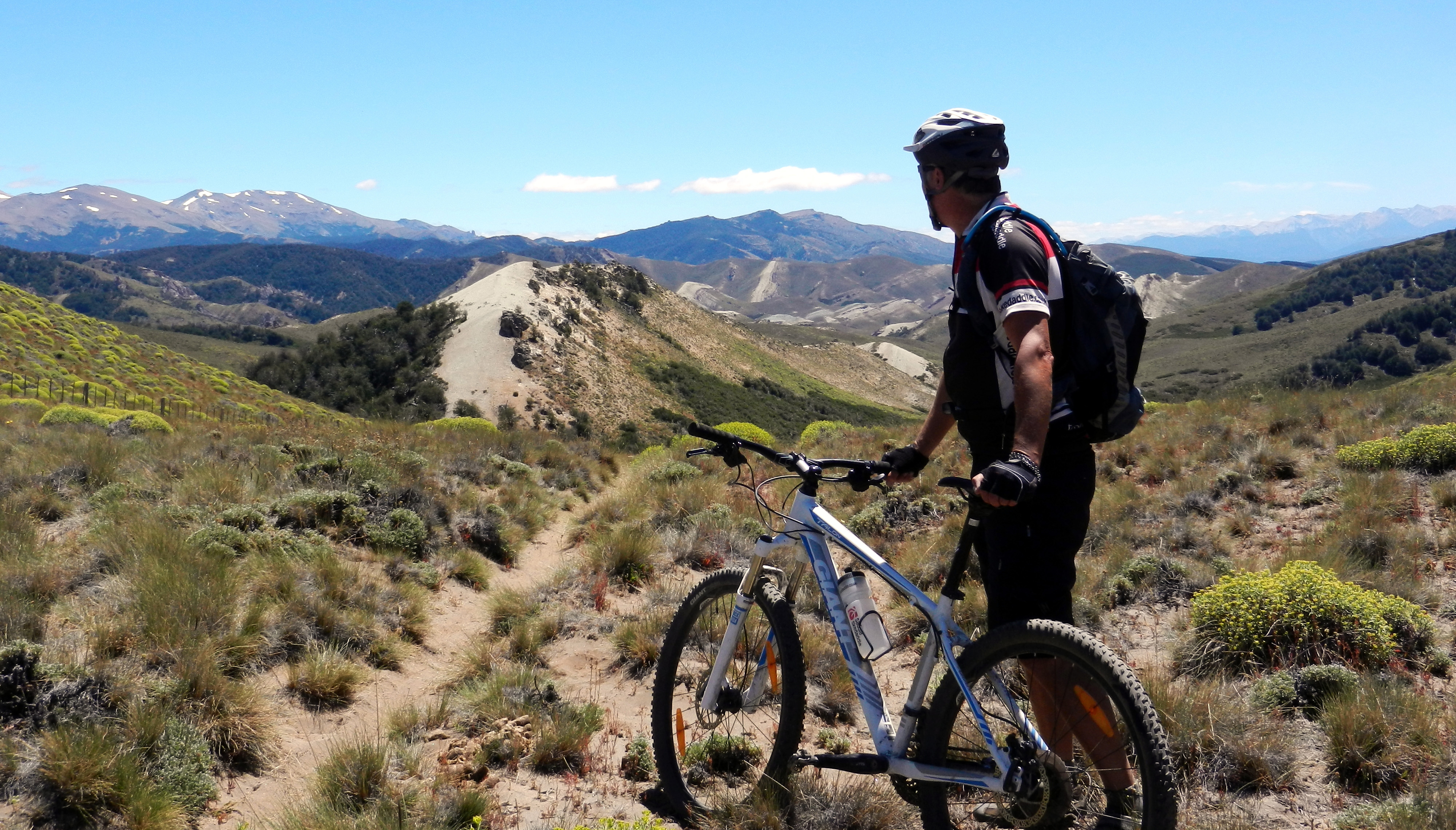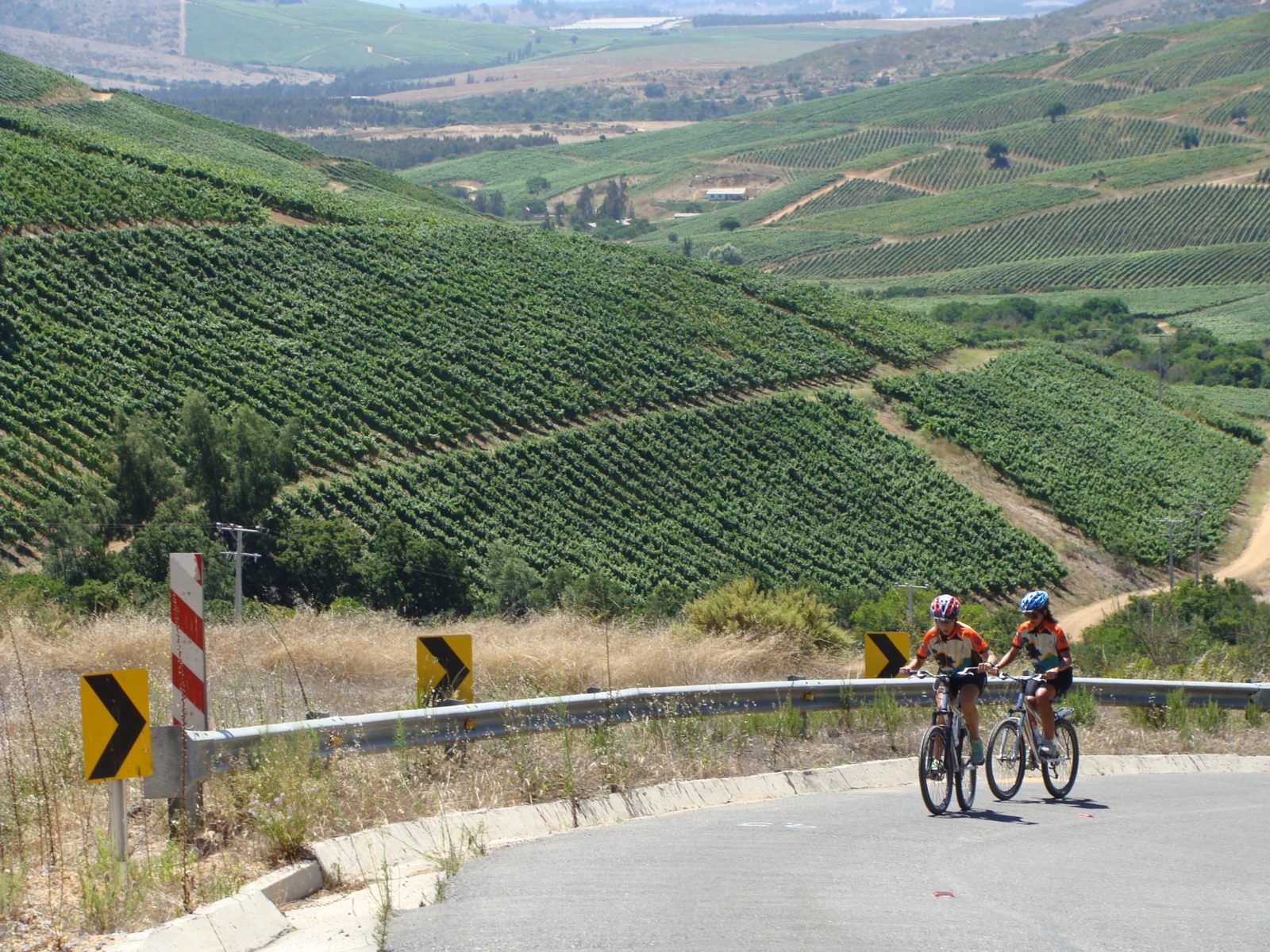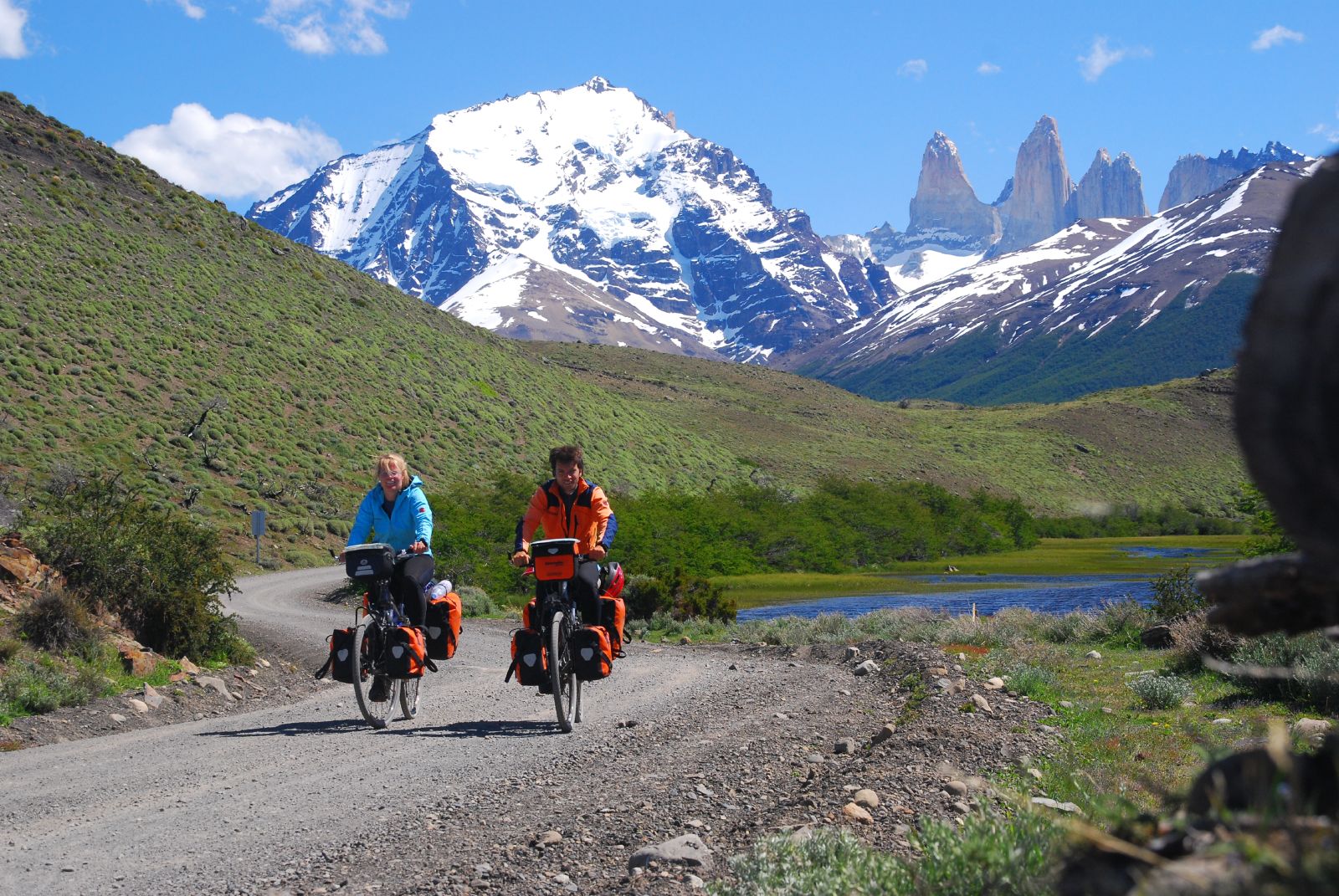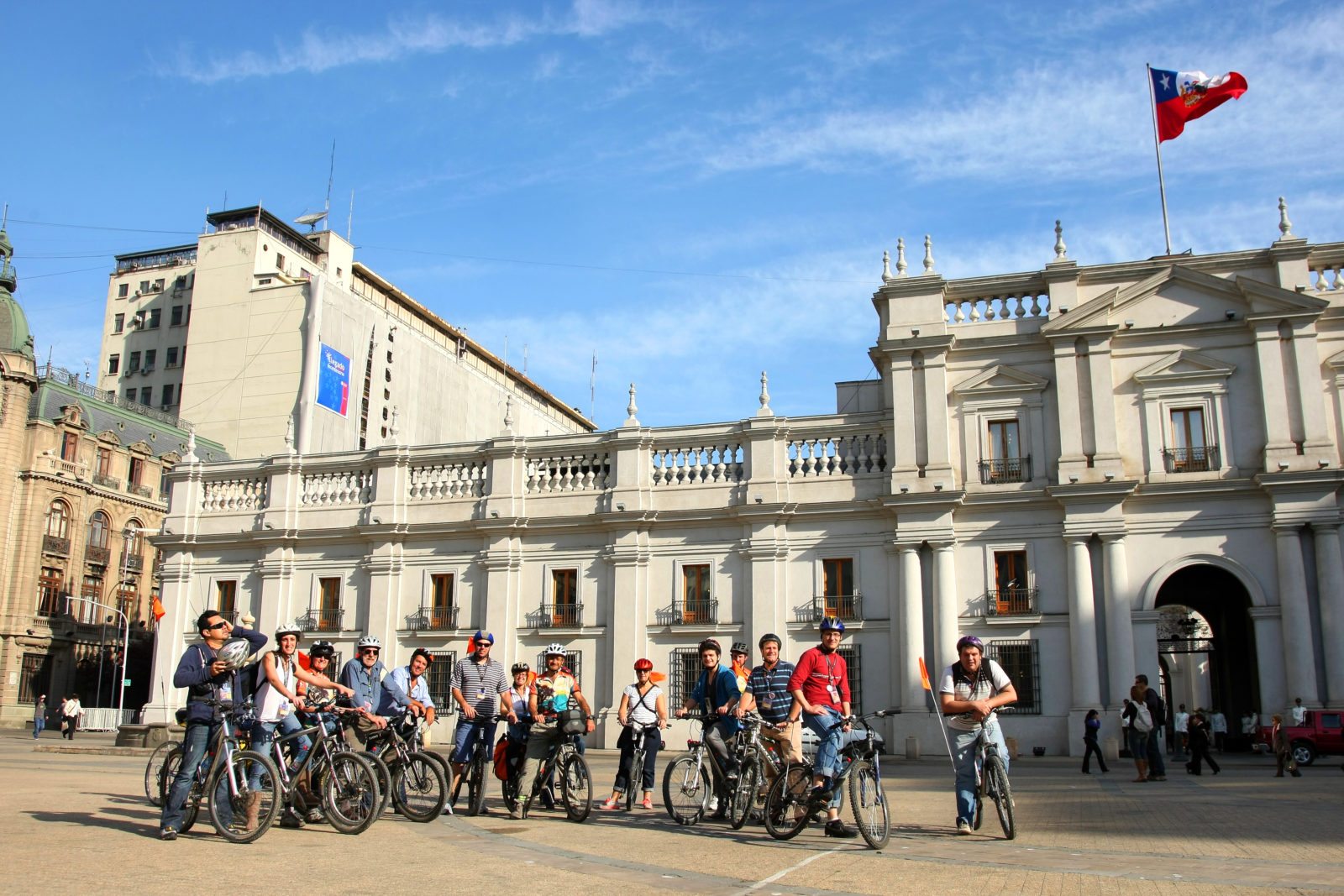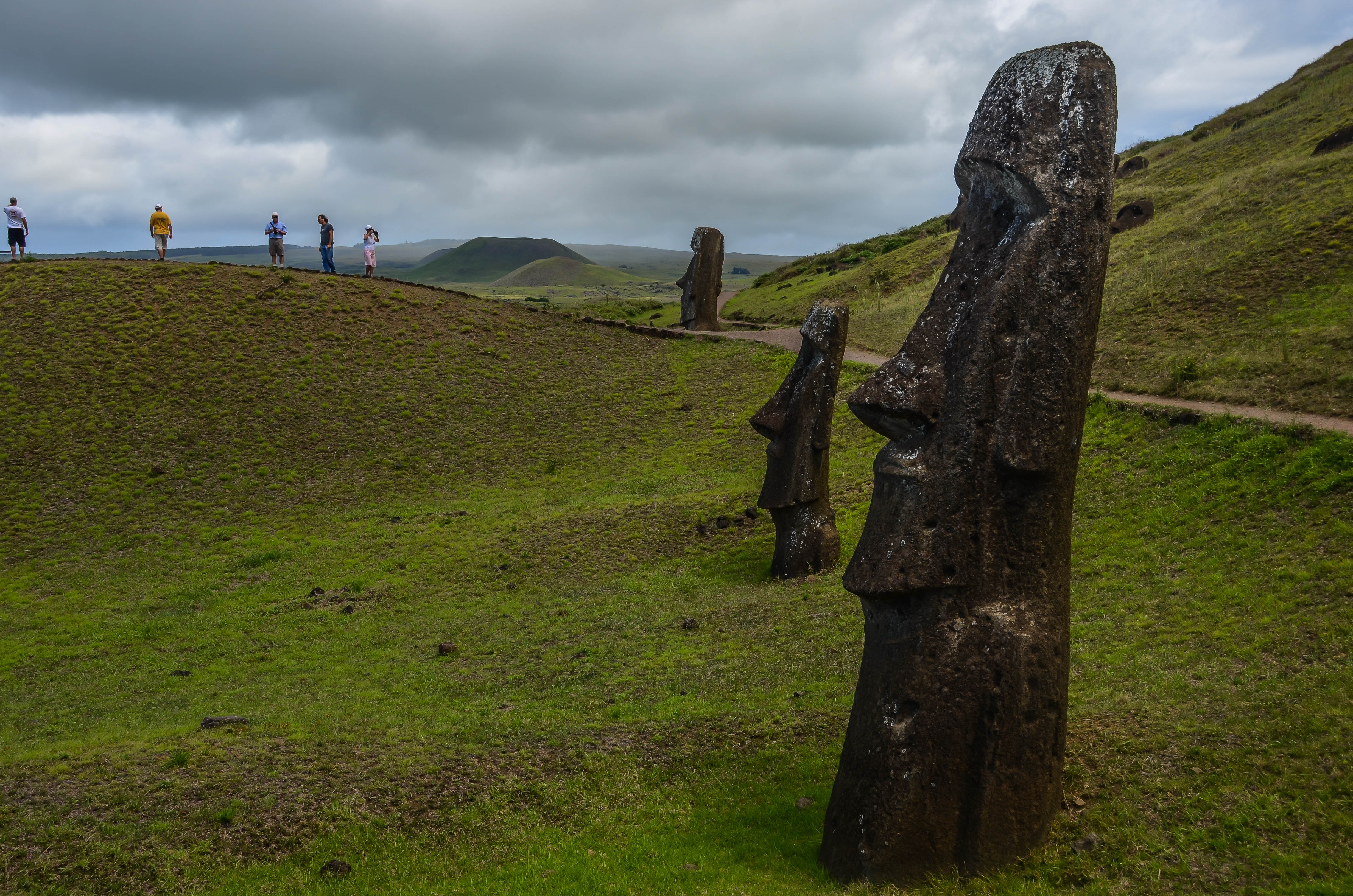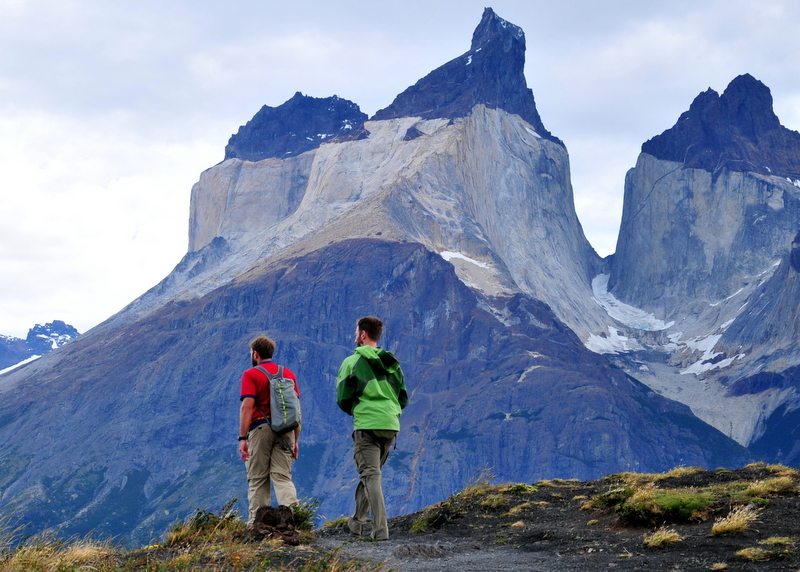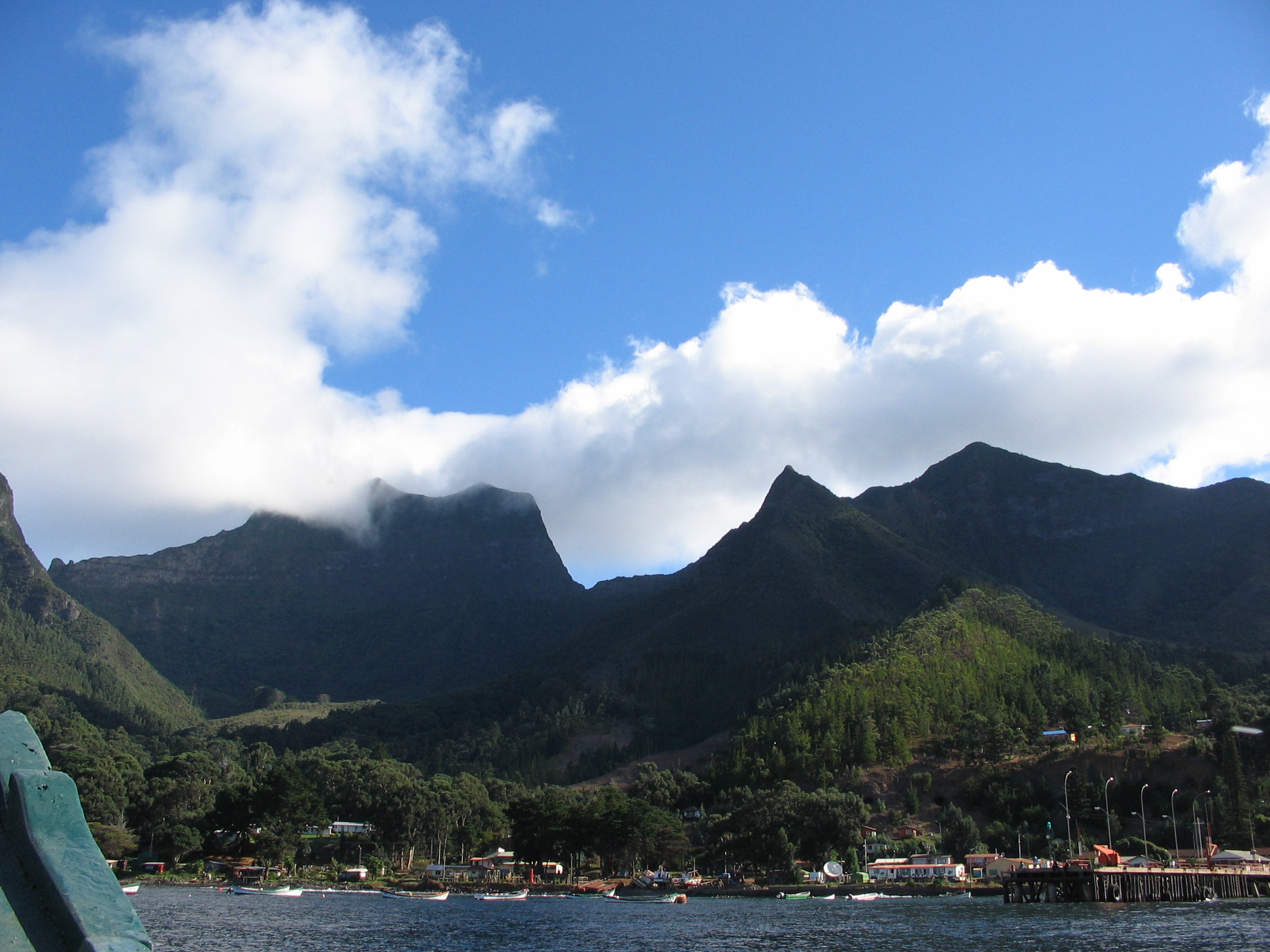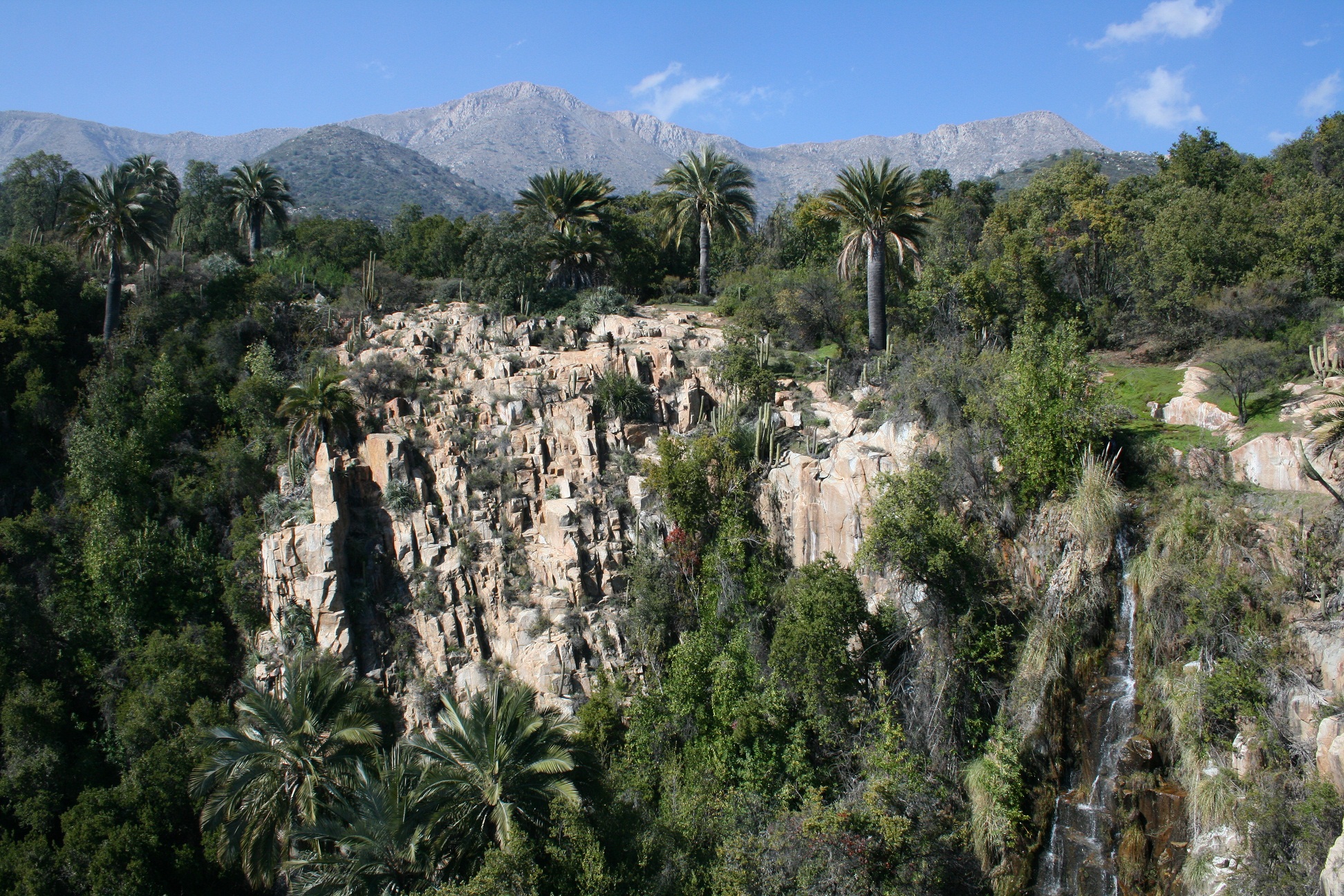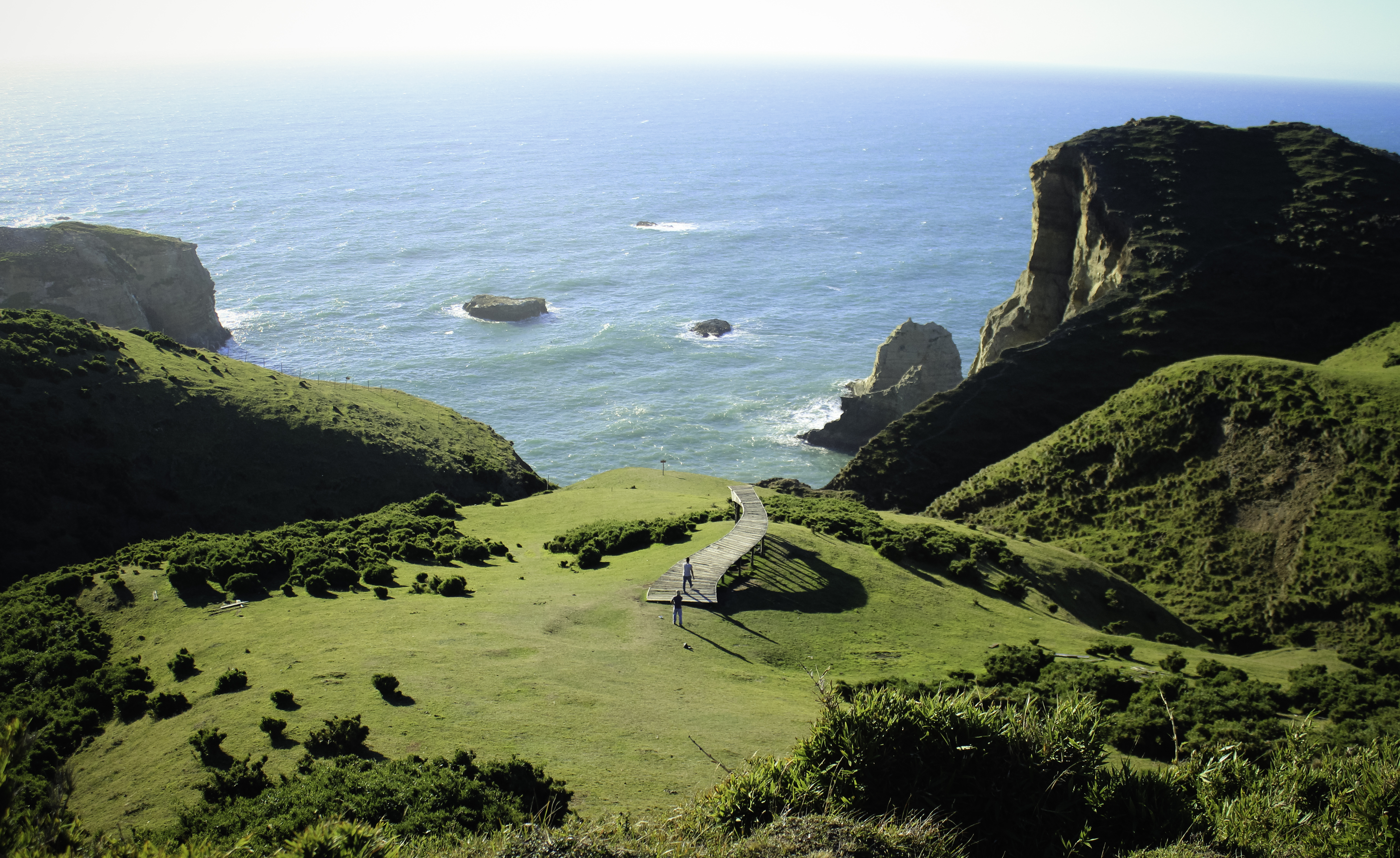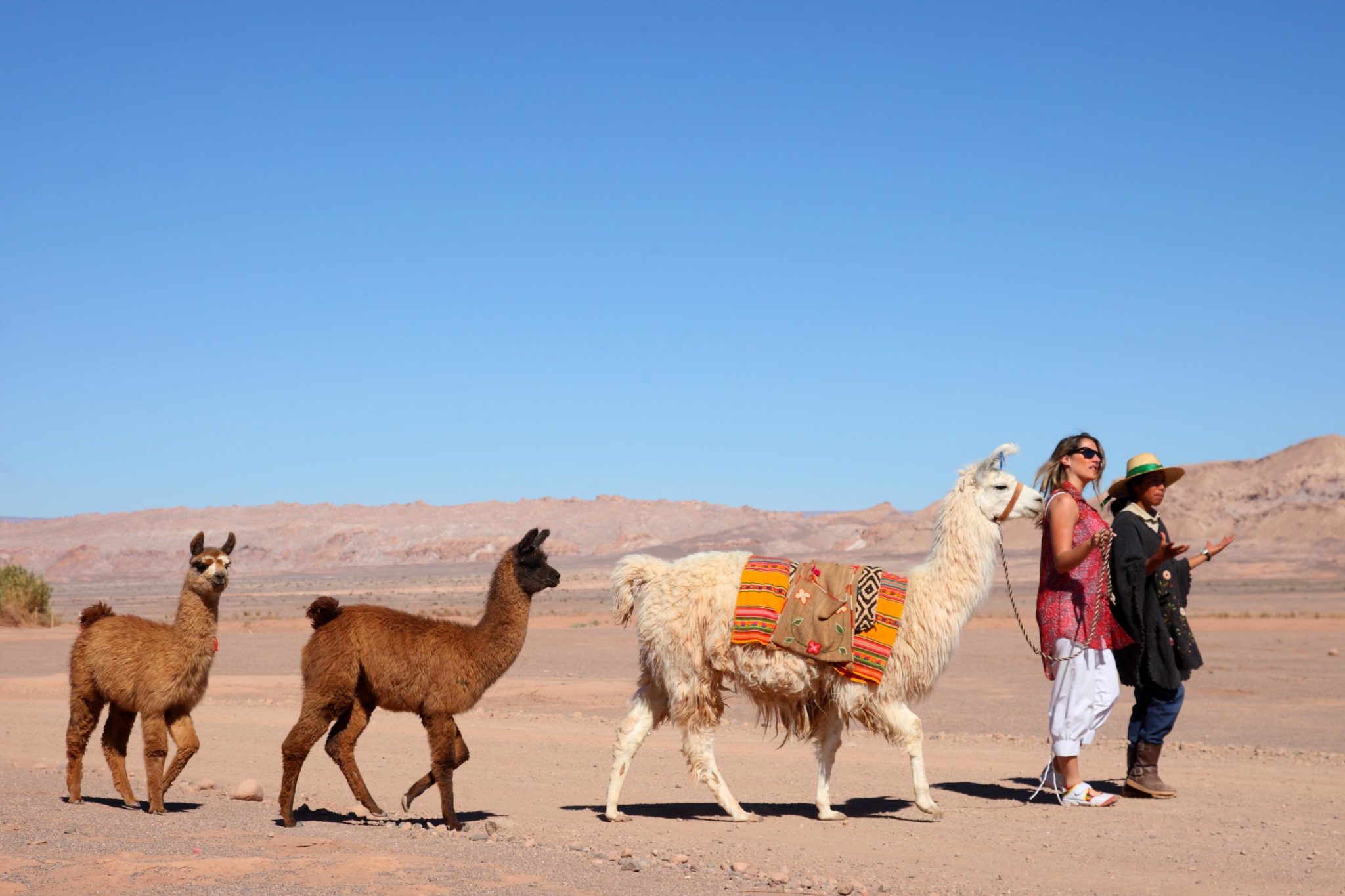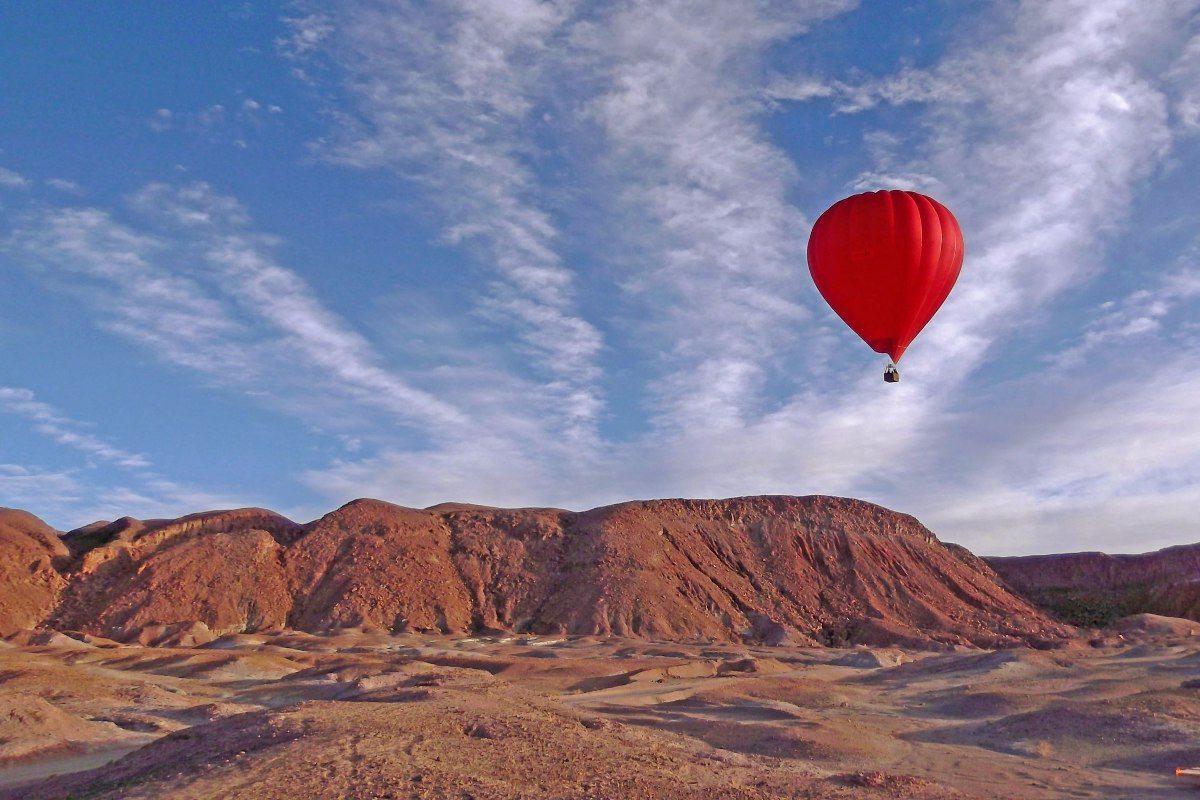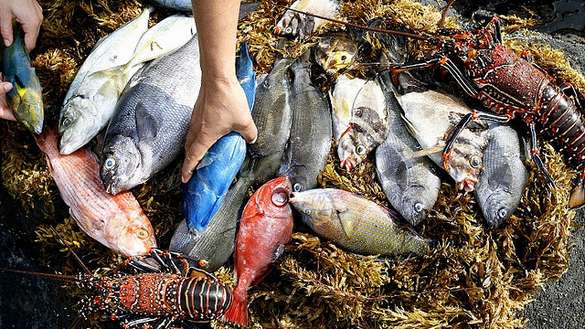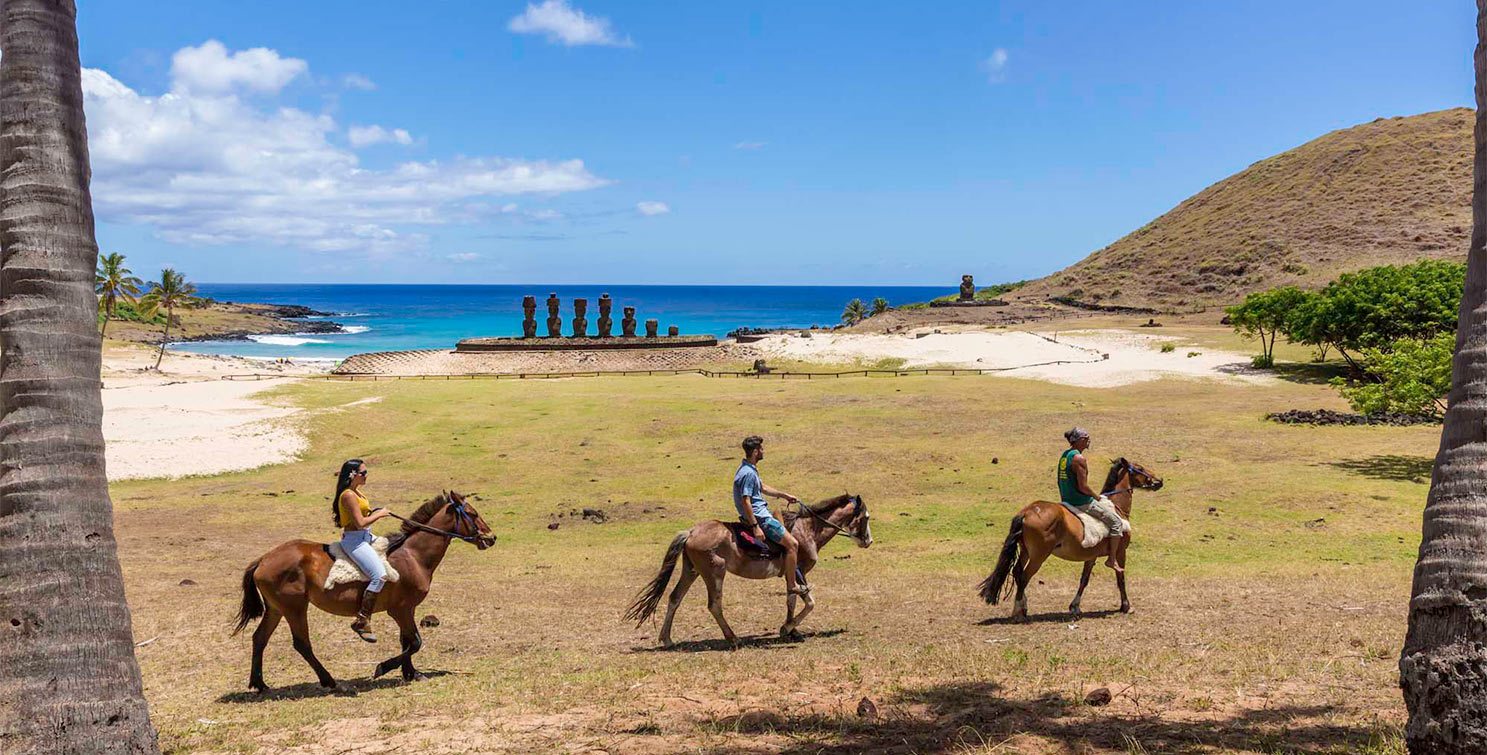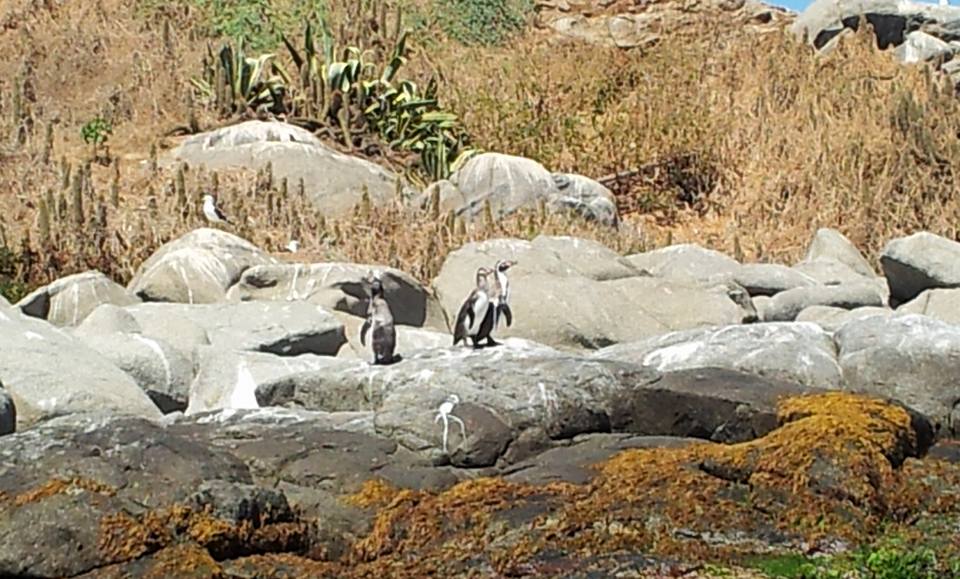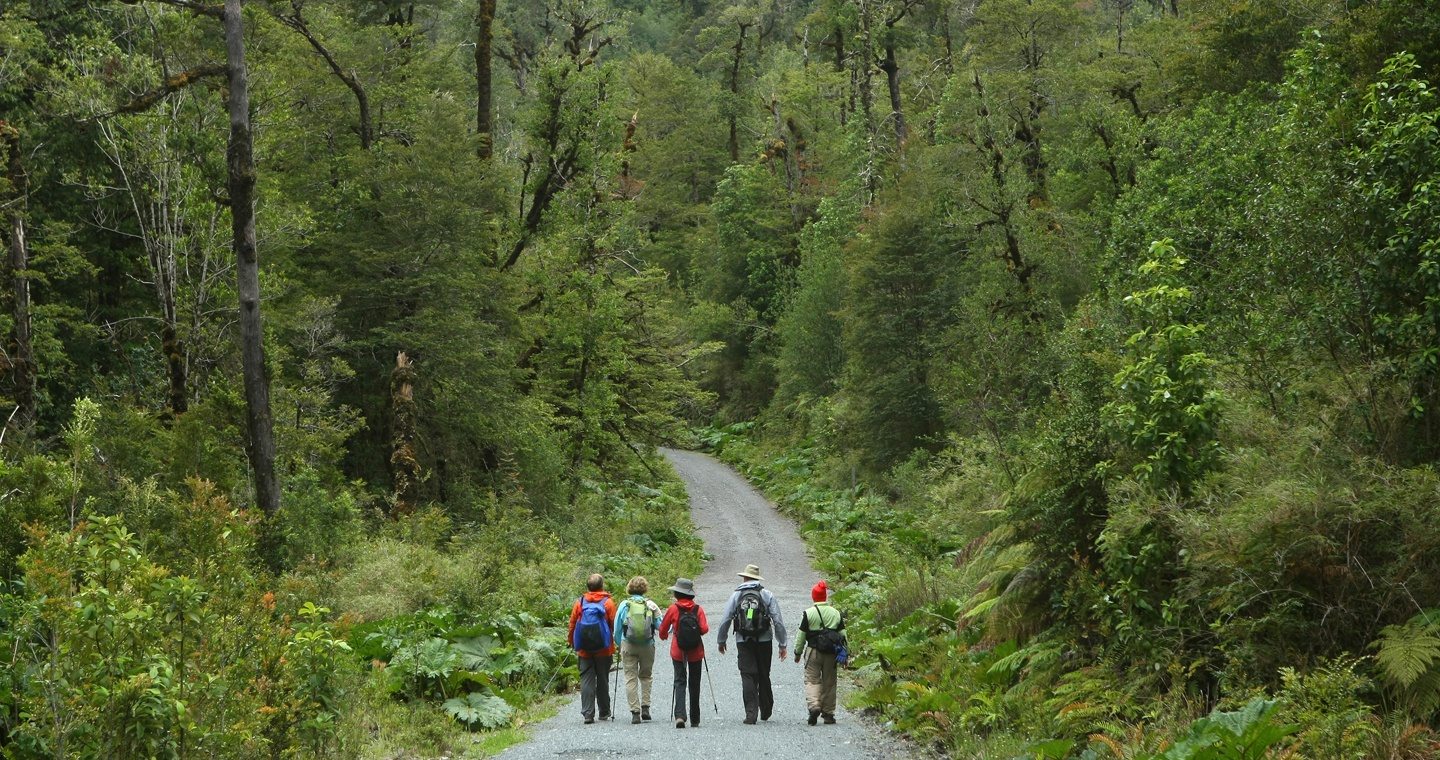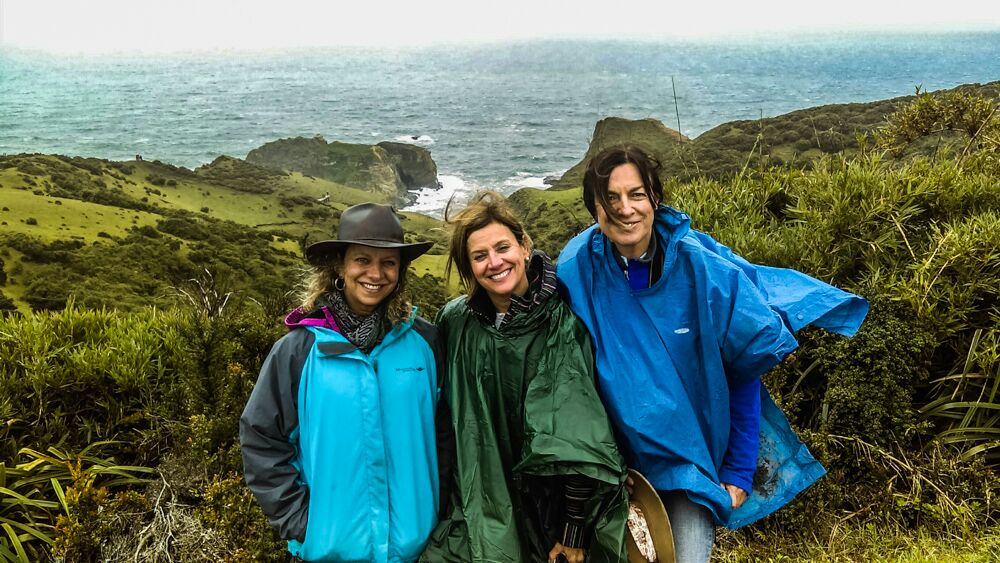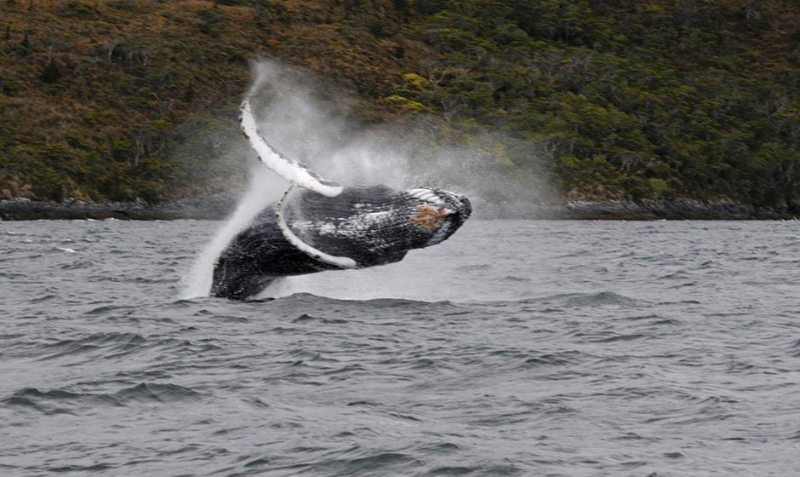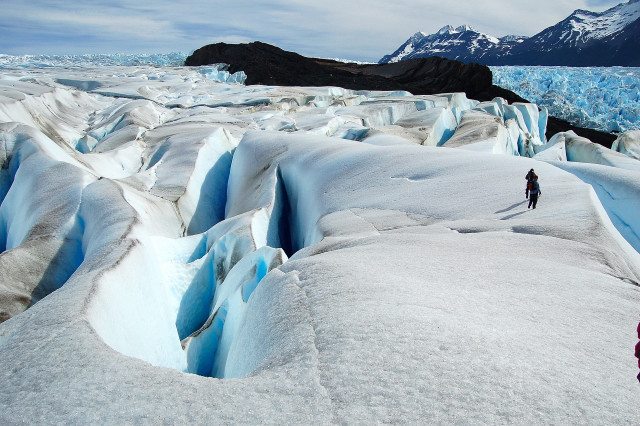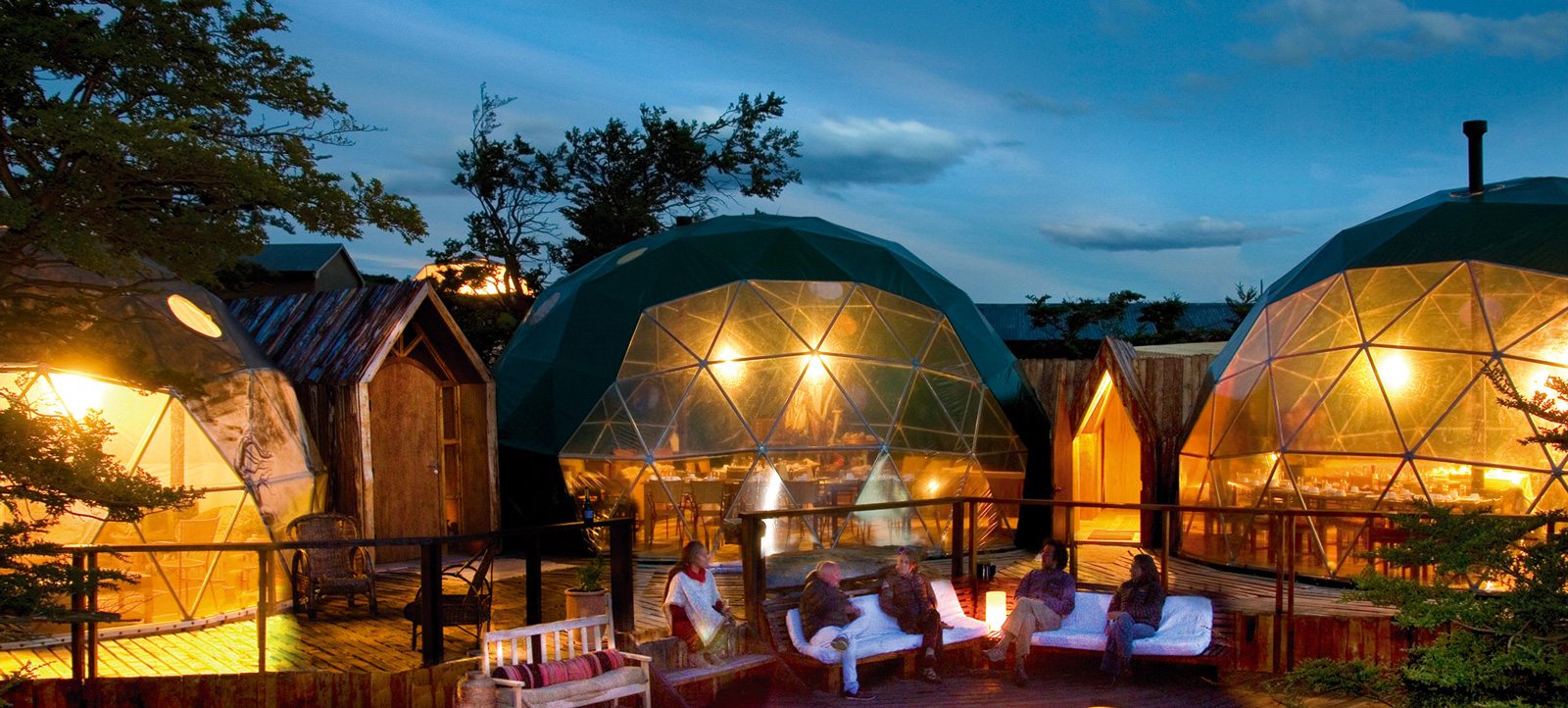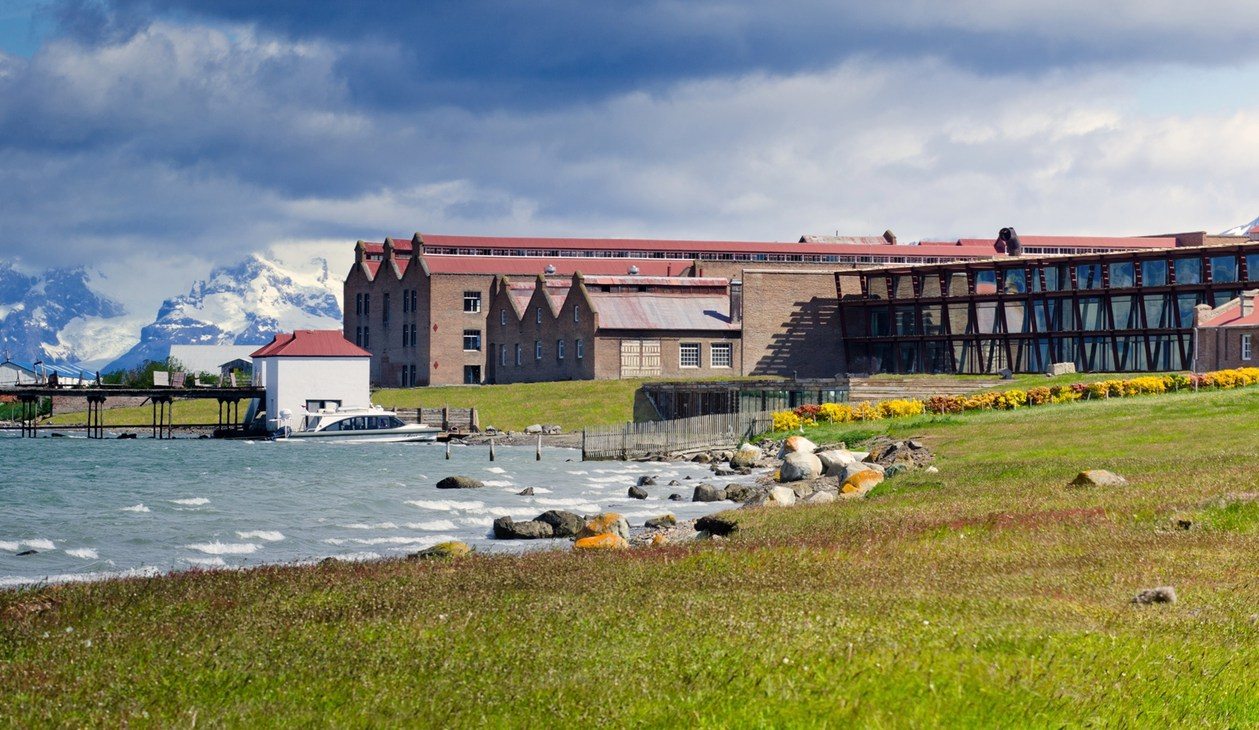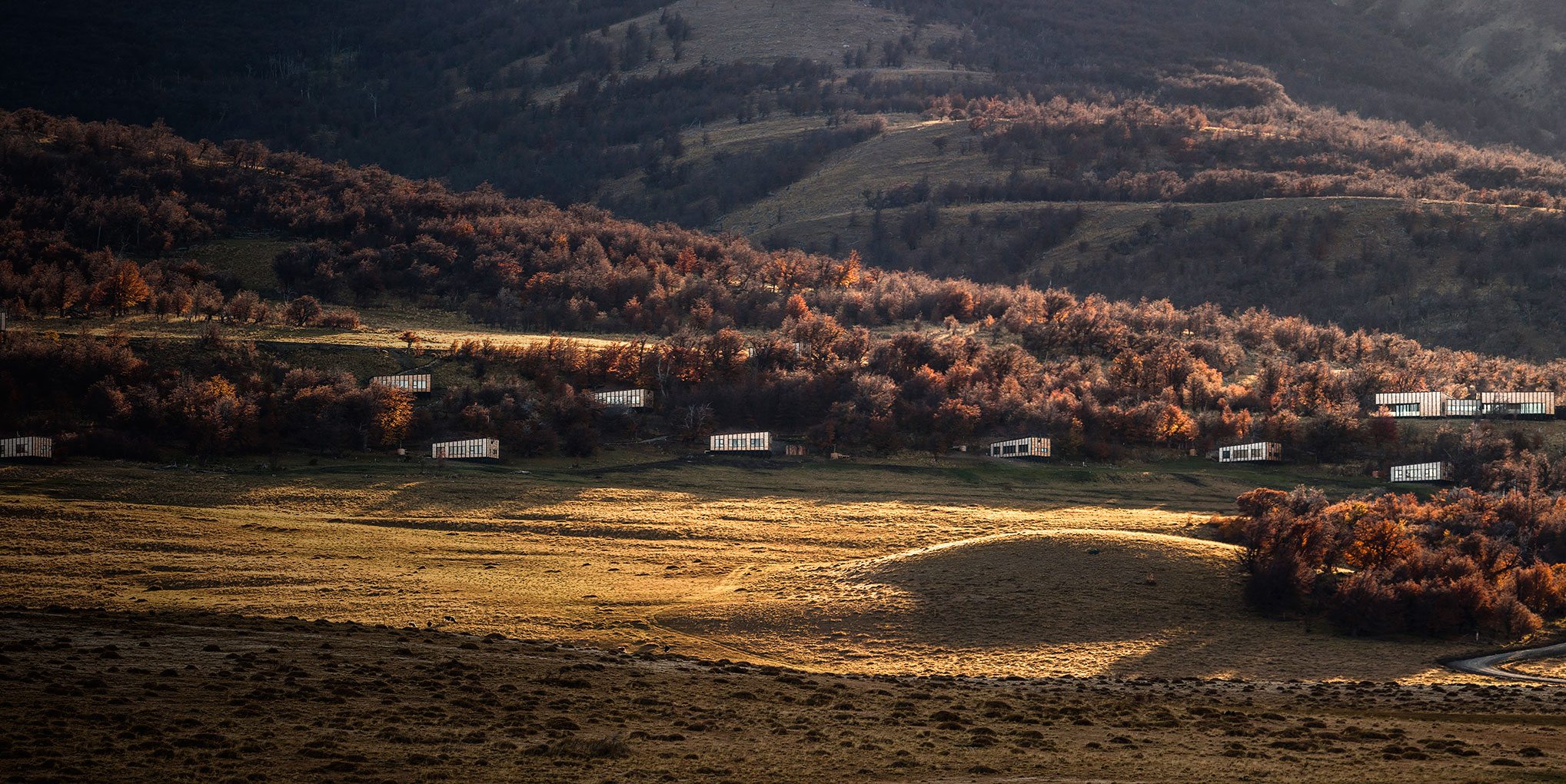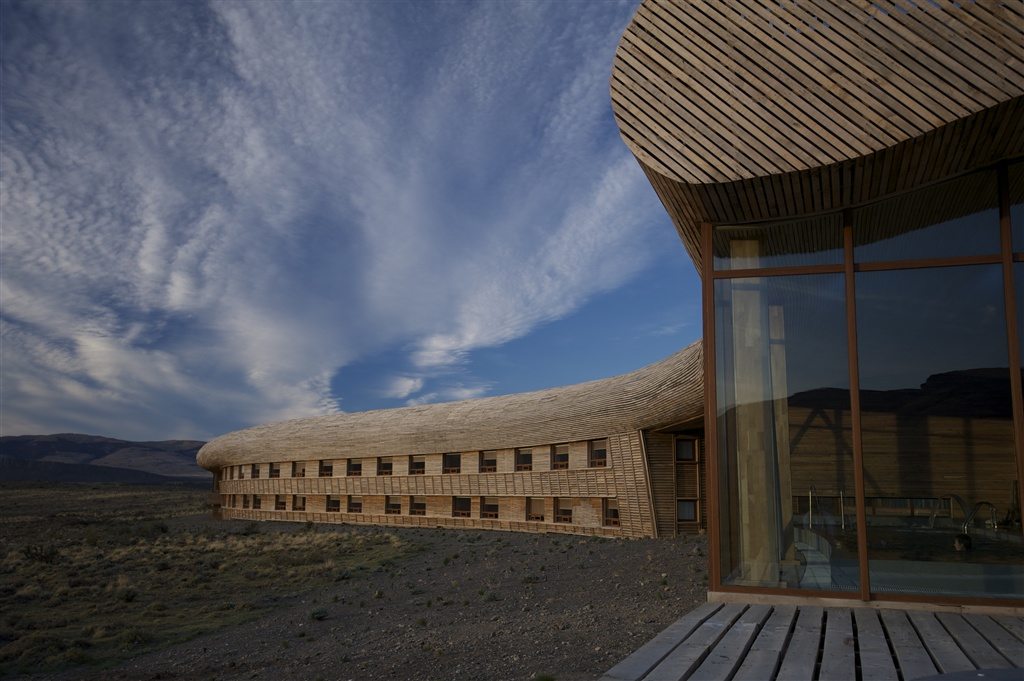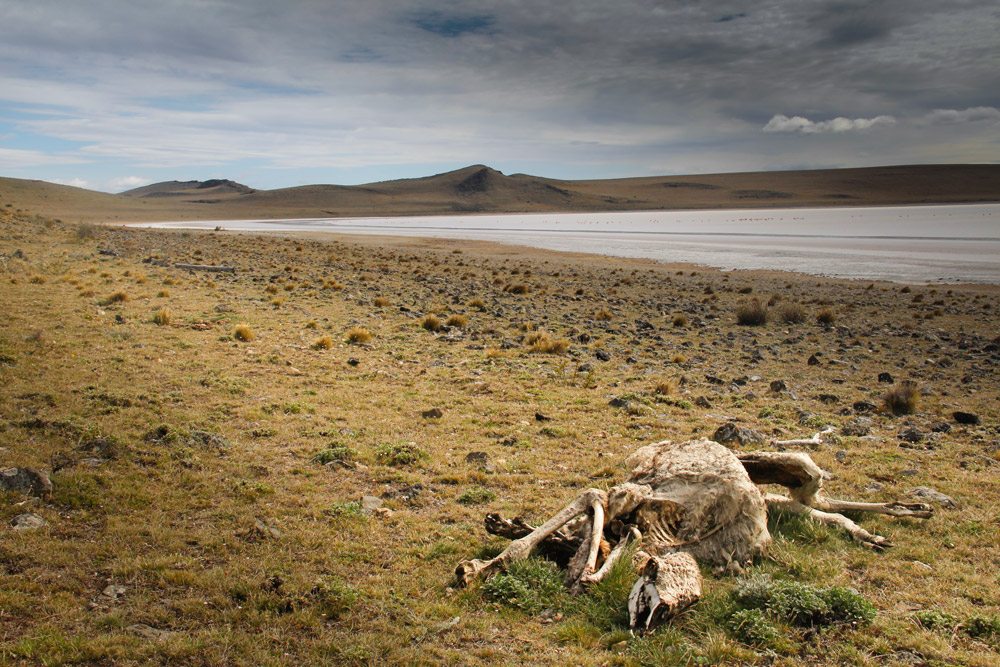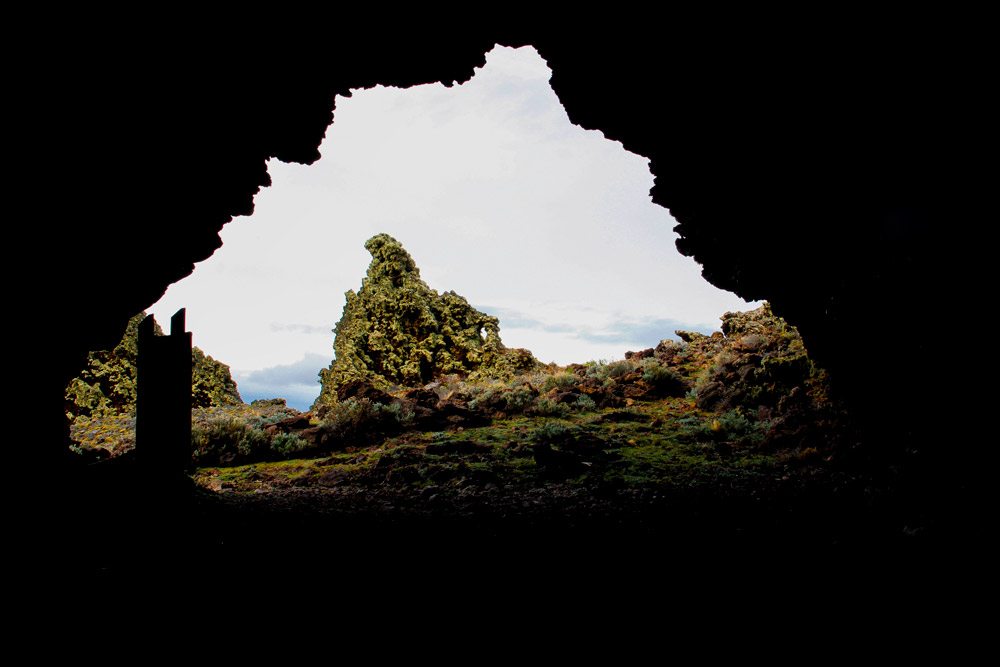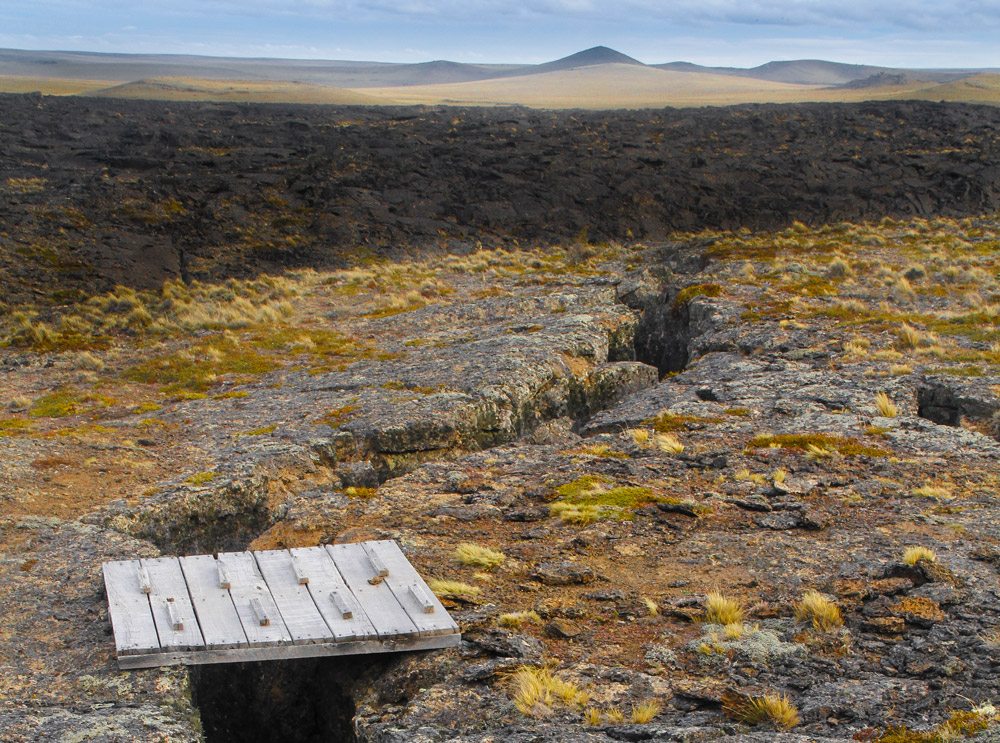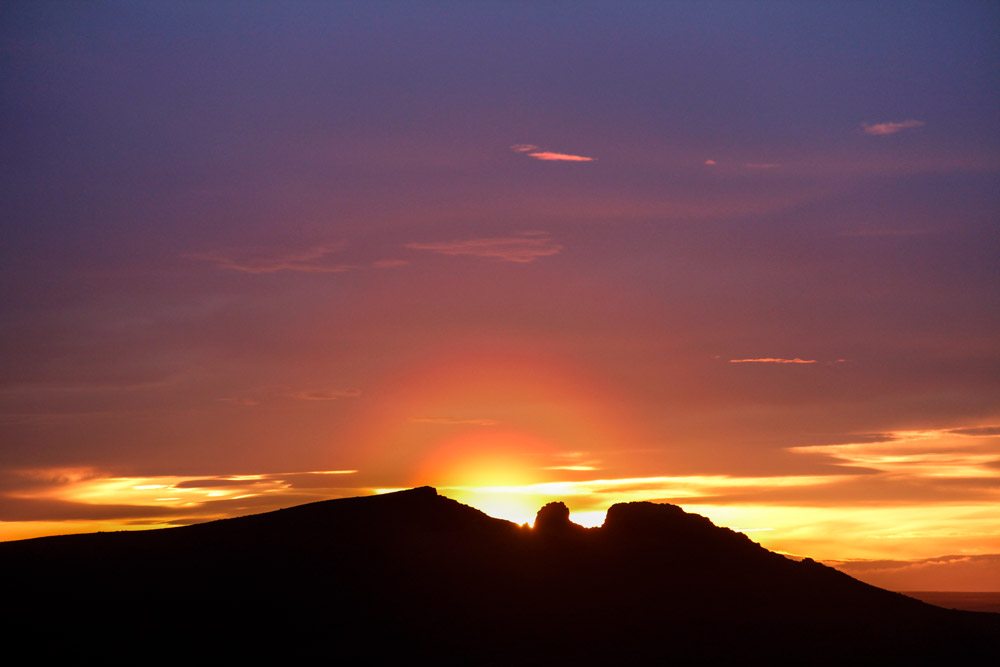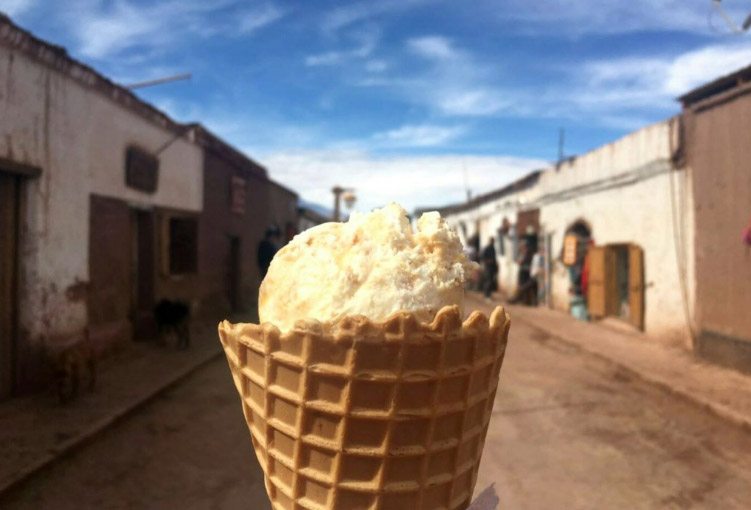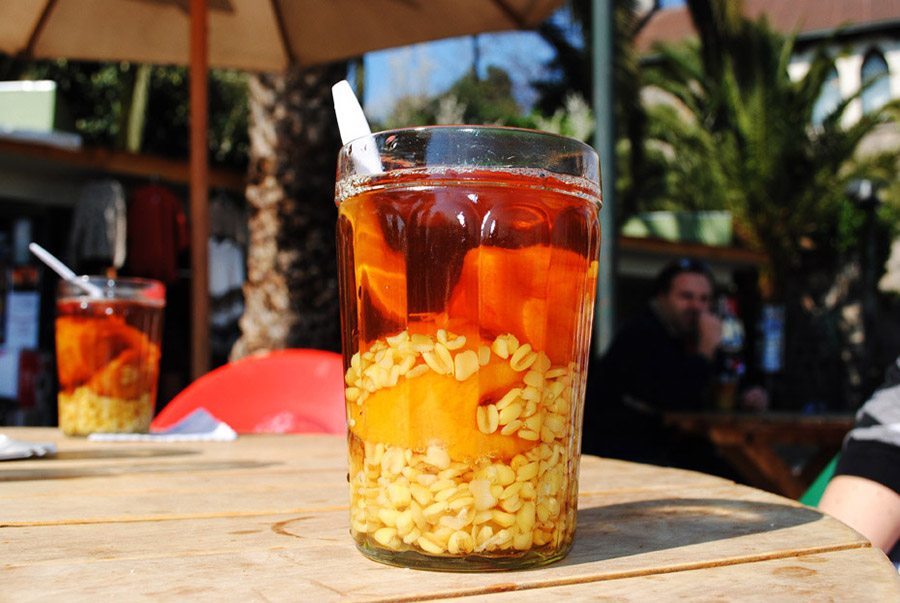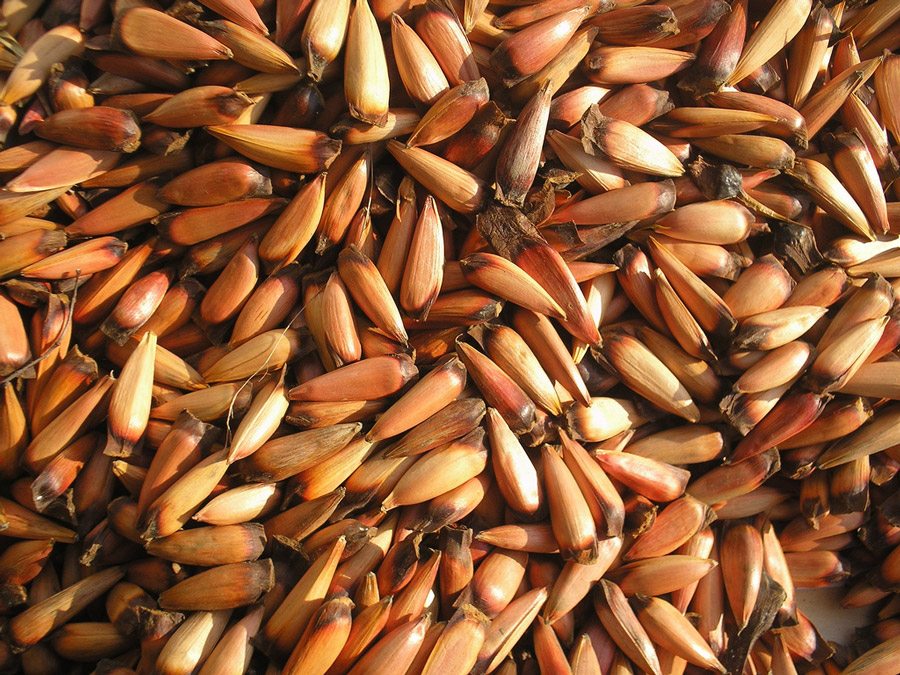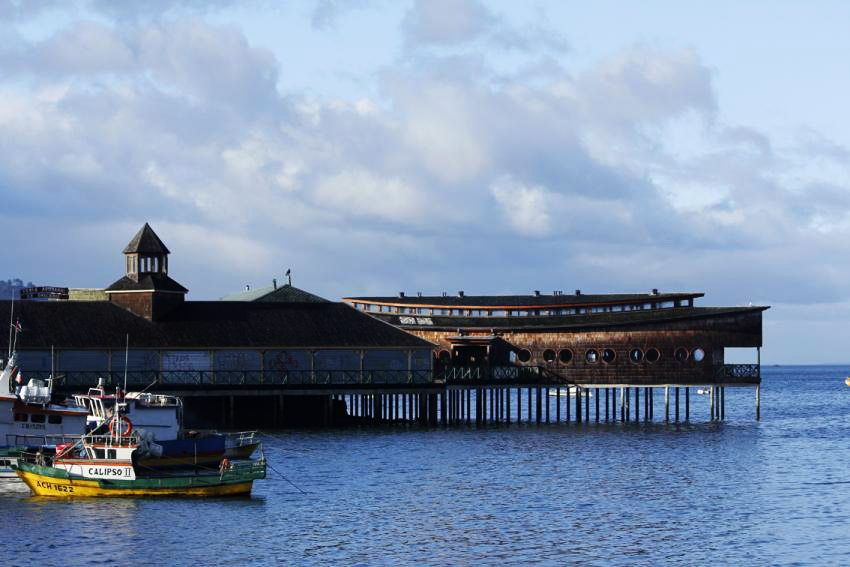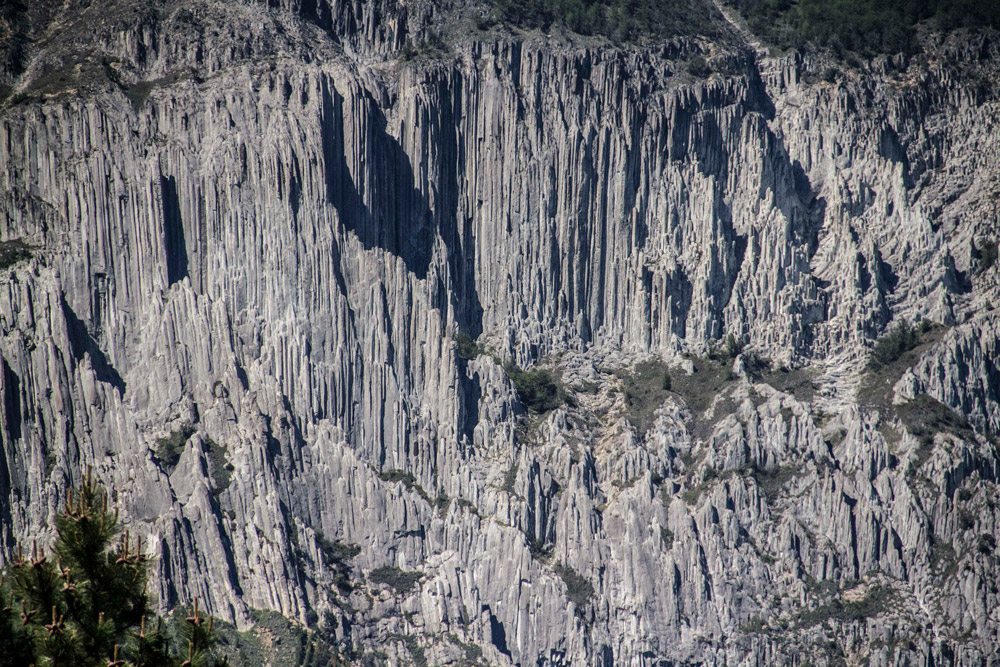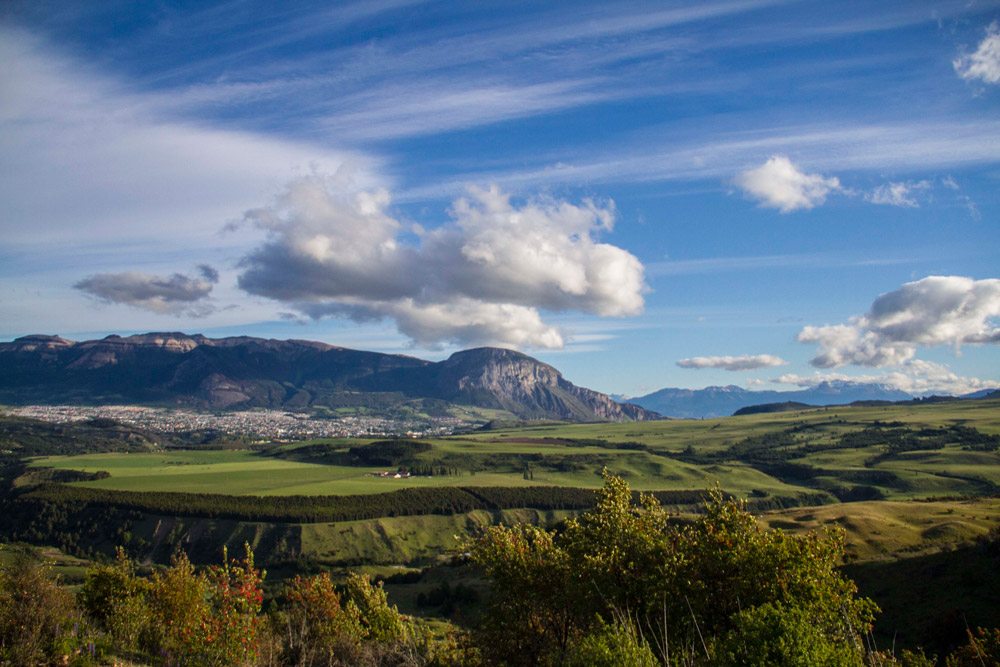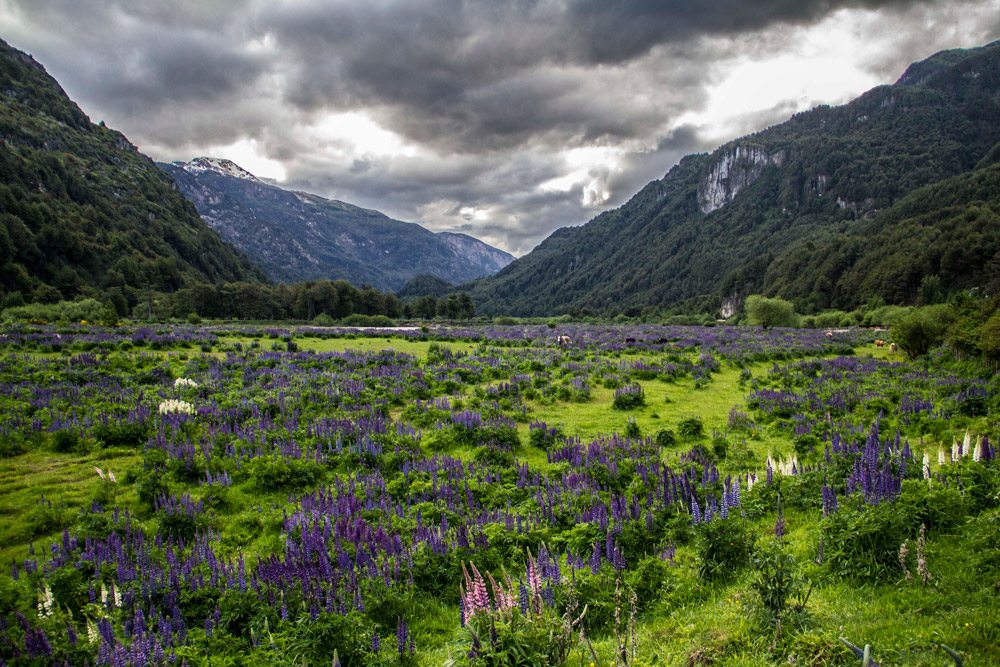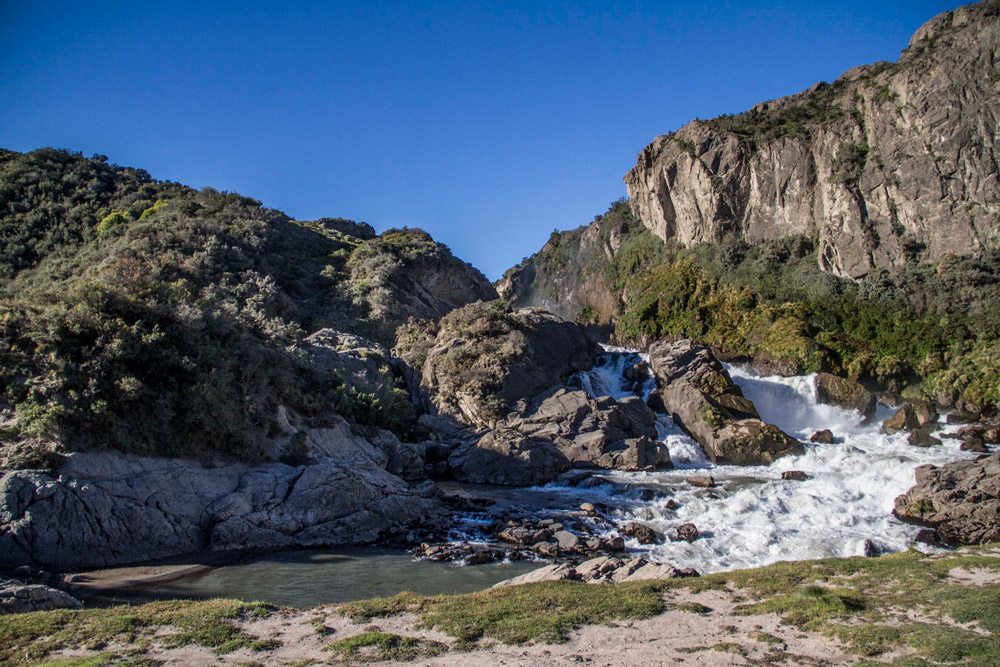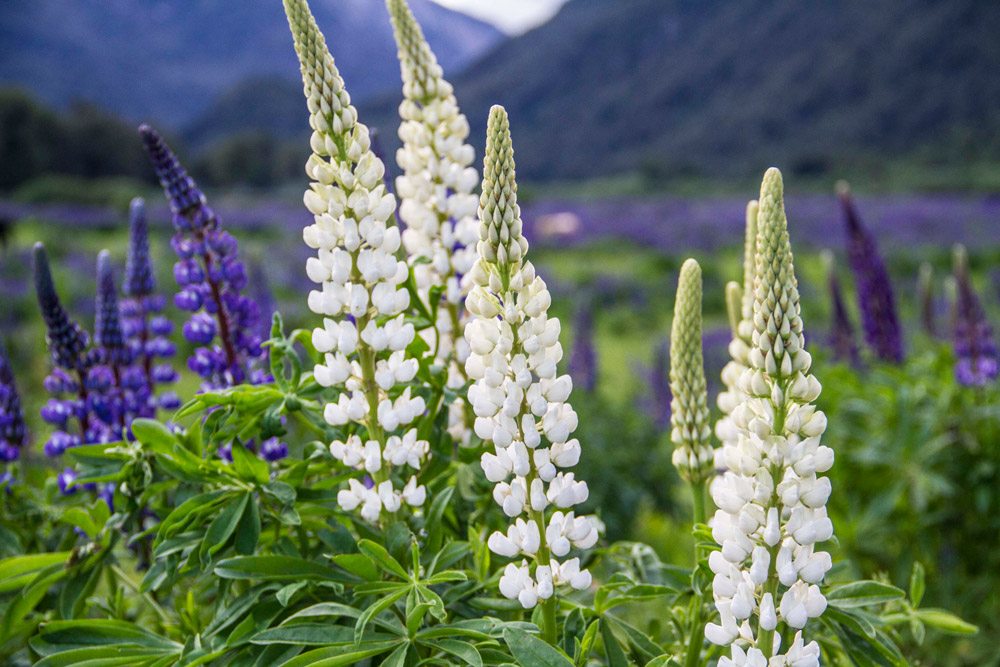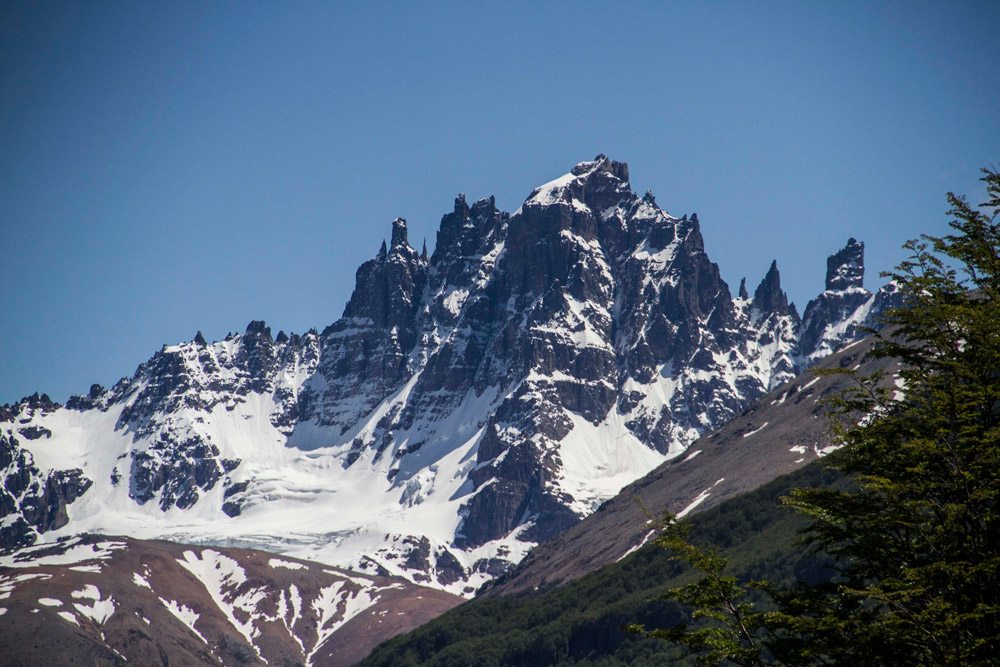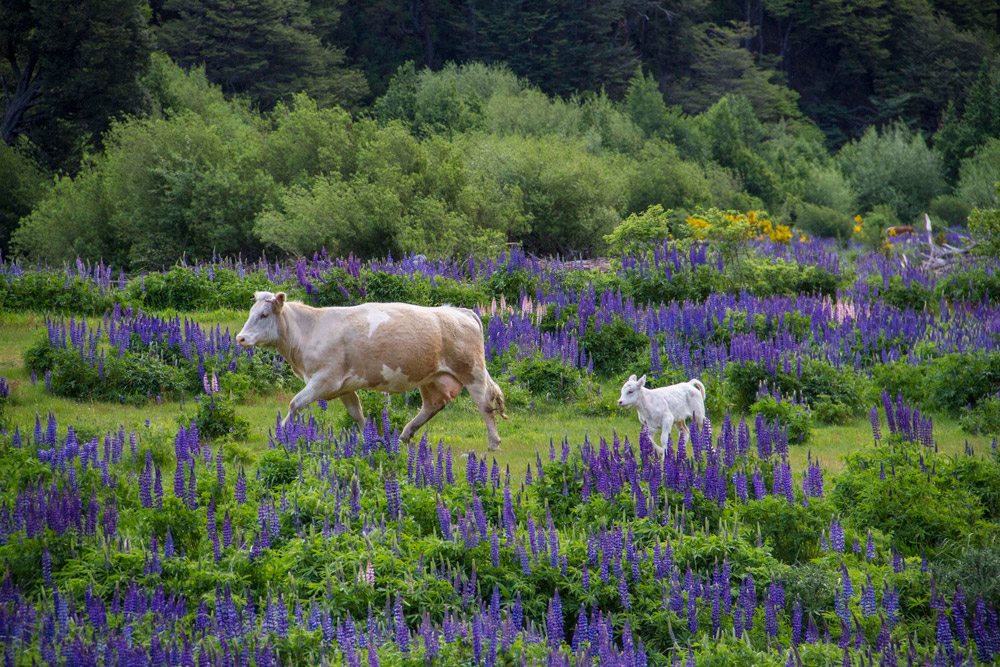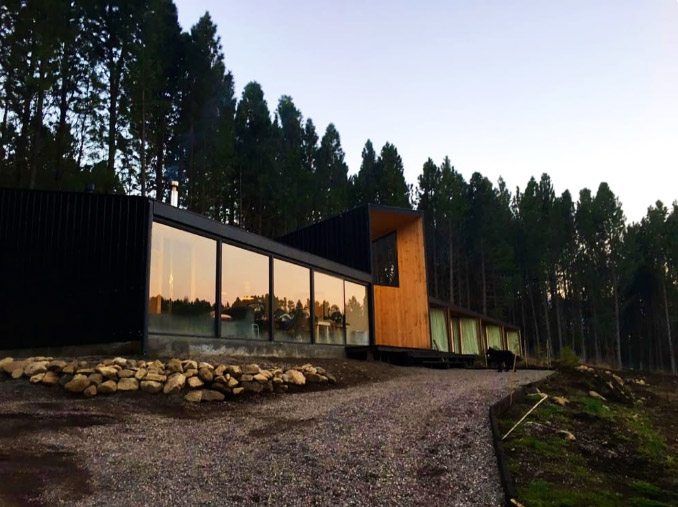The Torres del Paine National Park in Chilean Patagonia is synonymous with adventure, hiking, and probably strong winds! It’s not known as a family destination but we think it has a lot to offer to visitors of all ages. Here at Ecochile, we can adapt every experience depending on your needs and your family’s preferences. Just speak to your travel expert and we’ll be happy to help.
The great thing about the park is that not all the group has to do the same activity. If one of your family members is desperate to climb the iconic Base of the Towers hike, which isn’t suitable for younger travelers, they can enjoy the amazing hike with other visitors of their hotel. The younger visitors, as long as they are accompanied by a responsible adult, can enjoy another activity.
Depending on the age of your children, you might alternatively opt to self-drive around the park! It’s absolutely doable and can offer more flexibility for very young visitors (and the parents!).
Accommodation
There are a variety of accommodation options in and around Torres del Paine for your family to stay in. Note that some of the higher-end accommodation enforce age restrictions. For example, EcoCamp has a minimum age of 6 years old at the age of travel. Patagonia camp recommends children to be 10 years or older for the best experience. They offer a great family yurt (1 queen bed, two twin beds with option for one more) which is ideal for families with teens. Awasi and Tierra also require a minimum age of 10. Rio Serrano Hotel has no age limit and has a children’s game room on site to keep the little ones entertained when they’re not out exploring! Explora, Singular Patagonia, Kau Rio Serrano, Hotel Lago Grey, Estancia Cerro Guido and Hotel Las Torres also have no age restrictions.
If you’re out on the W and O treks (see below), you also have the option to camp or stay in mountain hostels, known as refugios. Note that the hostels have limited food options, so it’s worth carrying extra snacks if you’ve got picky eaters.
Outdoors
A visit to Patagonia is not complete without an adventure into its great outdoors. There are no formal age restrictions on the most iconic hiking trails like the W or O routes. That said, there are two main precautions that families should take if they venture on the routes. The first is to check the weather conditions before starting out on the challenge. Strong winds with gusts over 100 km/h are very common in the summer months, which sweep sturdy adults off their feet! The second is that pumas are present on the routes and they could see small children as prey. If you decide to venture on the routes, do take extra care to be aware of your surroundings, carry any small children, and hopefully go with a guide. With that in mind, it can be a great challenge if you’re traveling with teens, as long as they’ve got some experience climbing mountains.
If the W and O aren’t for your family, there are still a myriad of ways to explore these amazing landscapes. Head out to enjoy some of the shorter walks that last between 30 minutes and 3 hours but that offer some spectacular views. For example, you can walk from Hotel Lago Grey to the shores of the lake, from where you can see the epic Grey Glacier. The round trip lasts around an hour and a half and includes some ace picnic spots!
If you’re up for walking slightly further, try the hike to the Salto Grande and Cuernos Lookouts. This is a mostly flat 2.5 hr there-and-back route. With views of rushing waterfalls, calafate berry bushes lining the path, and the impressive Cuernos (or ‘Horns’) de Paine at the end of the route, the whole family will be in awe of the colors, fauna and flora along the way. Depending on the weather, there could be some great puddles to splash in here, too!
Alternatively, discover the lakes and straits of the region.You can hop on a catamaran to sail on Lago Grey, getting up close to the epic Grey Glacier. For the adults, you may be offered a pisco sour or whisky served with glacial ice! If you’re feeling more active, you could get even closer to the water with a kayaking experience on Lake Eberhard, just outside the National Park.
Wildlife
Who doesn’t love spotting an animal in its natural habitat? In Torres del Paine, wildlife is plentiful, from condors to guanacos to pumas to armadillos. There are a few options to see the wildlife in all its glory.
One option for moderately active families is the fauna trail. Near Laguna Amarga, this straight route offers sightings of guanacos, condors and, if you’re lucky and extremely quiet, pumas. You can go as far as you want on this flat trail and turn back when you’re ready. At the lagoon, you’re likely to see some flamingos, perching in the water on one leg.
Another option is to go on a wildlife safari! With a local expert who will know all the best spots and have the latest tip offs, head out in a 4×4 into the Patagonian wilderness. This is a great option if you’re a little tired and if you’re especially keen to see a puma!
Culture
We often call Torres del Paine remote and celebrate (quite rightly) its awesome wilderness. But that does not mean it’s devoid of culture for your family to discover!
A tour to a local estancia – a typical Patagonian ranch – is such a fun experience for kids and adults alike! Learn about the sheep rearing culture, explore the grounds on horseback, discover unique hiking routes, and make friends with the Patagonian sheepdogs. Some estancias also offer accommodation for a multi-day trip and some of the heartiest food in the area!
Alternatively, venture back in time as you head to the Milodon cave, close to the town of Puerto Natales. Wall paintings on the cave’s wall remain from the nomadic Kawesqar people who lived here 6000 years ago. It’s more famous as the location where remarkably well-preserved remains were found of the even older Mylodon, a giant ground sloth that used to roam these parts back in the ice age! An easy circular hike to three caves will reveal all the findings, and a fun lifesize replica of the Mylodon!
—-
If you have any questions about visiting Torres del Paine with your family or you’re looking for a different family trip in Chile, get in touch with us today and we’ll be happy to help!






